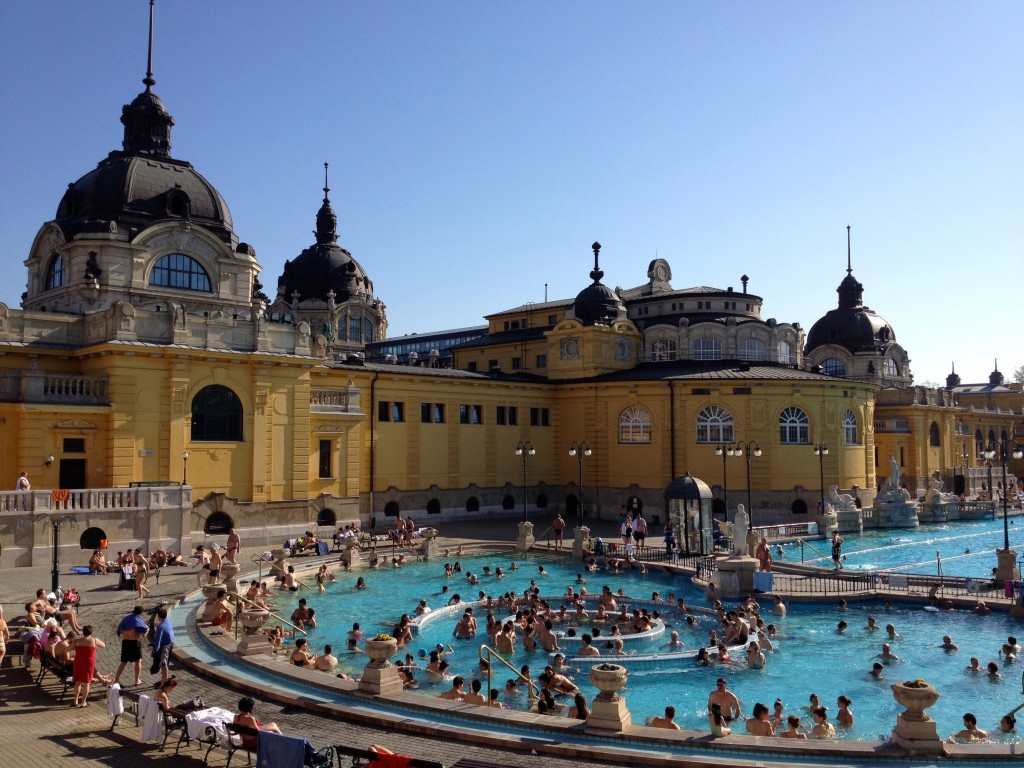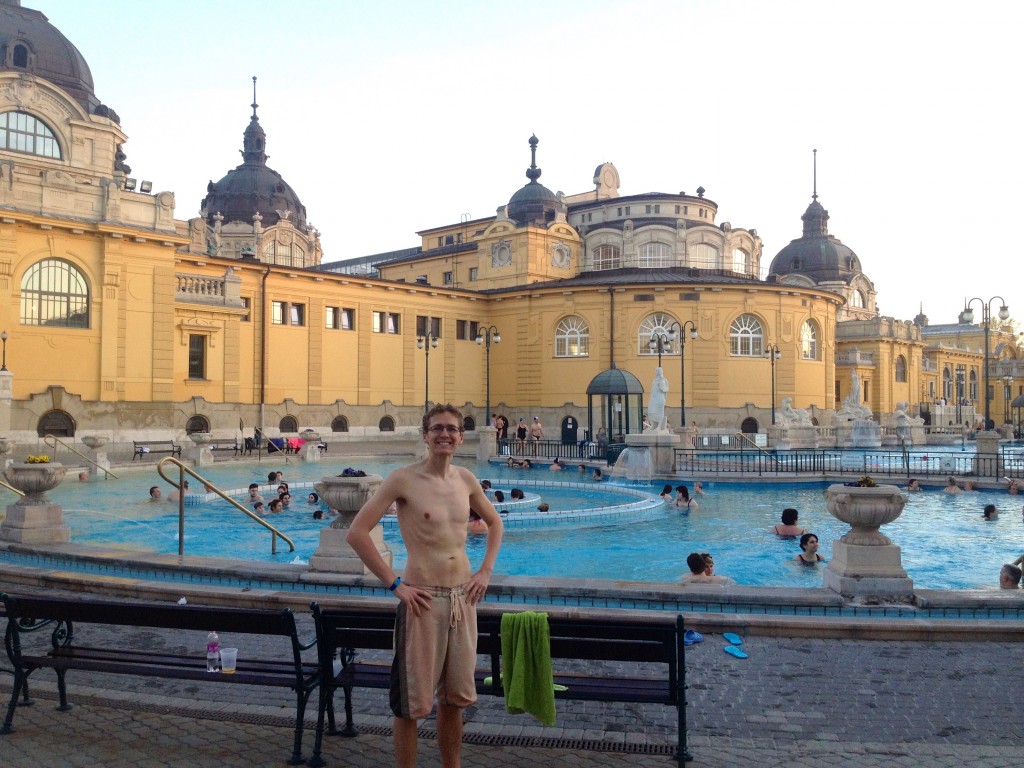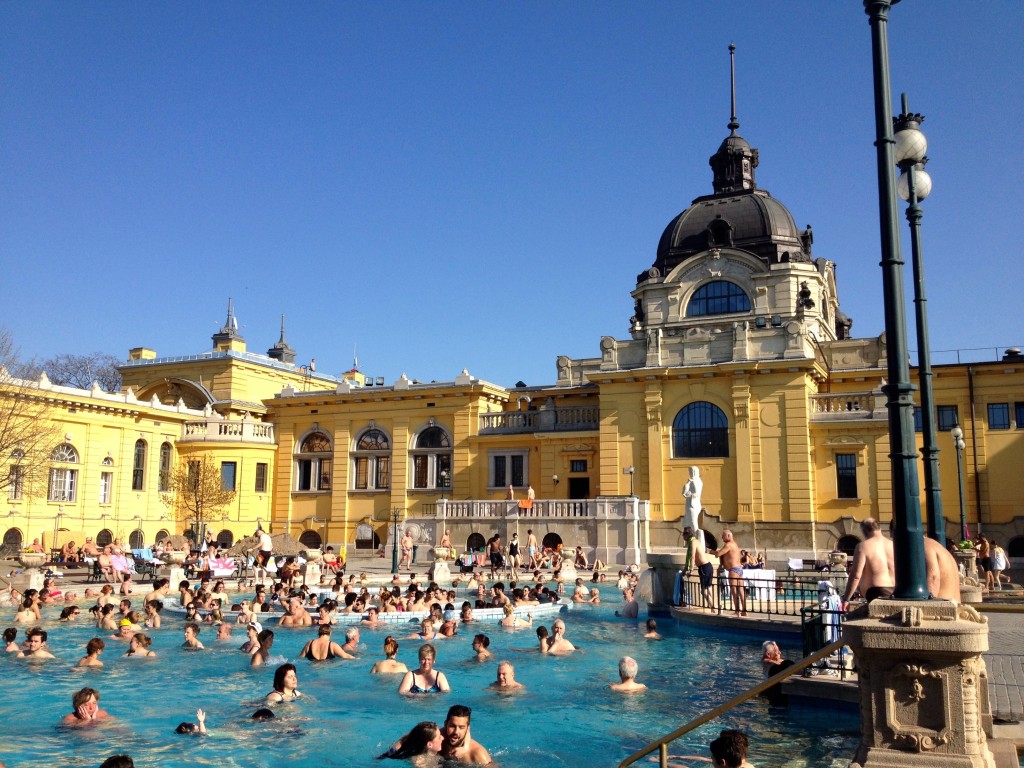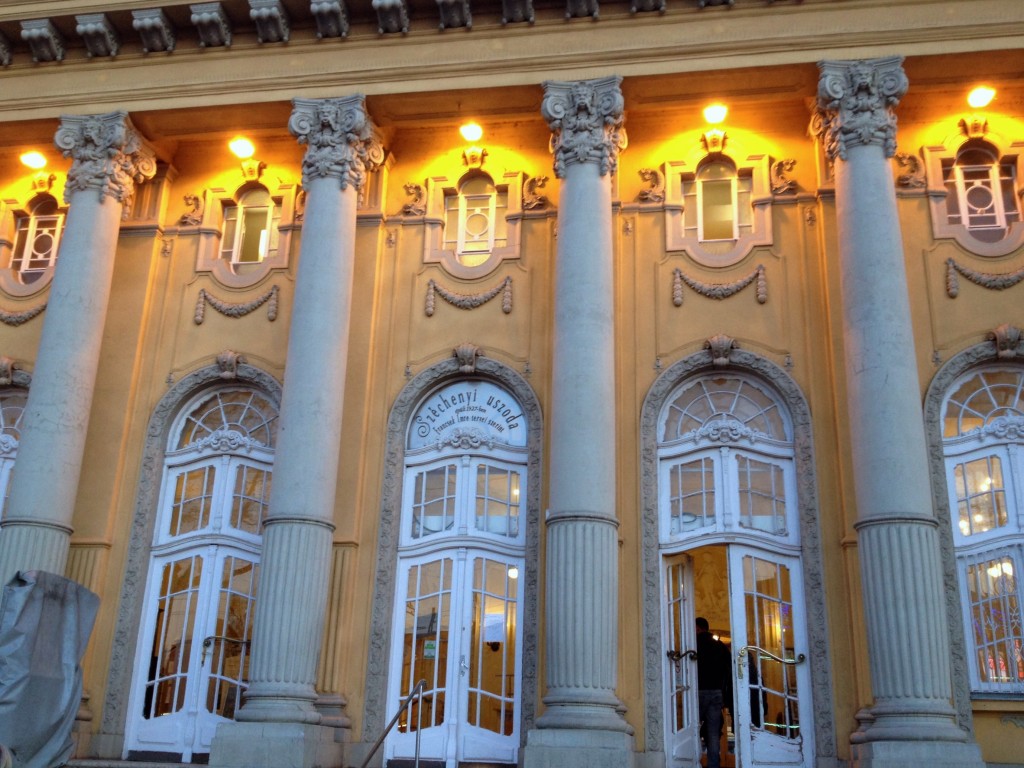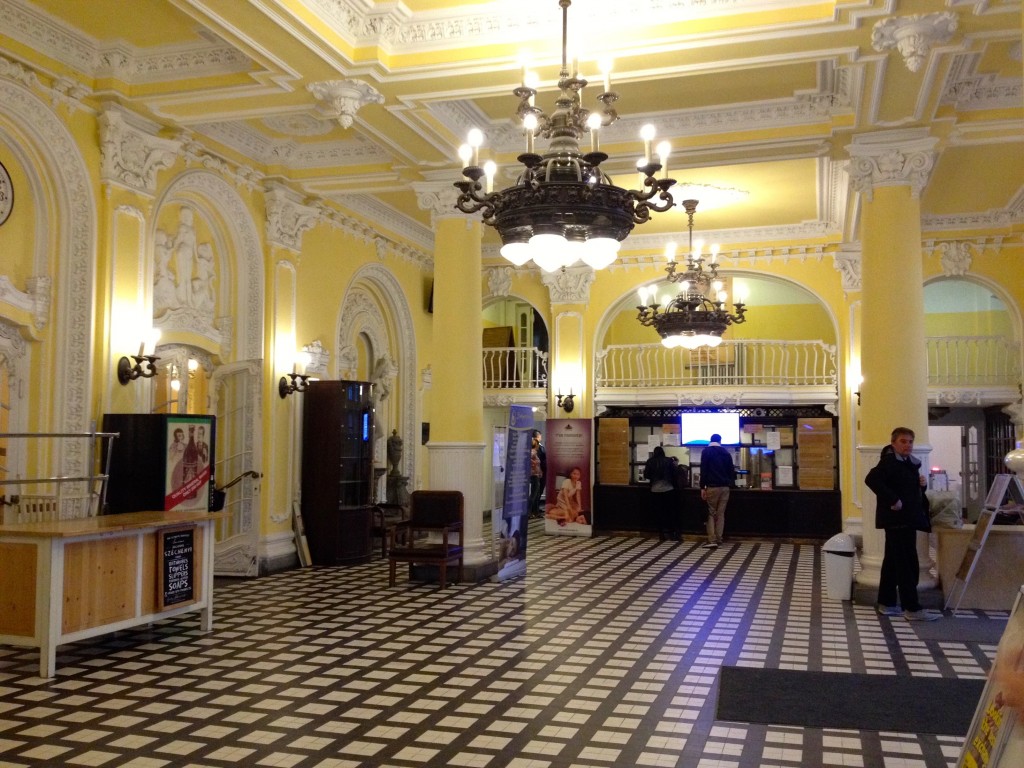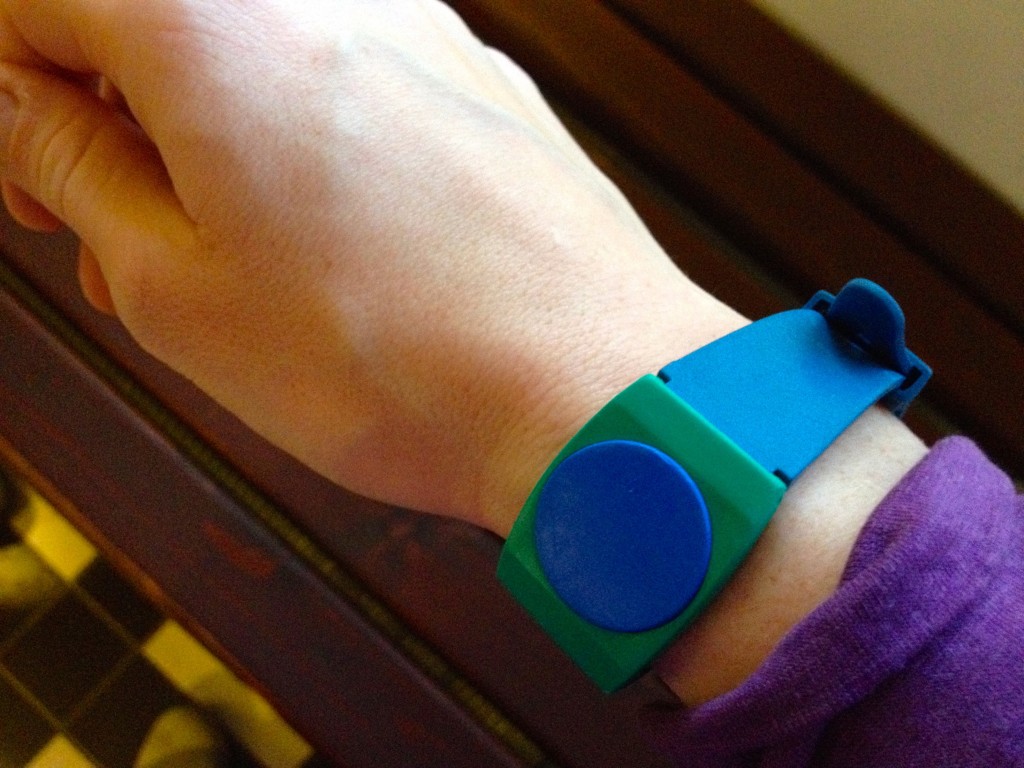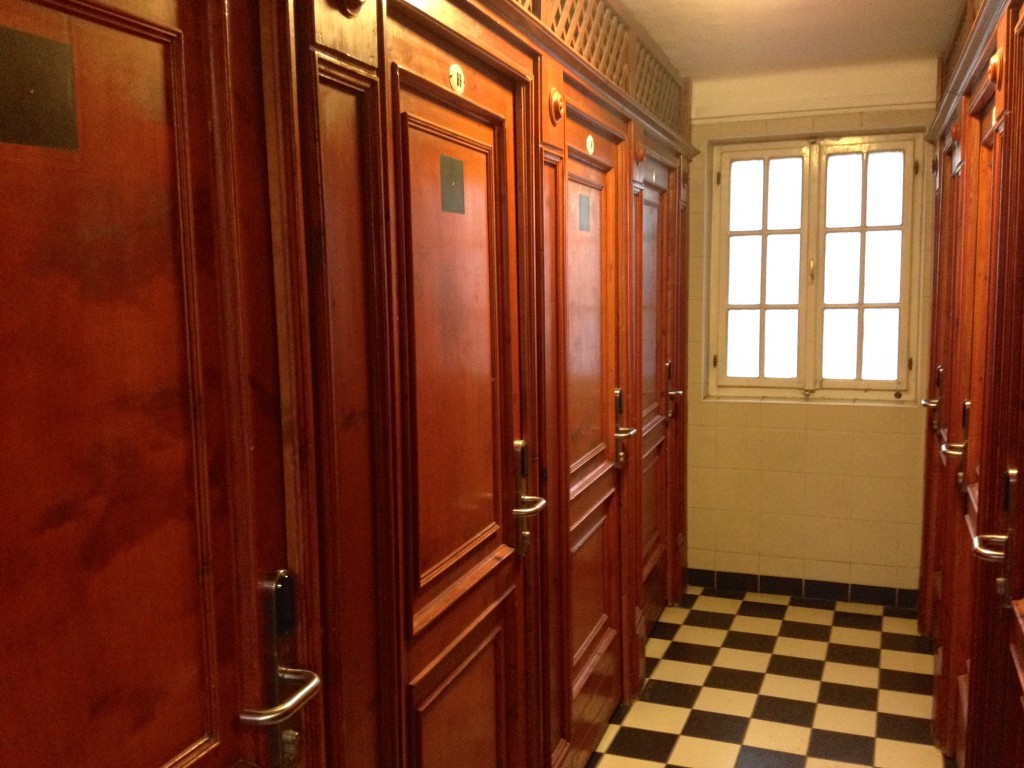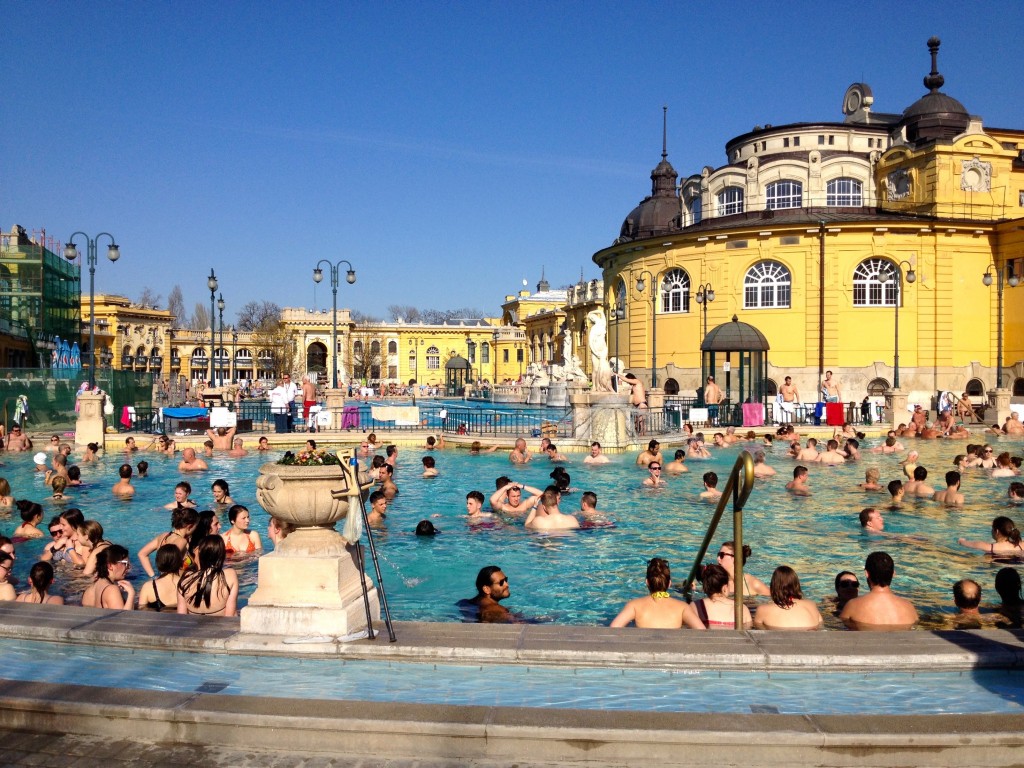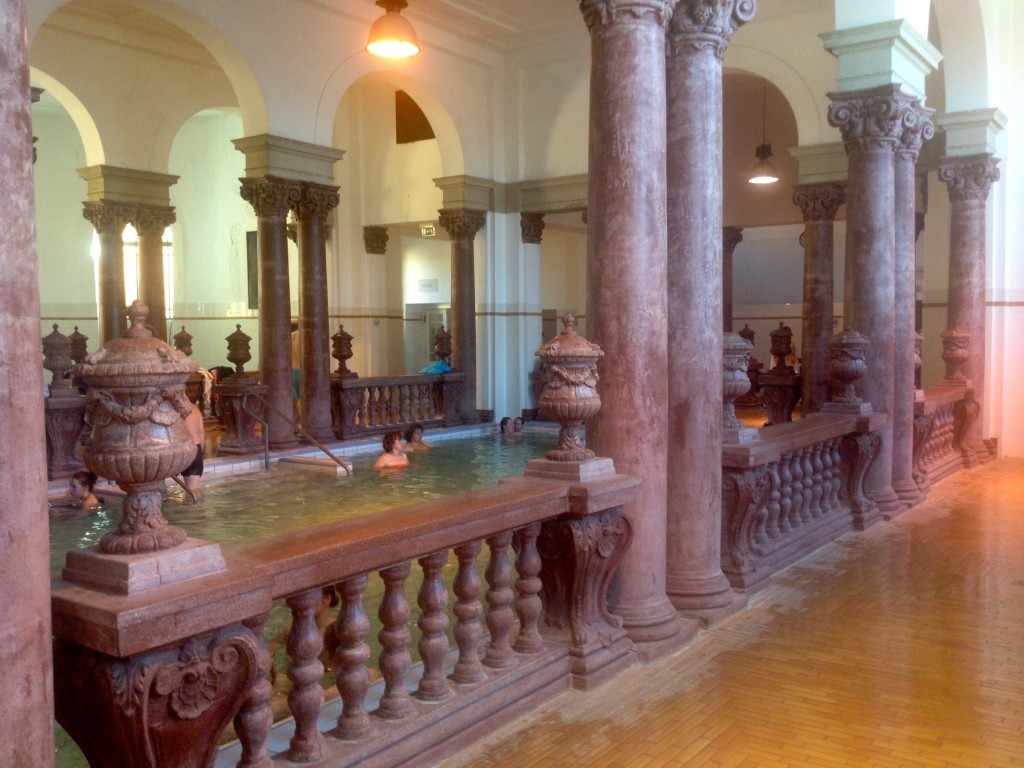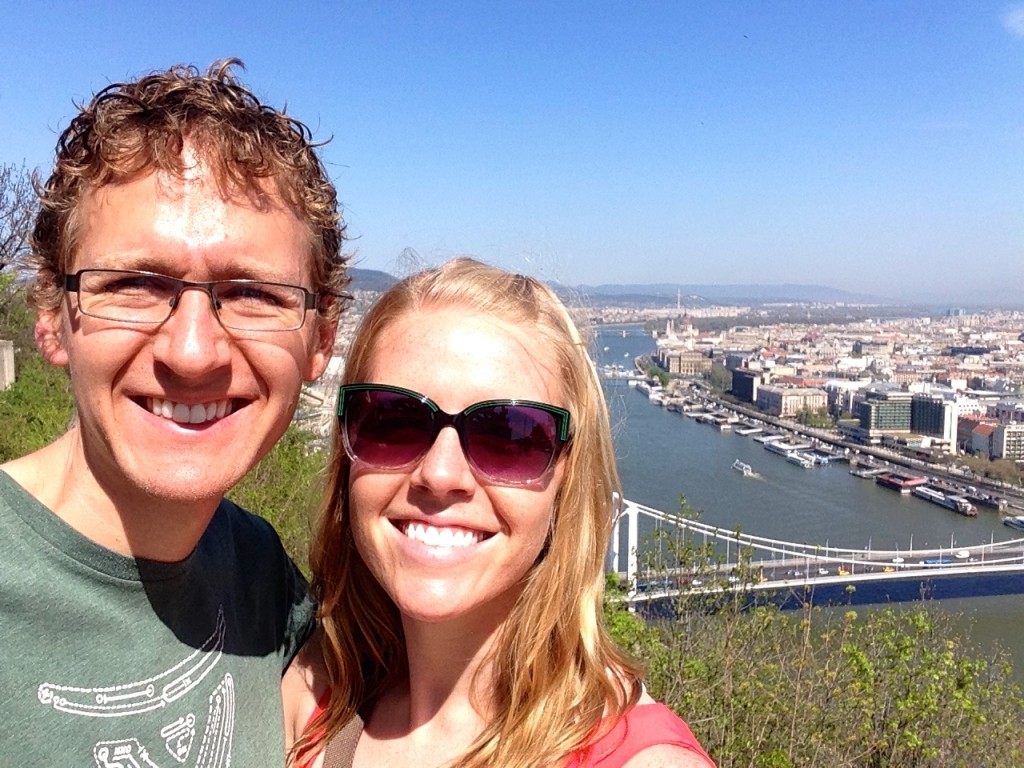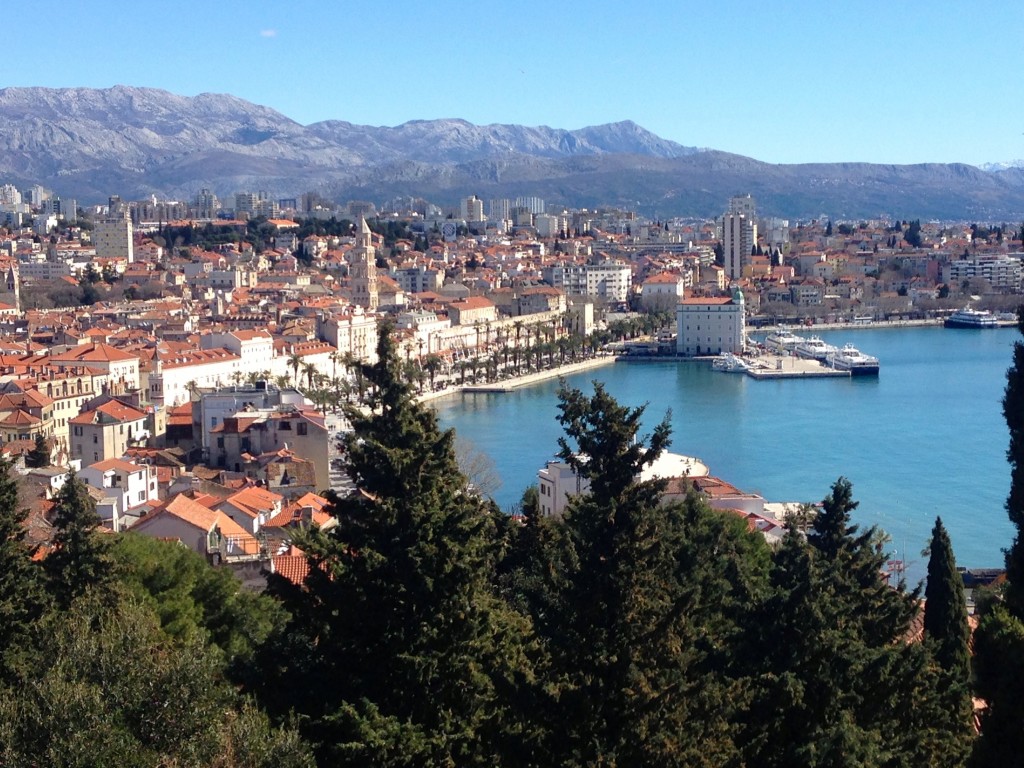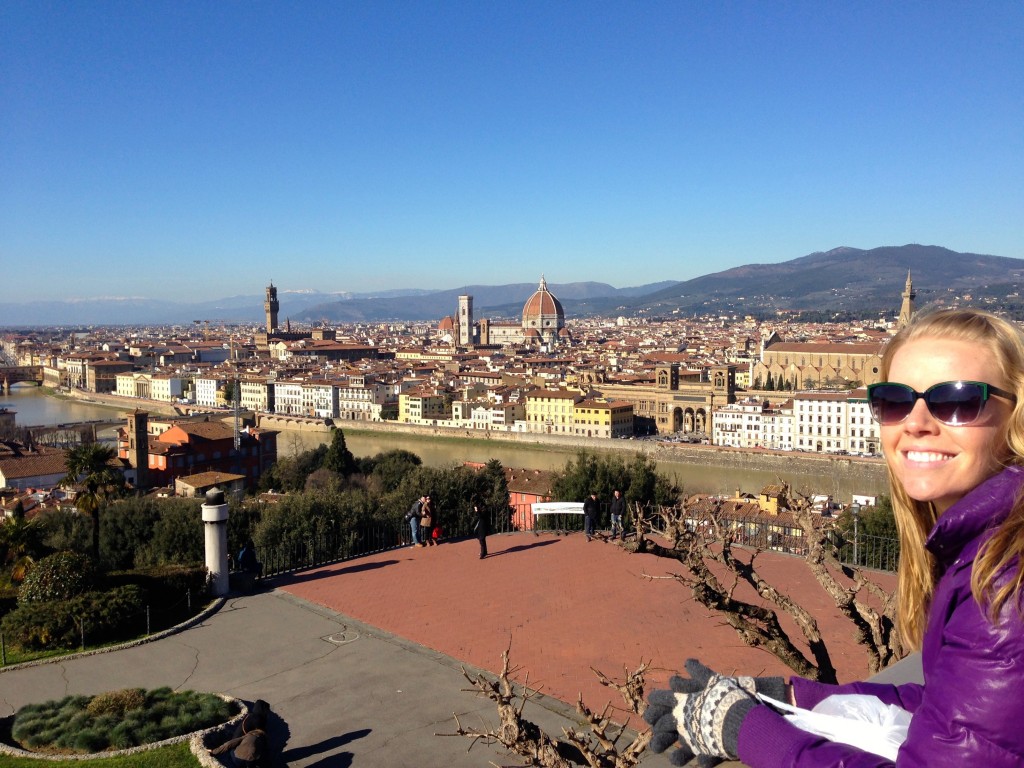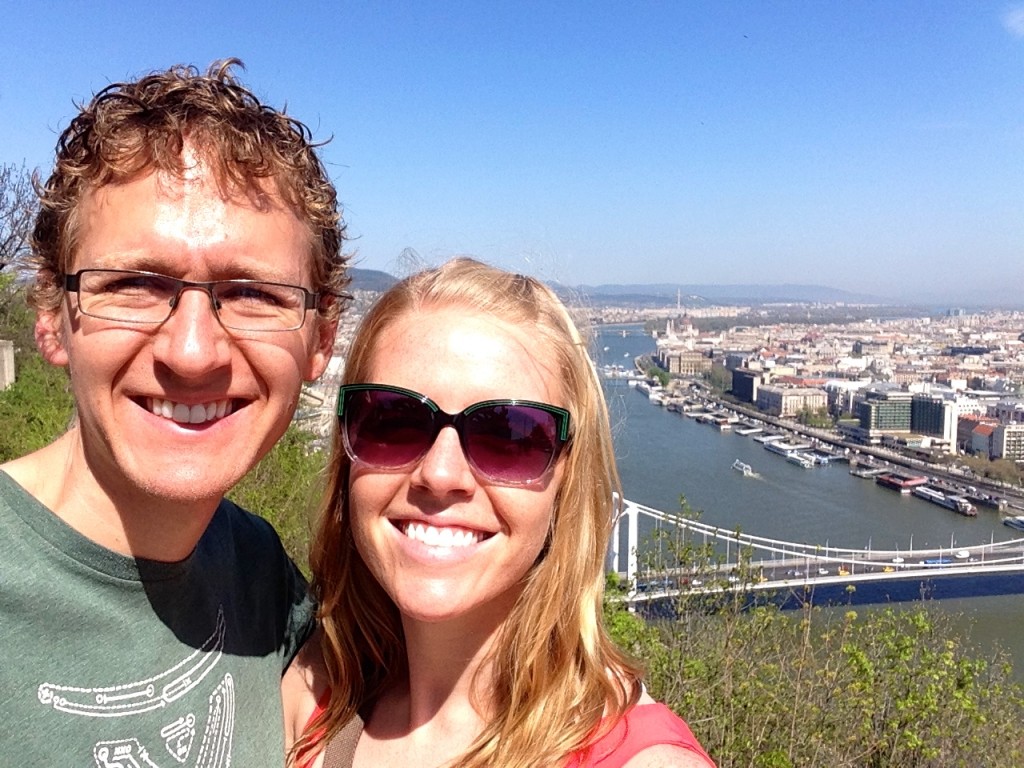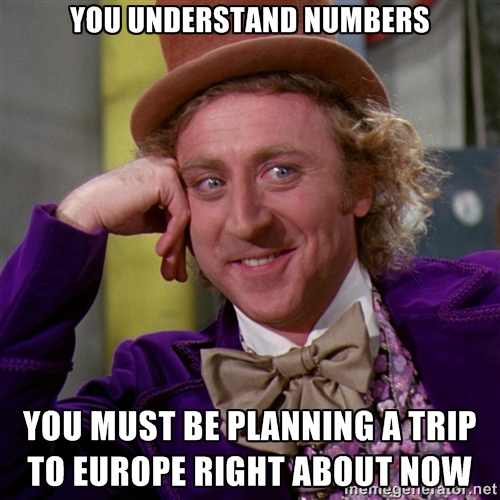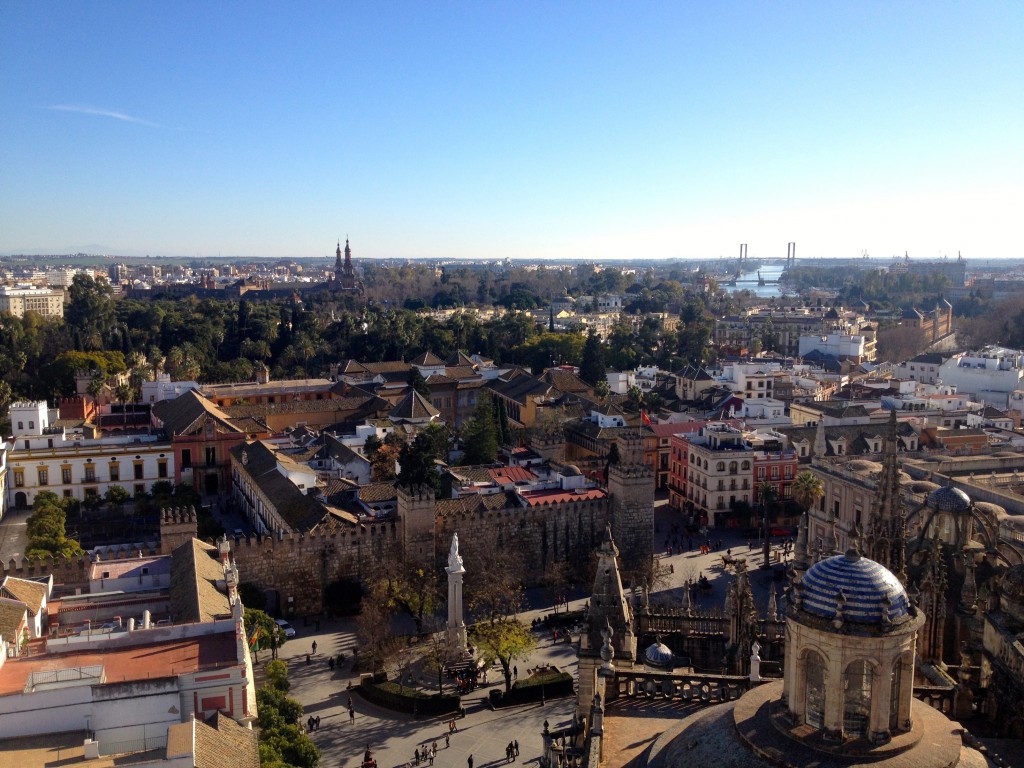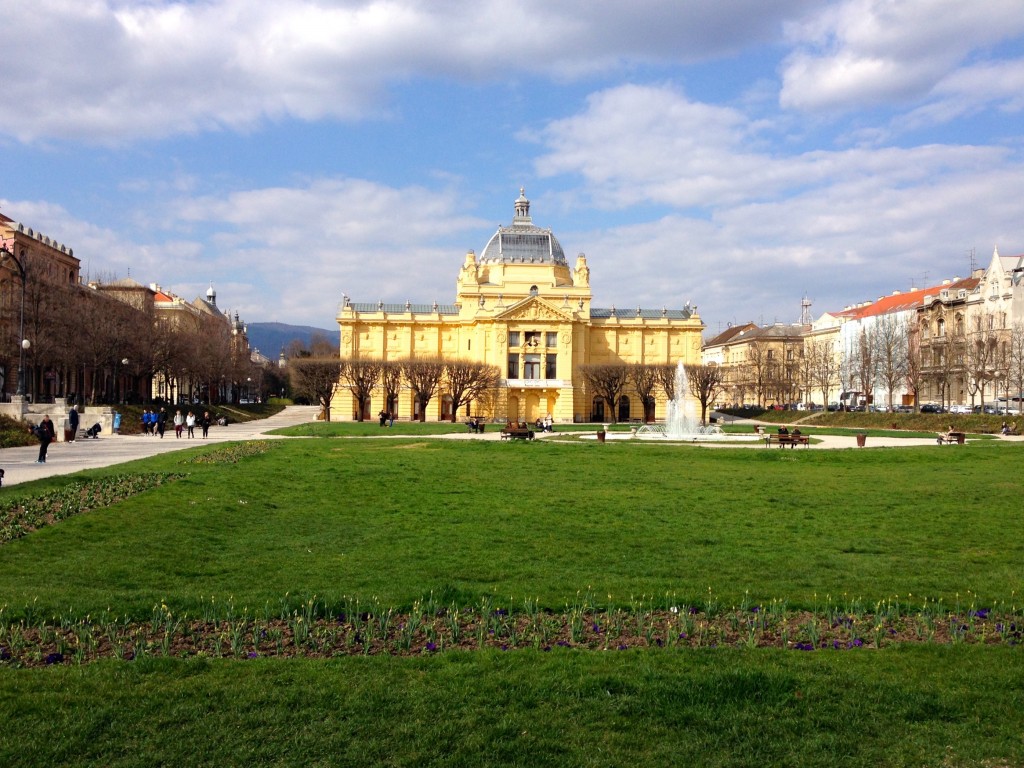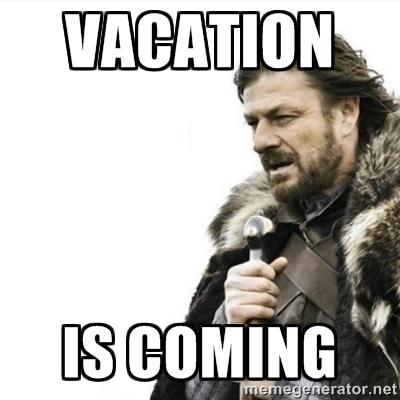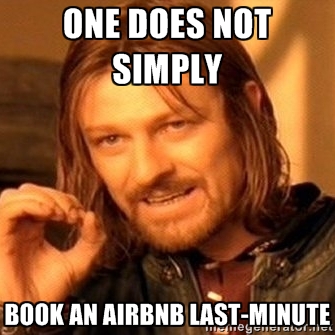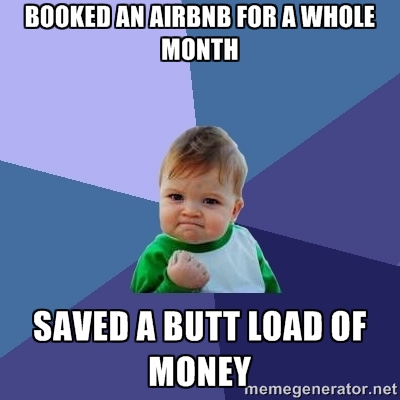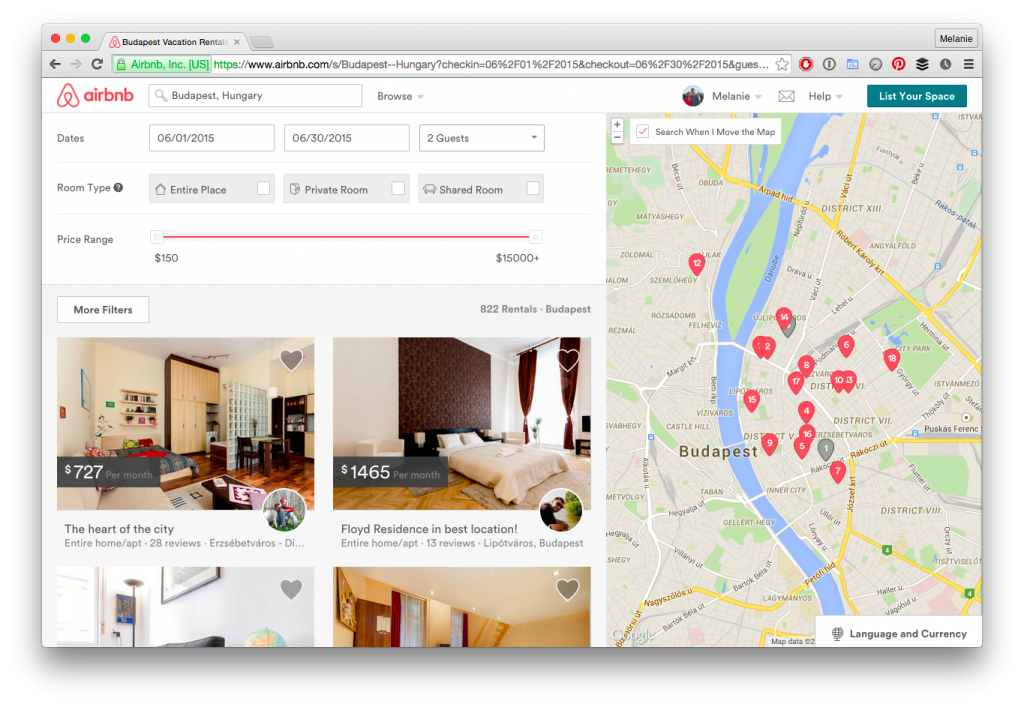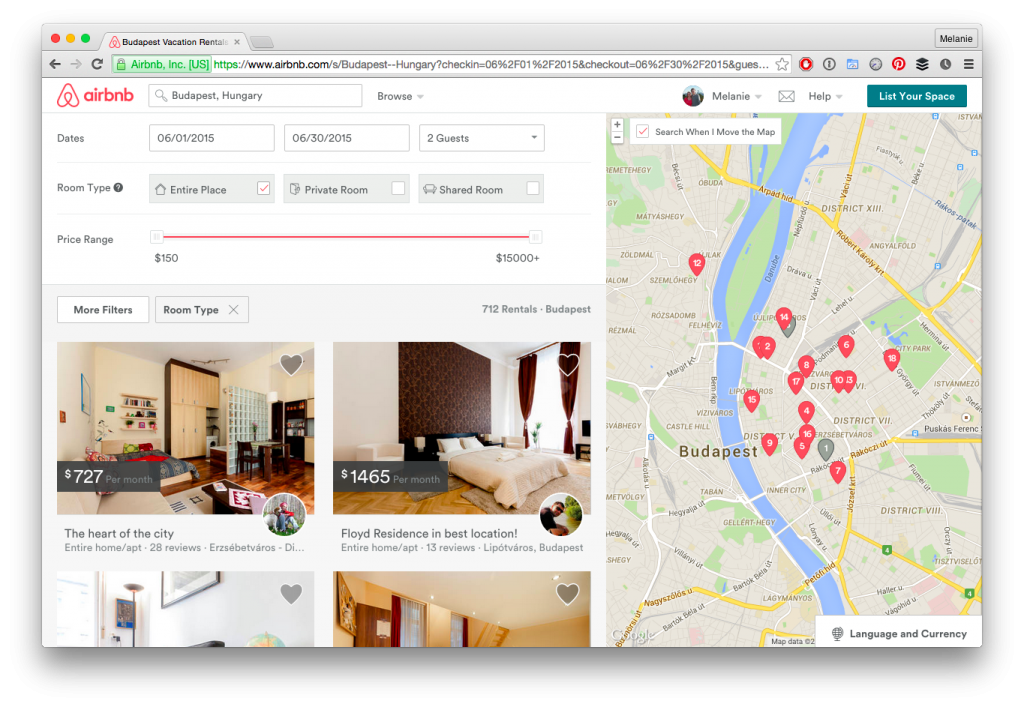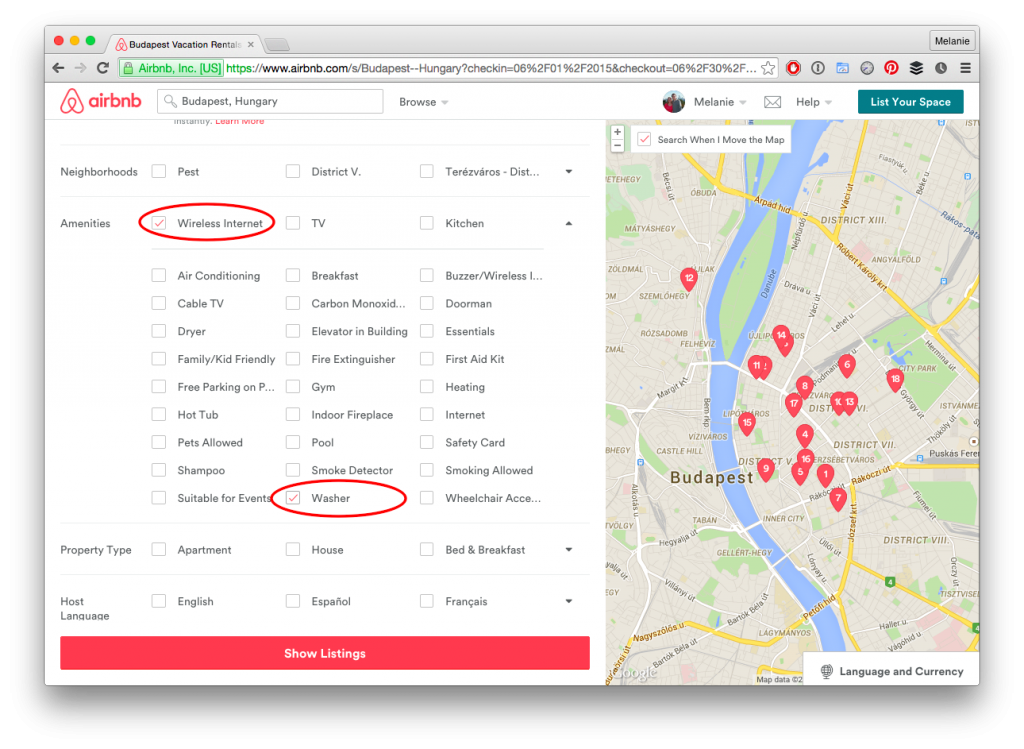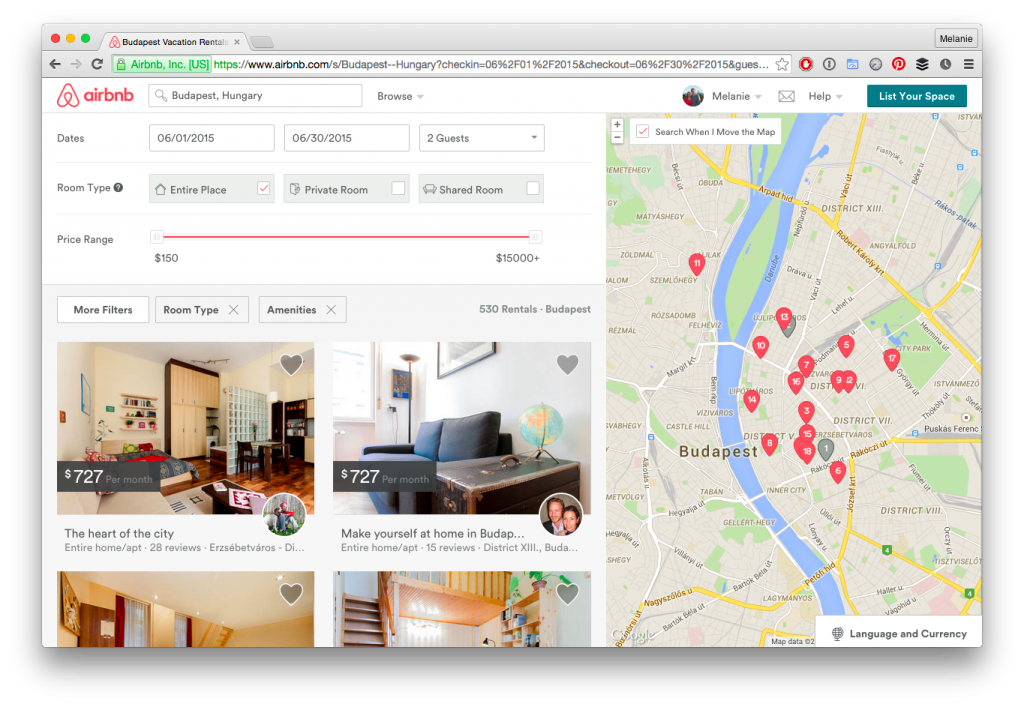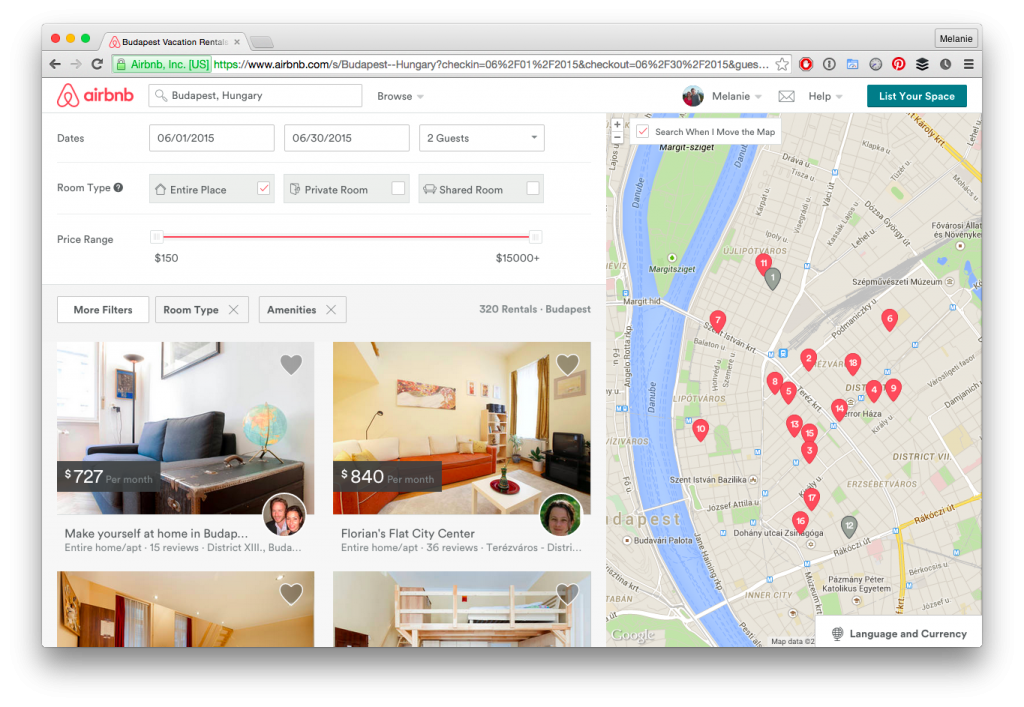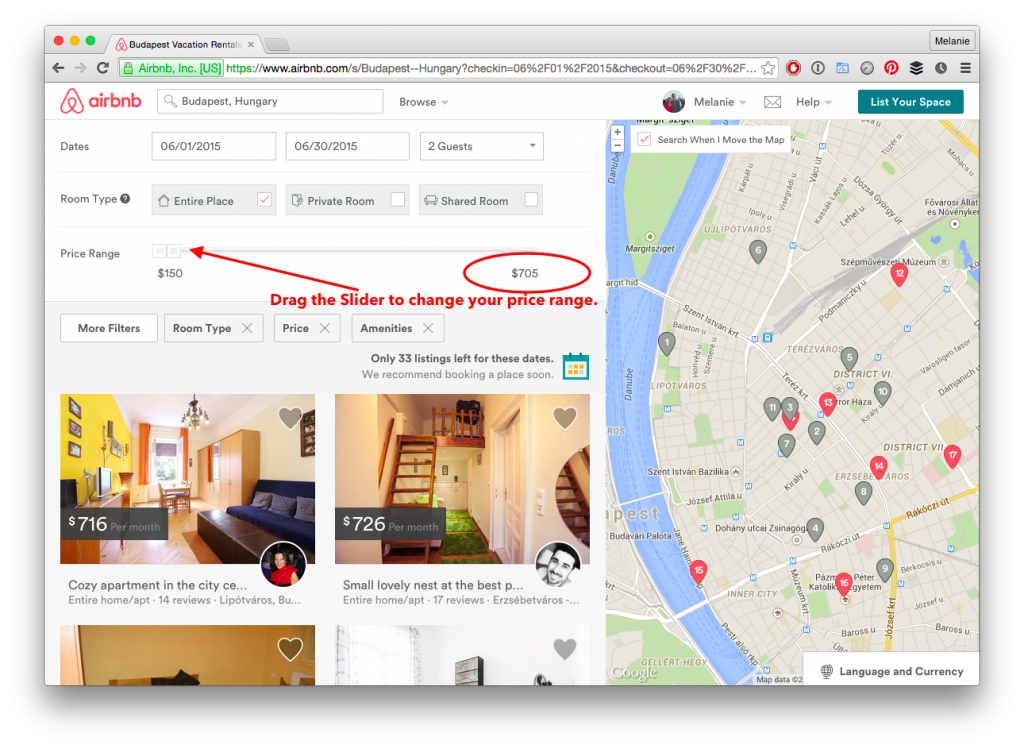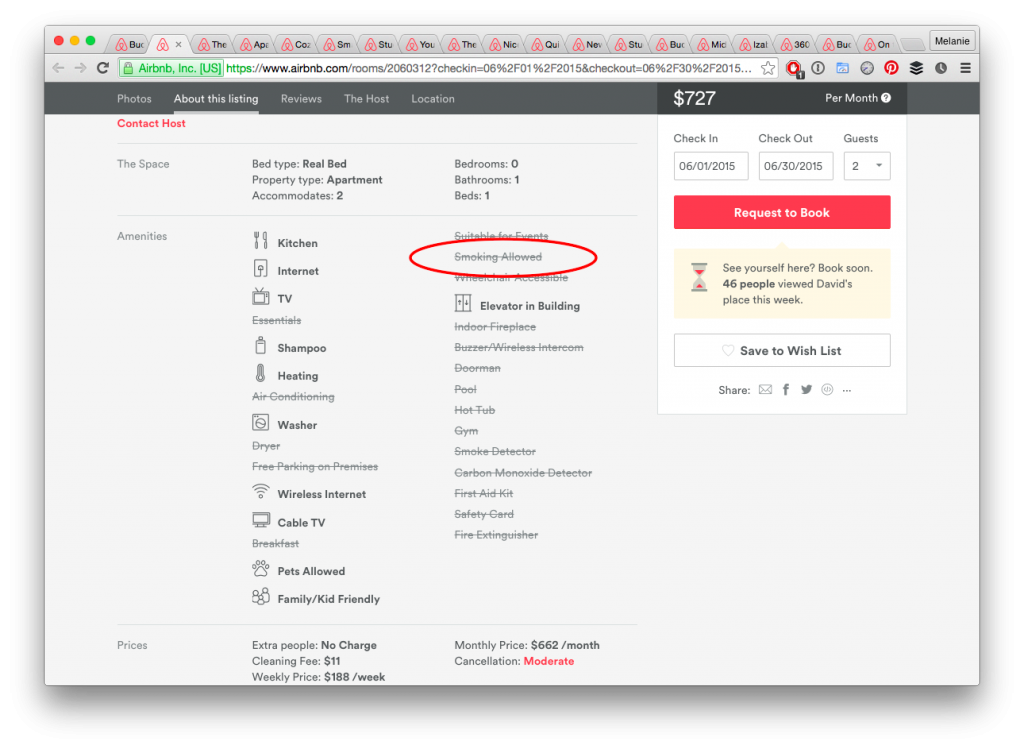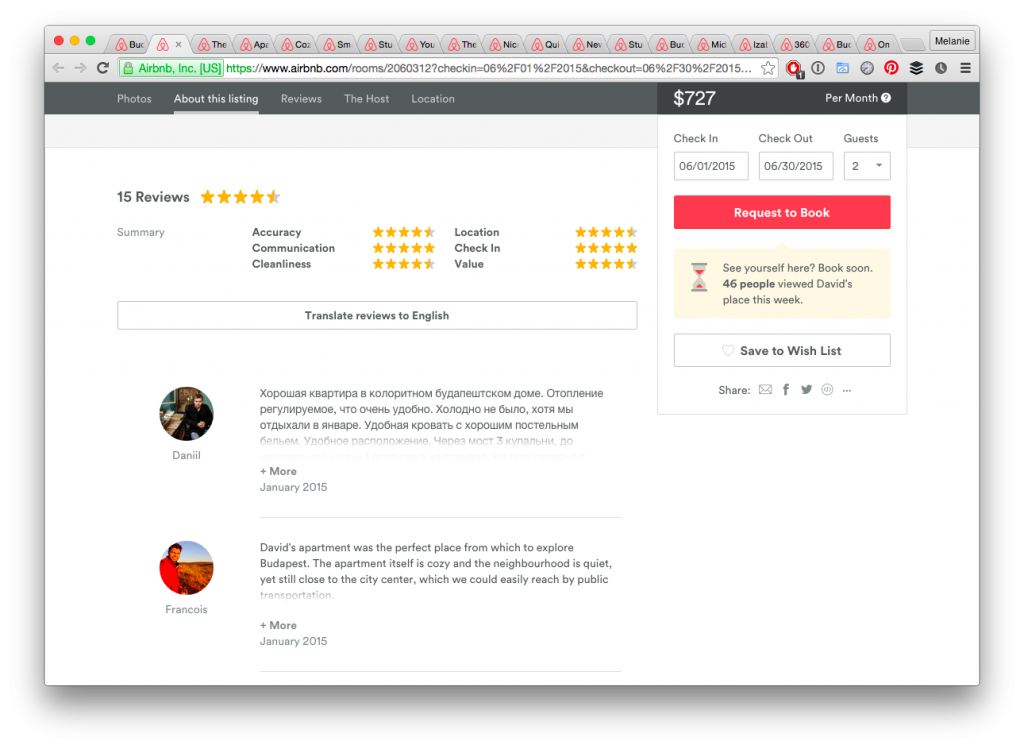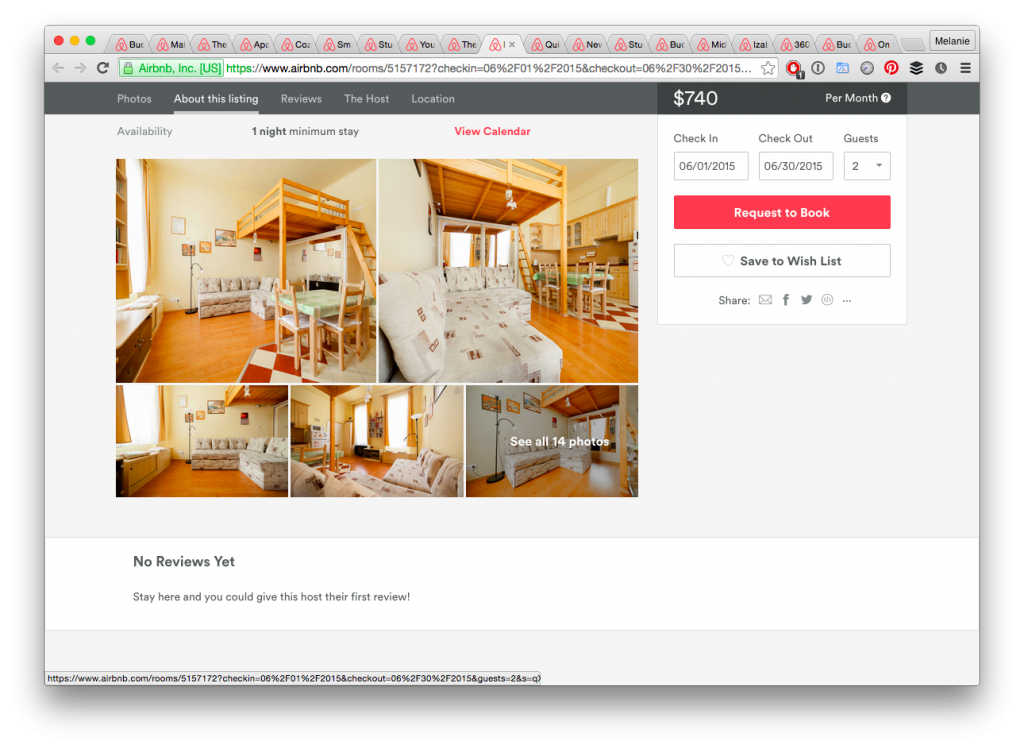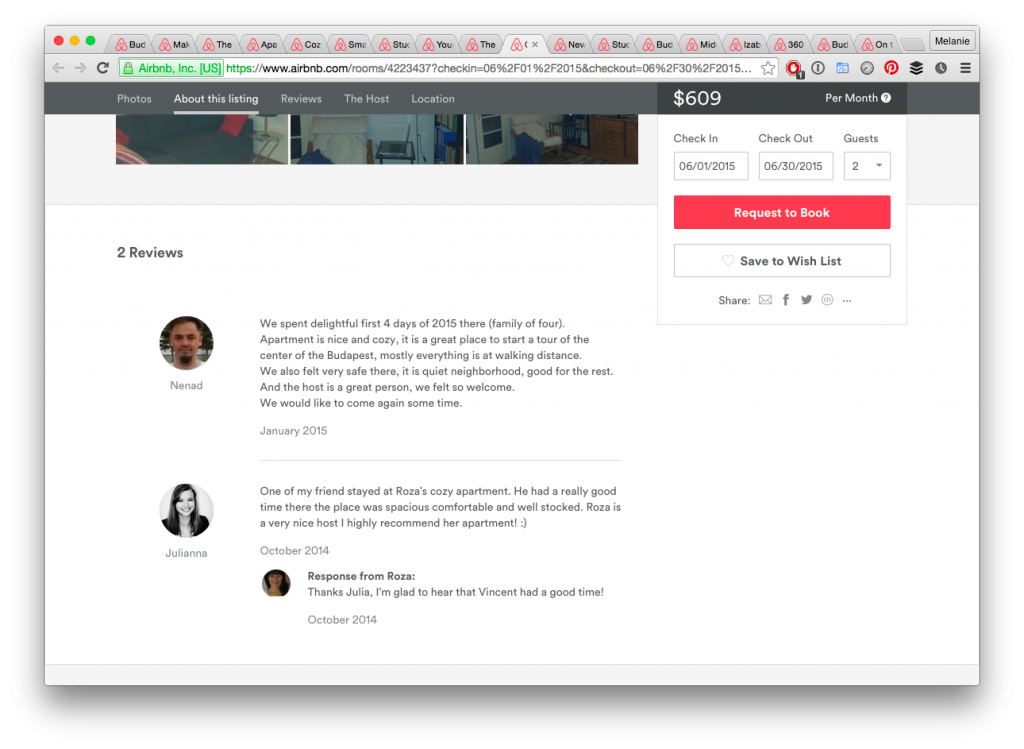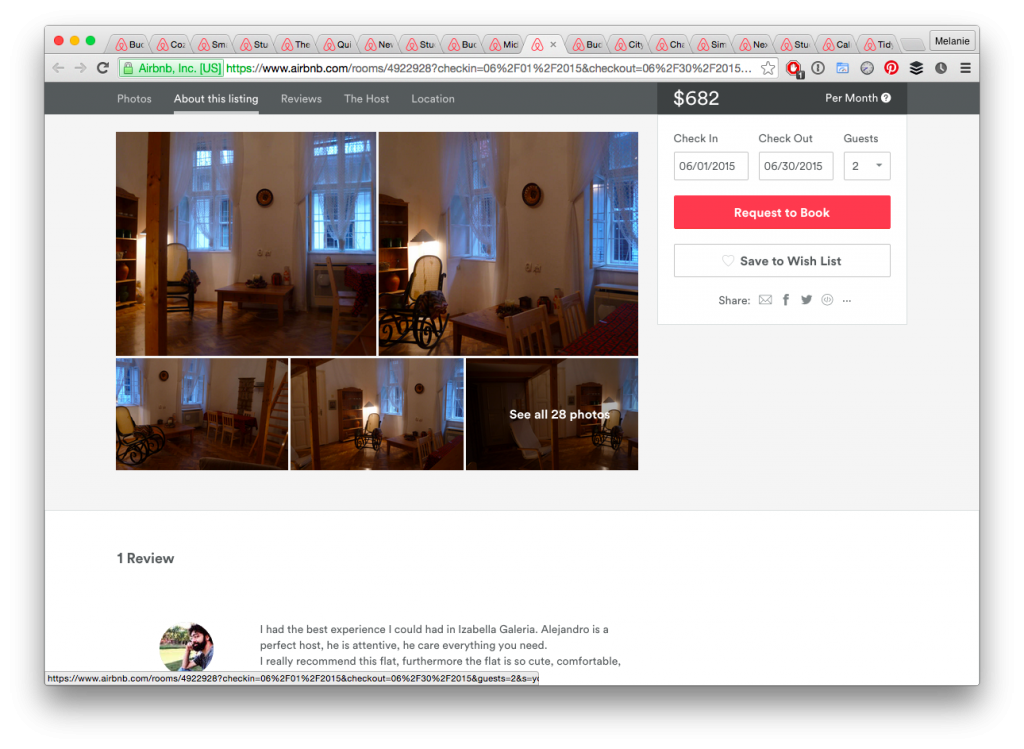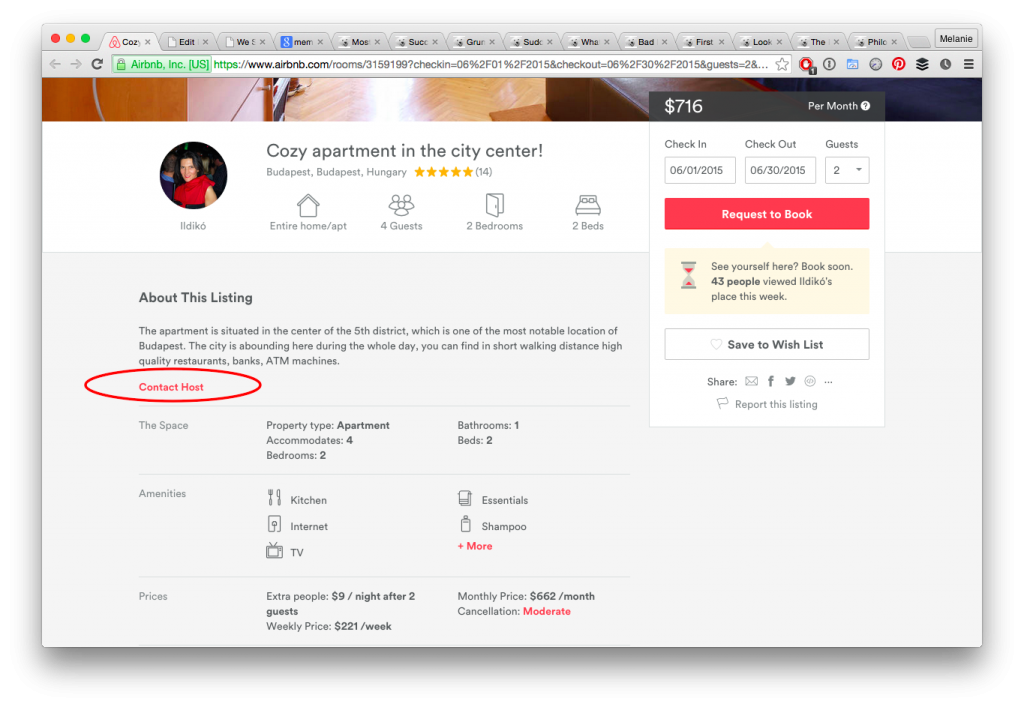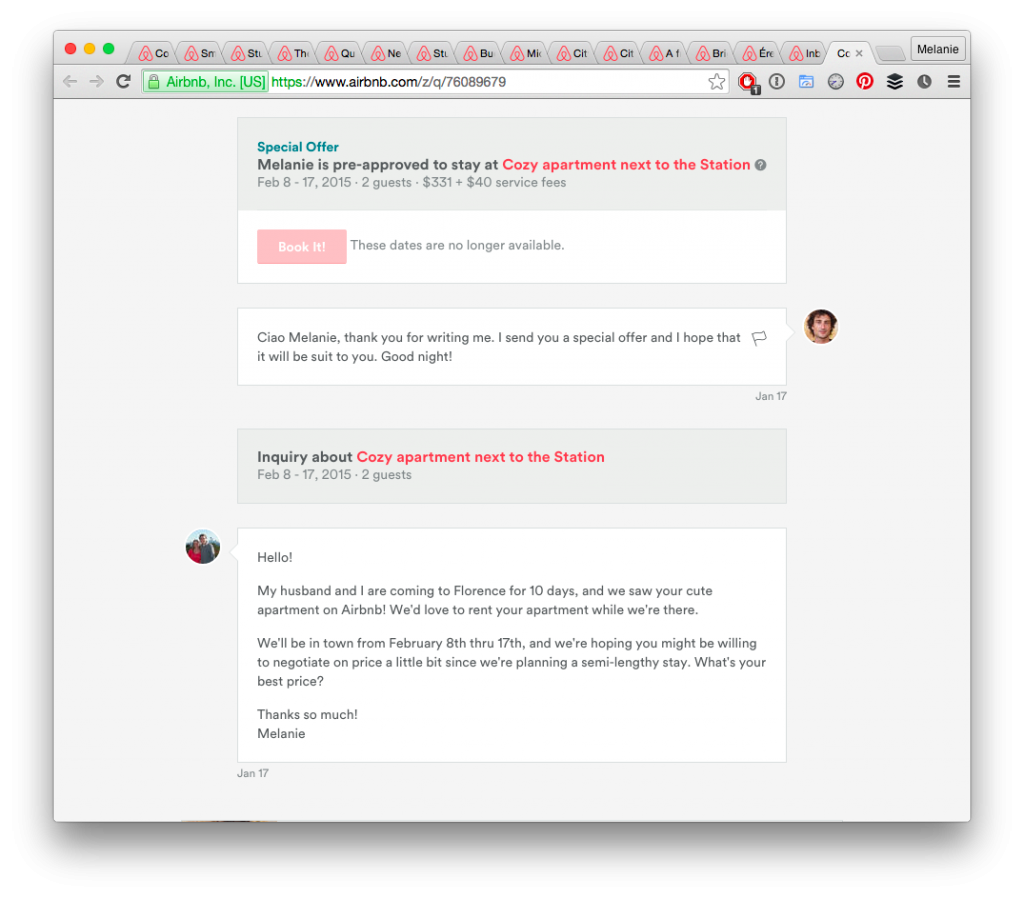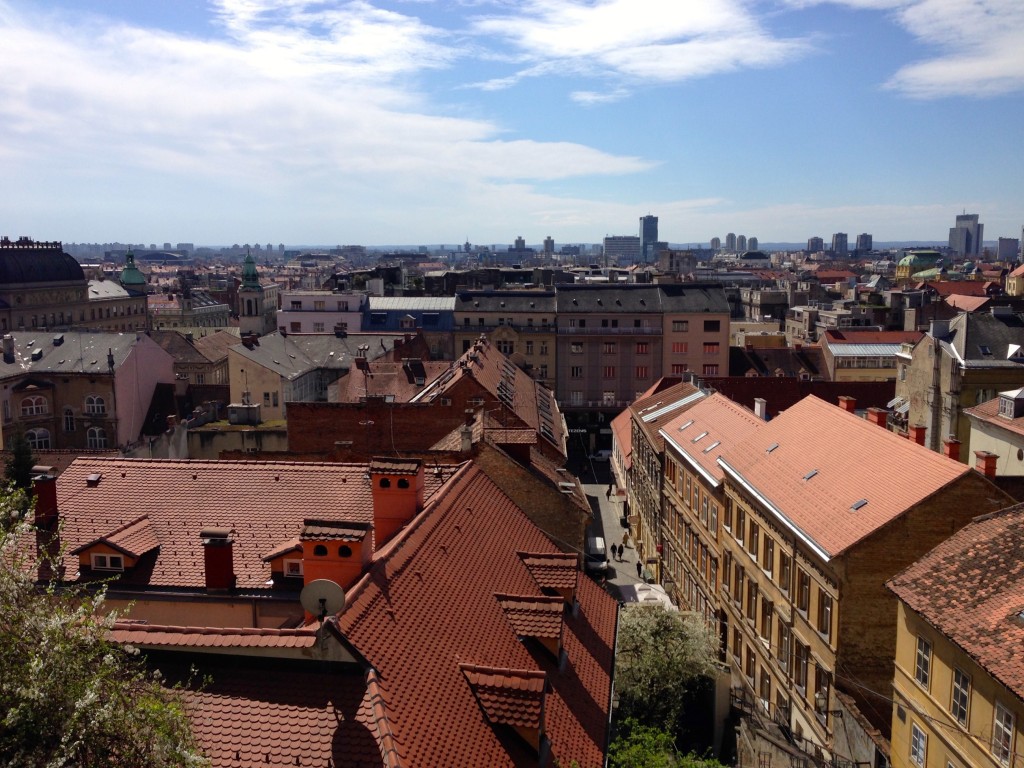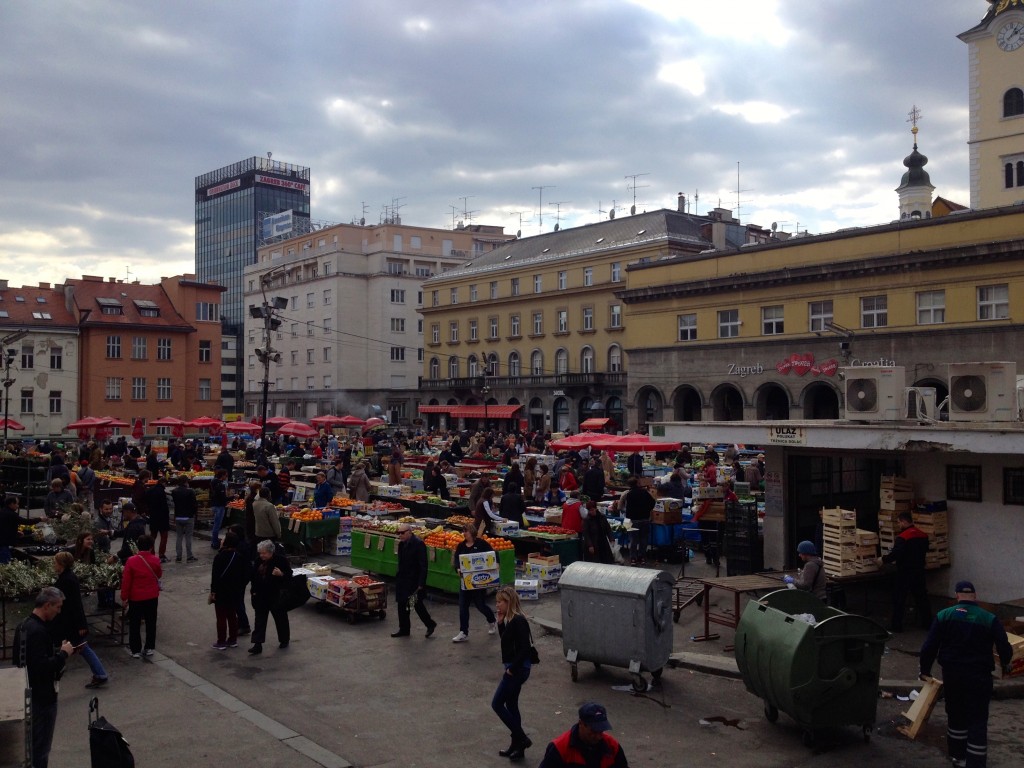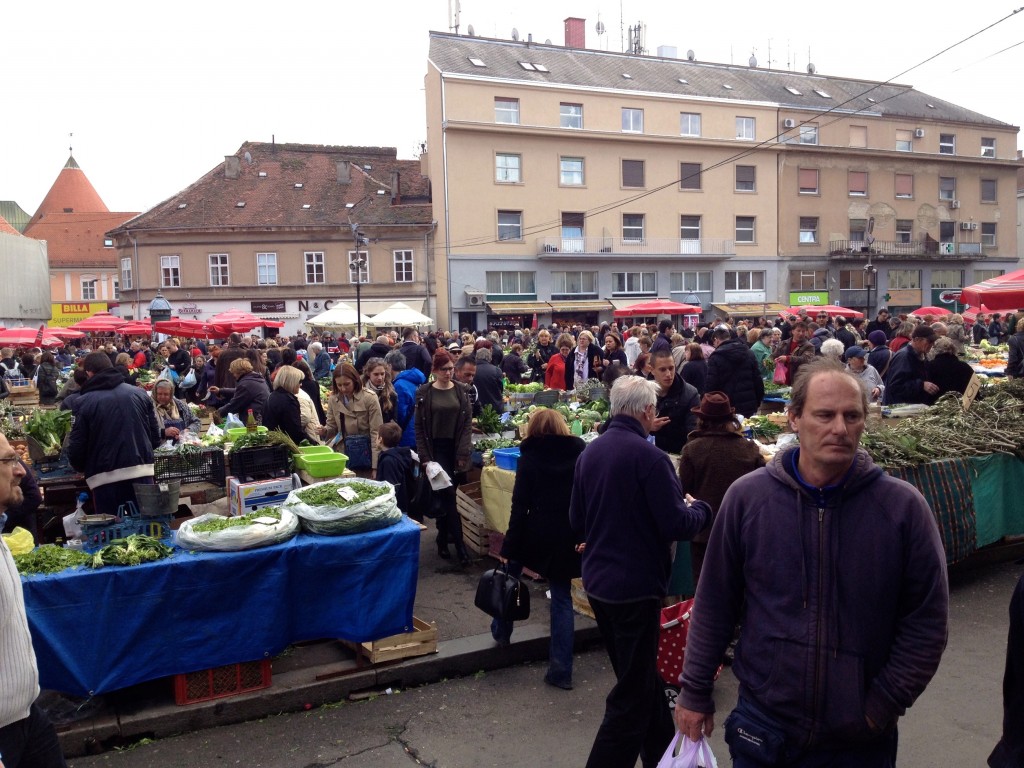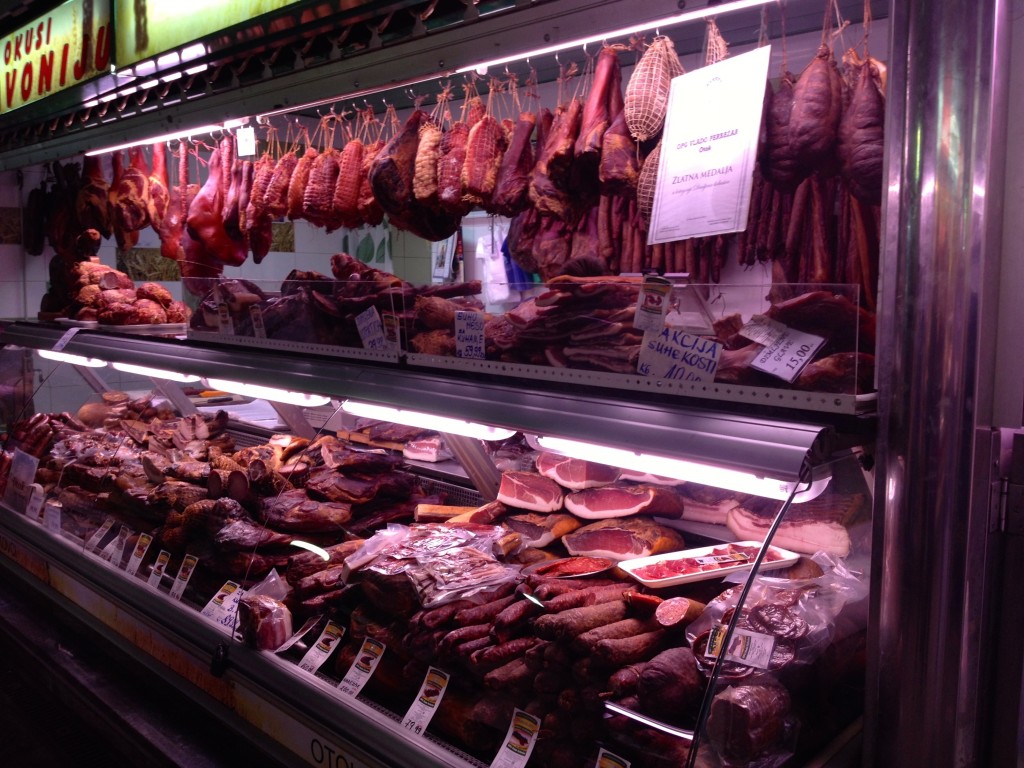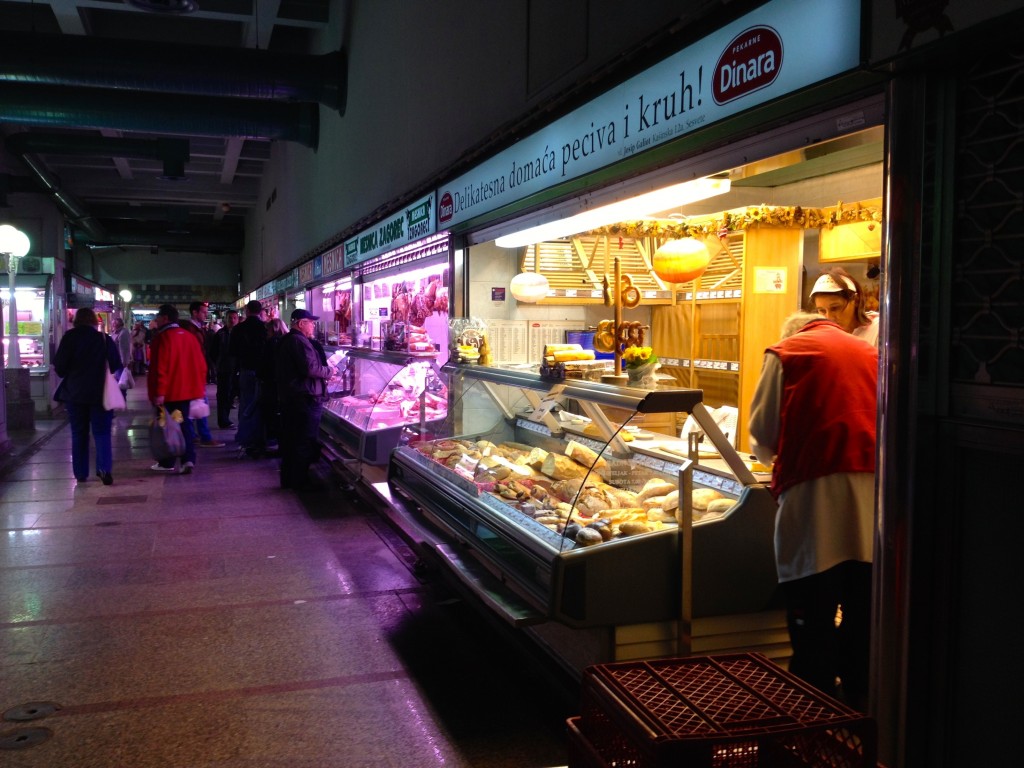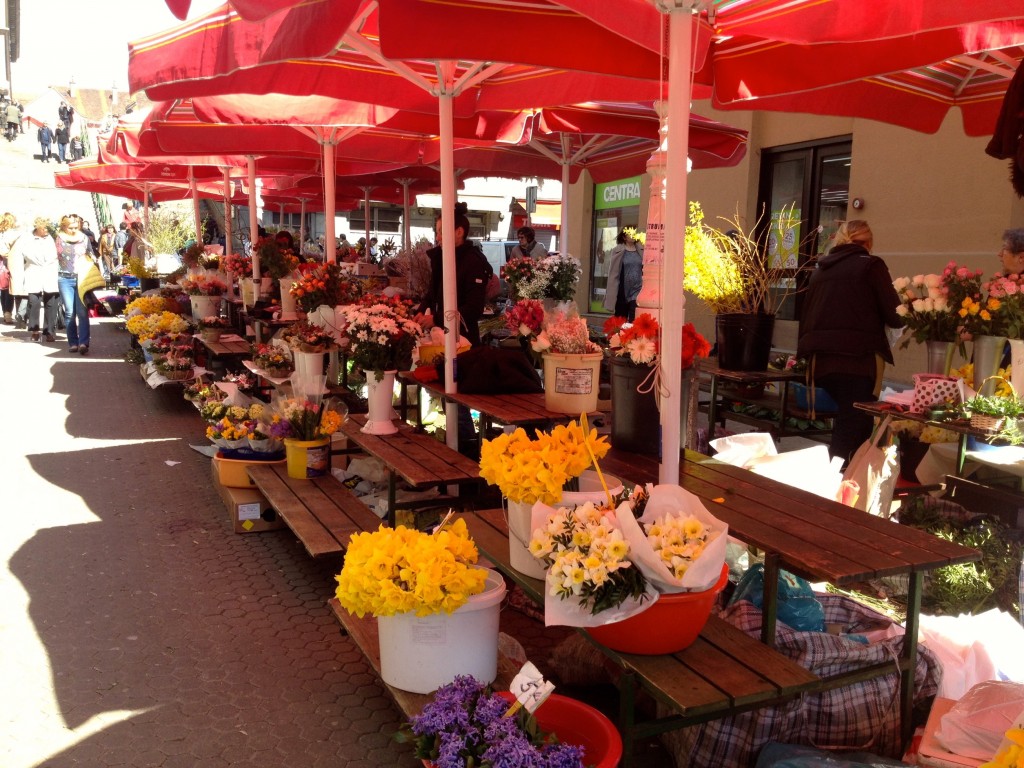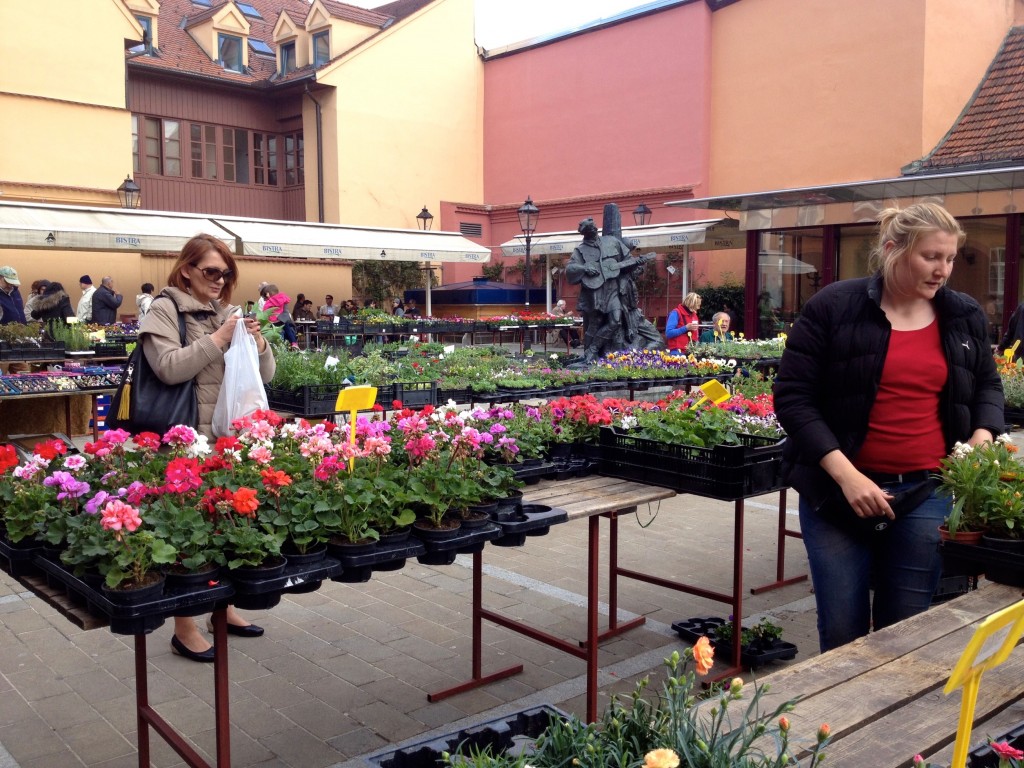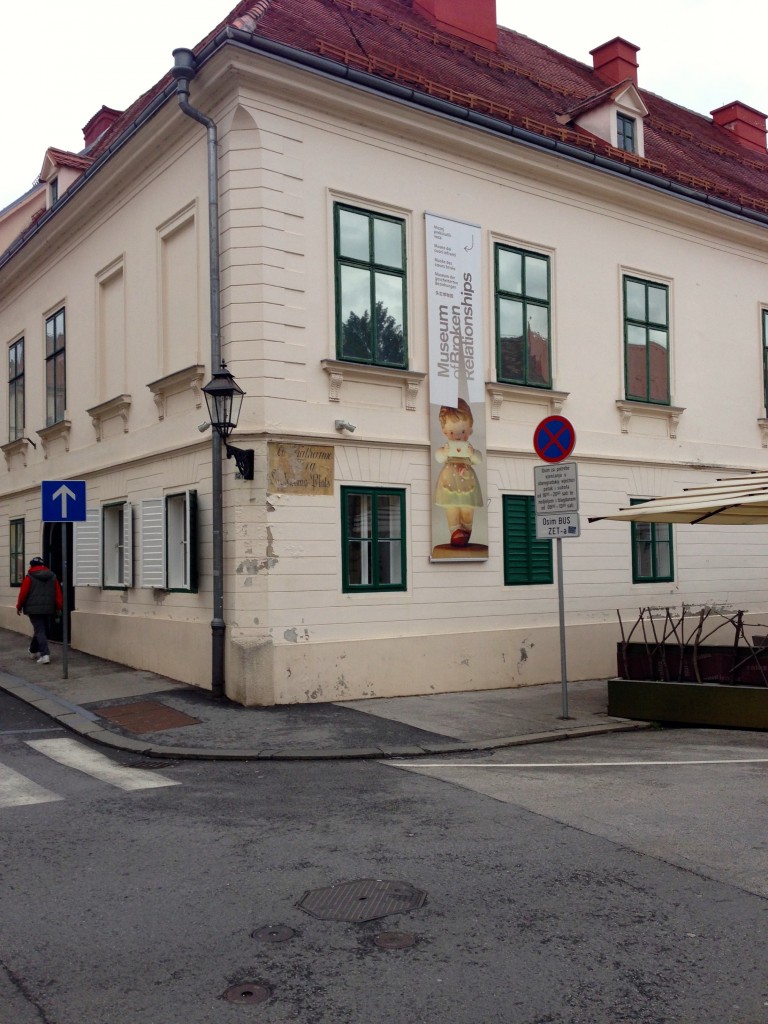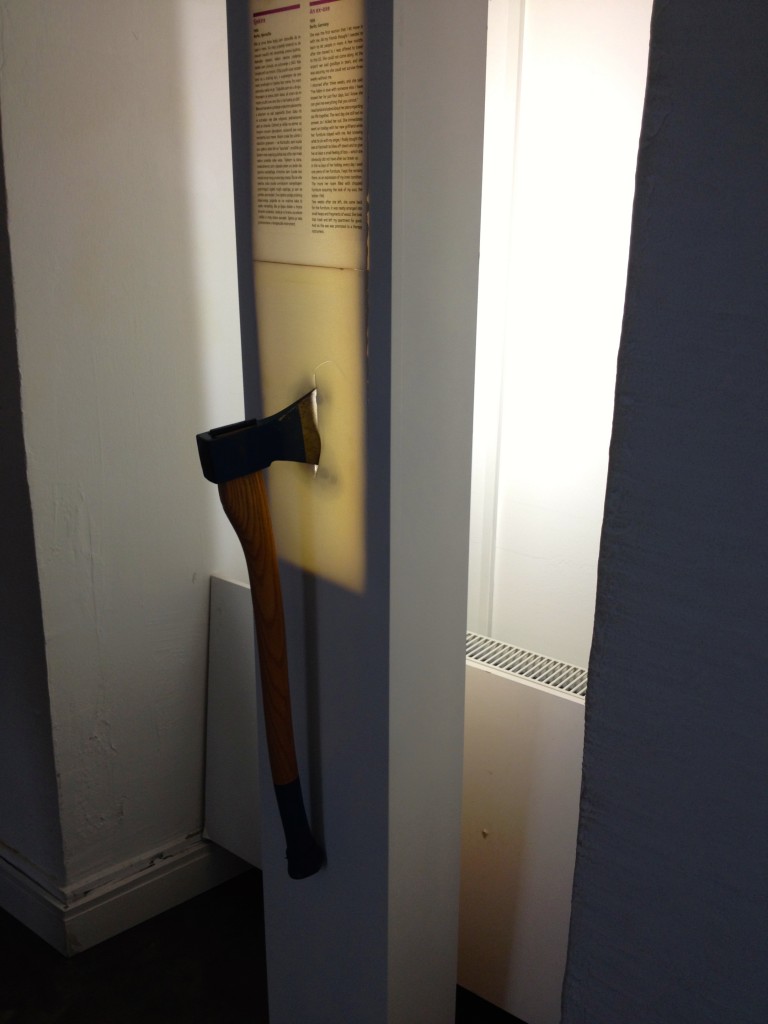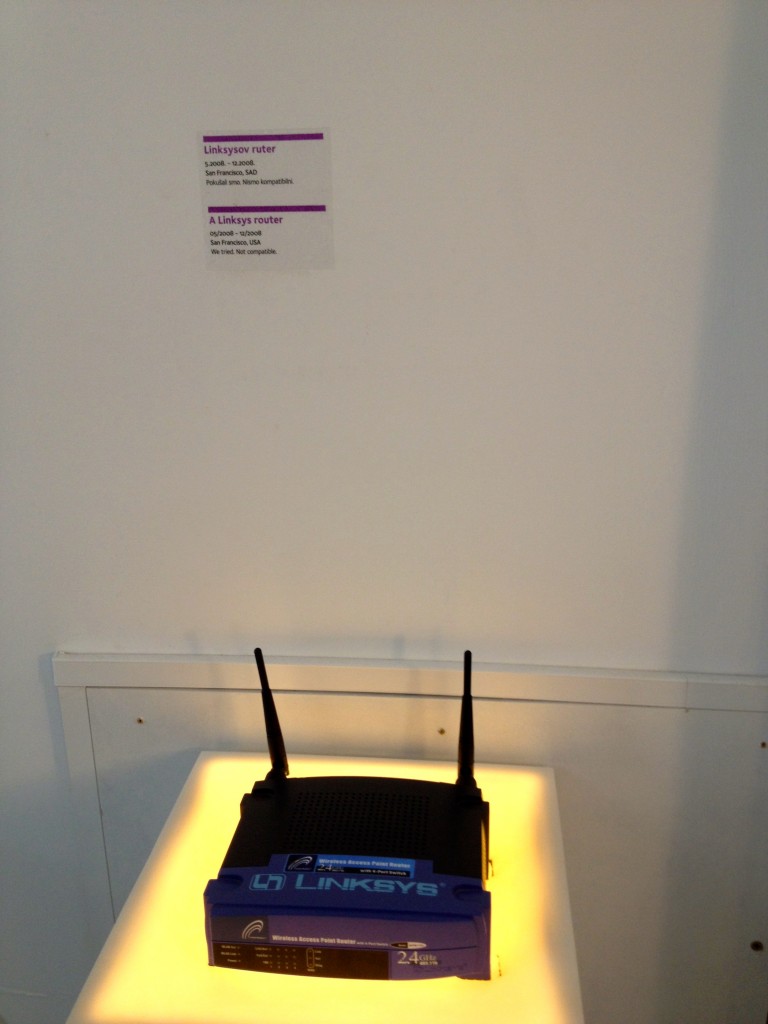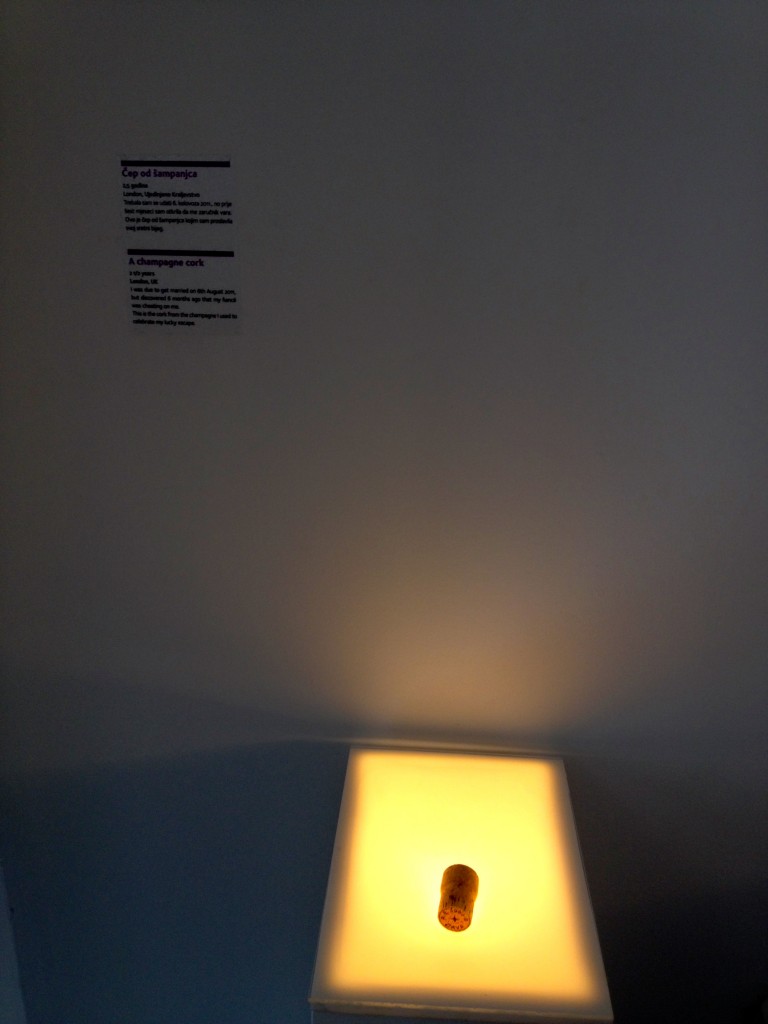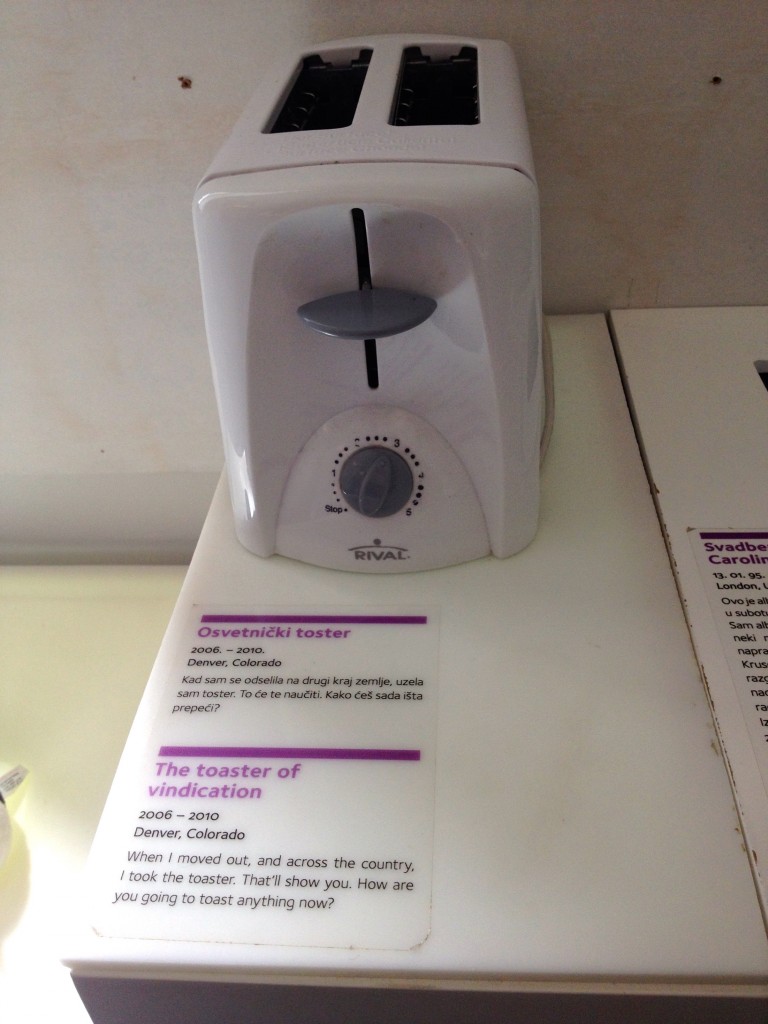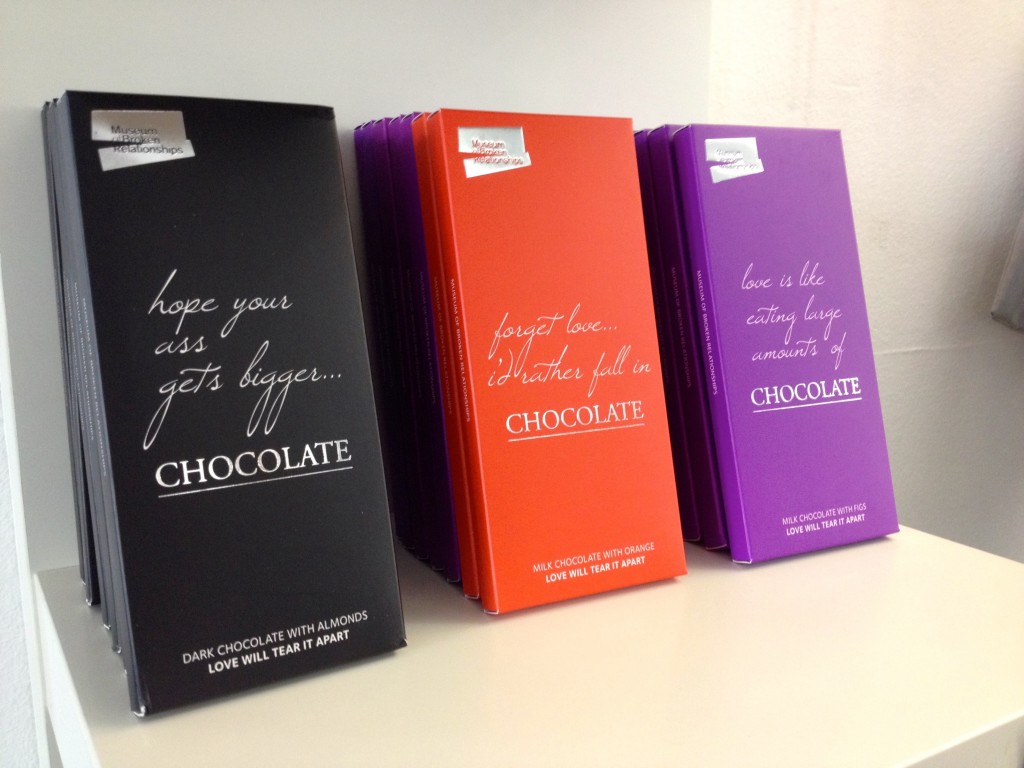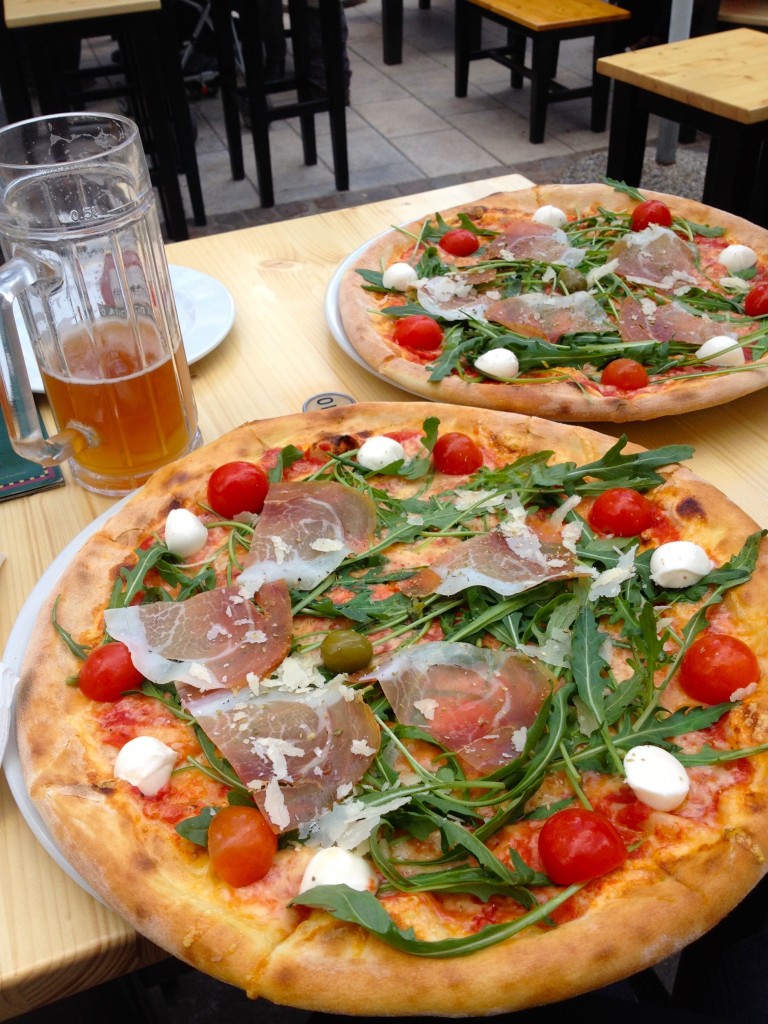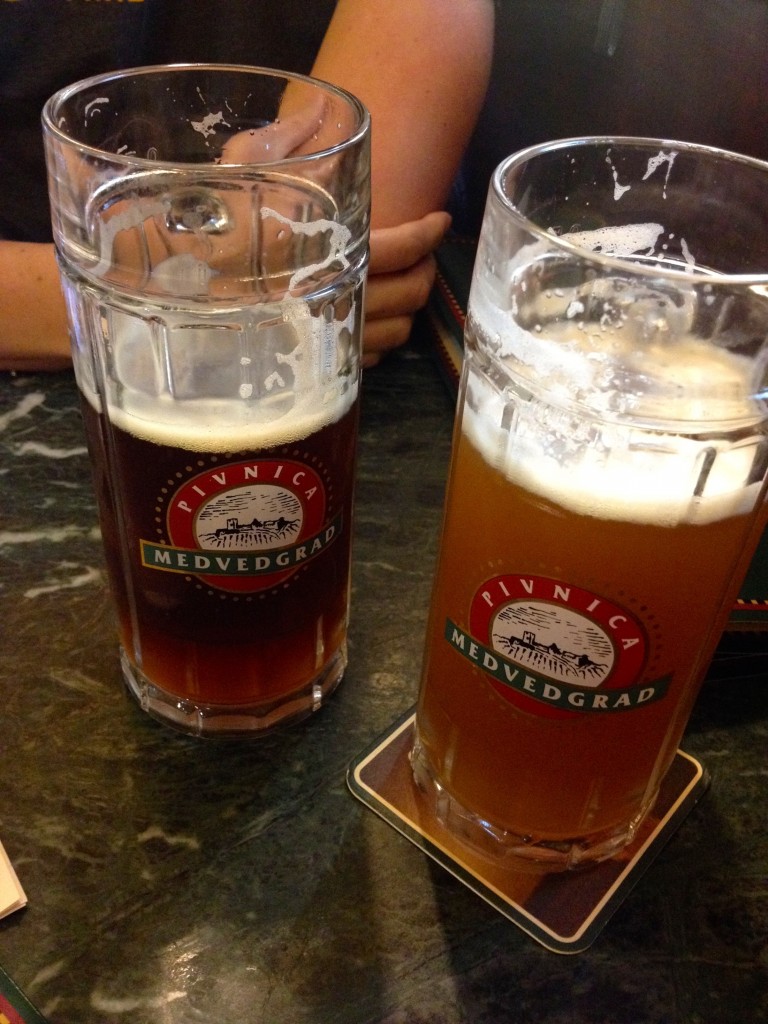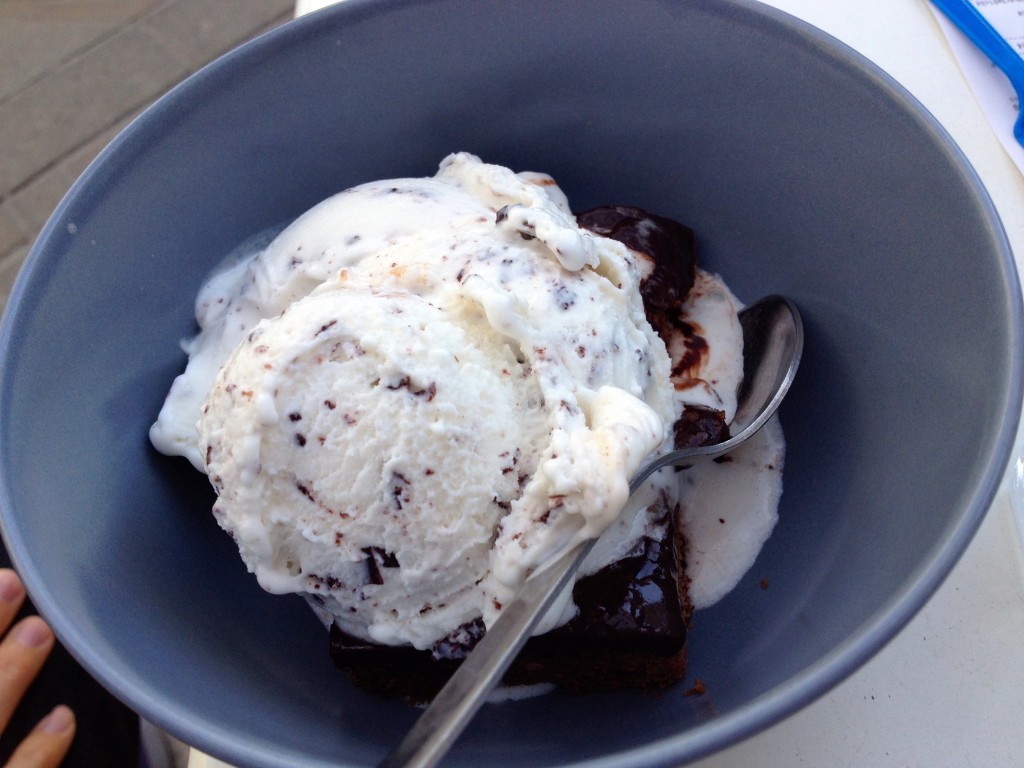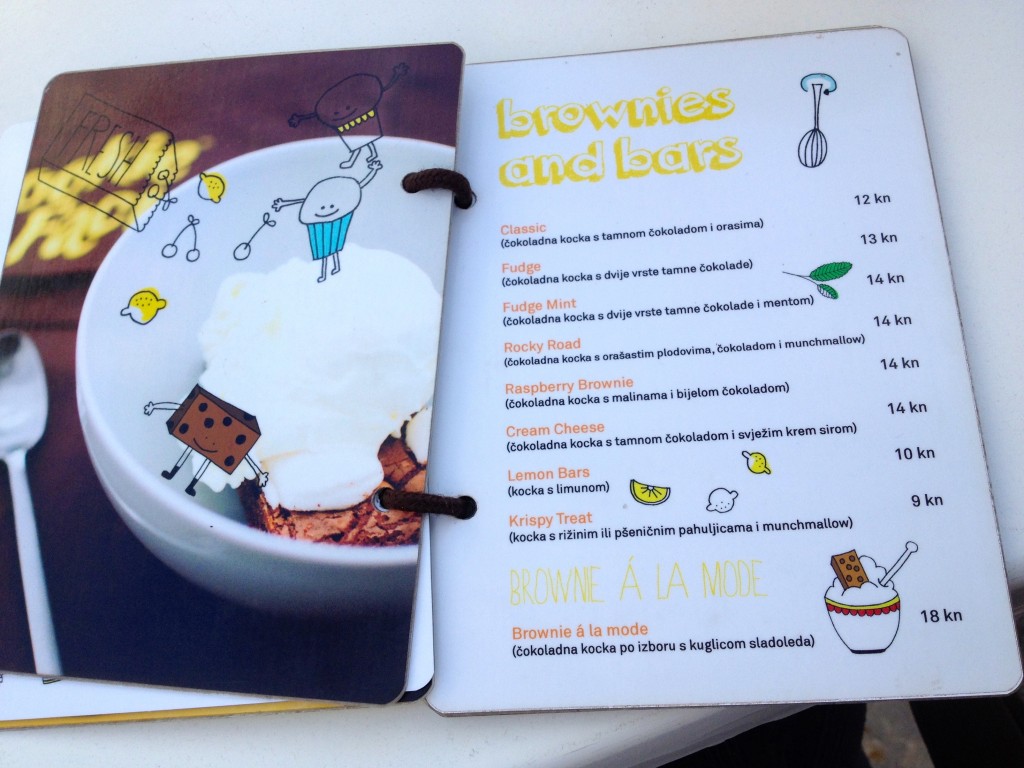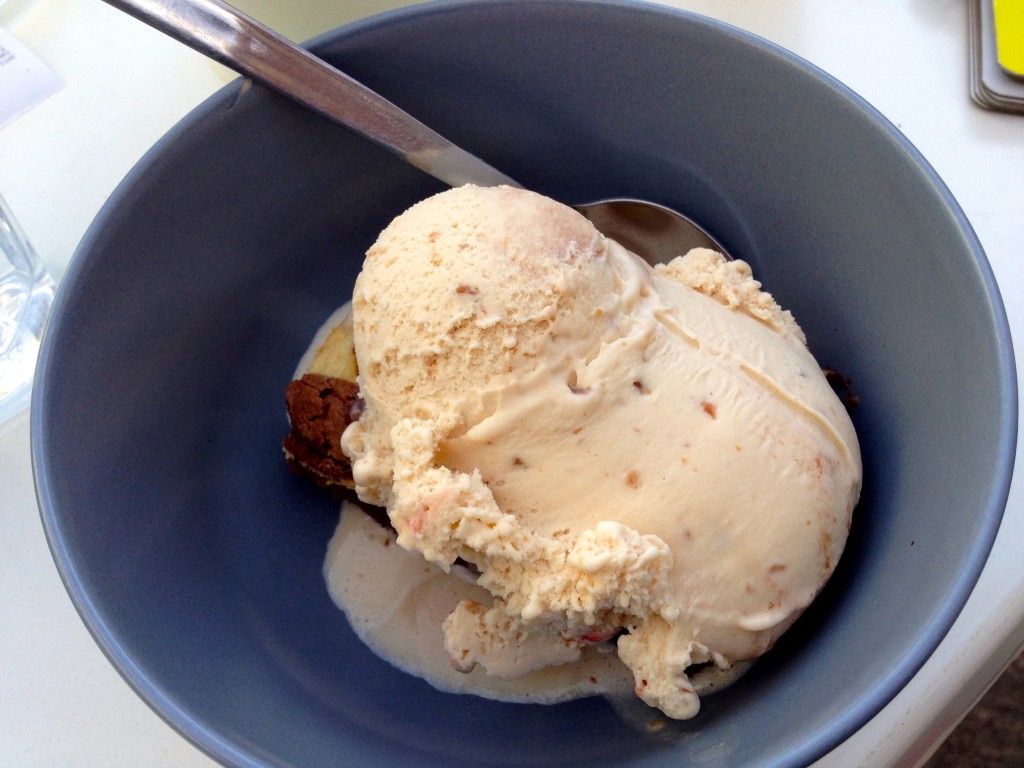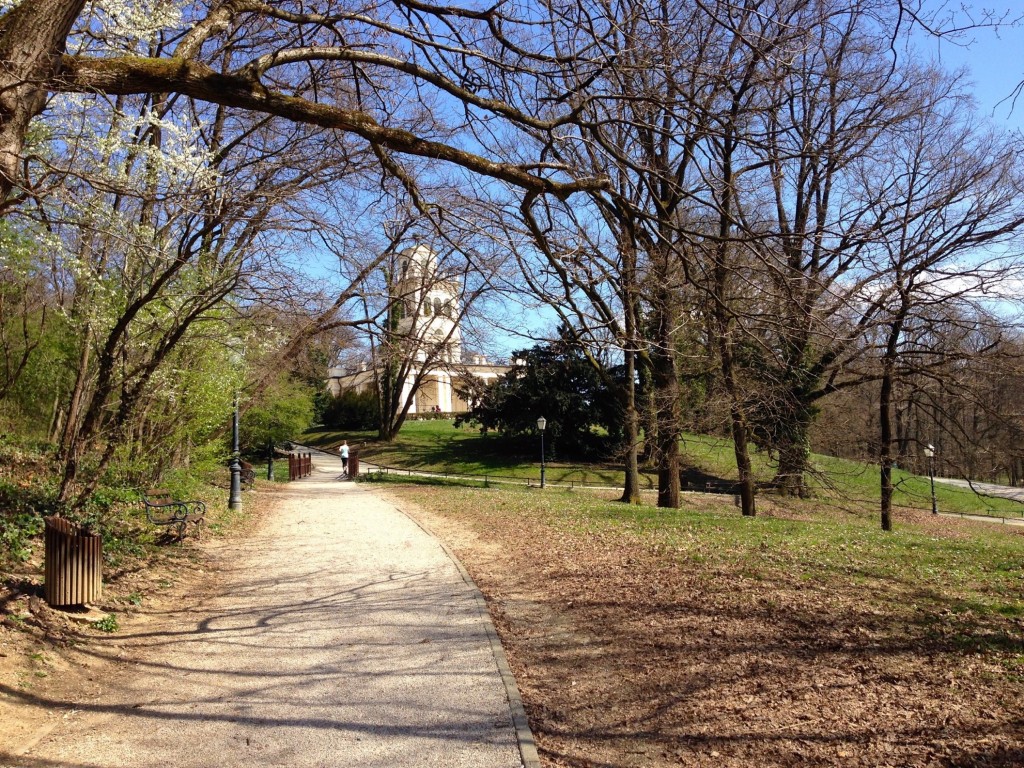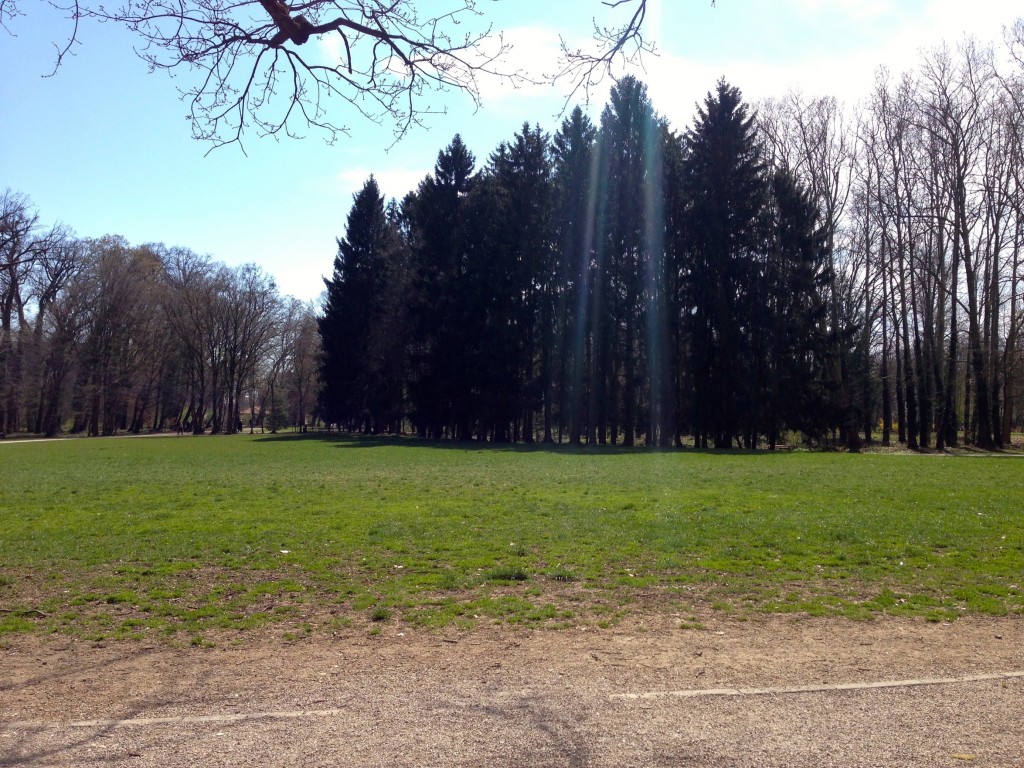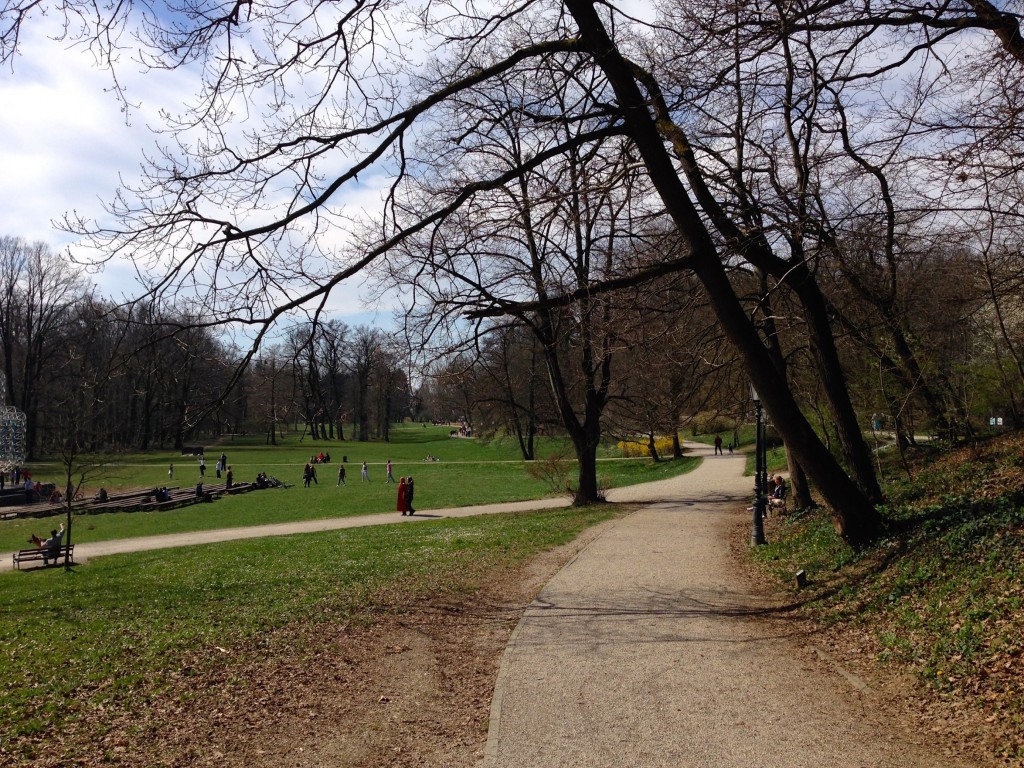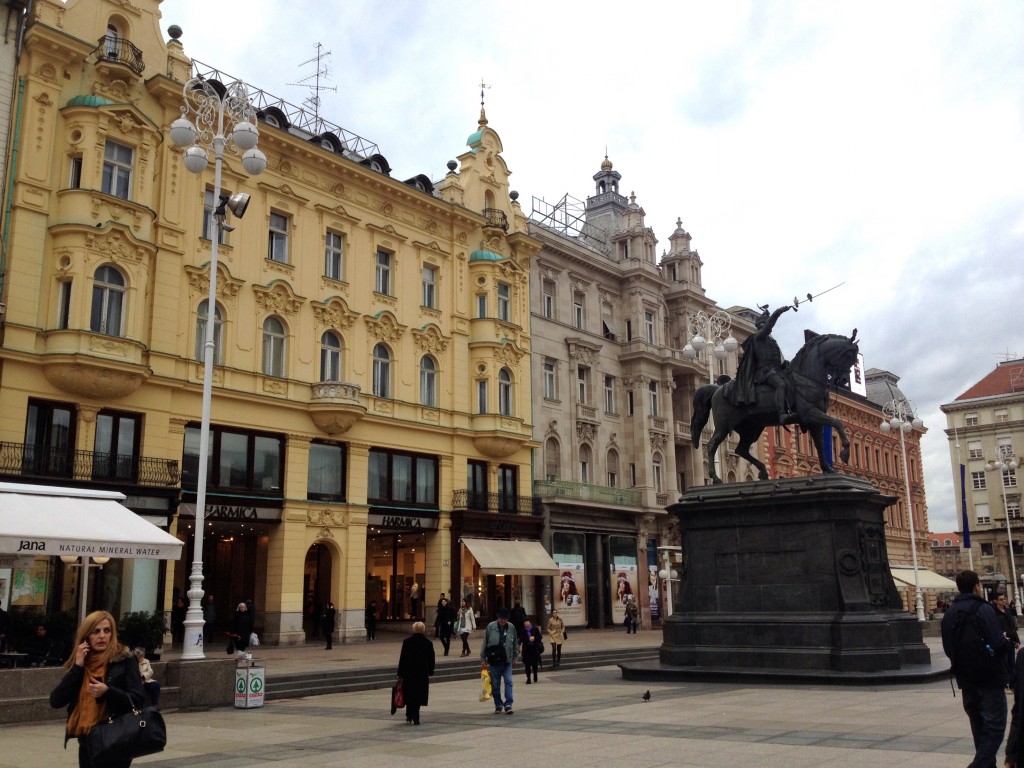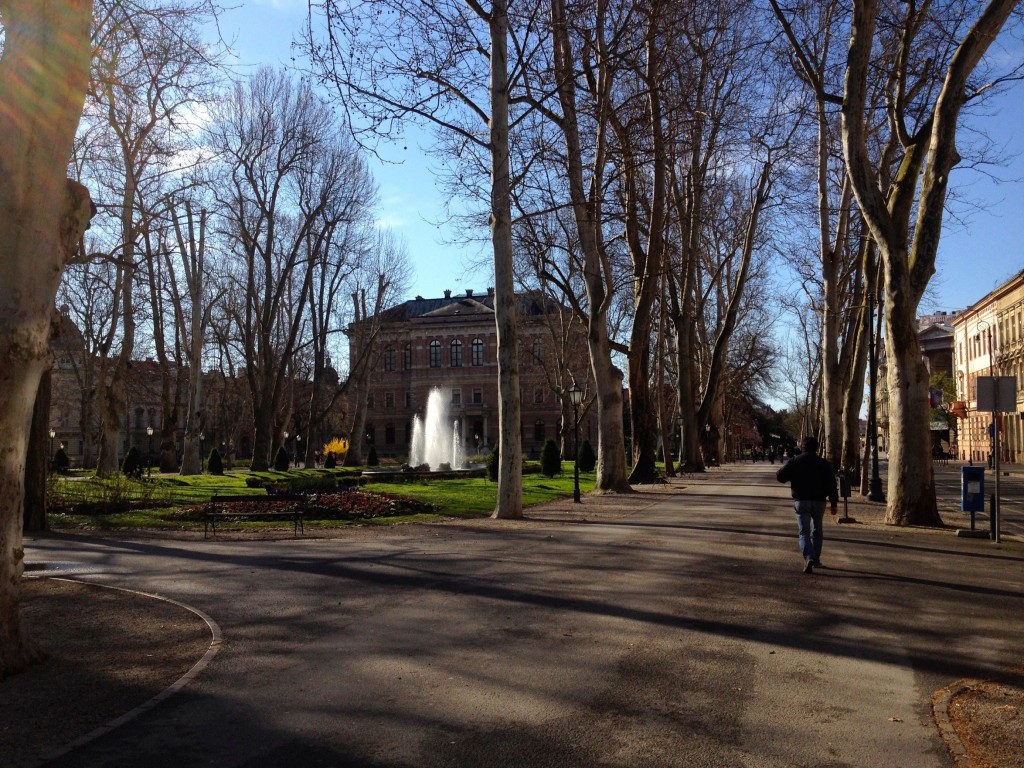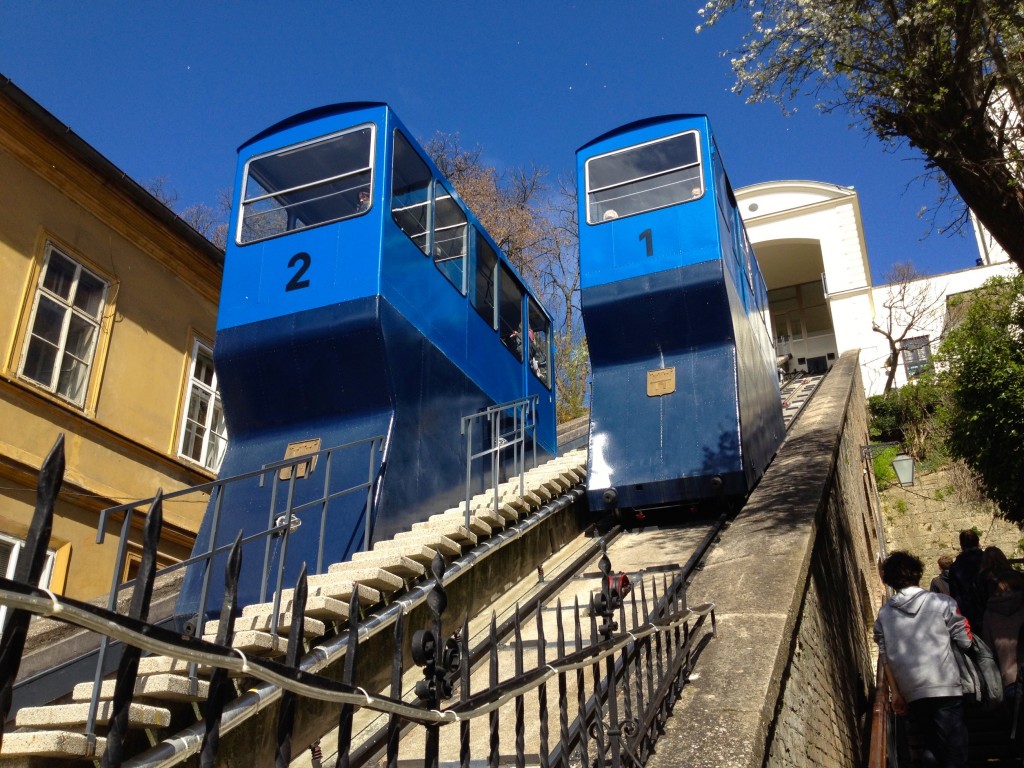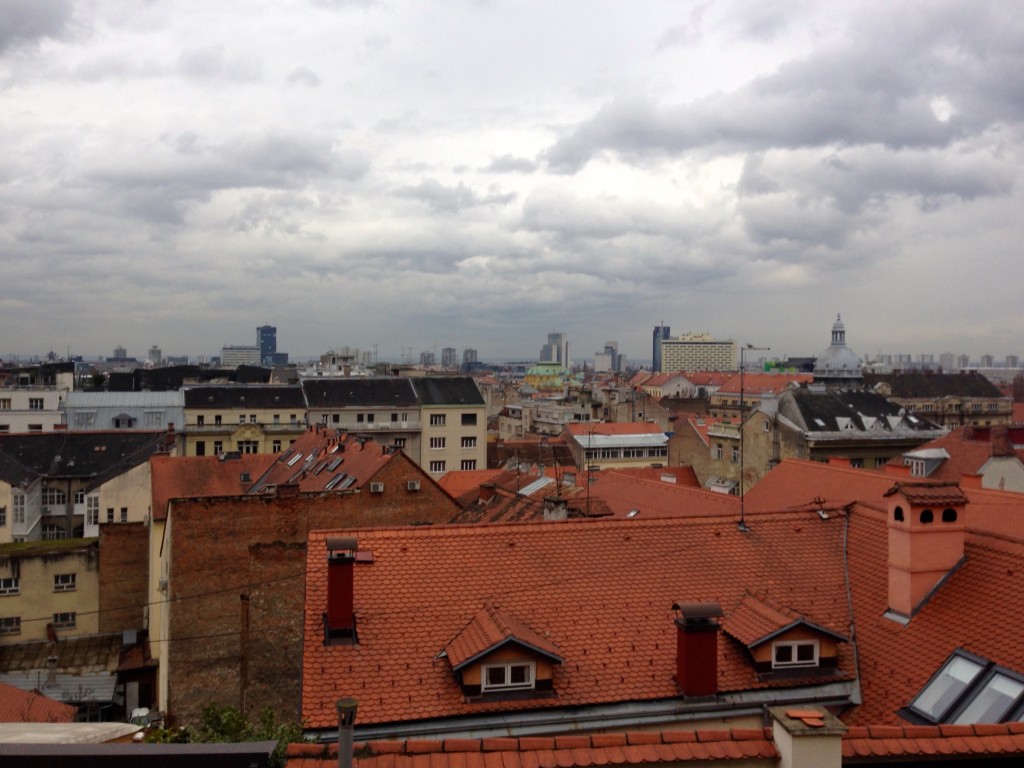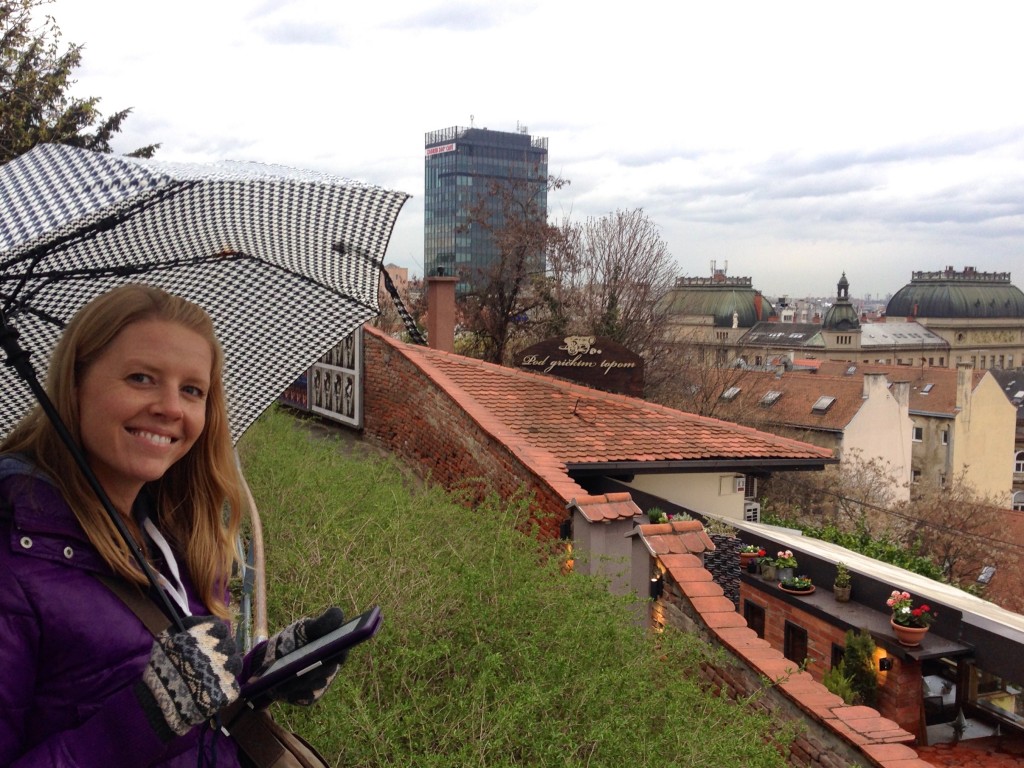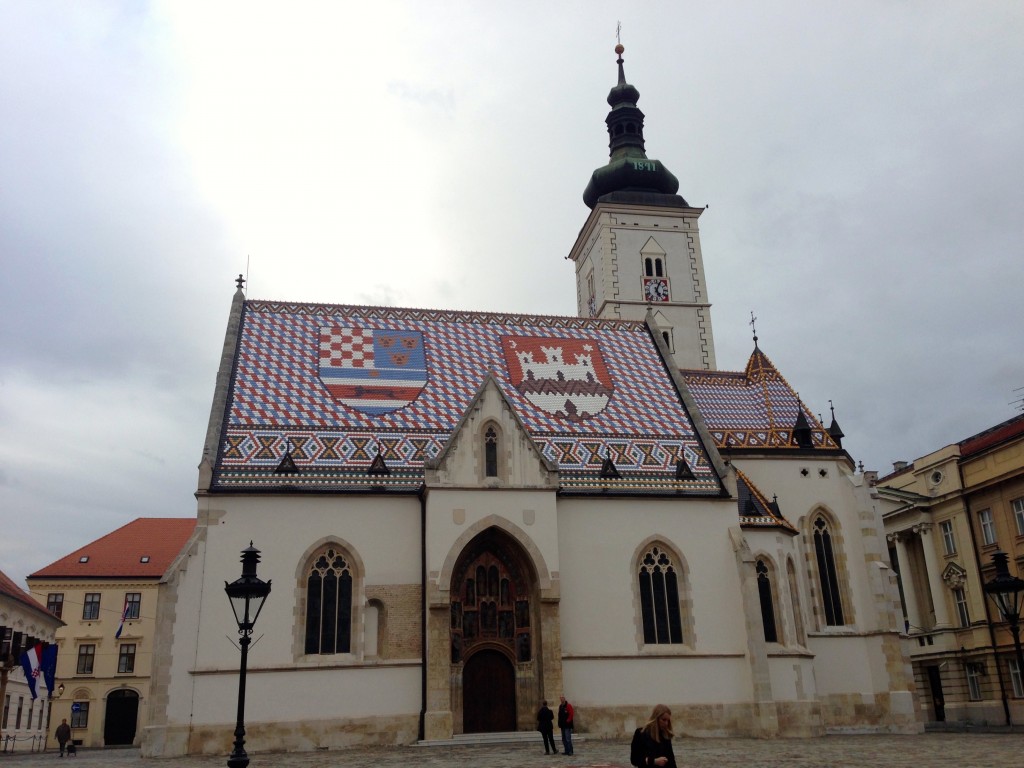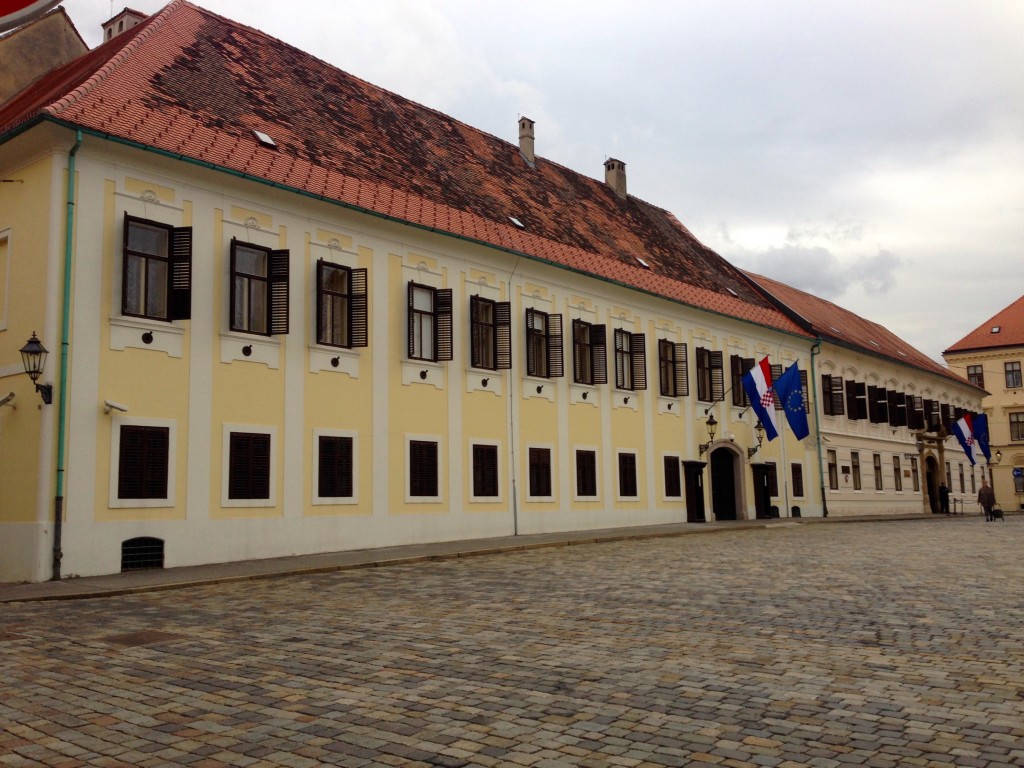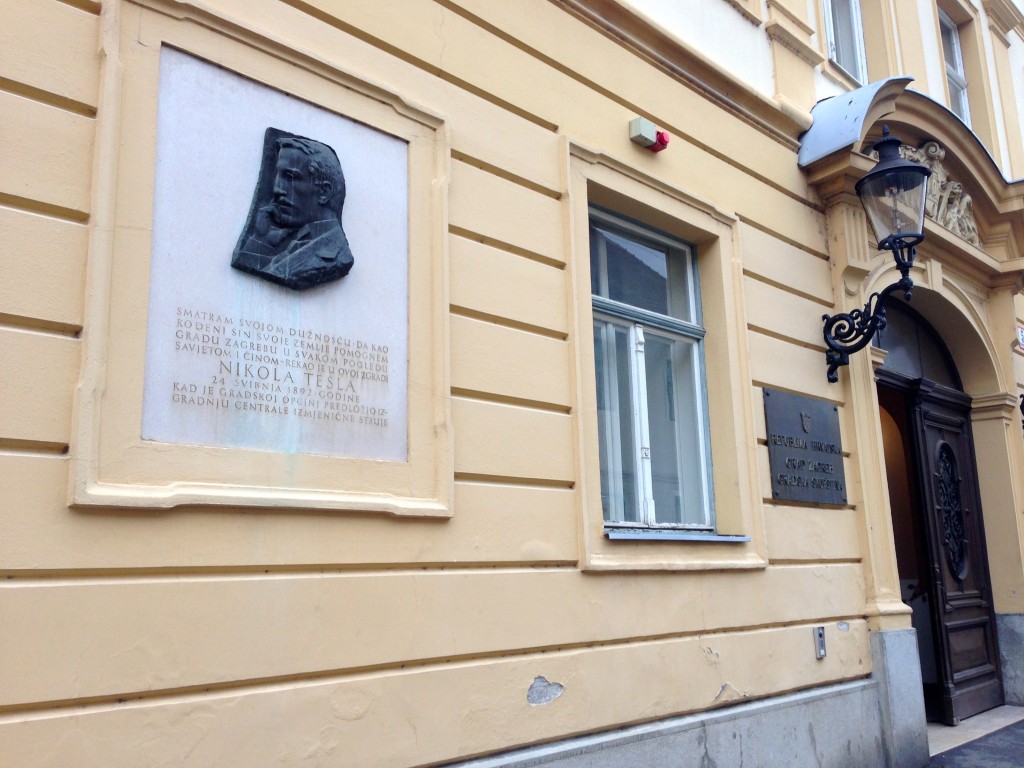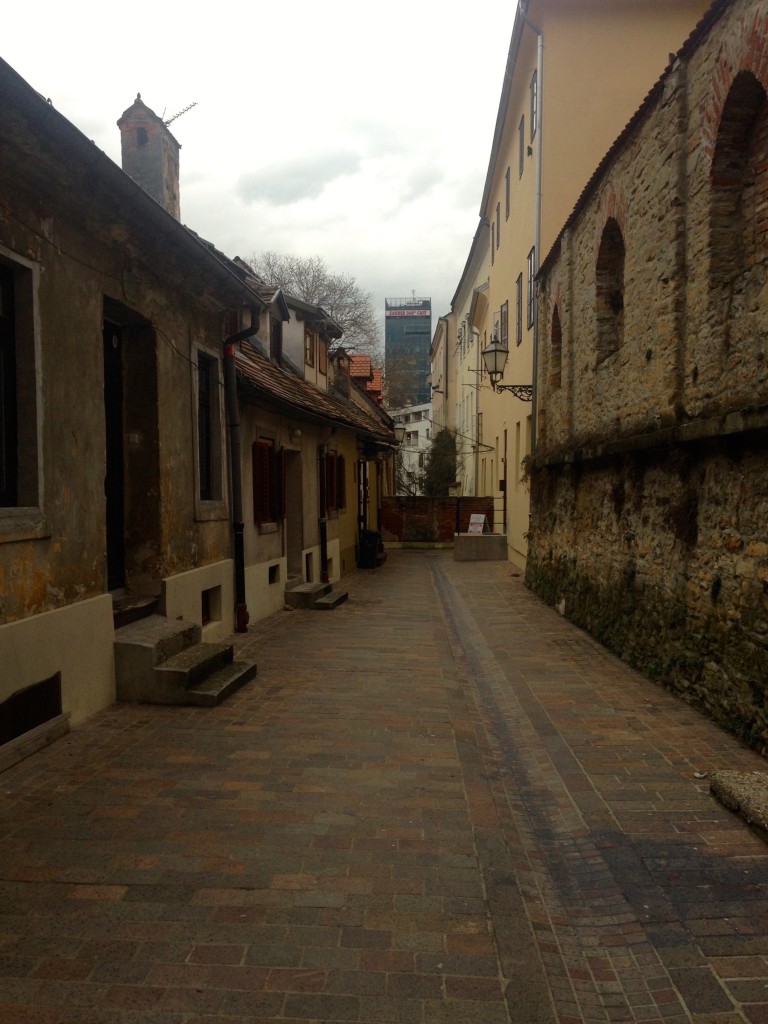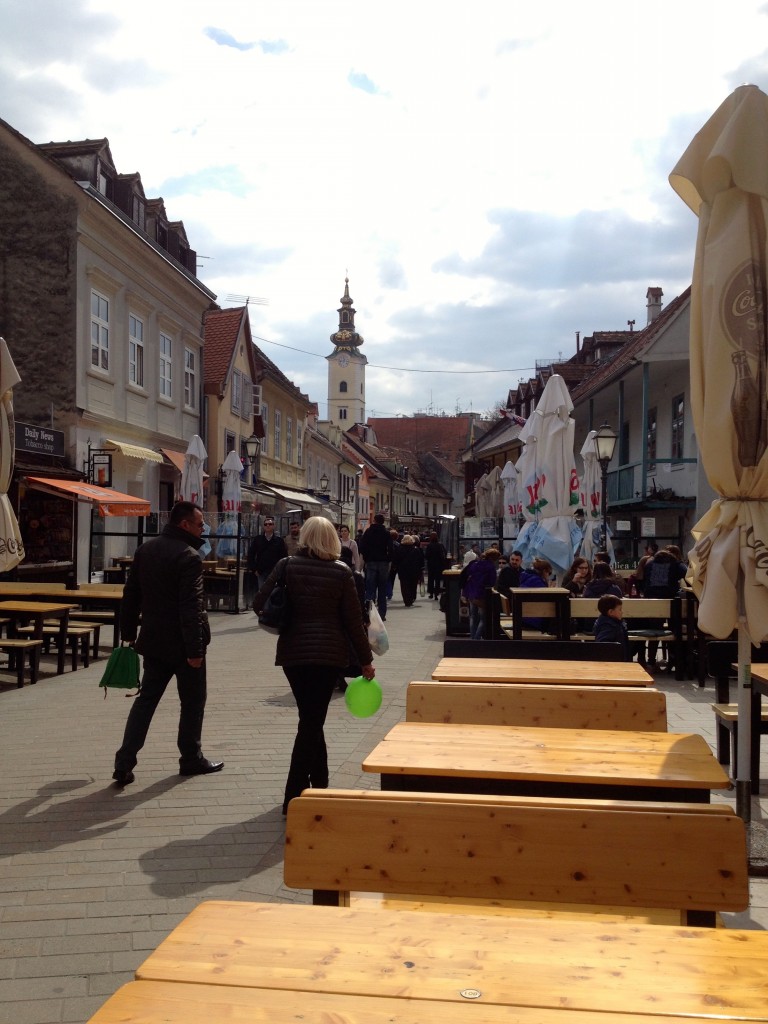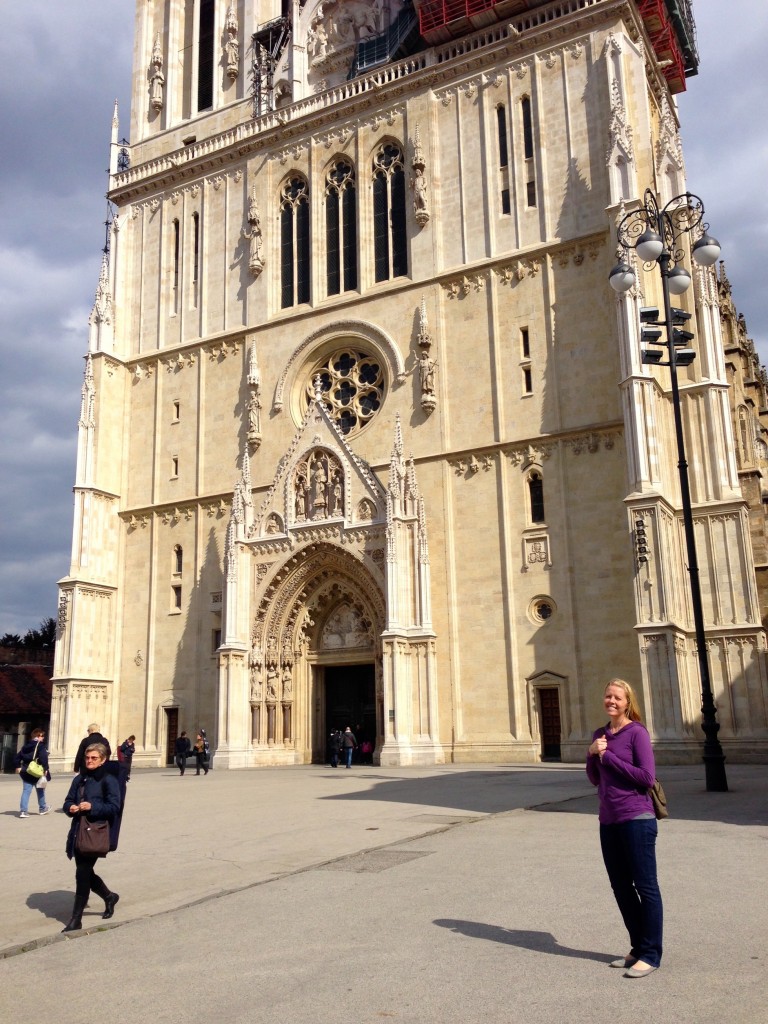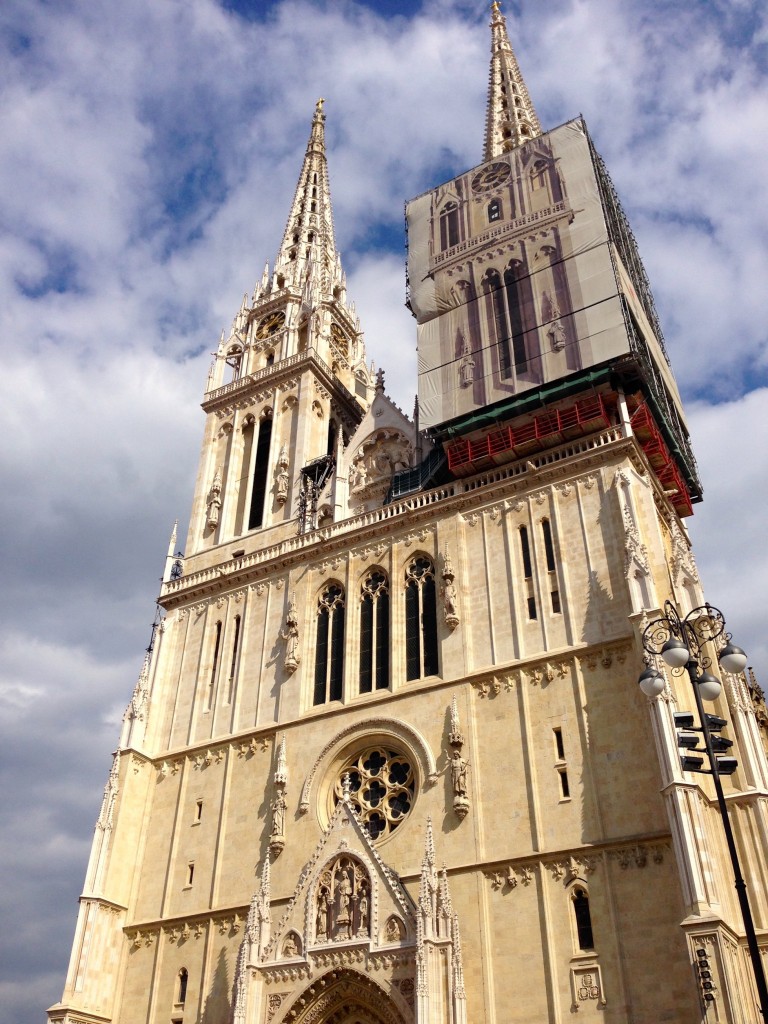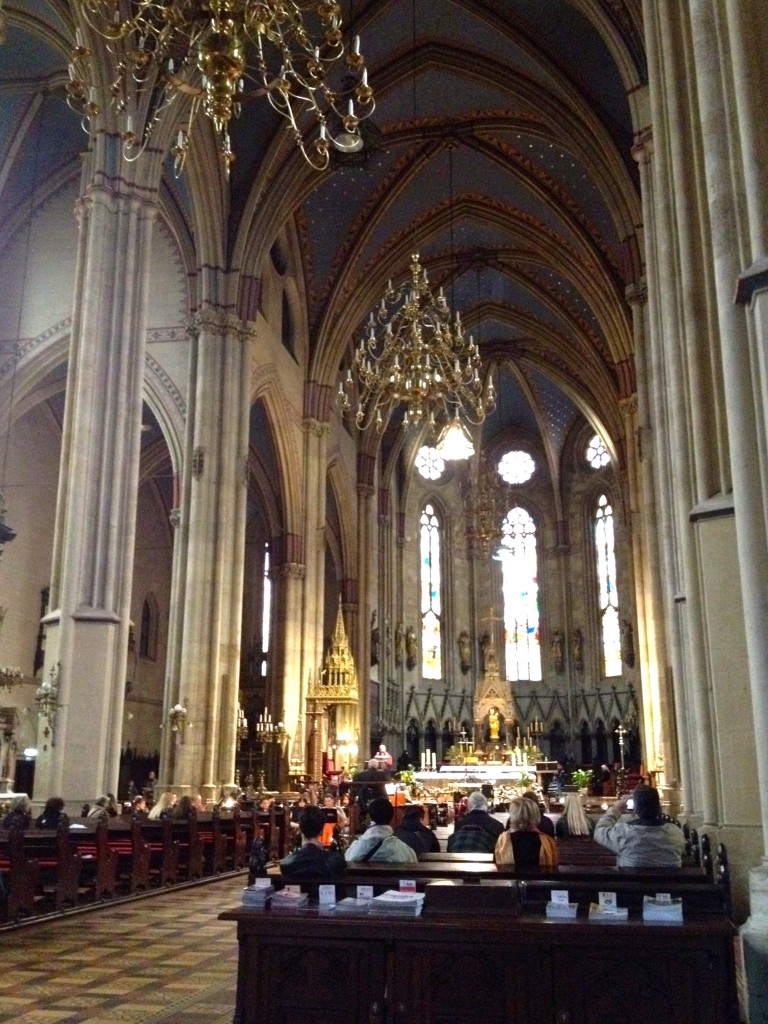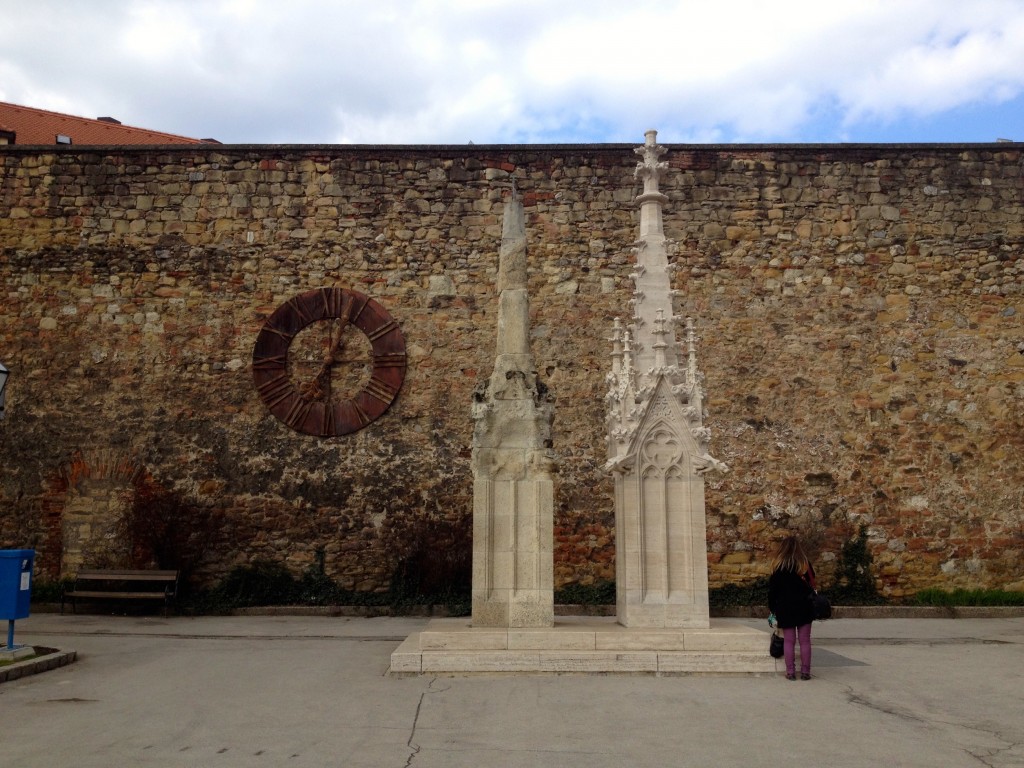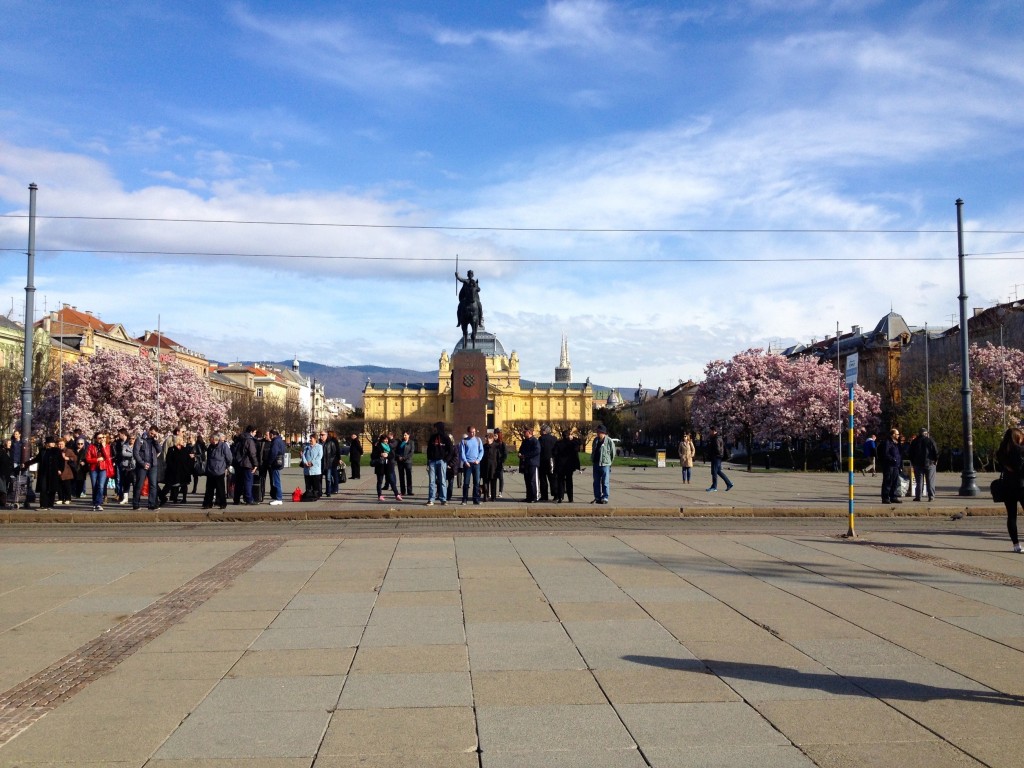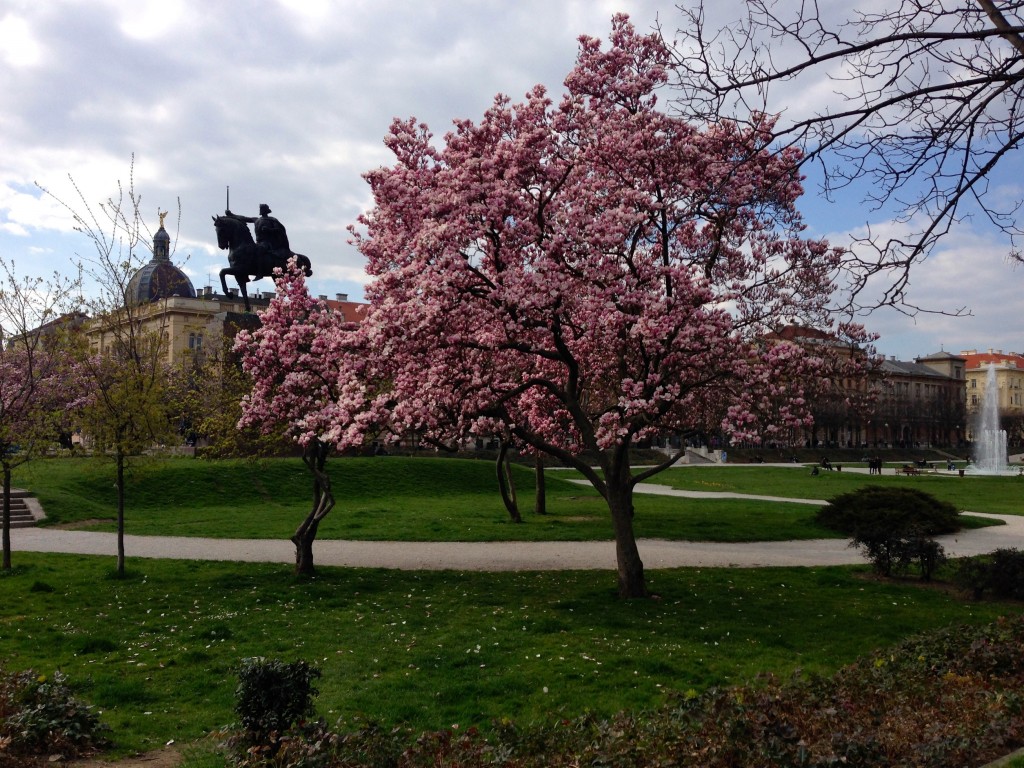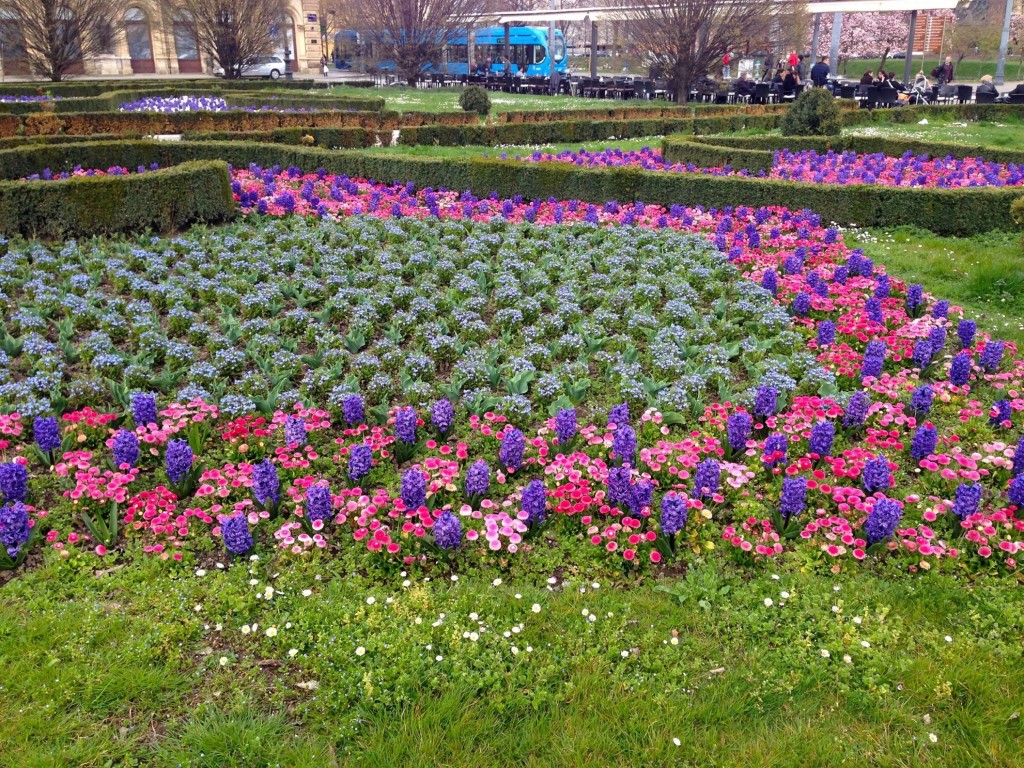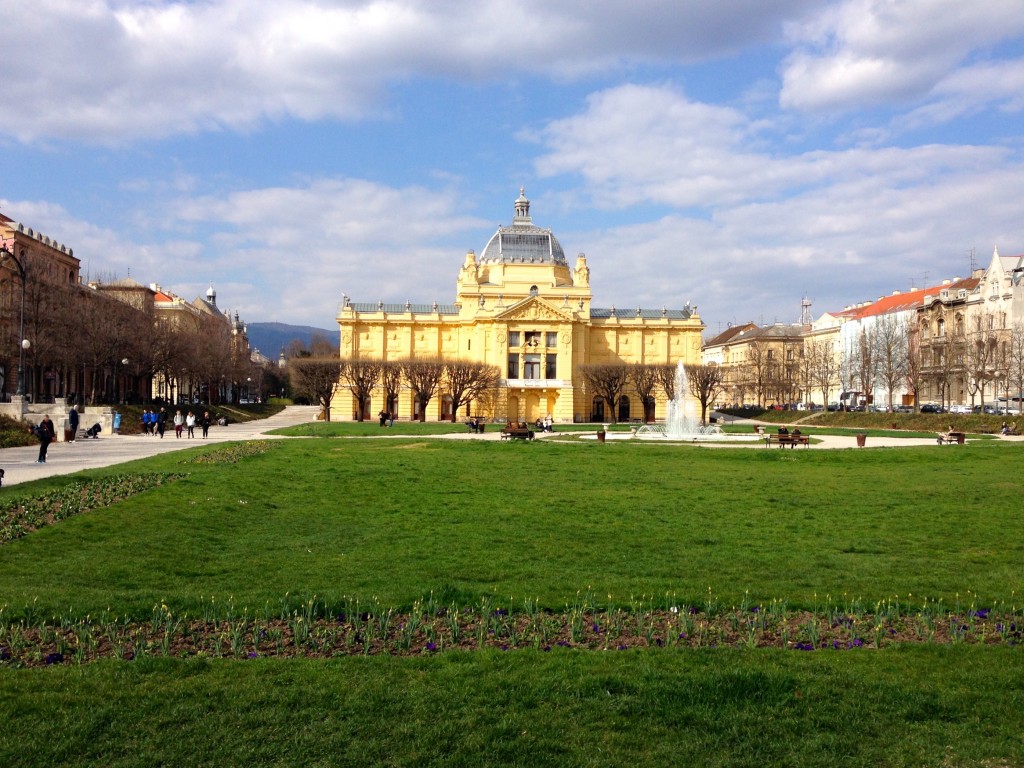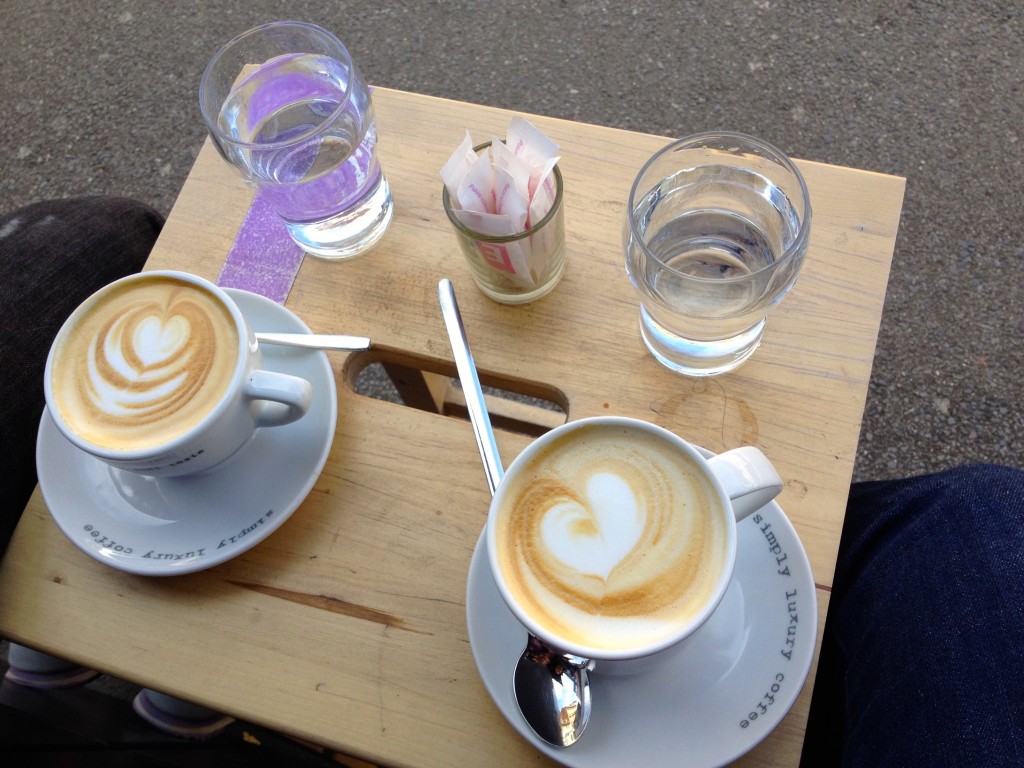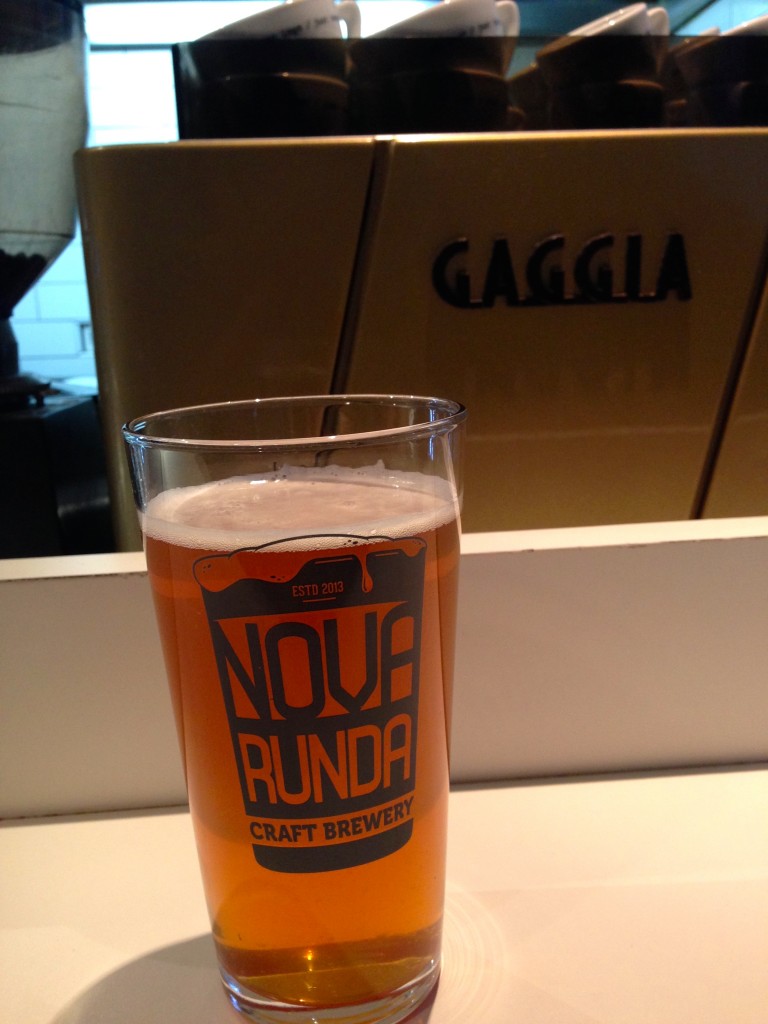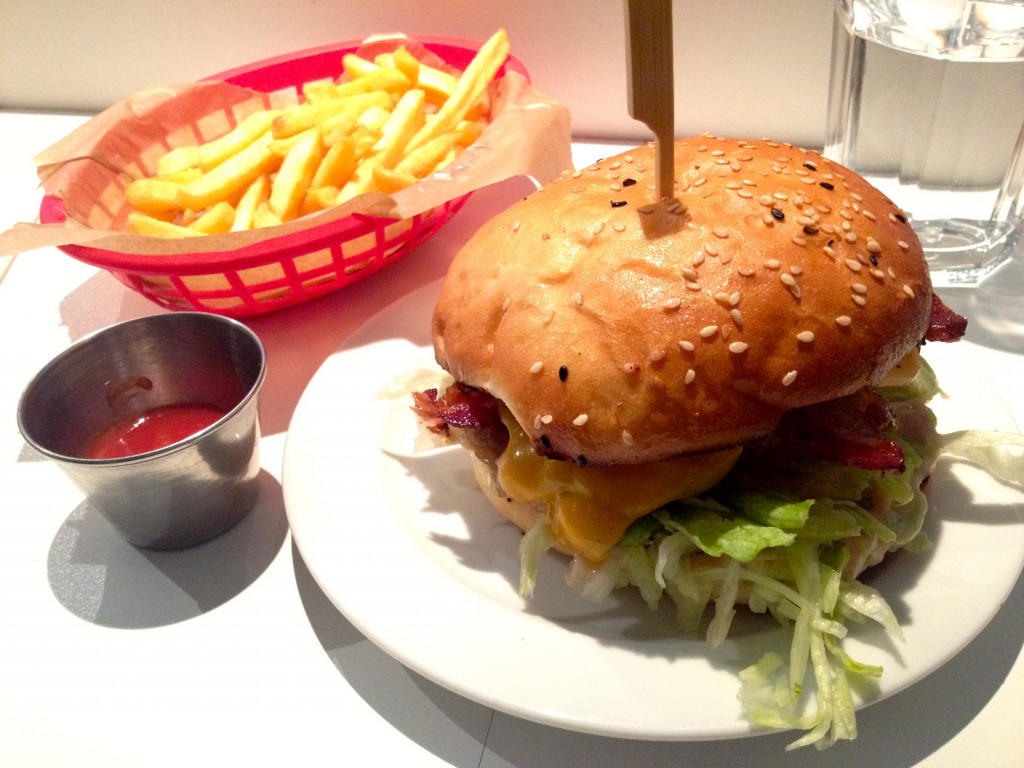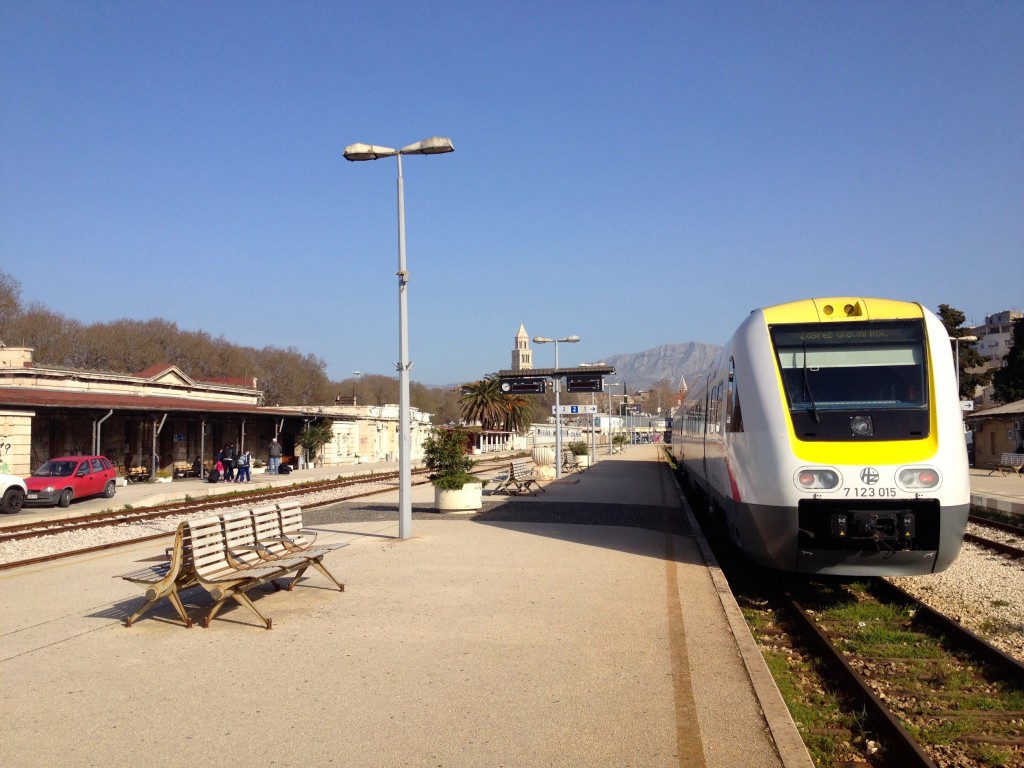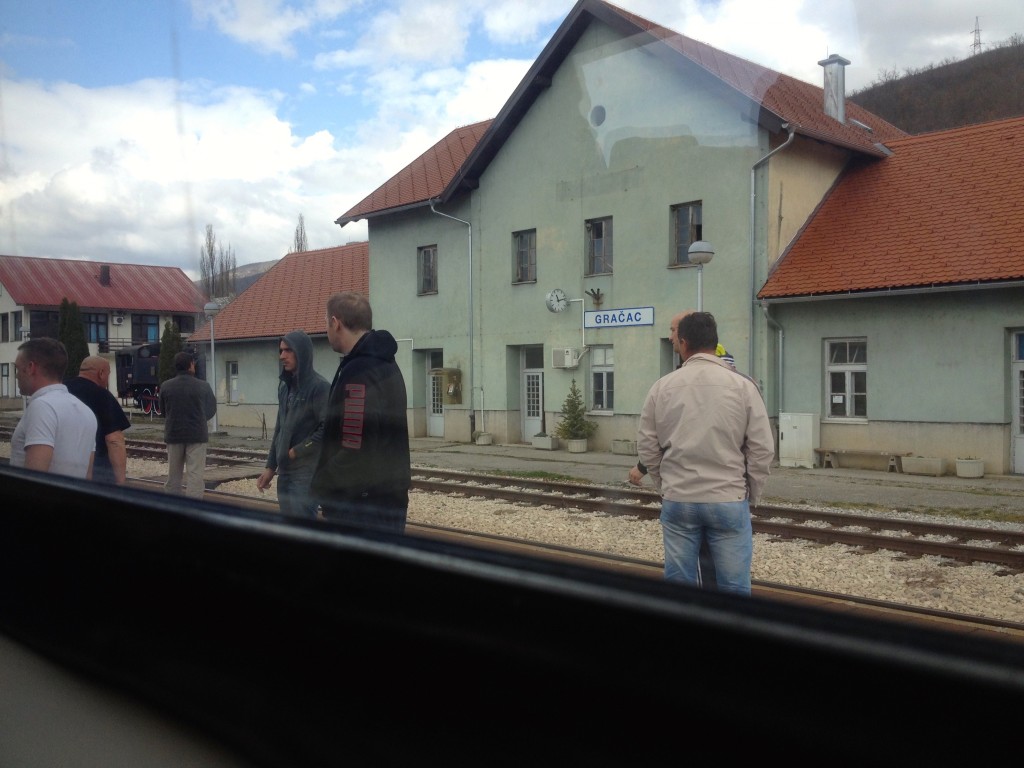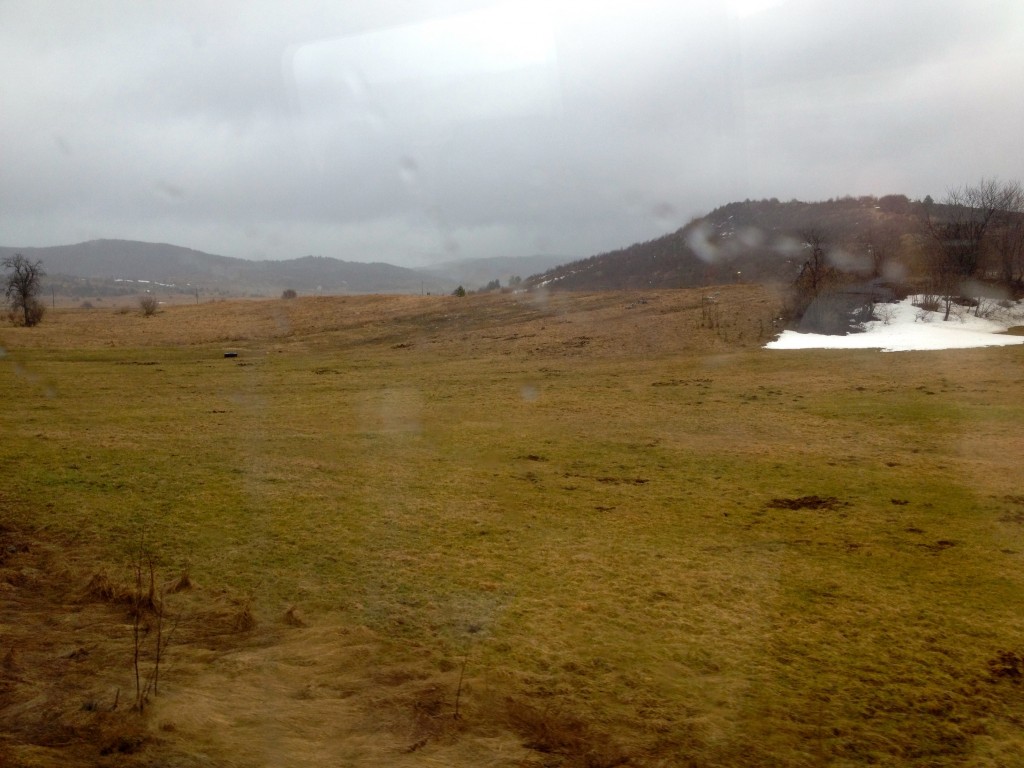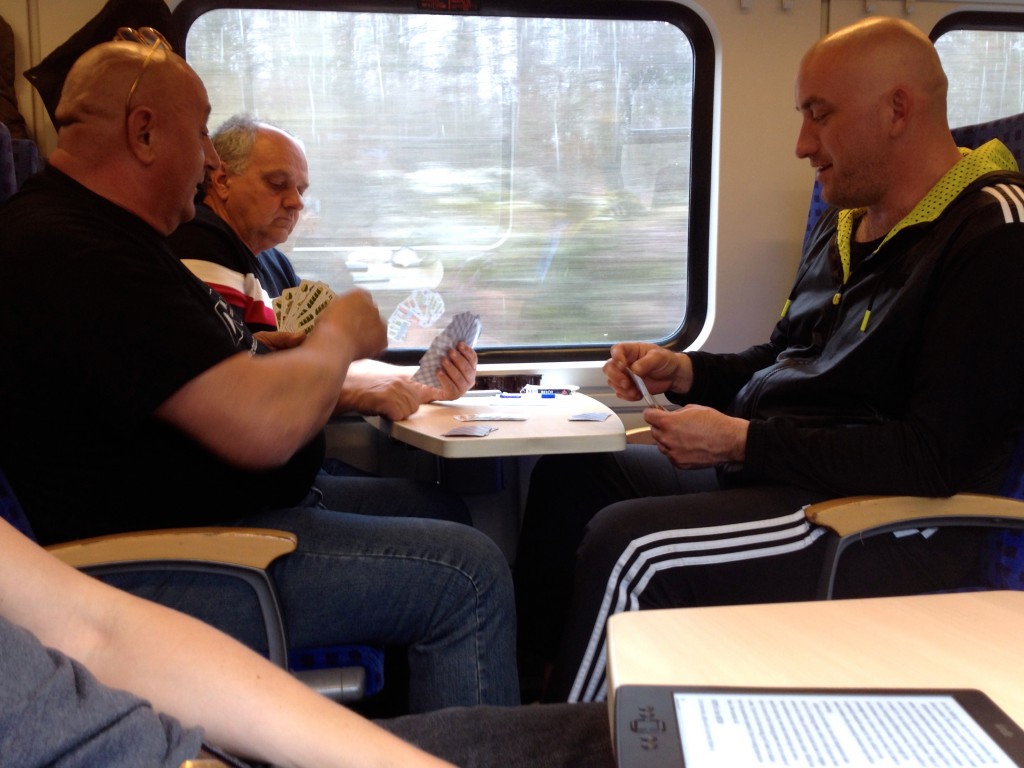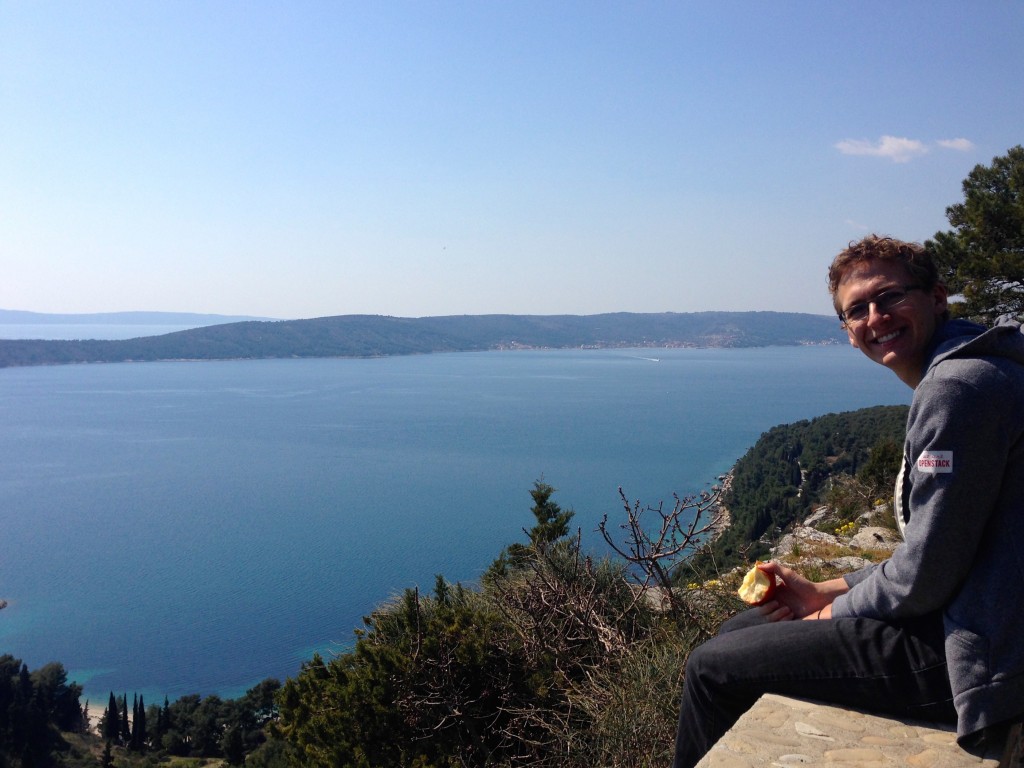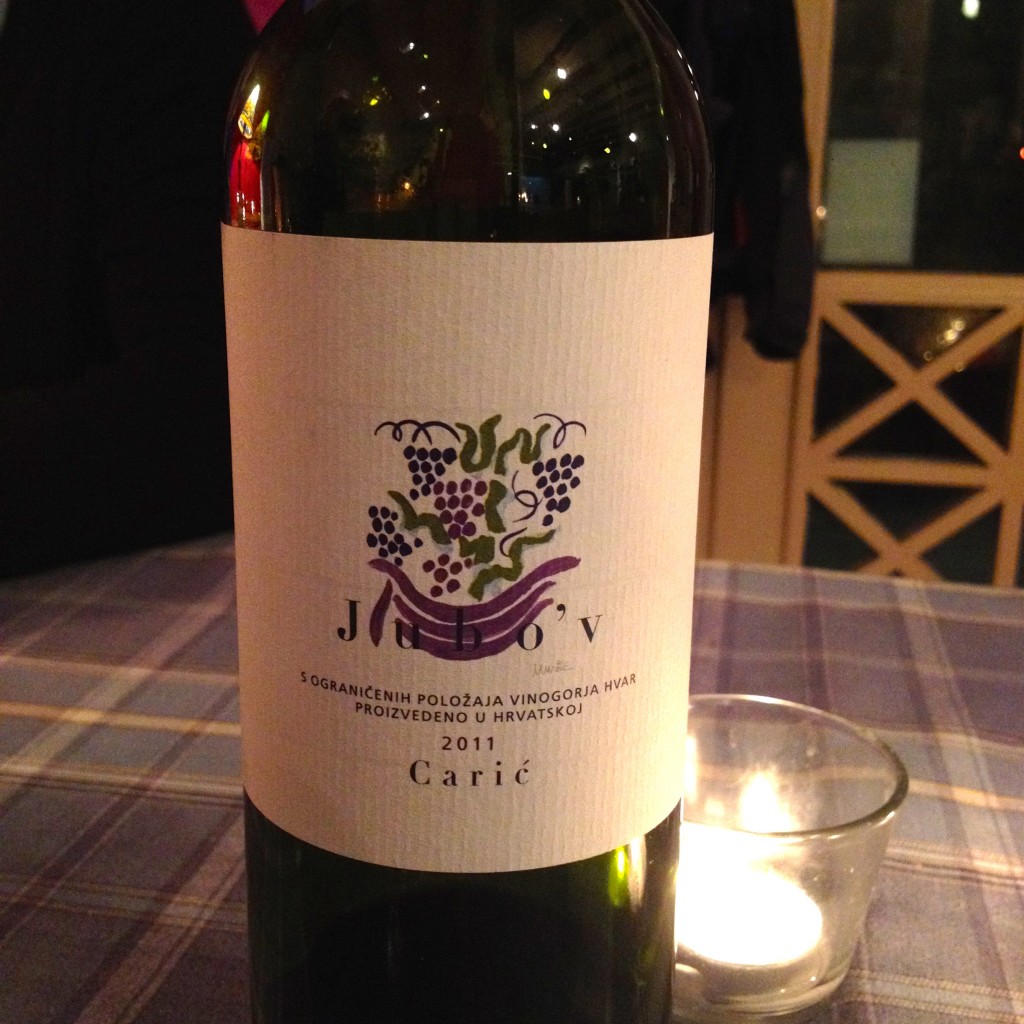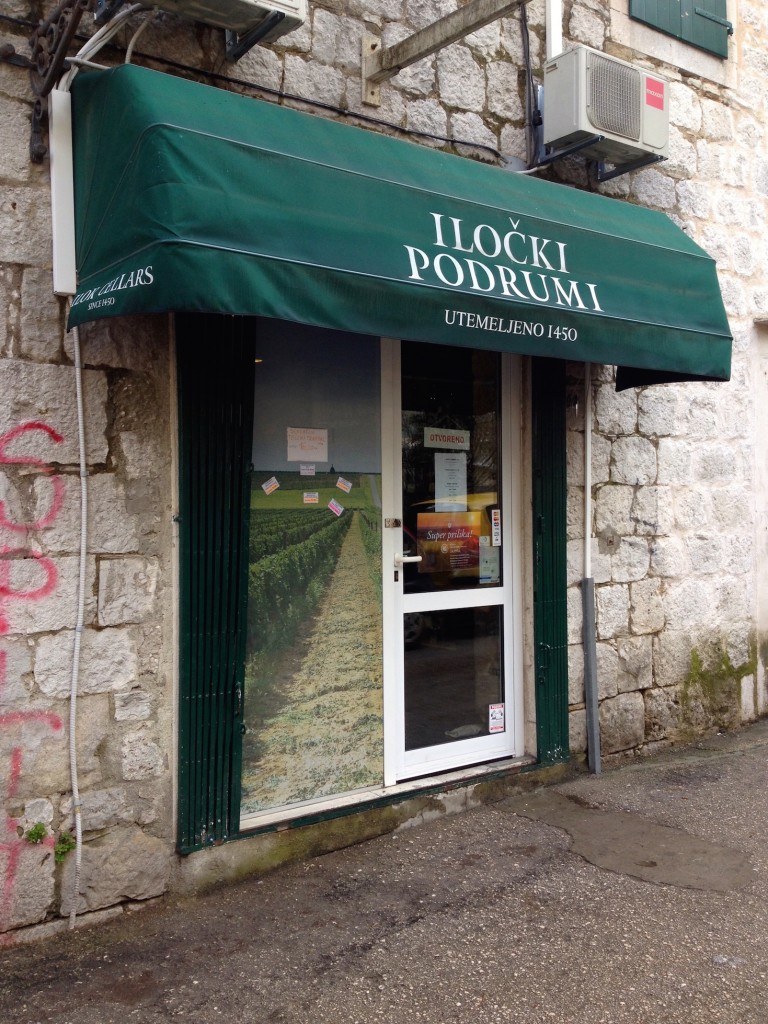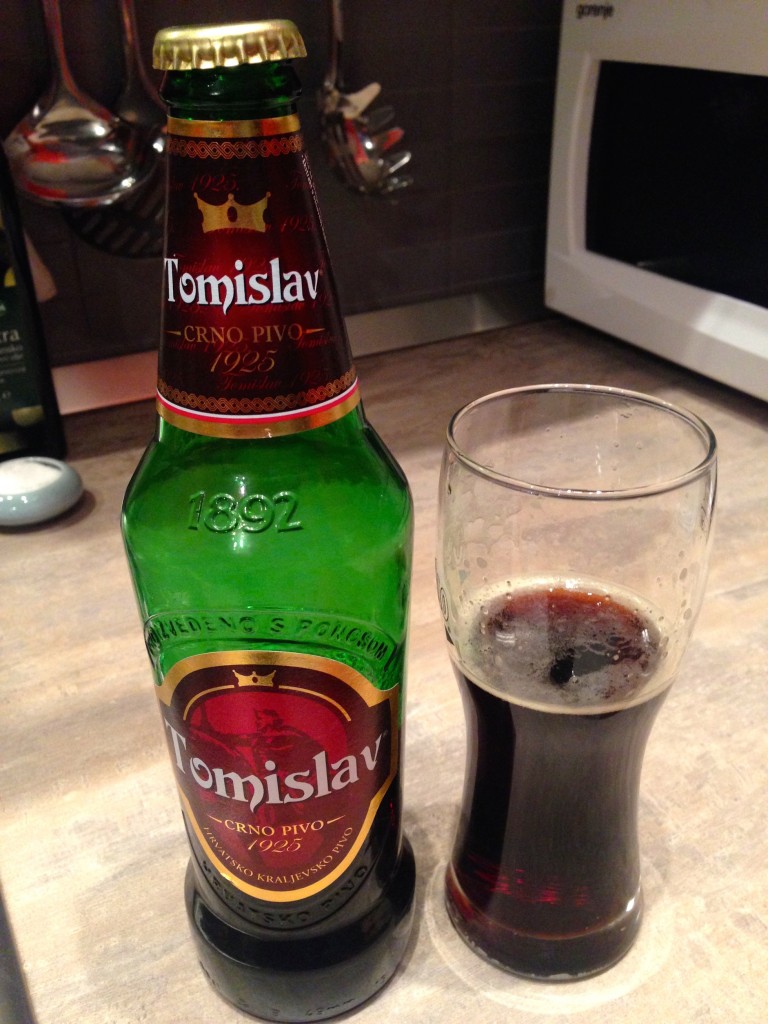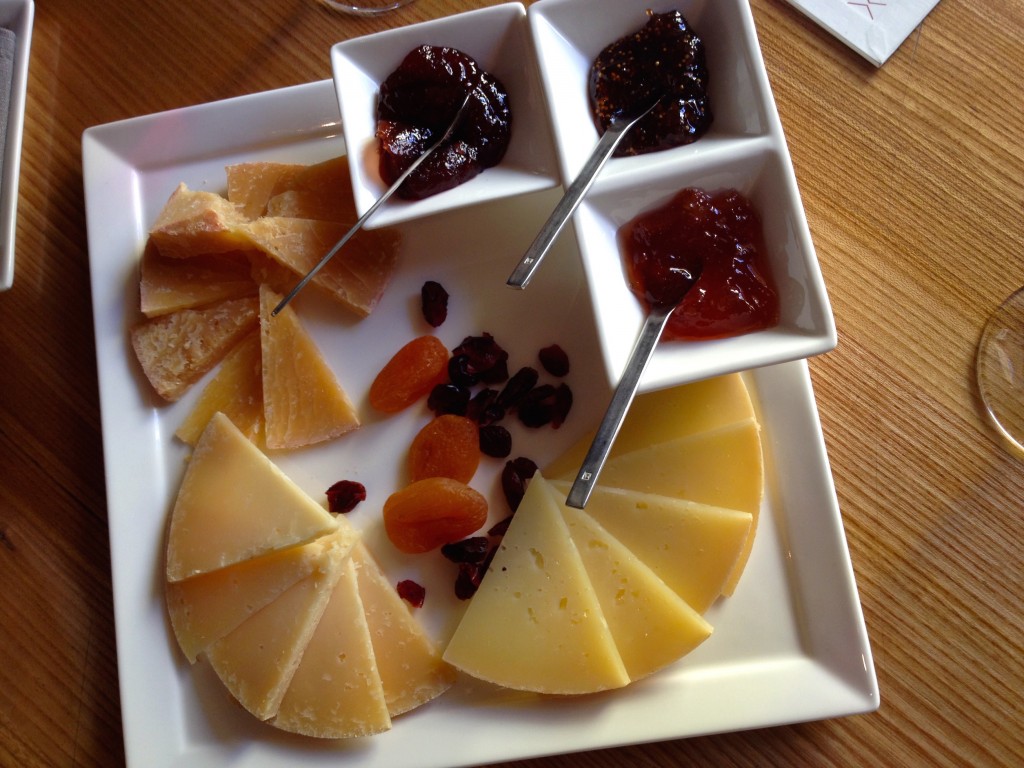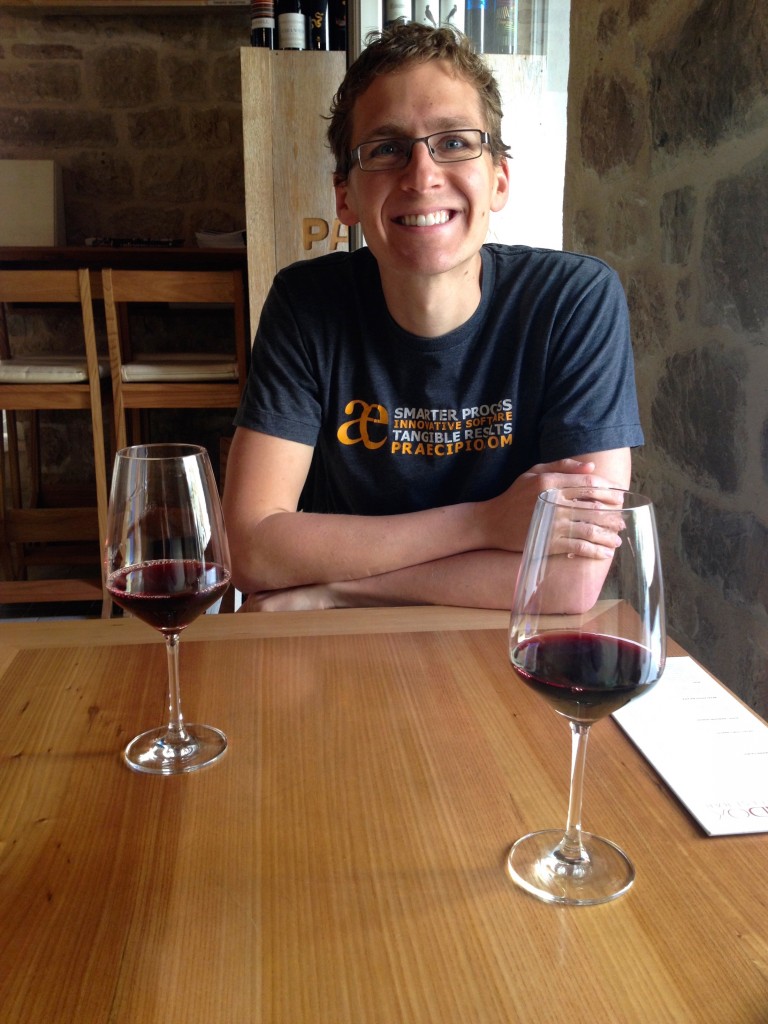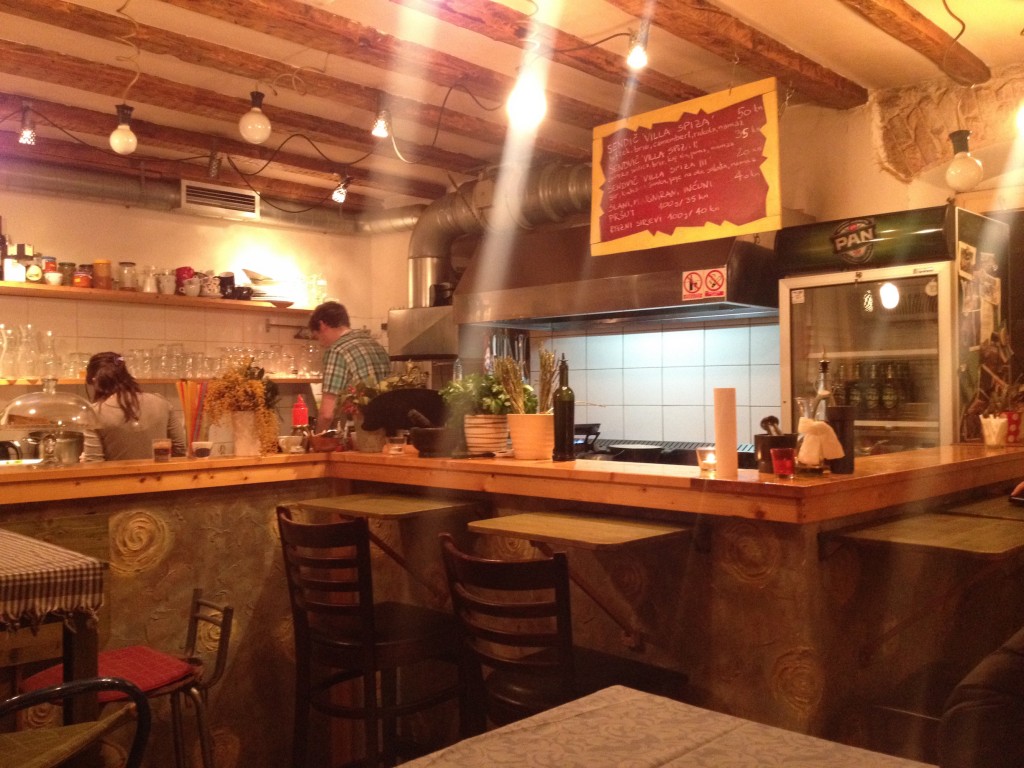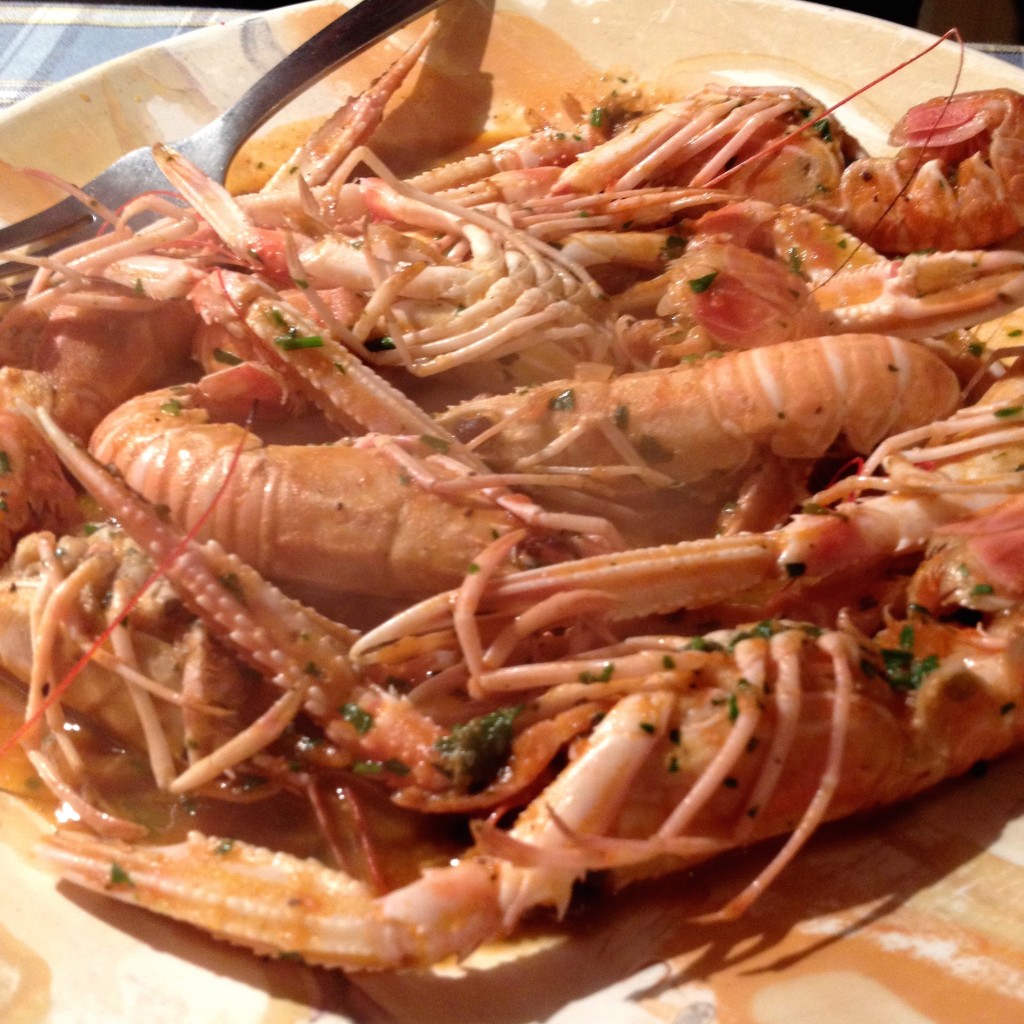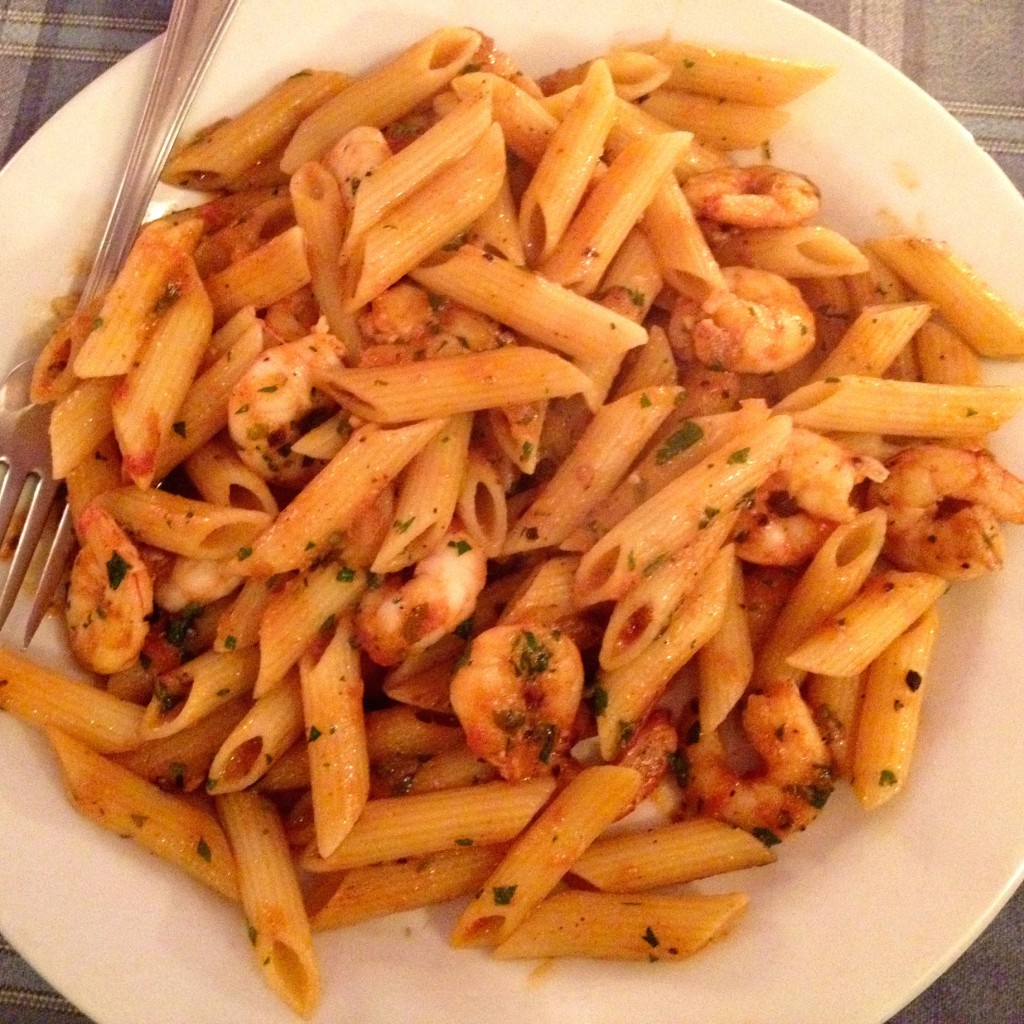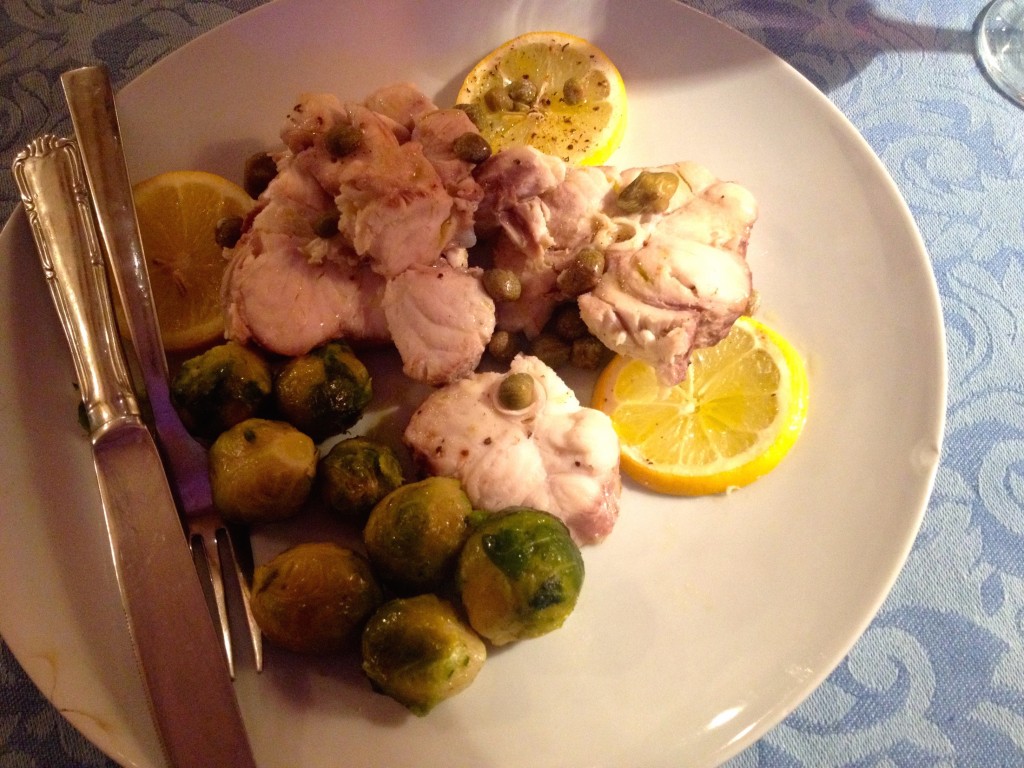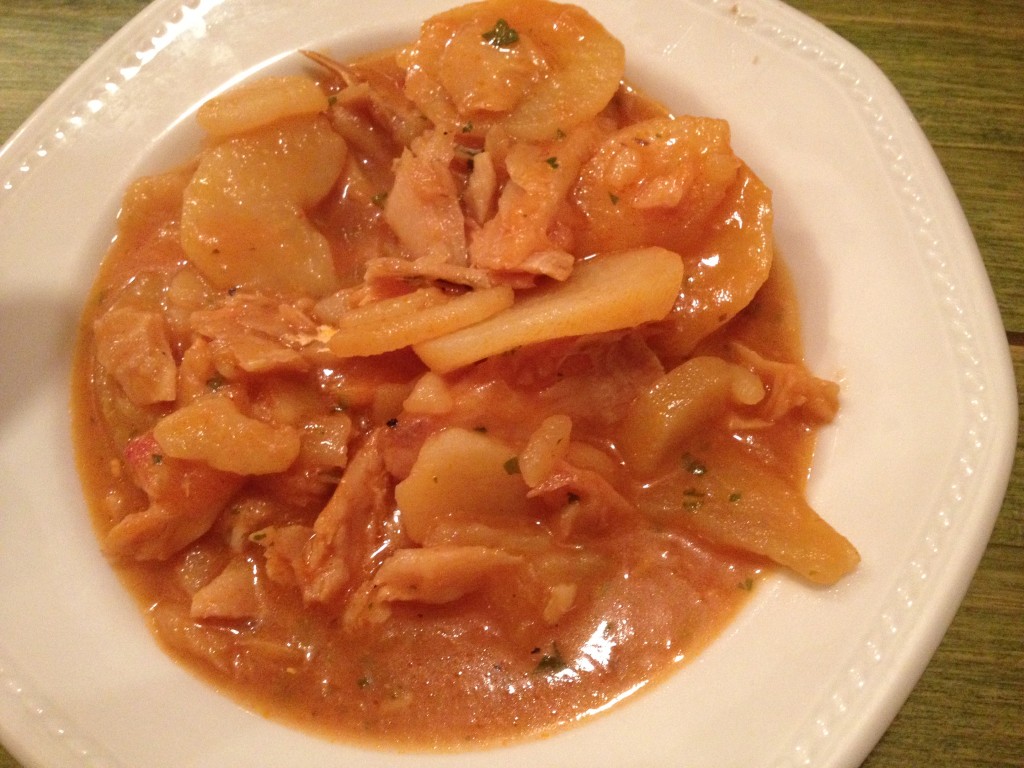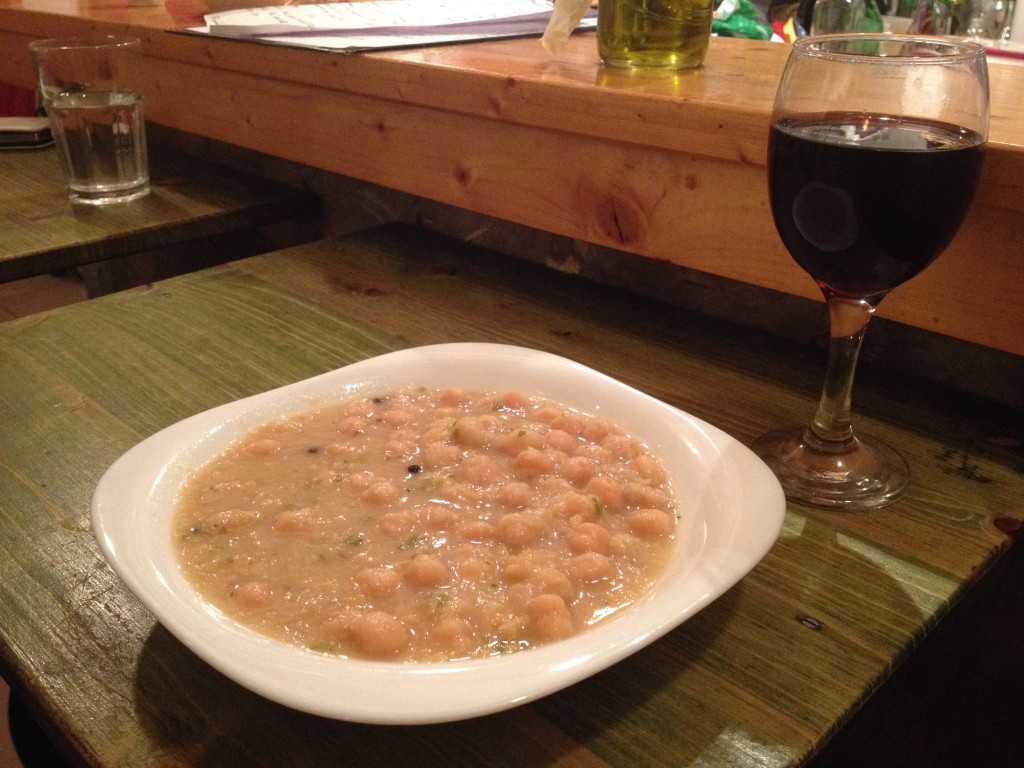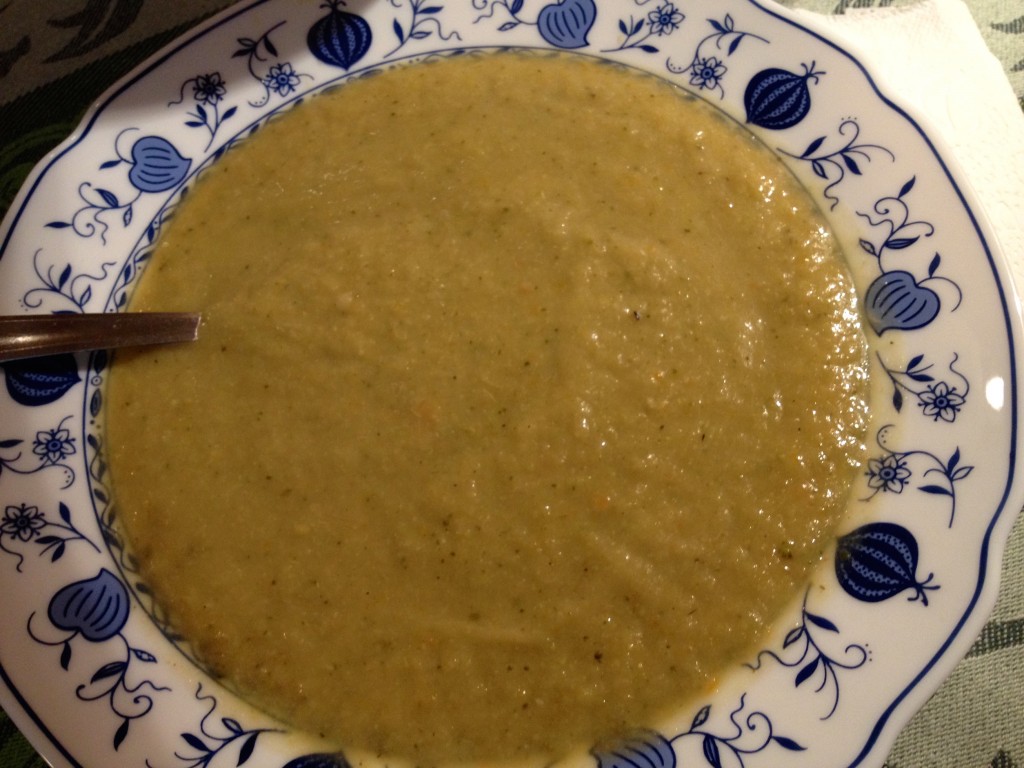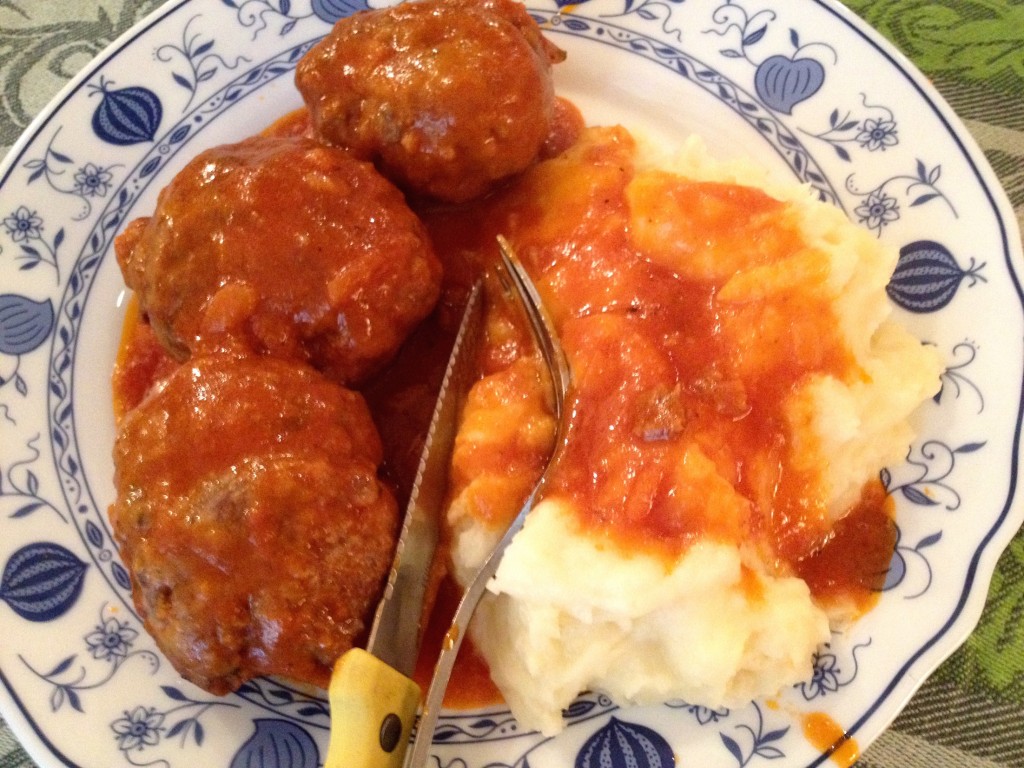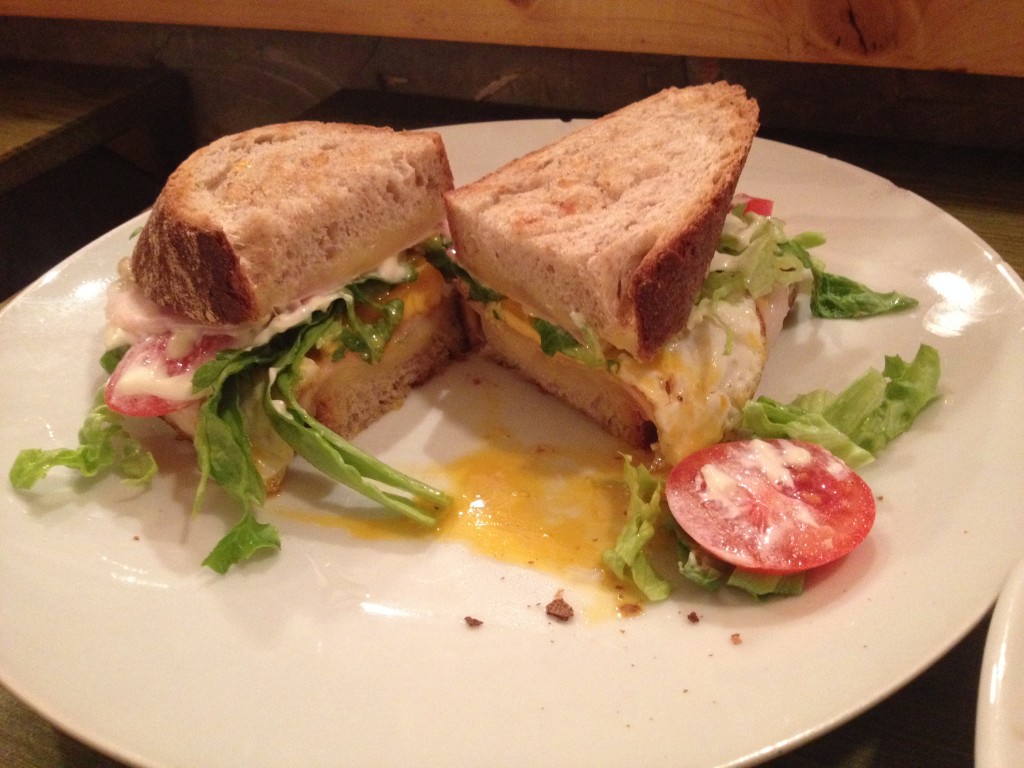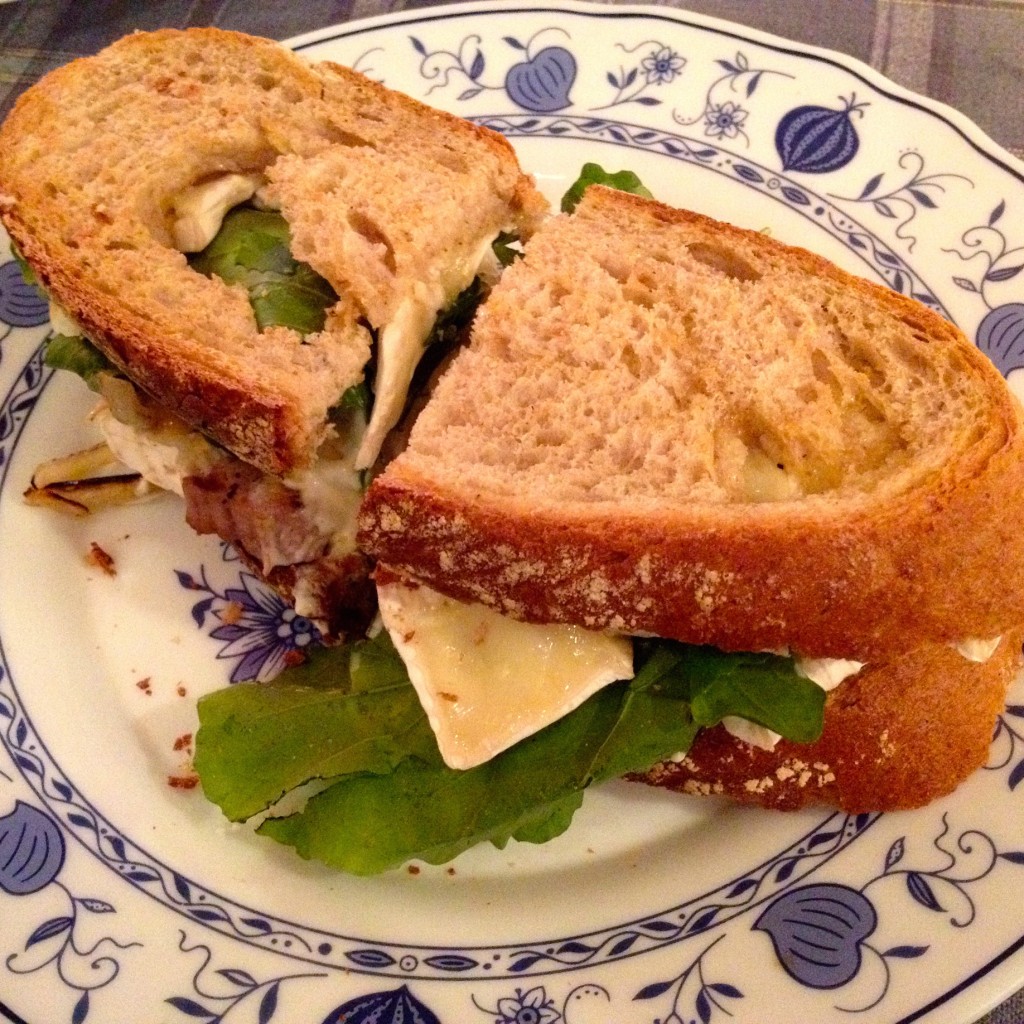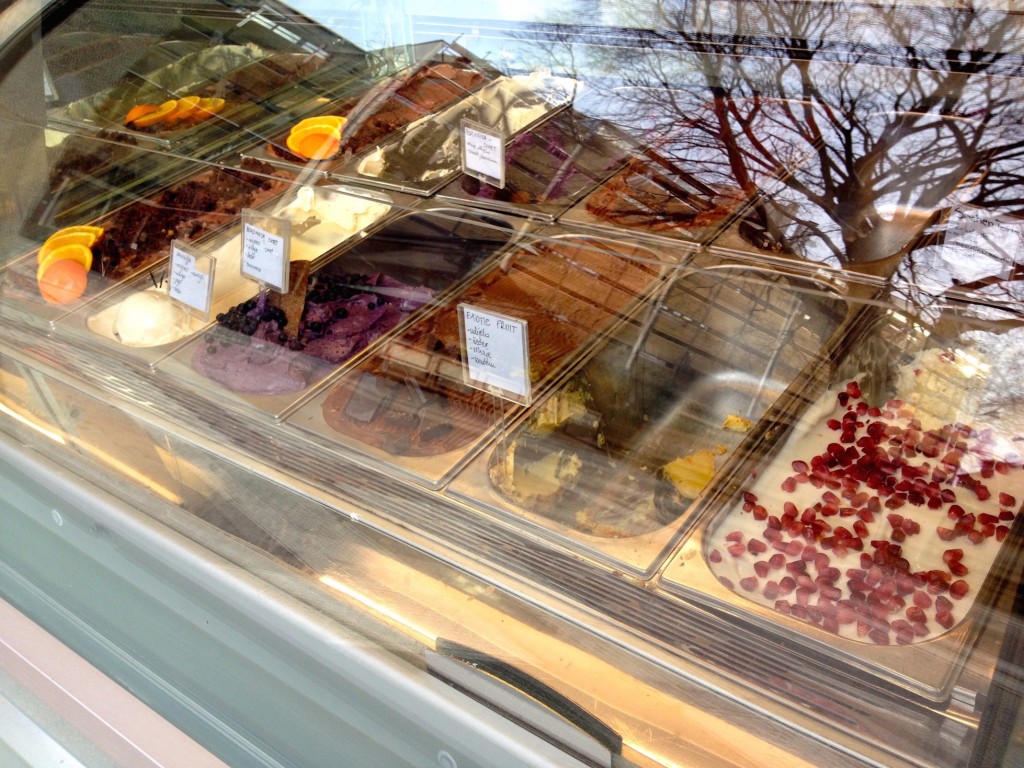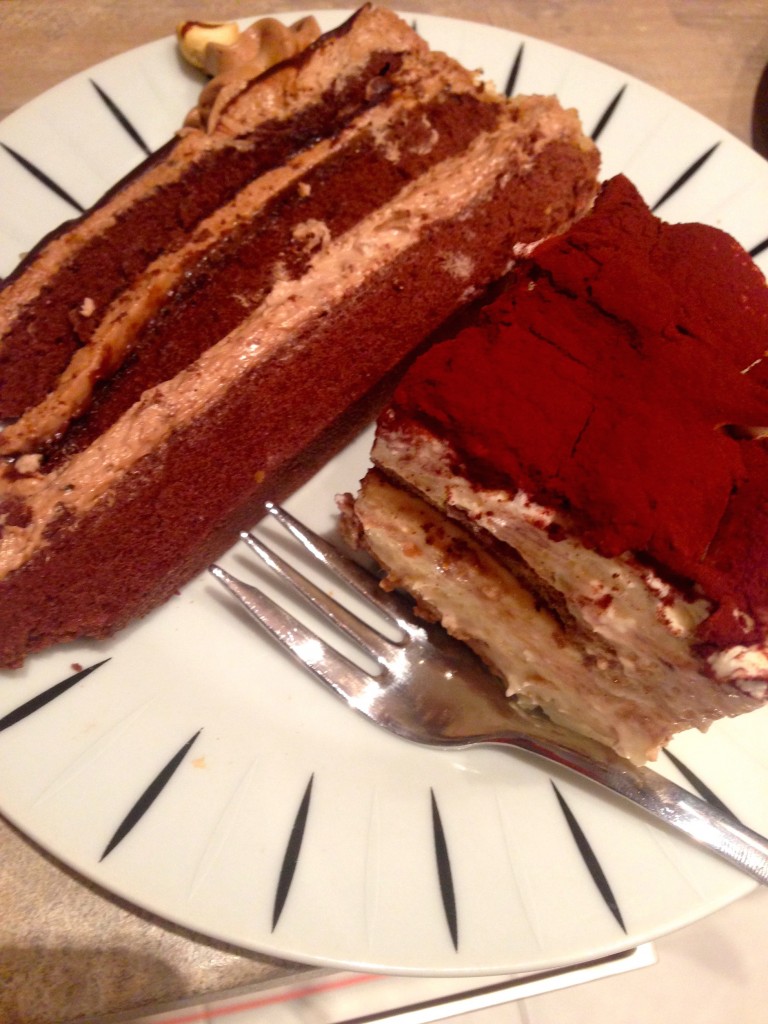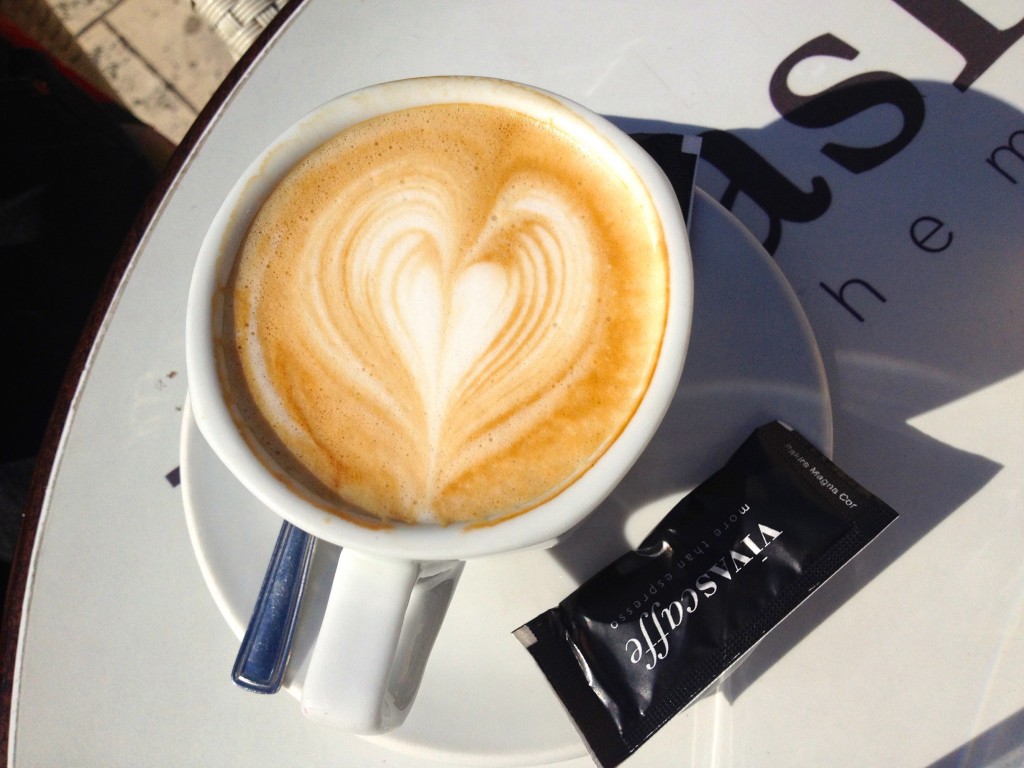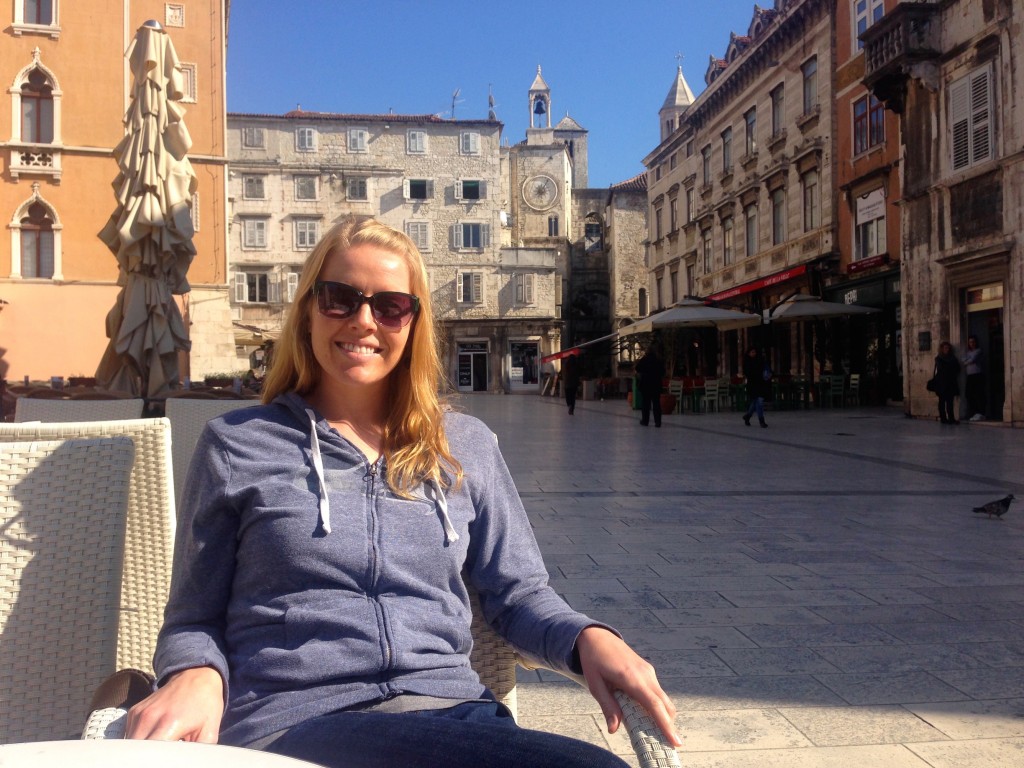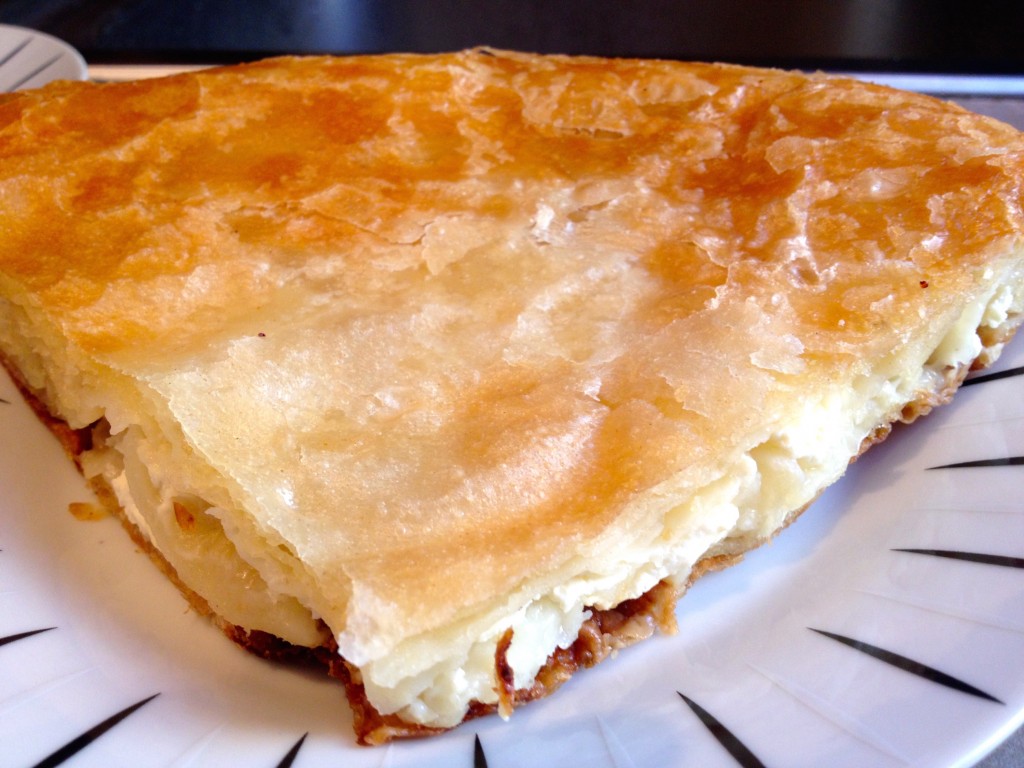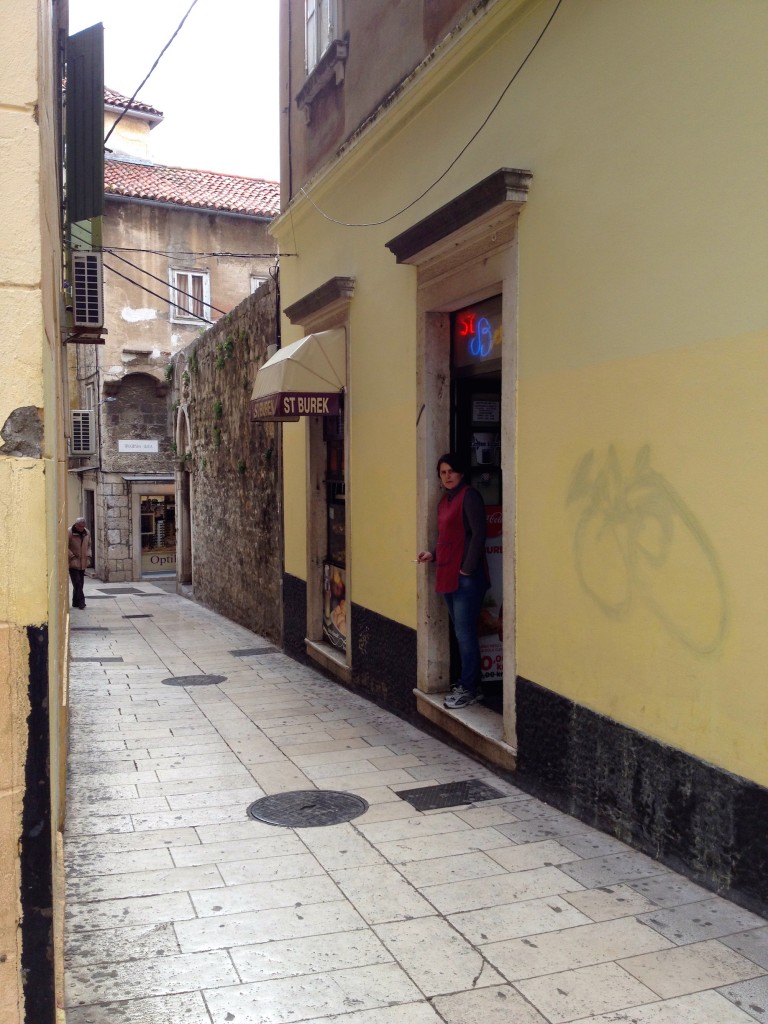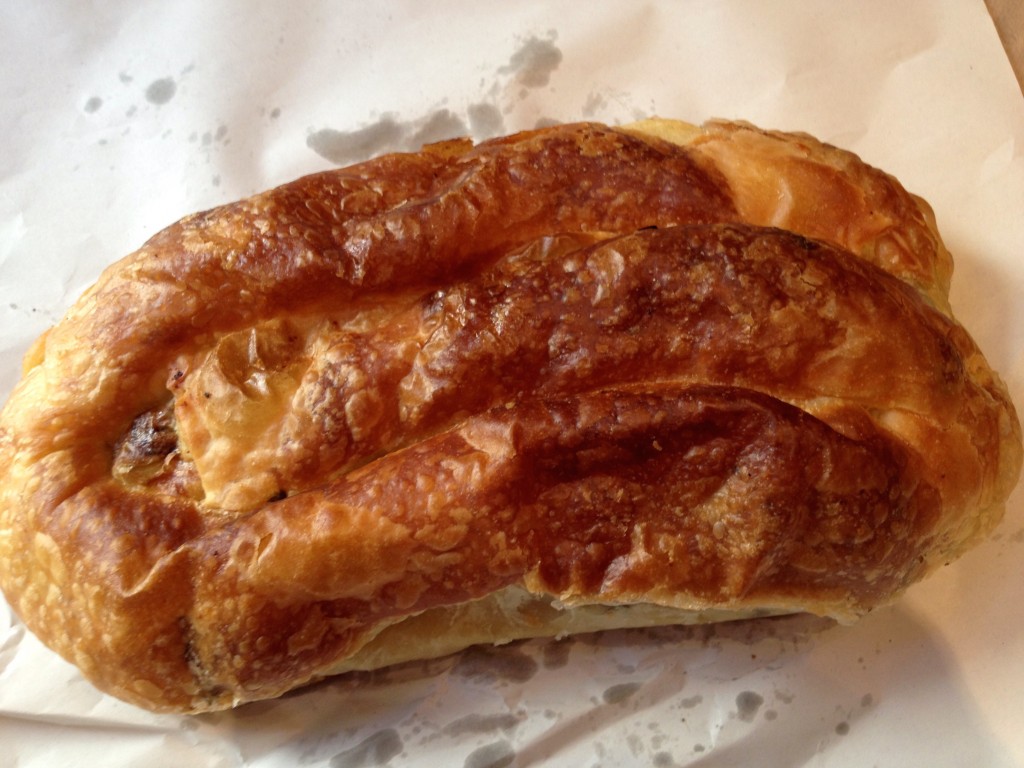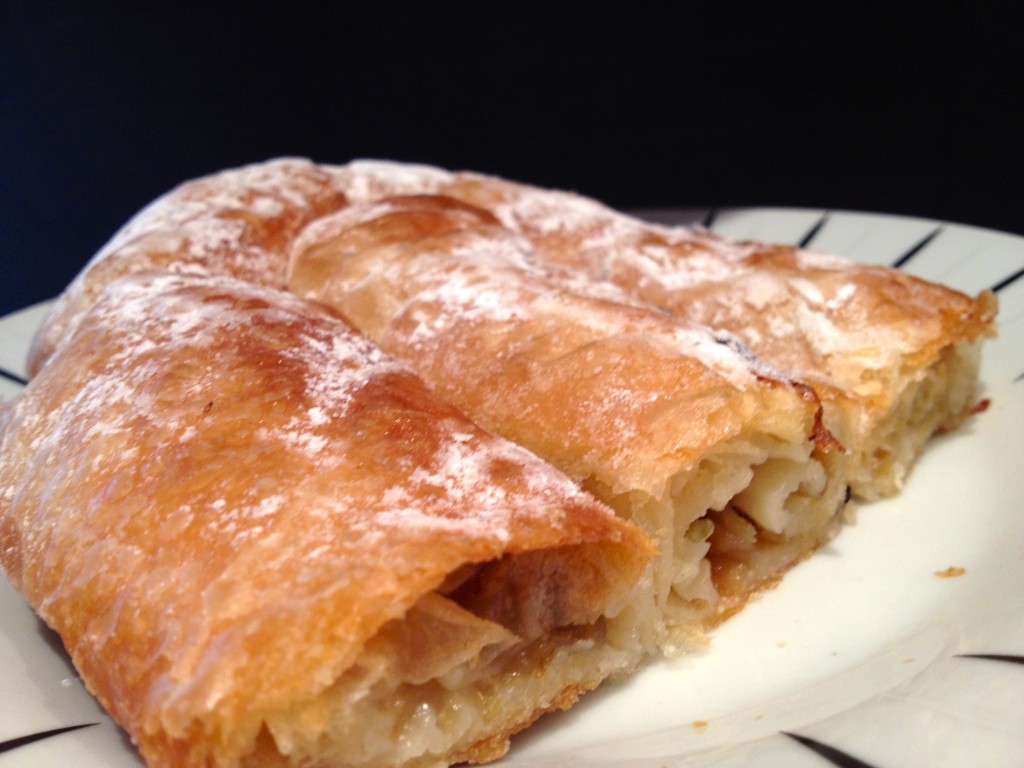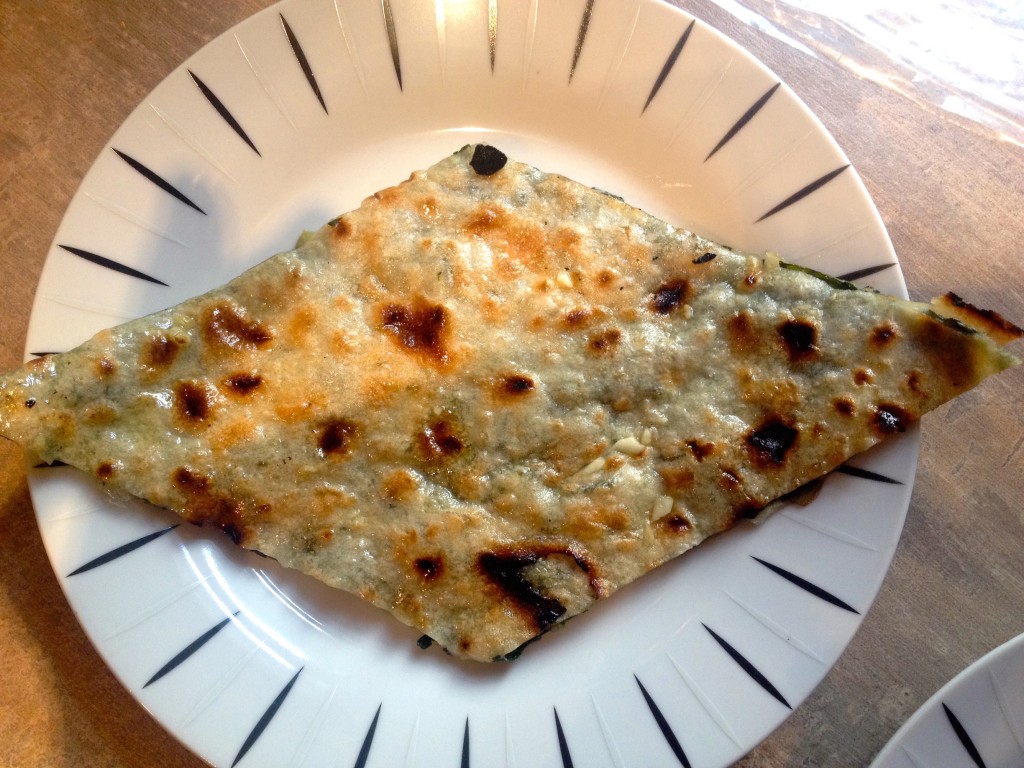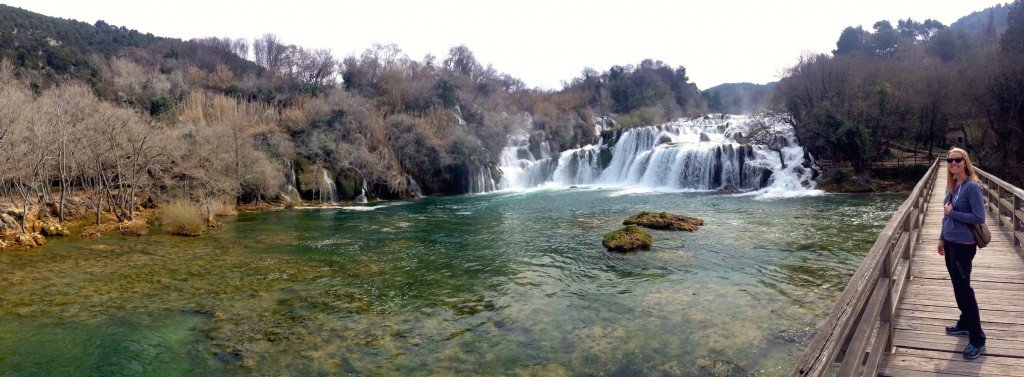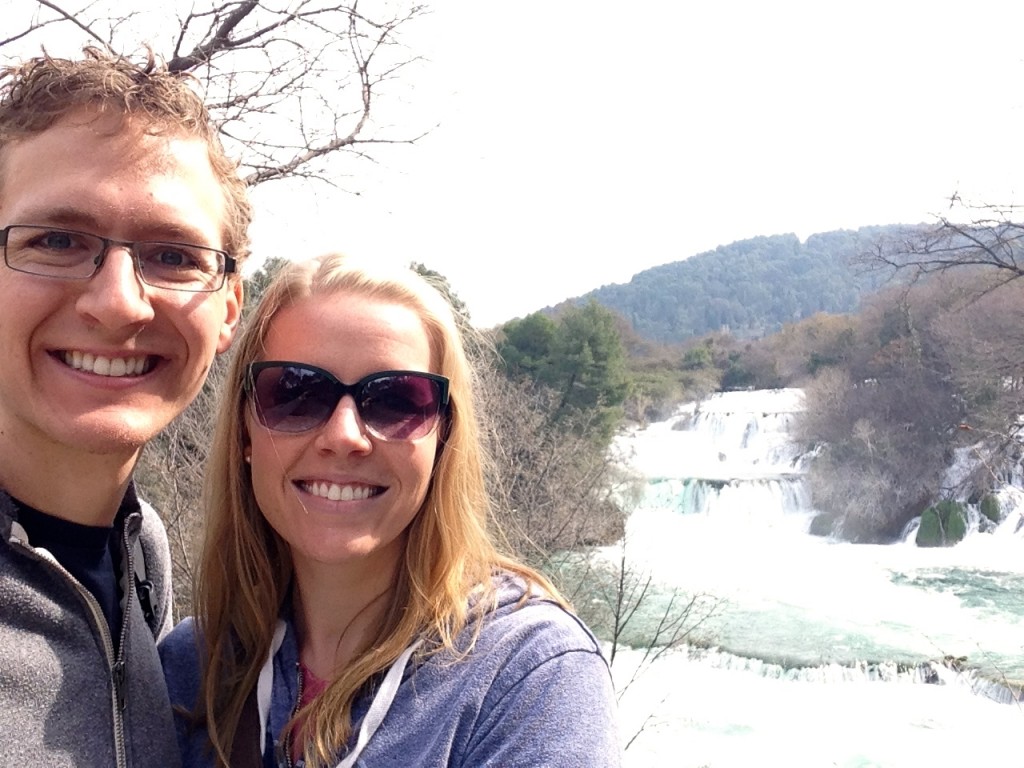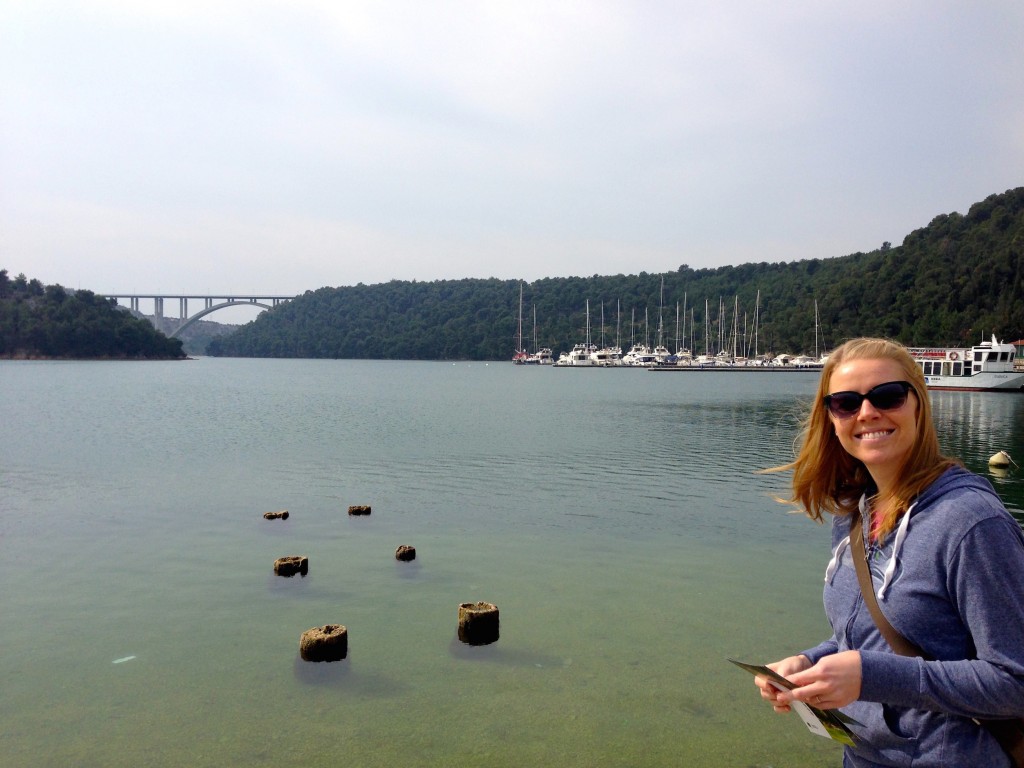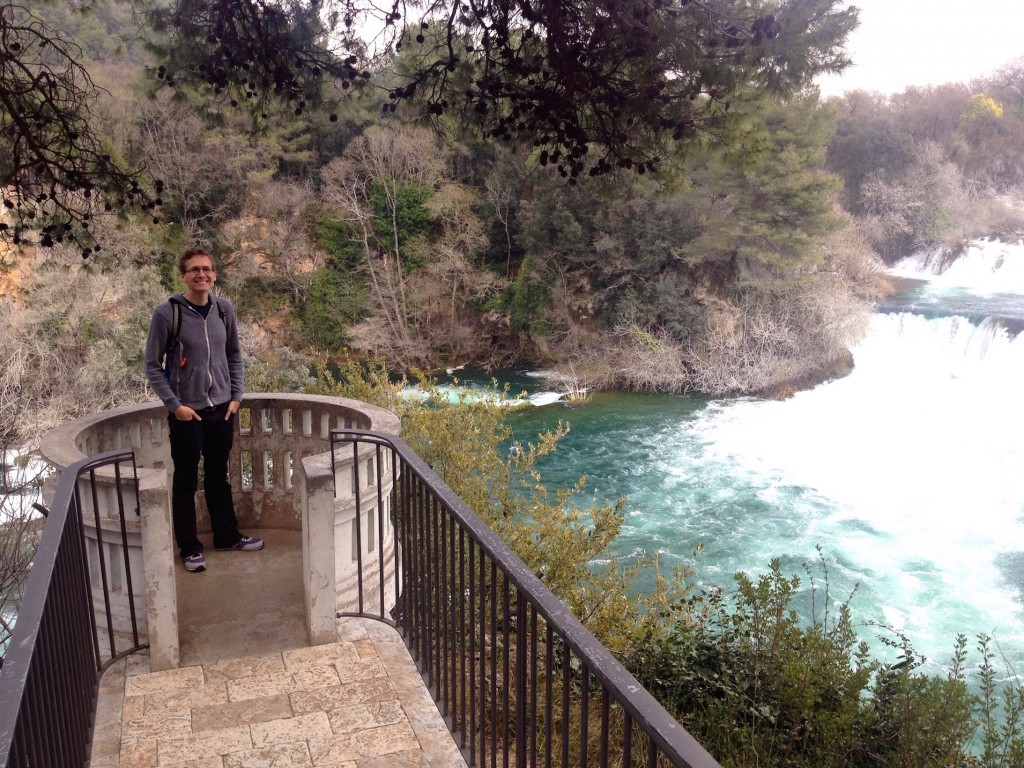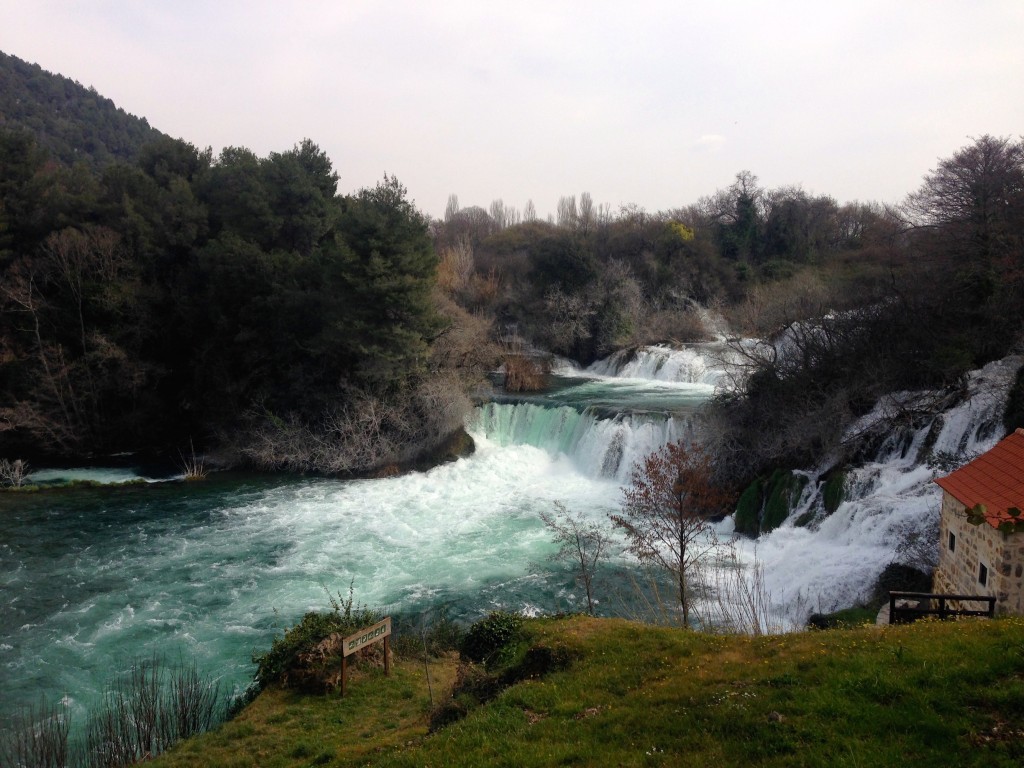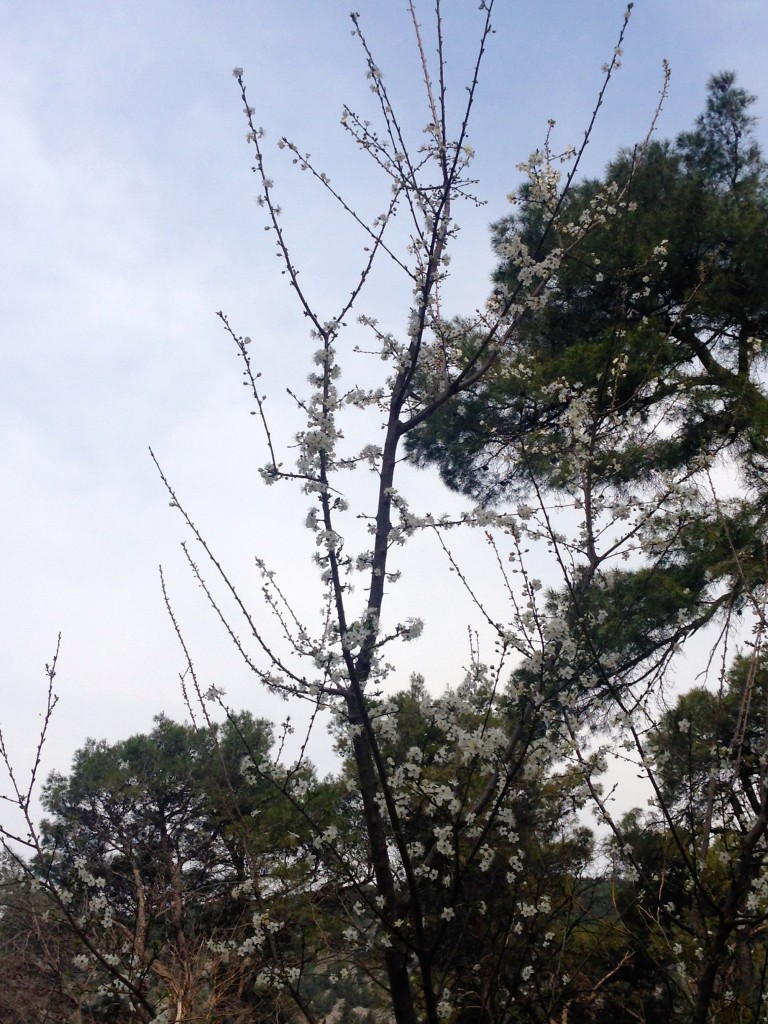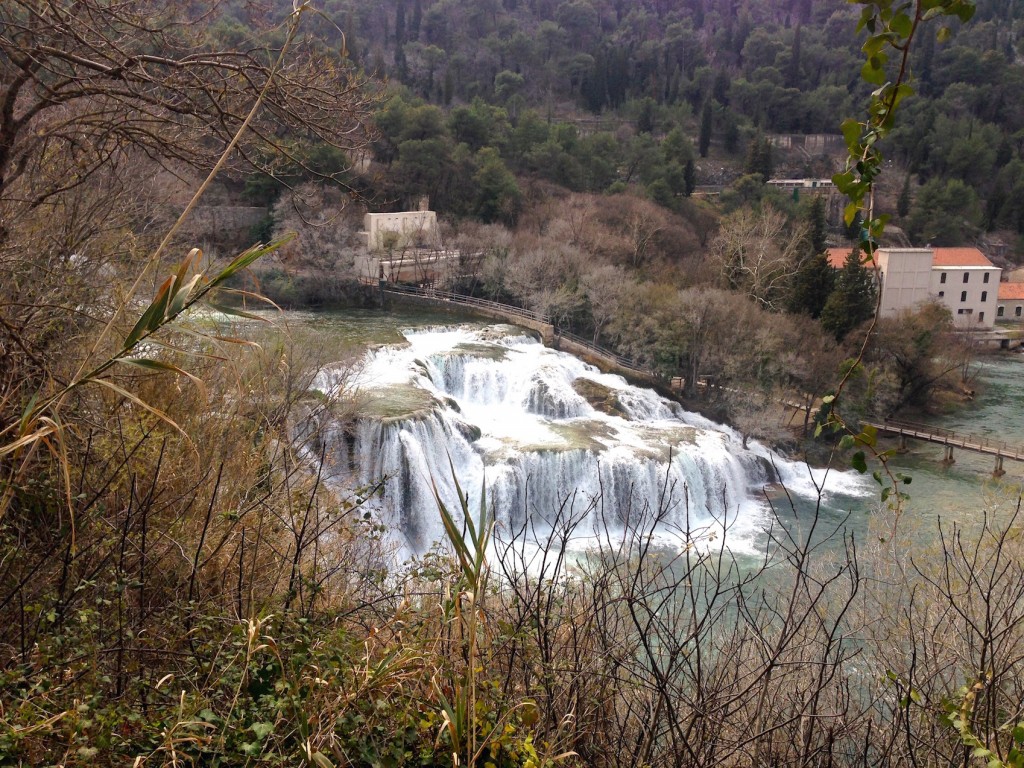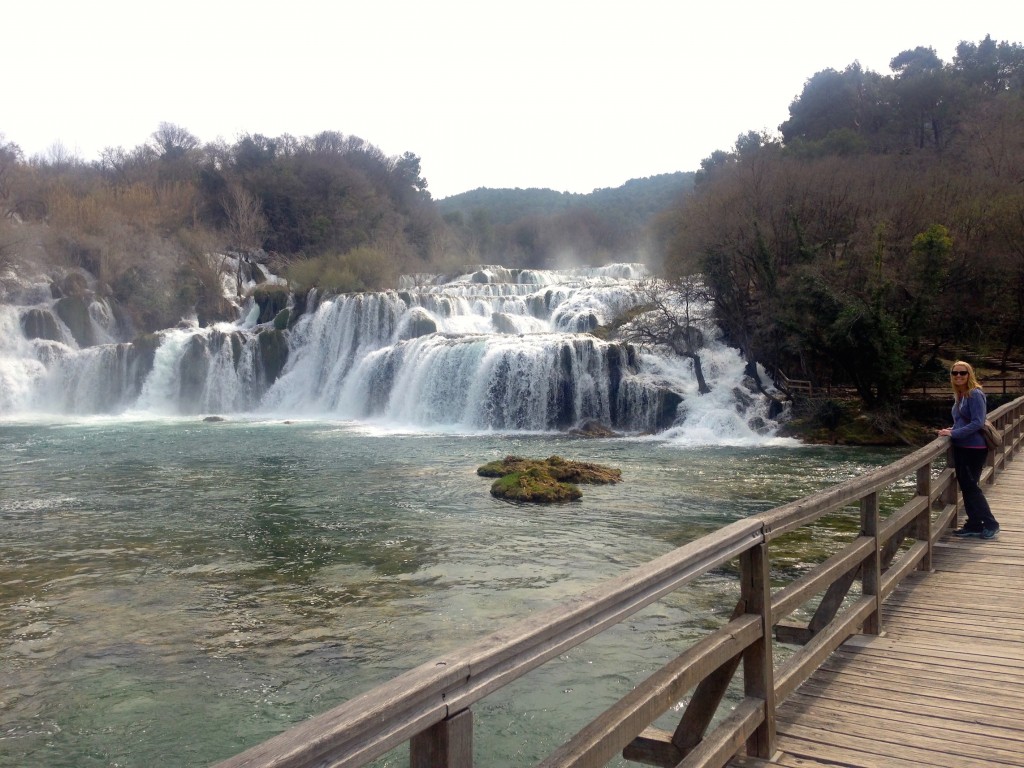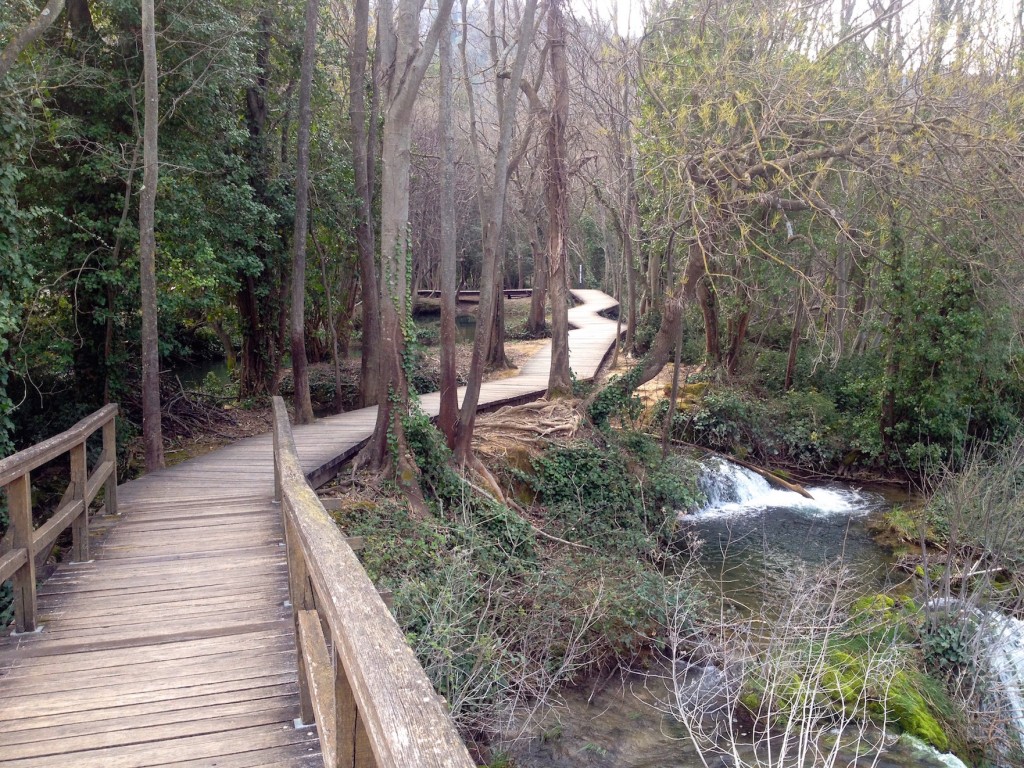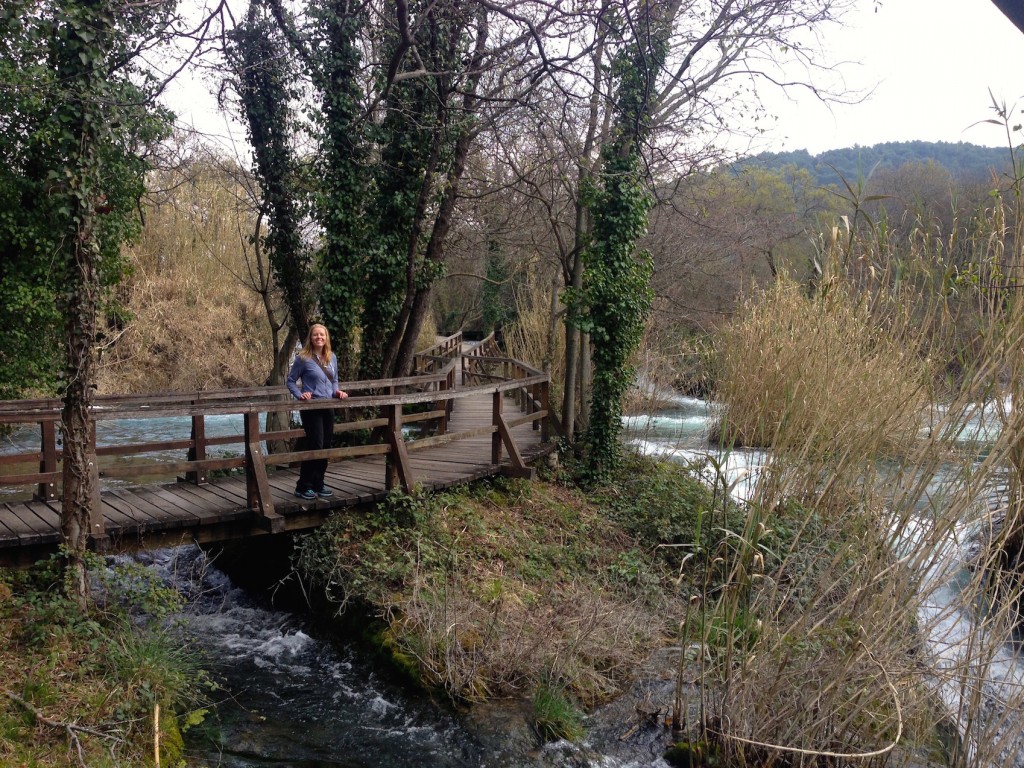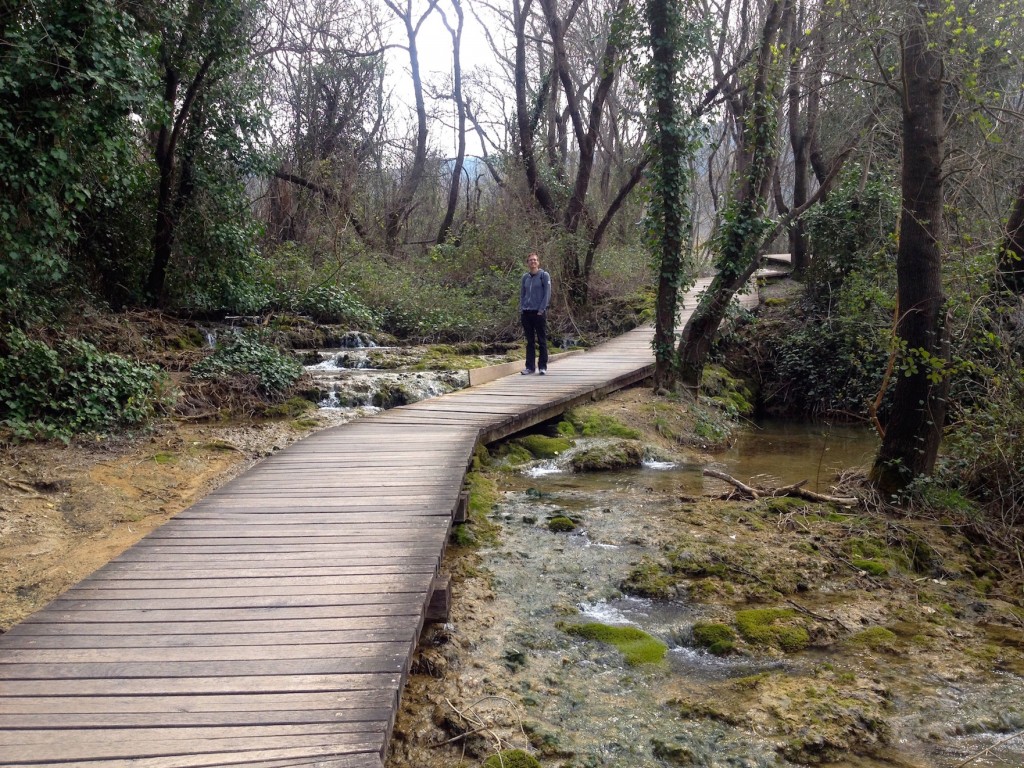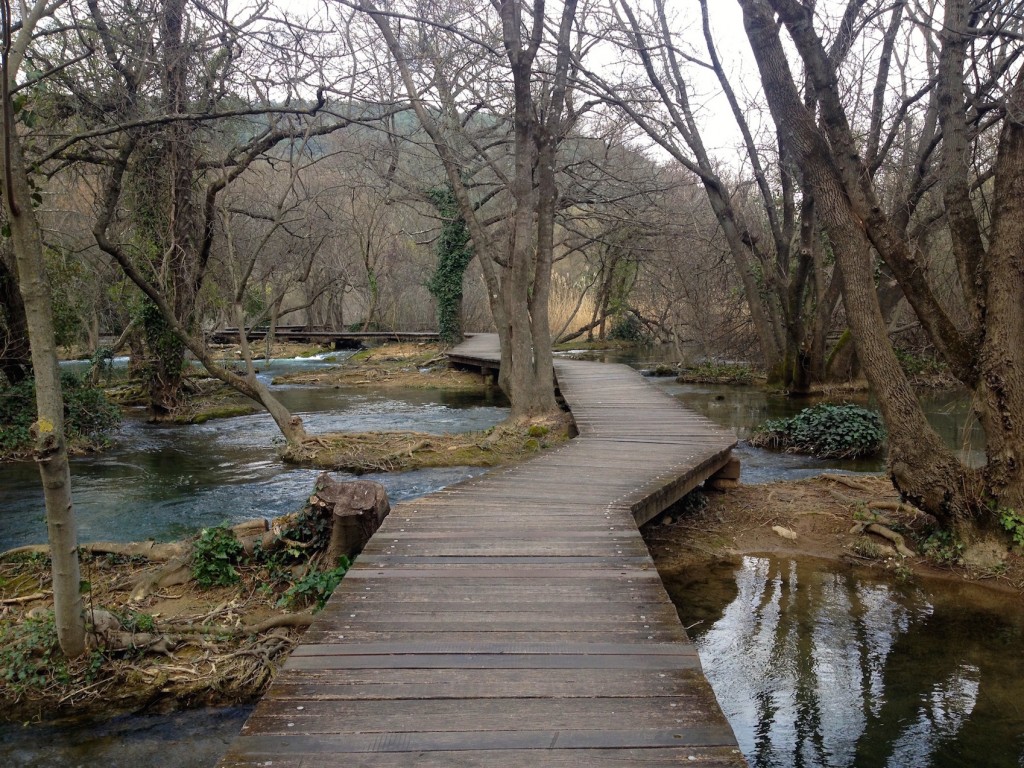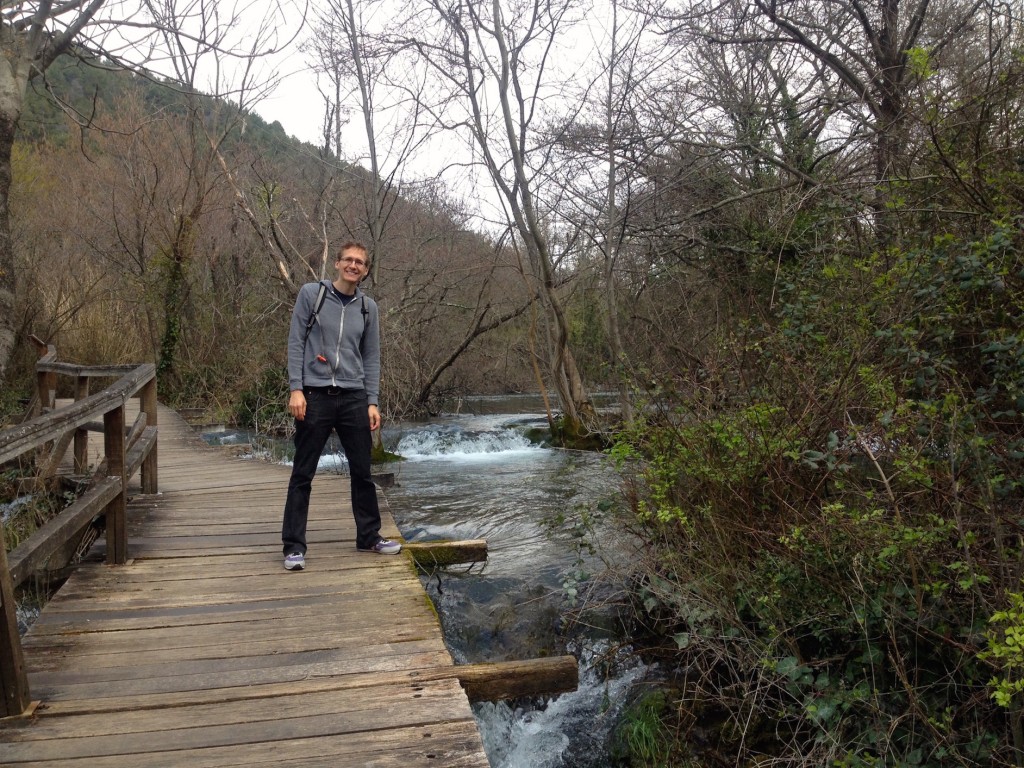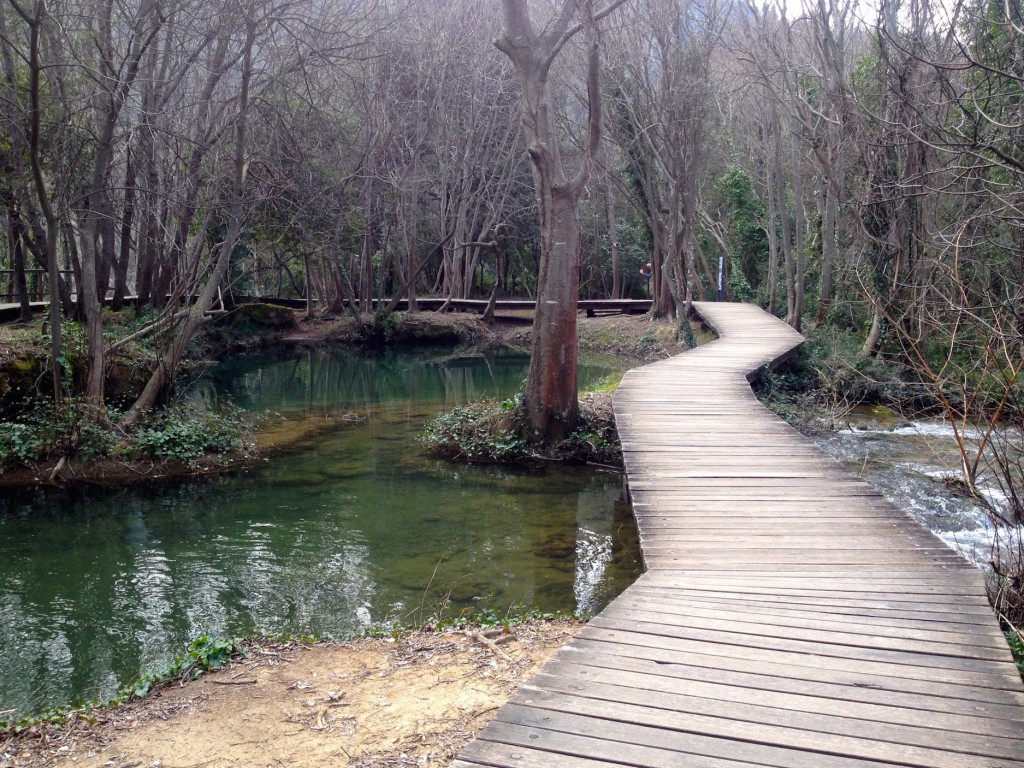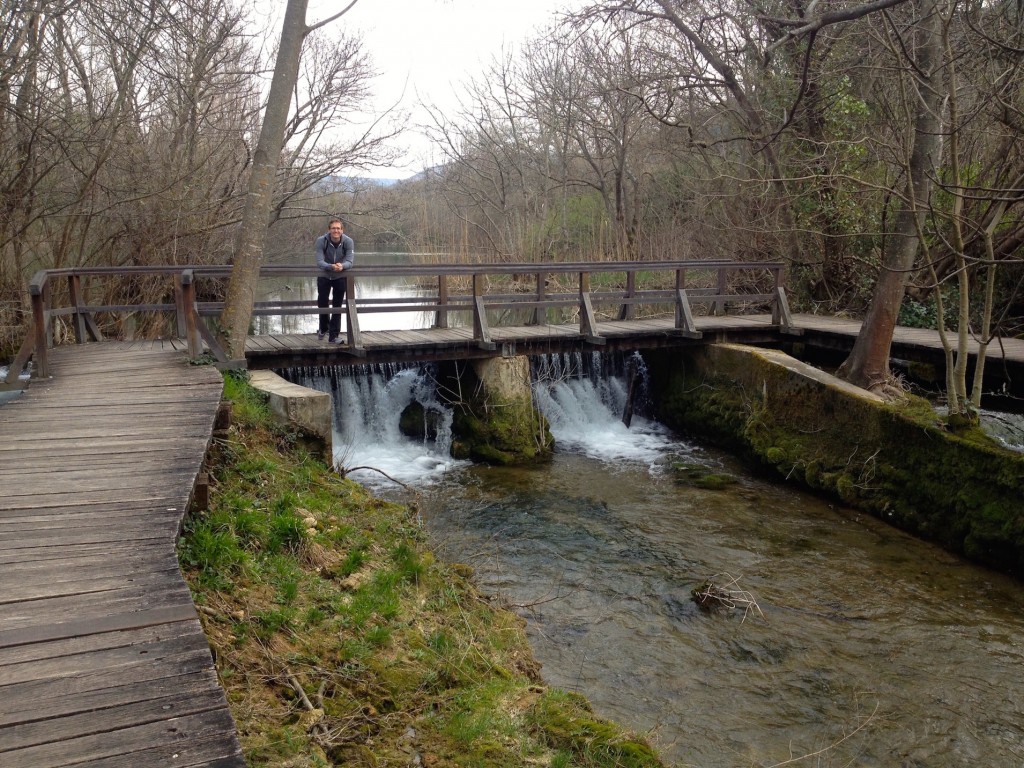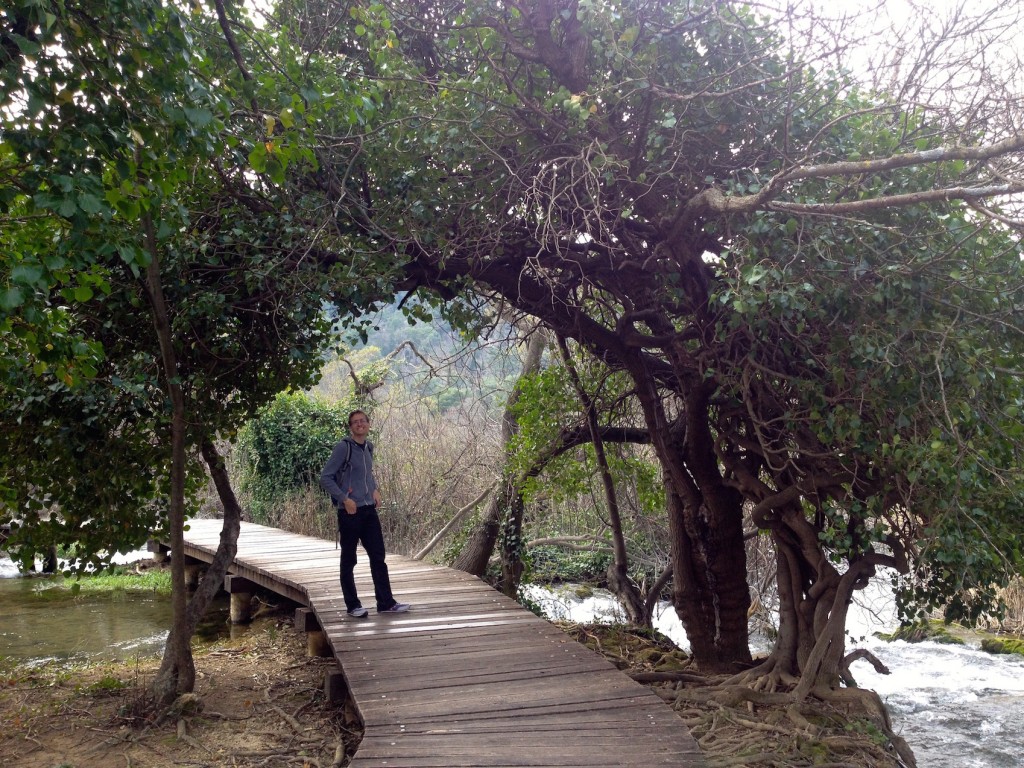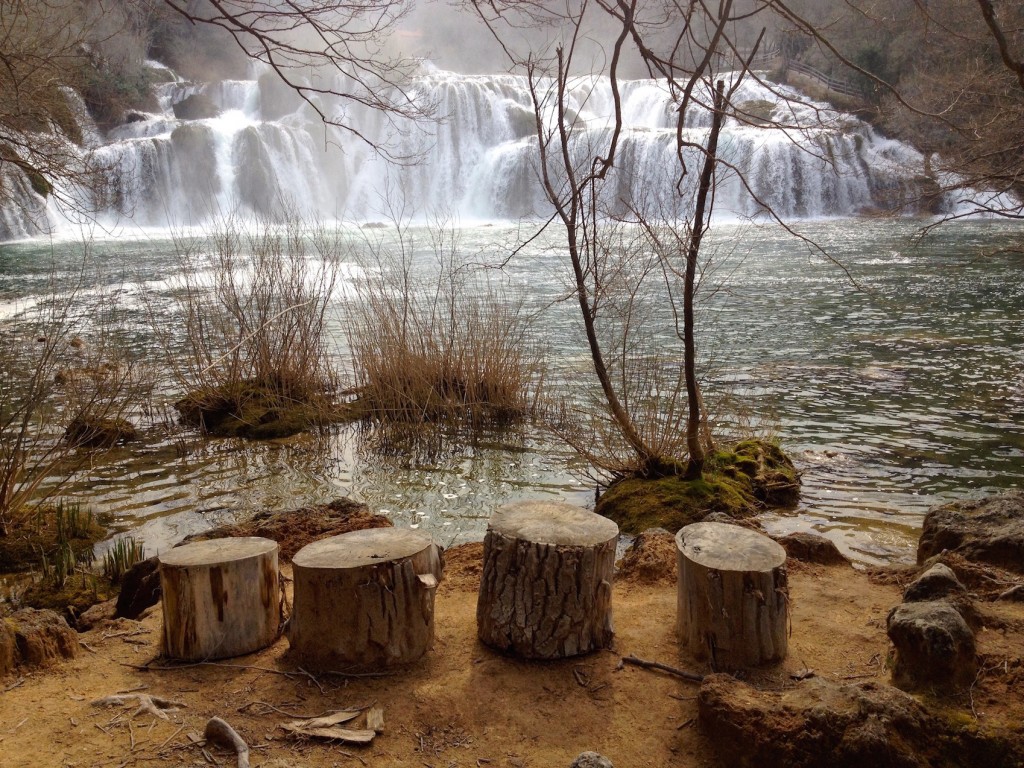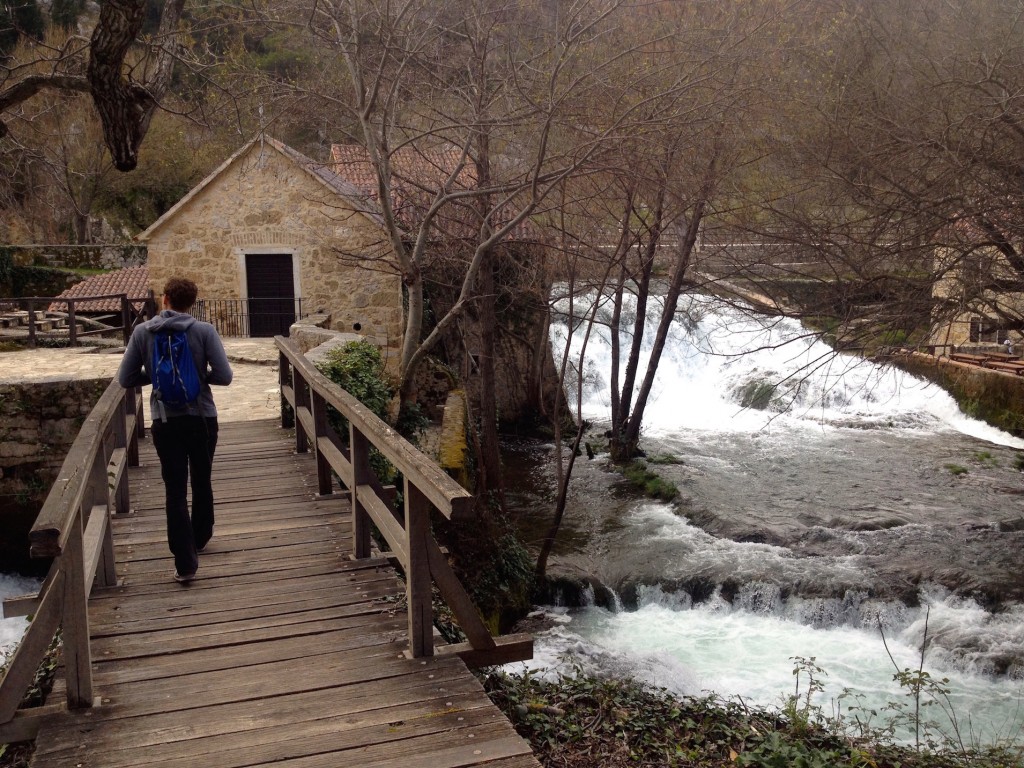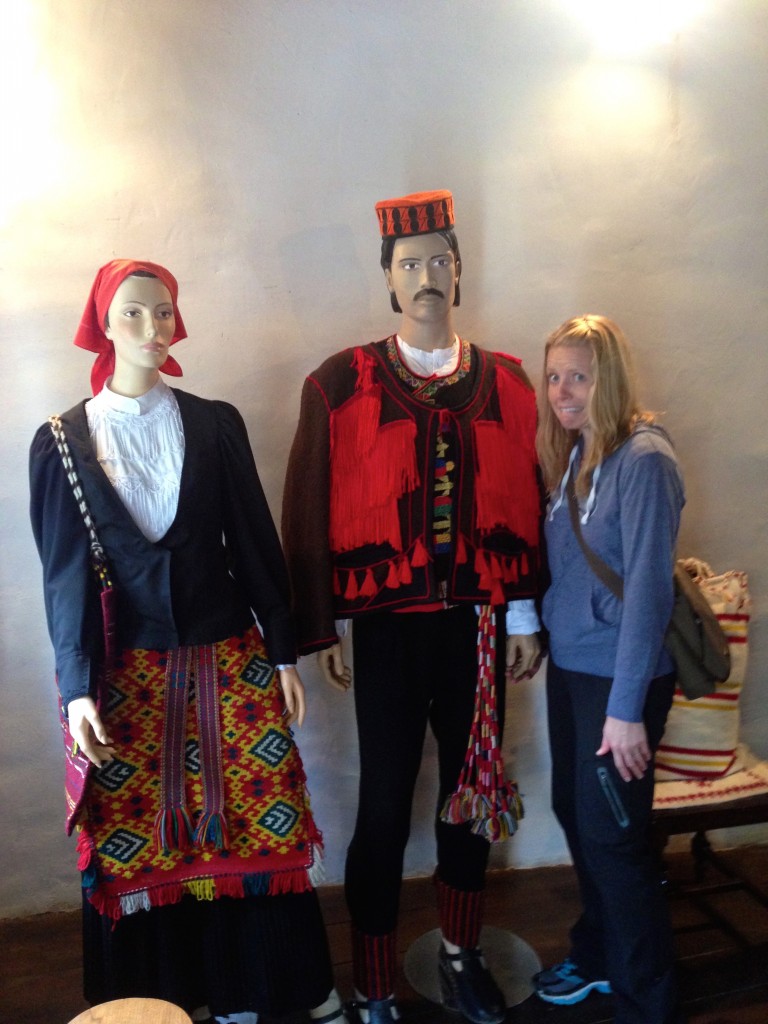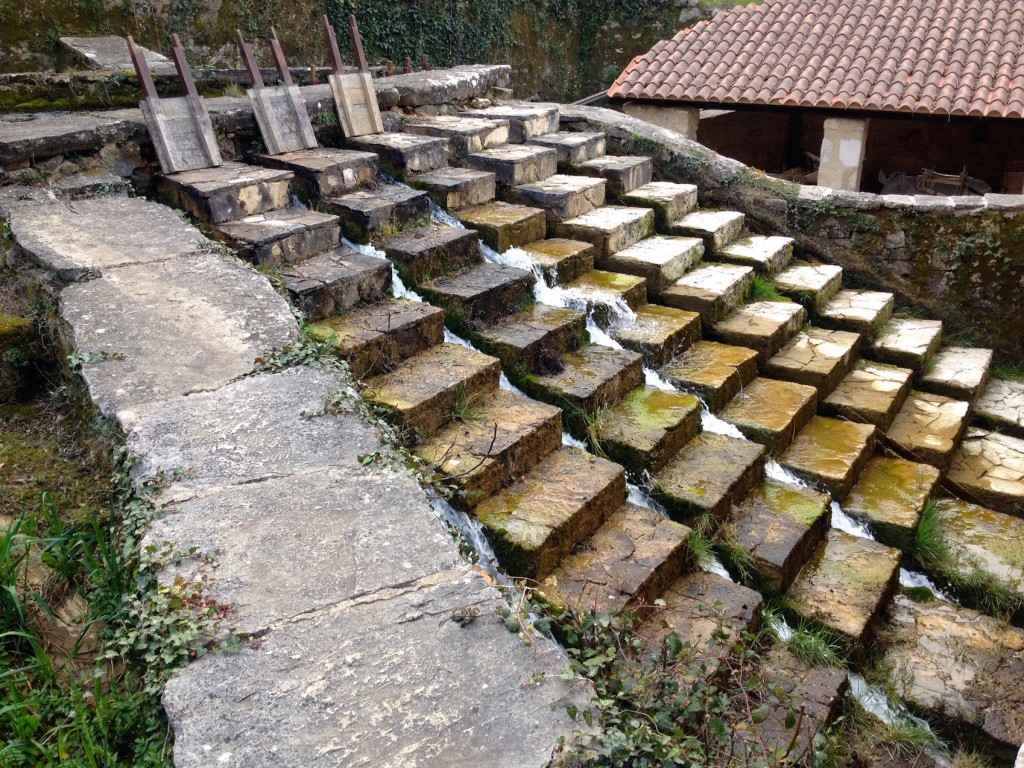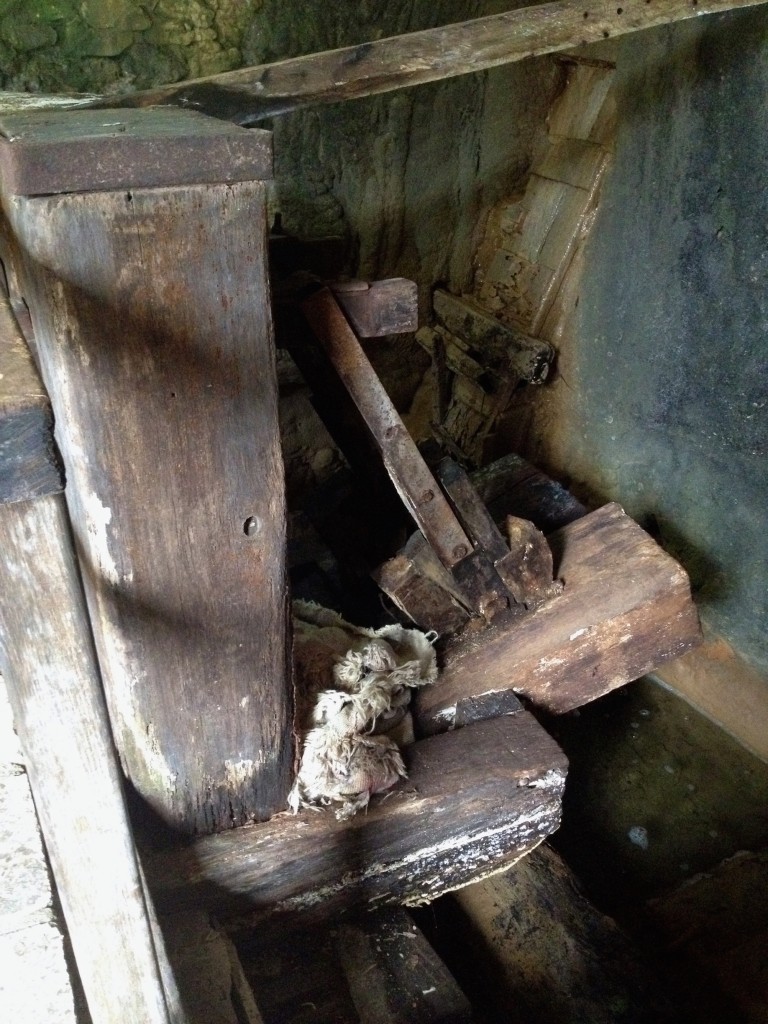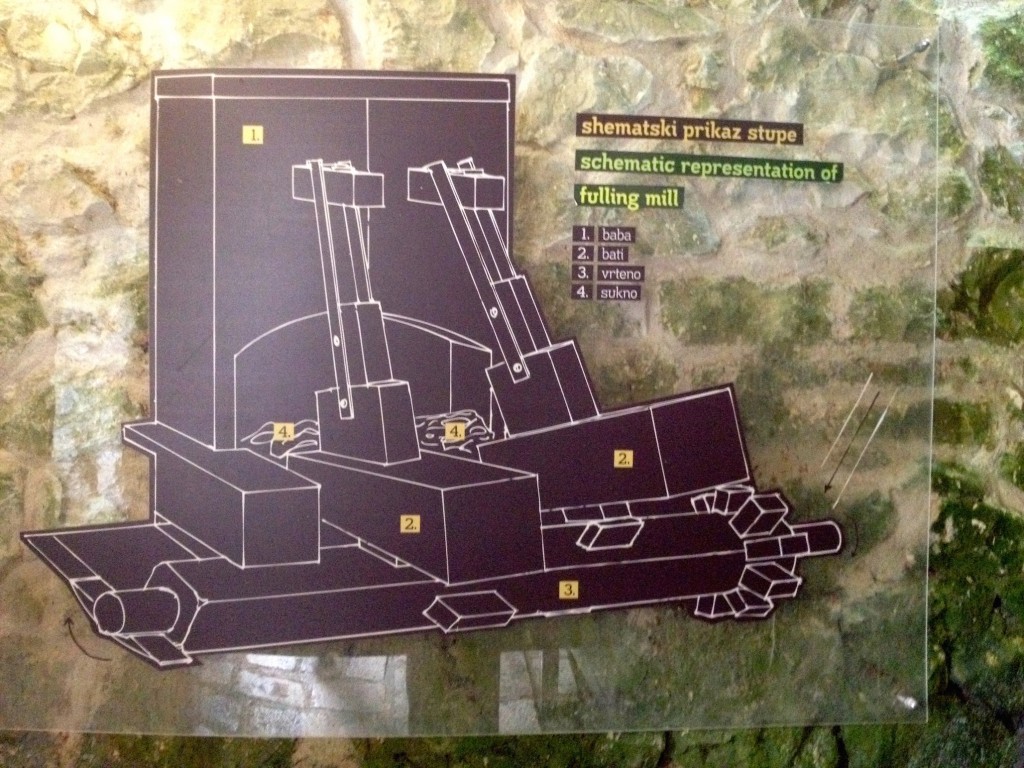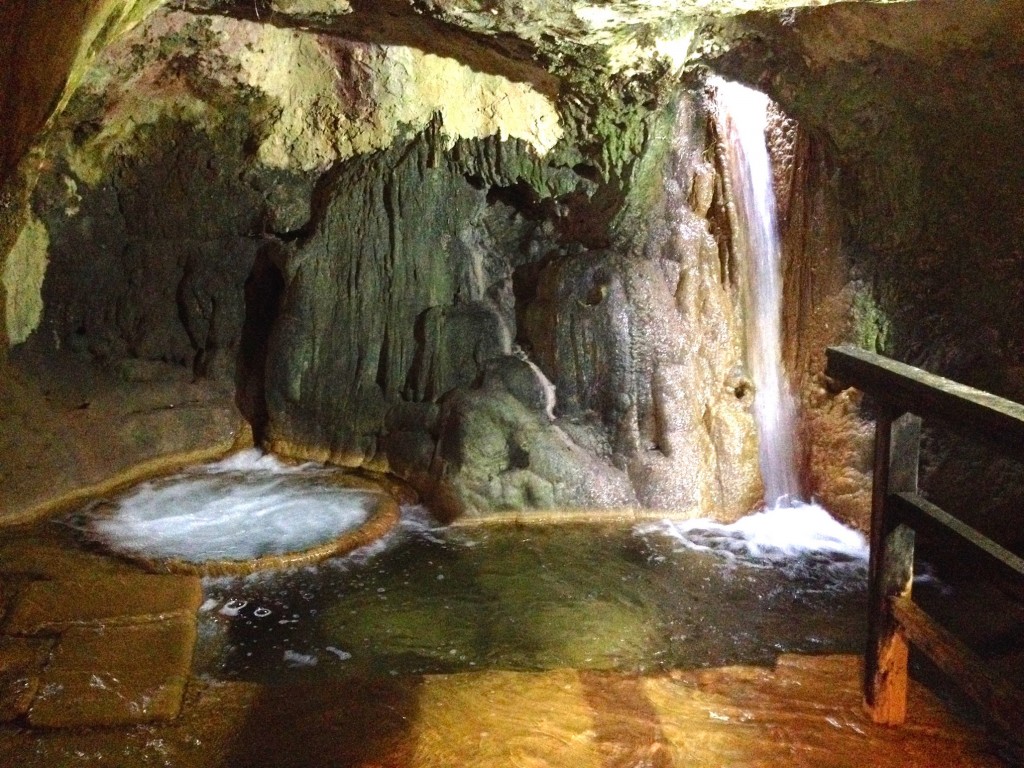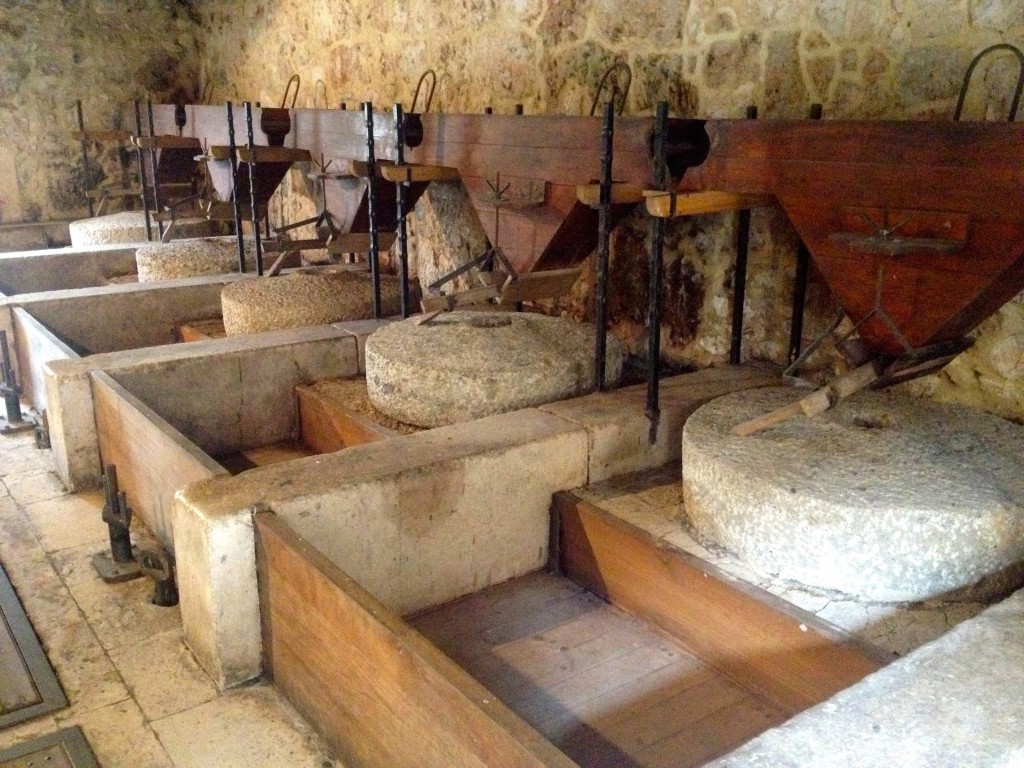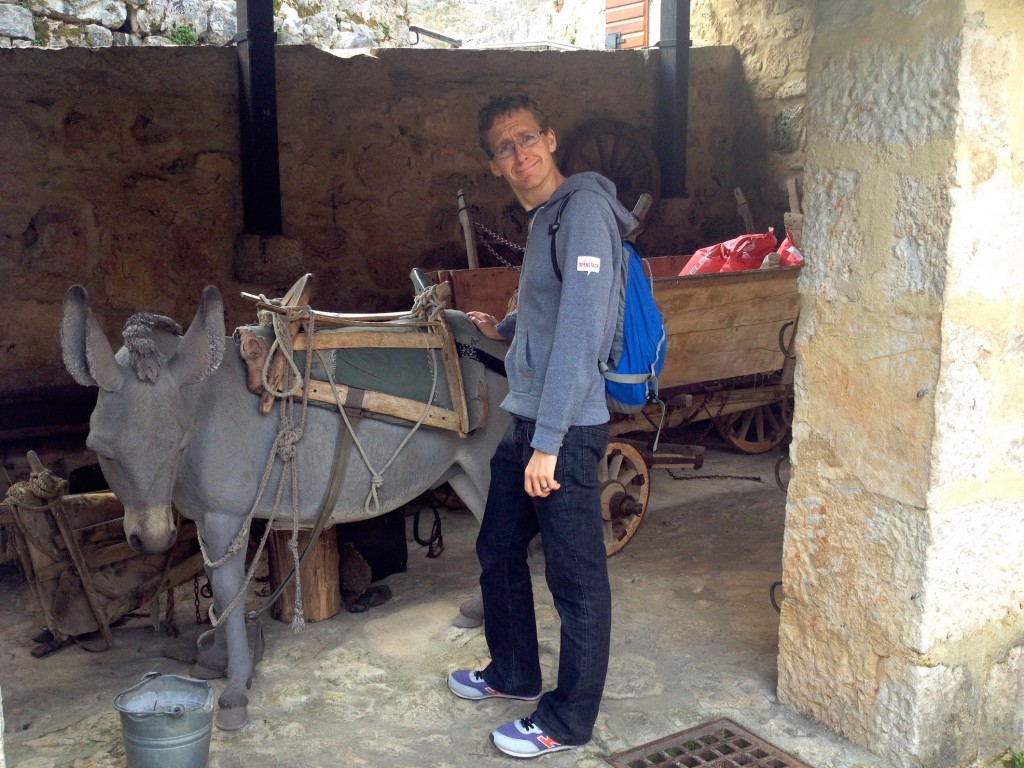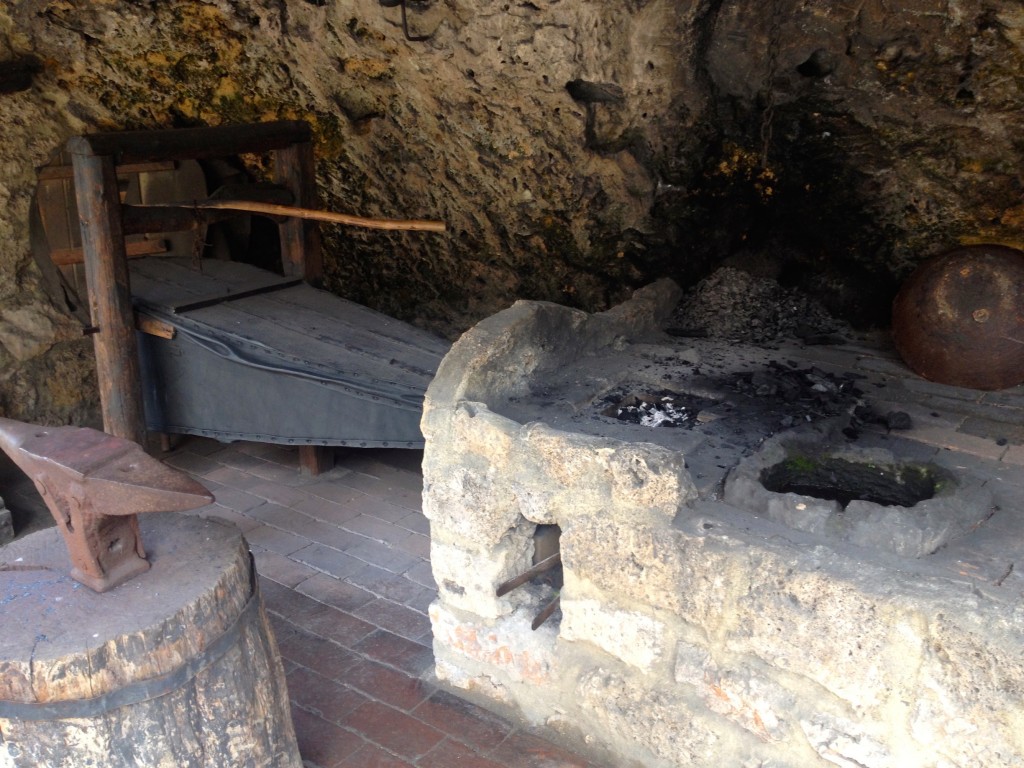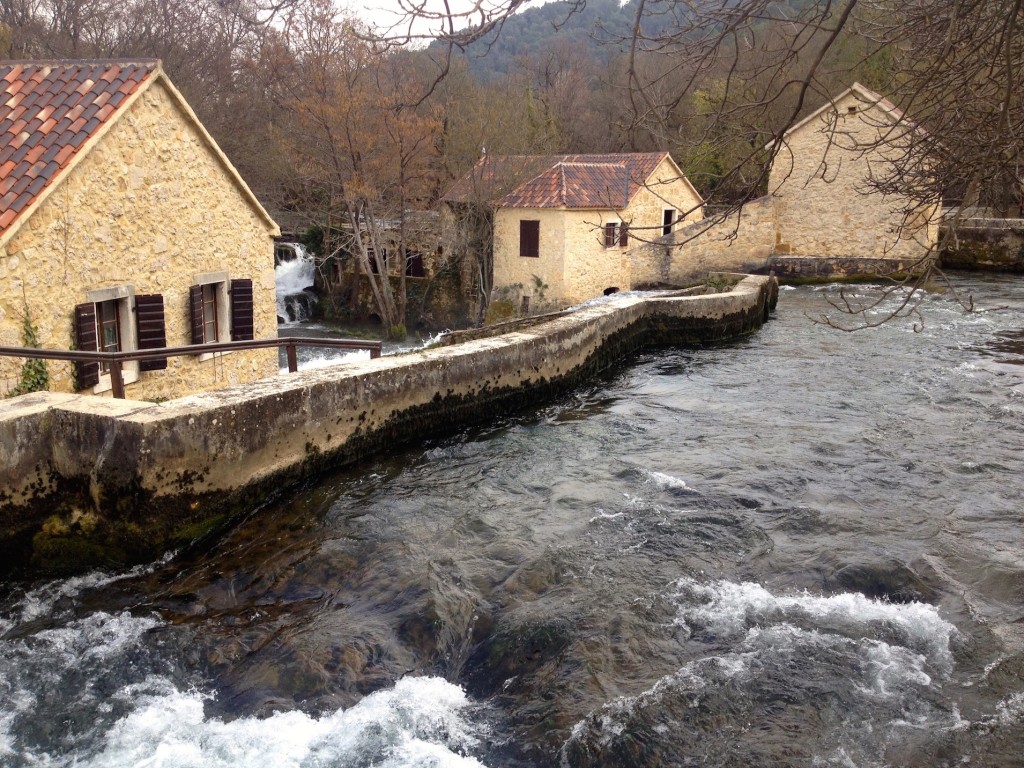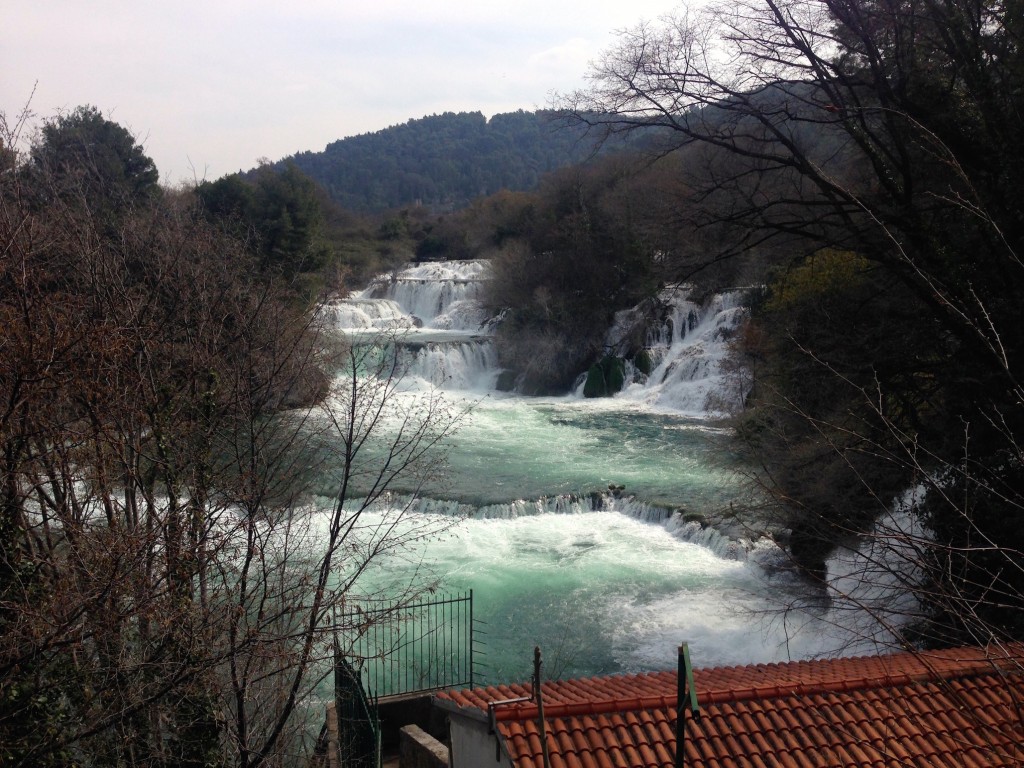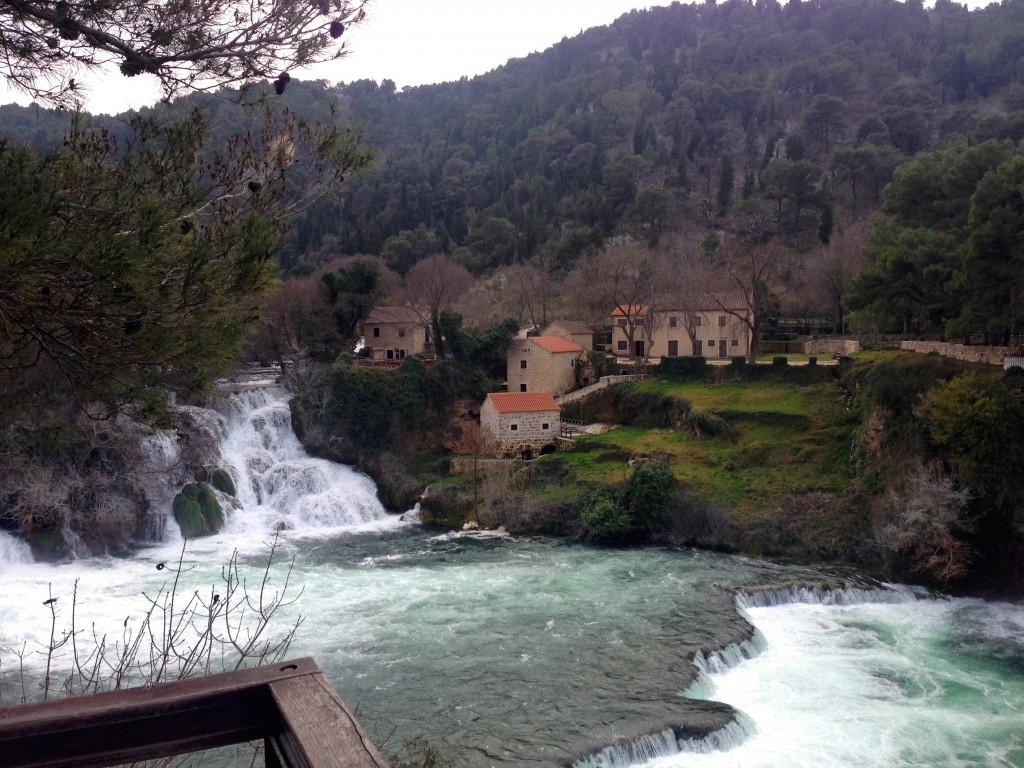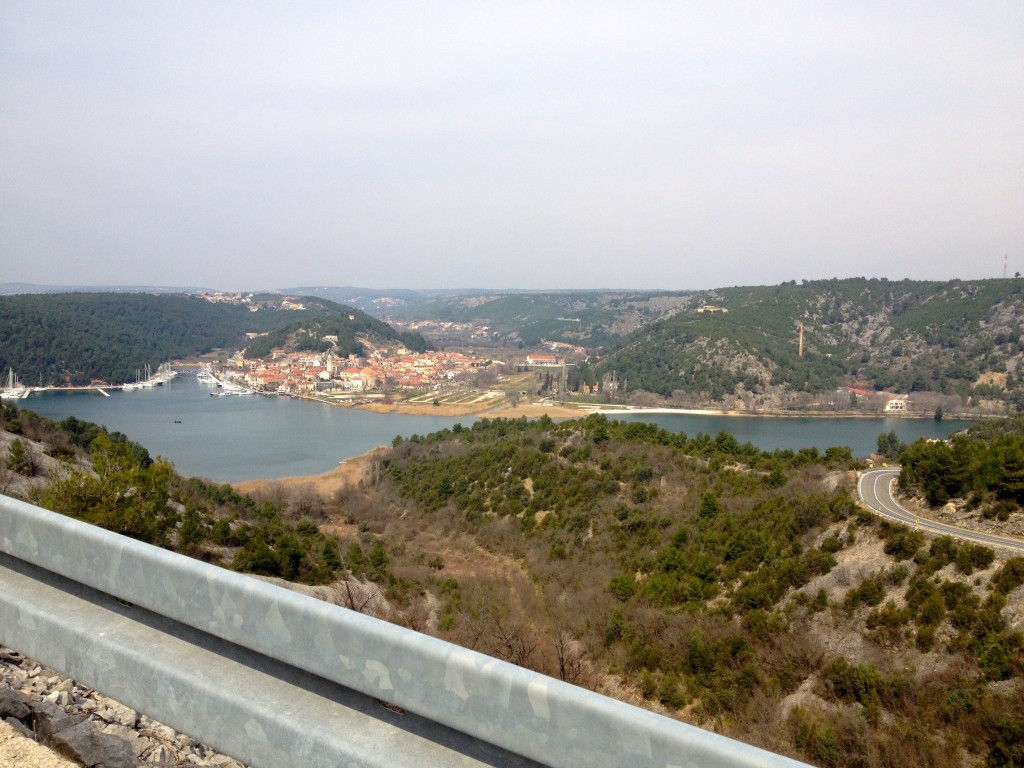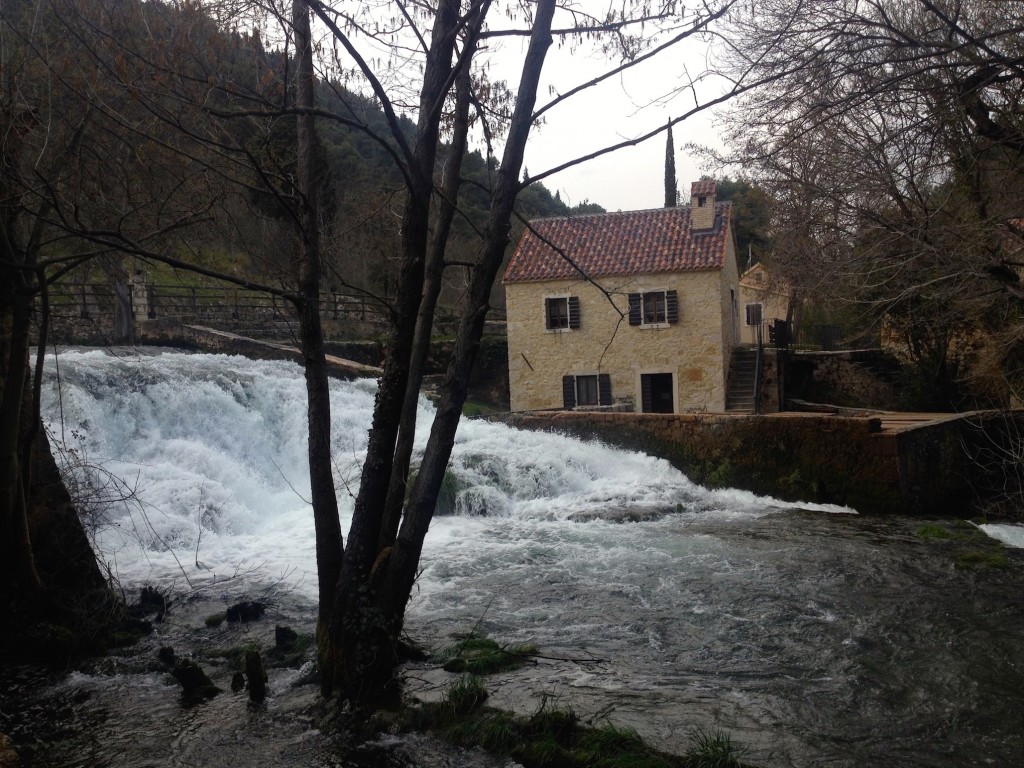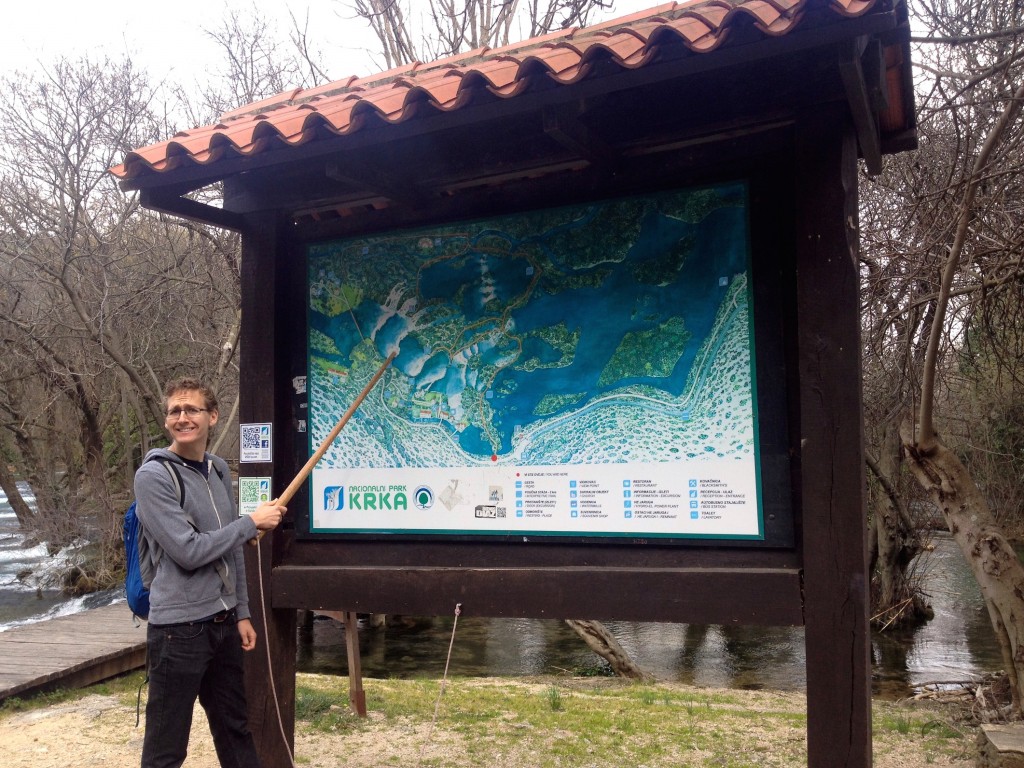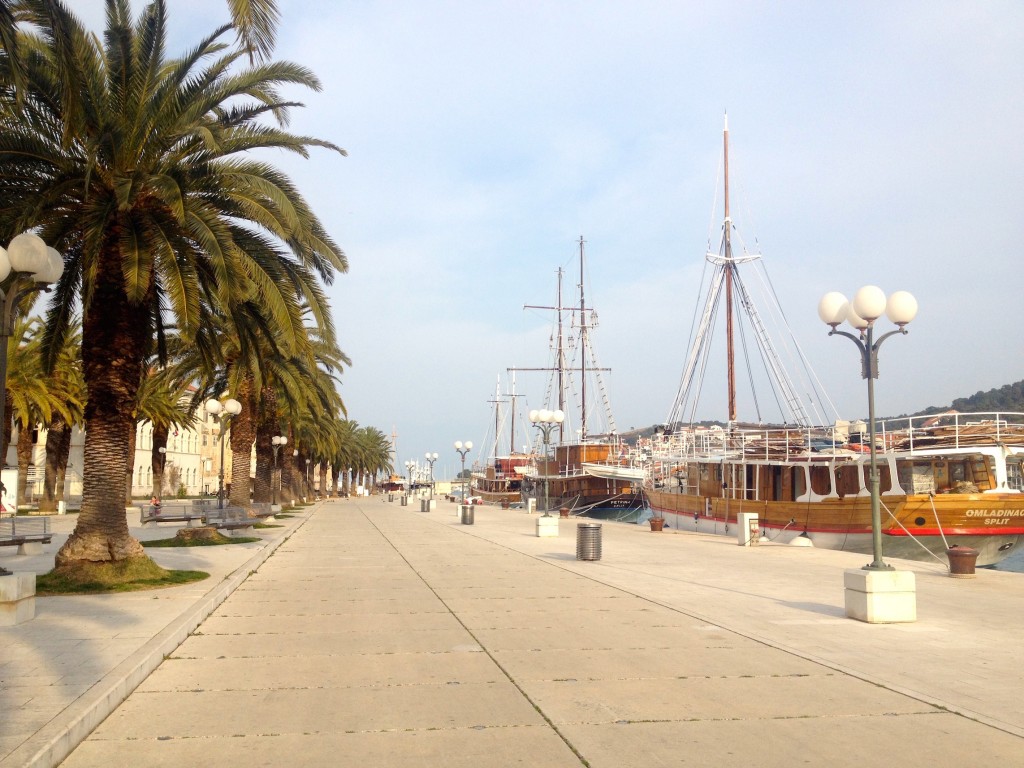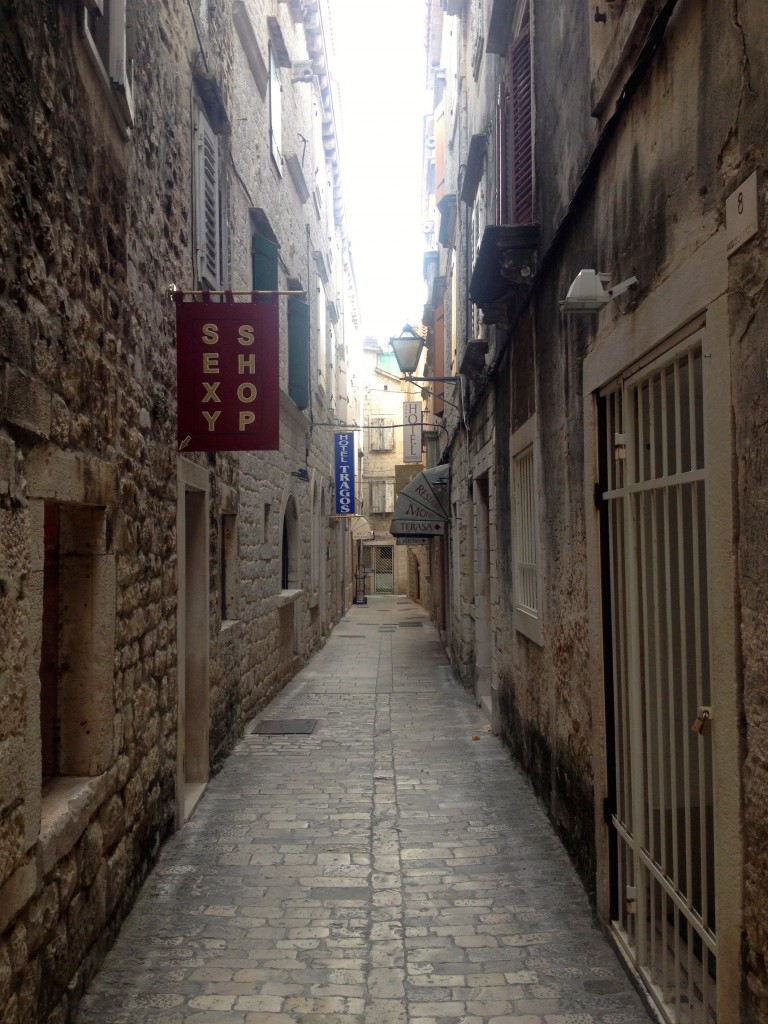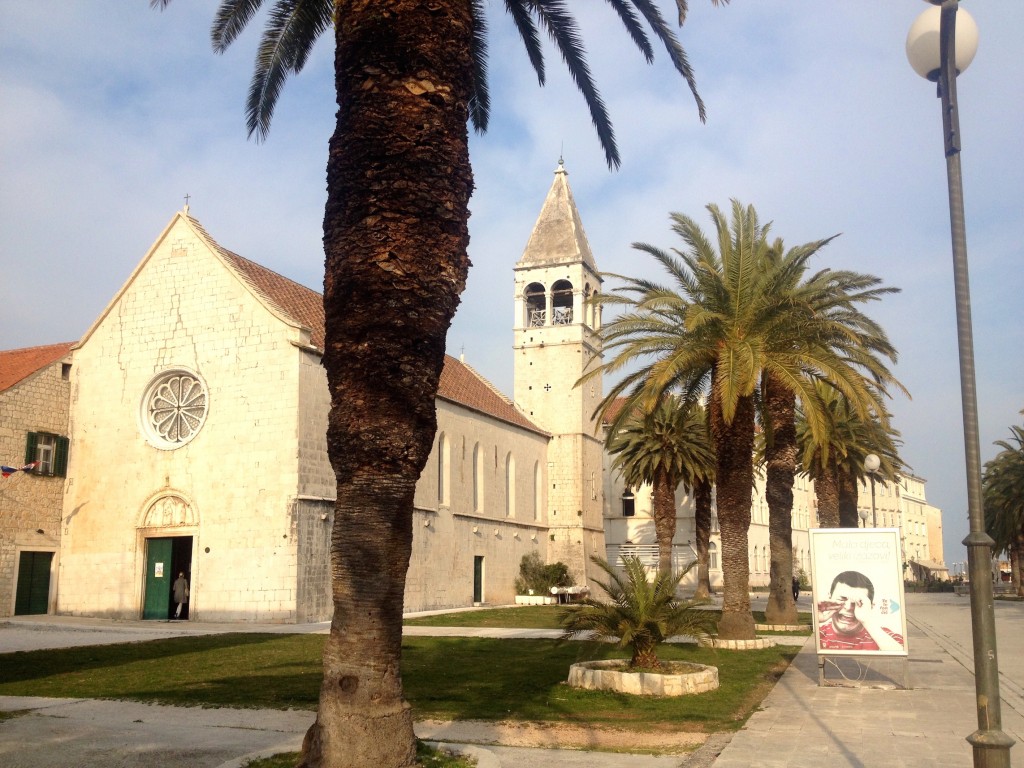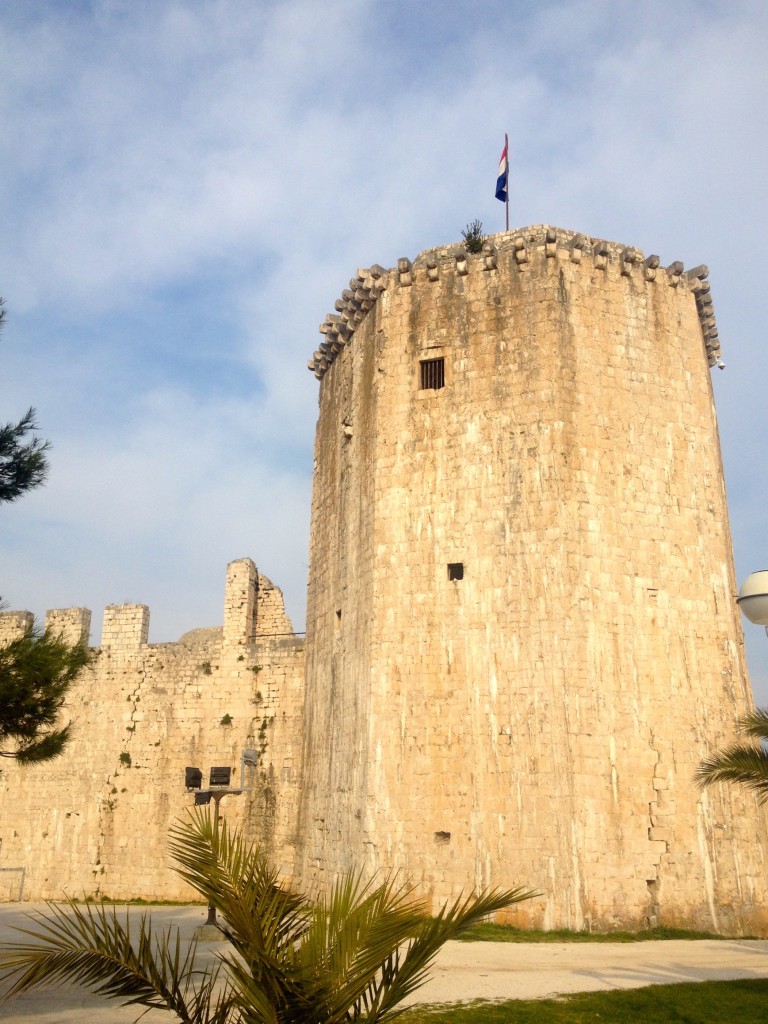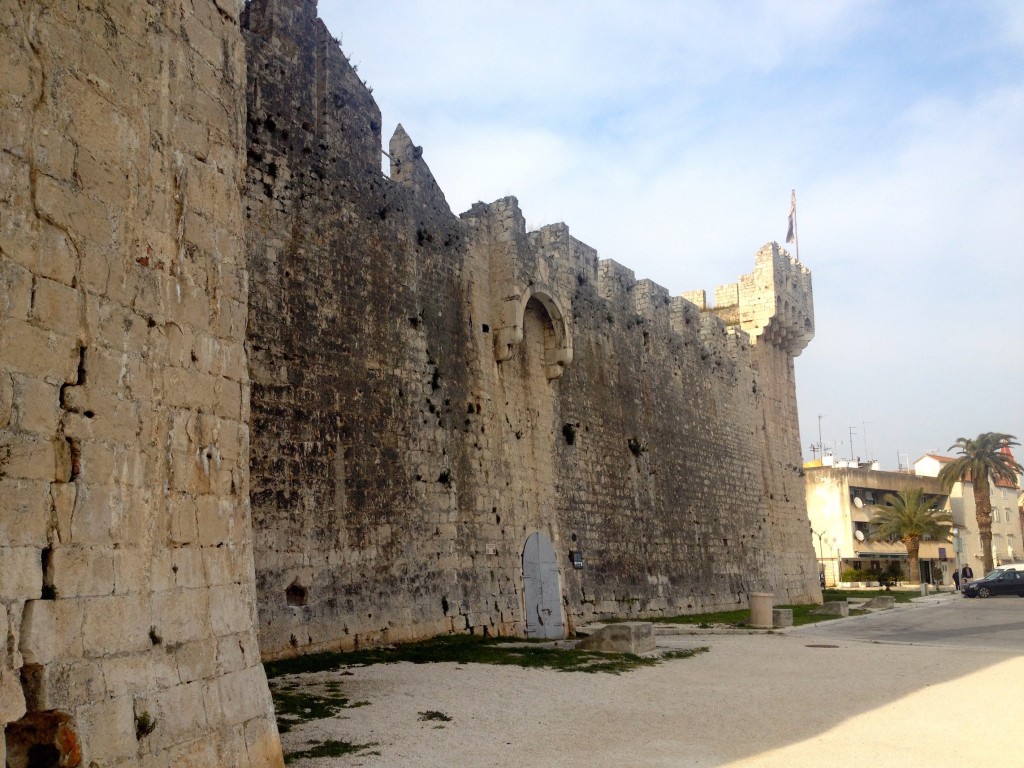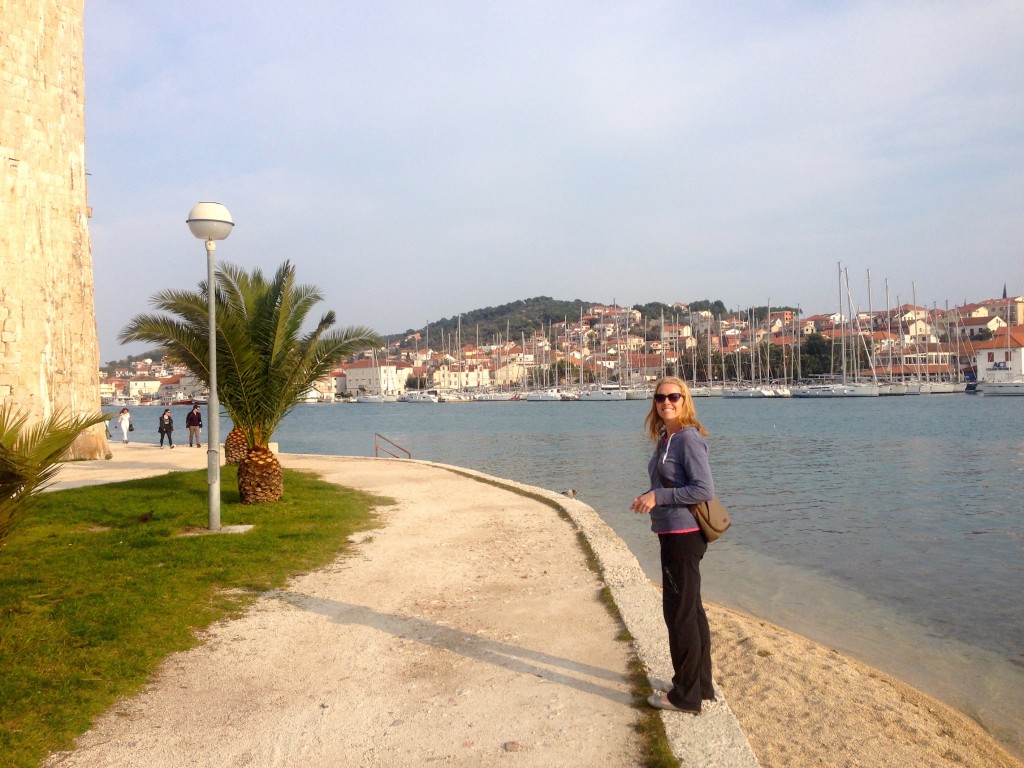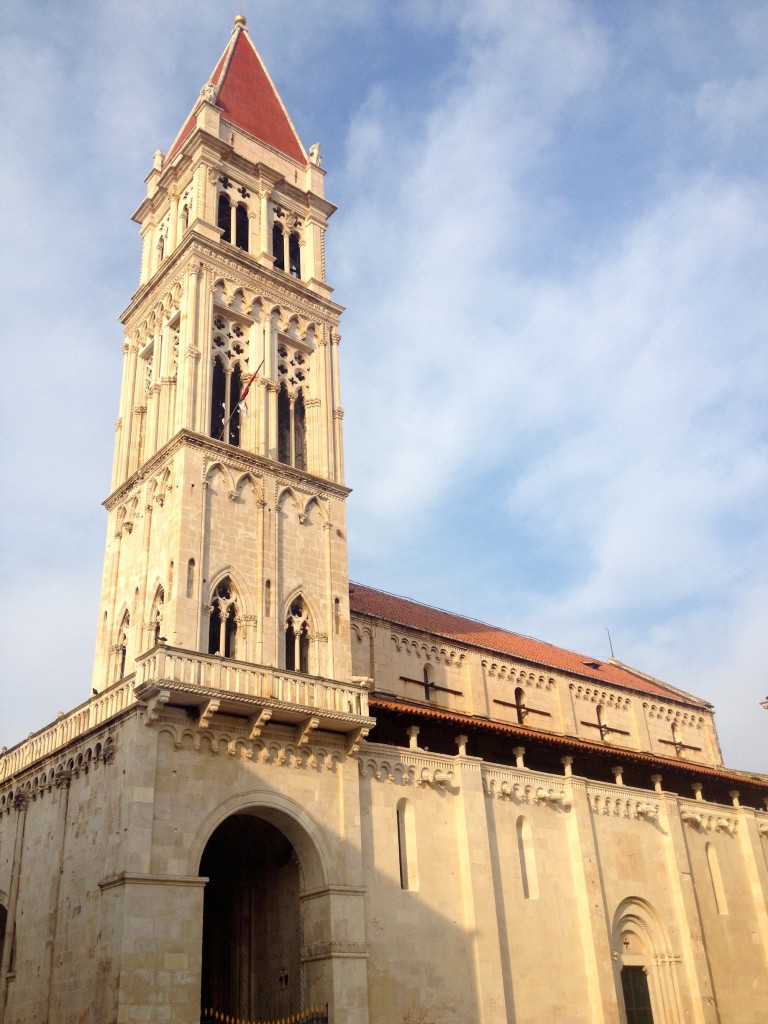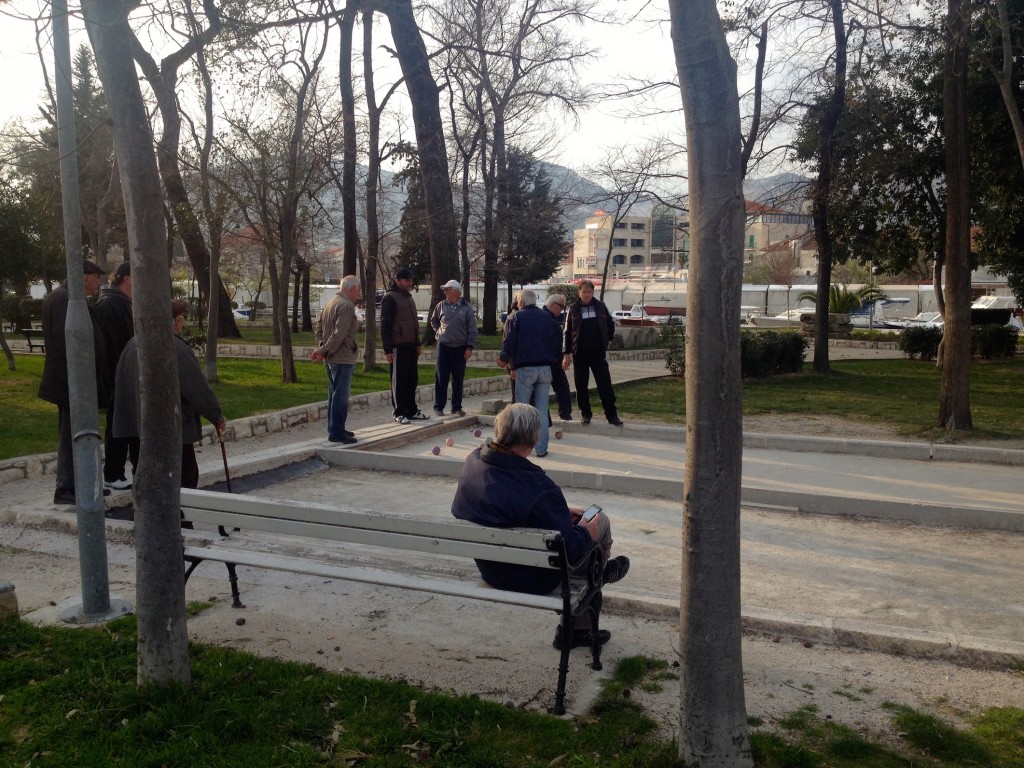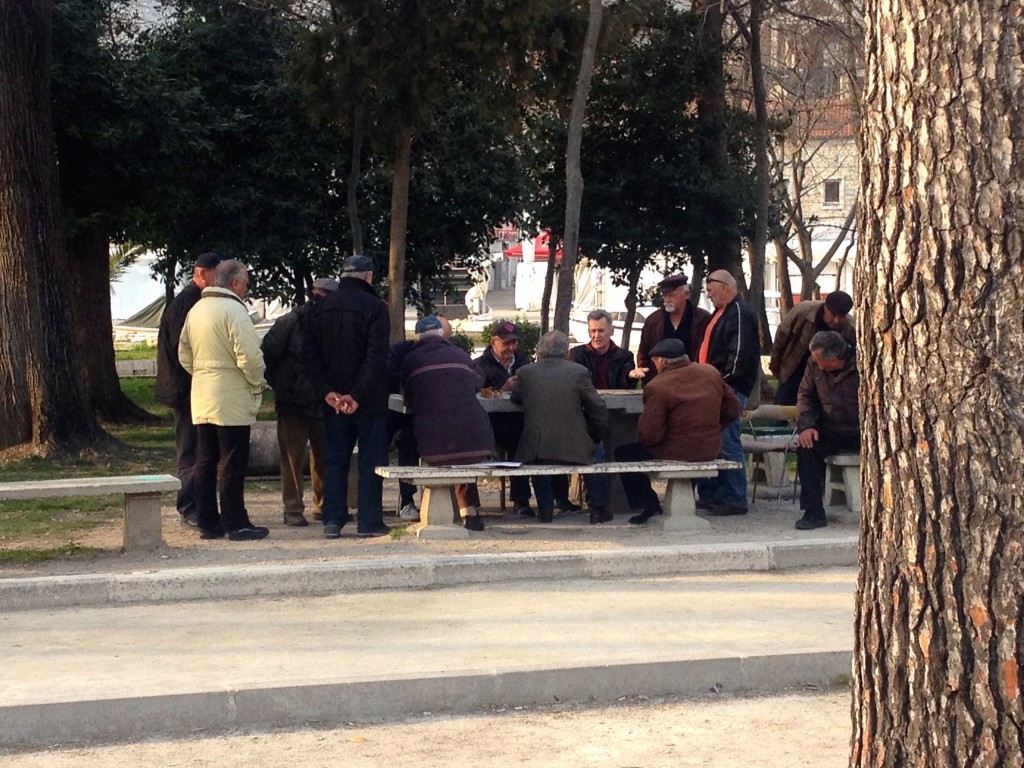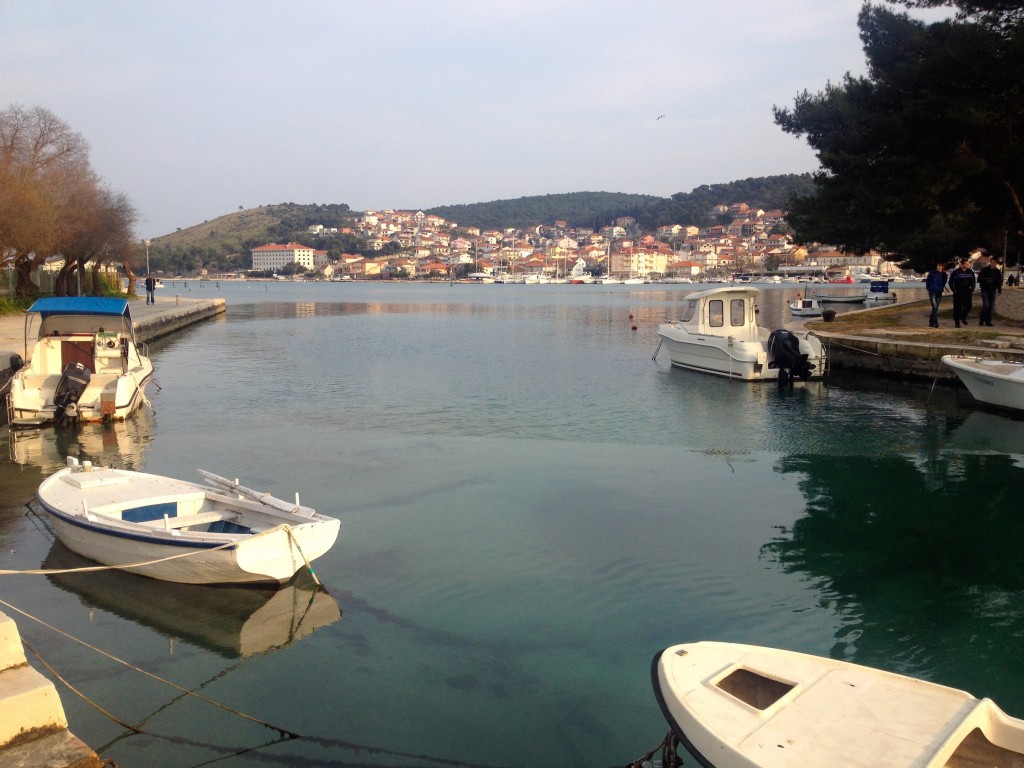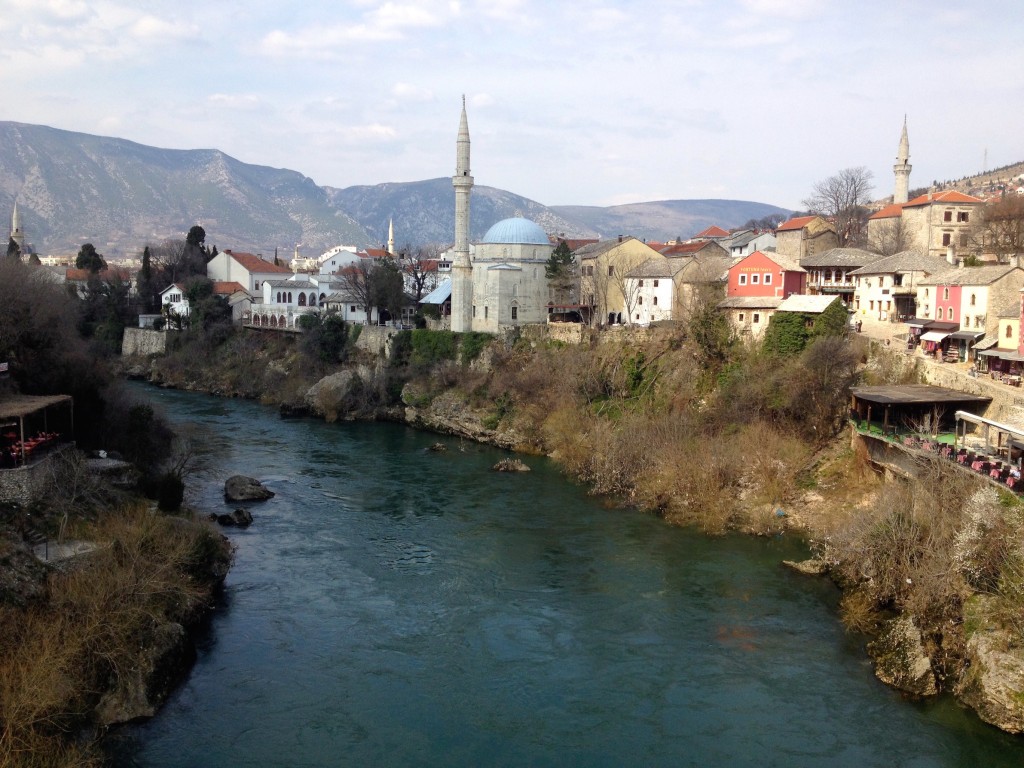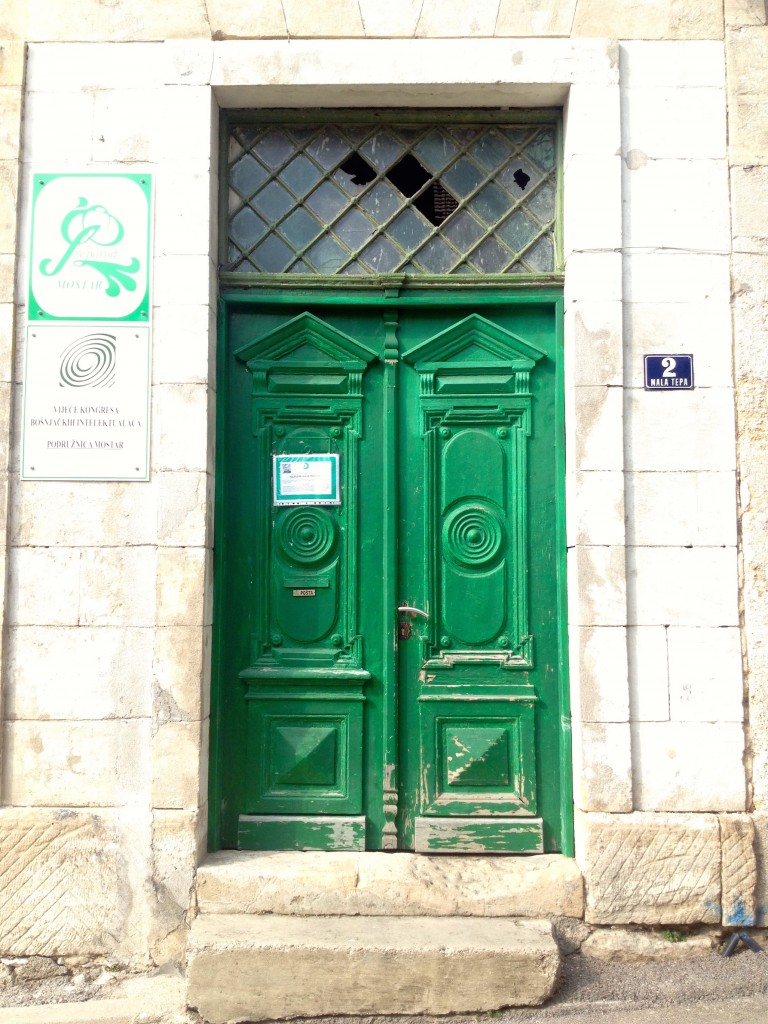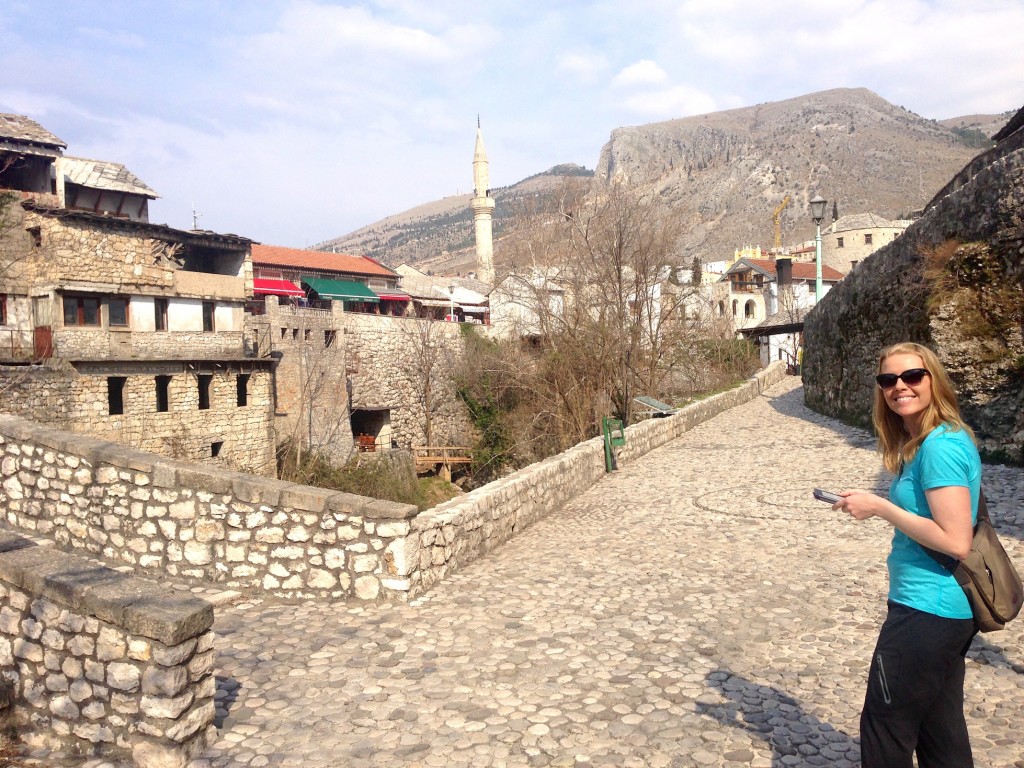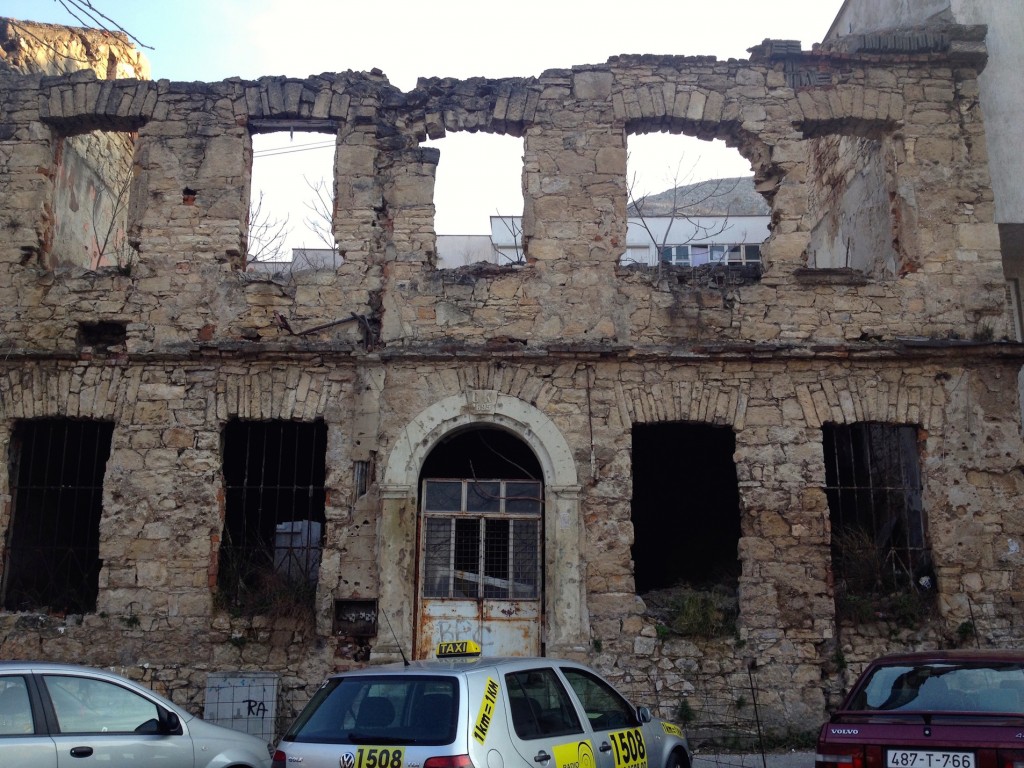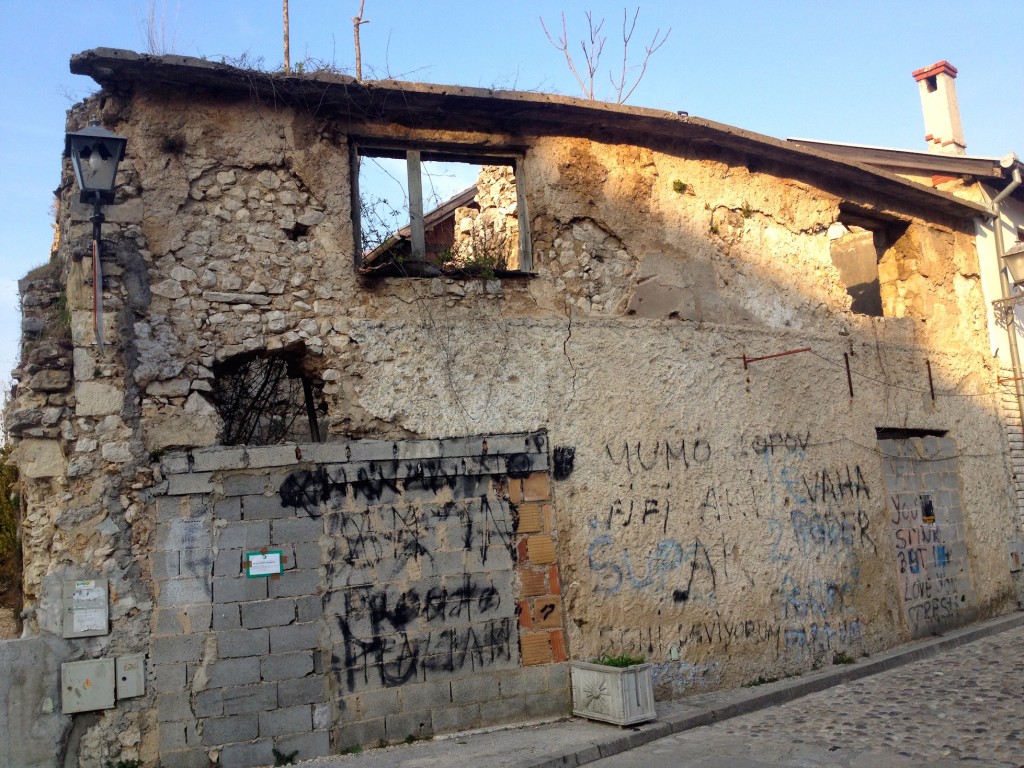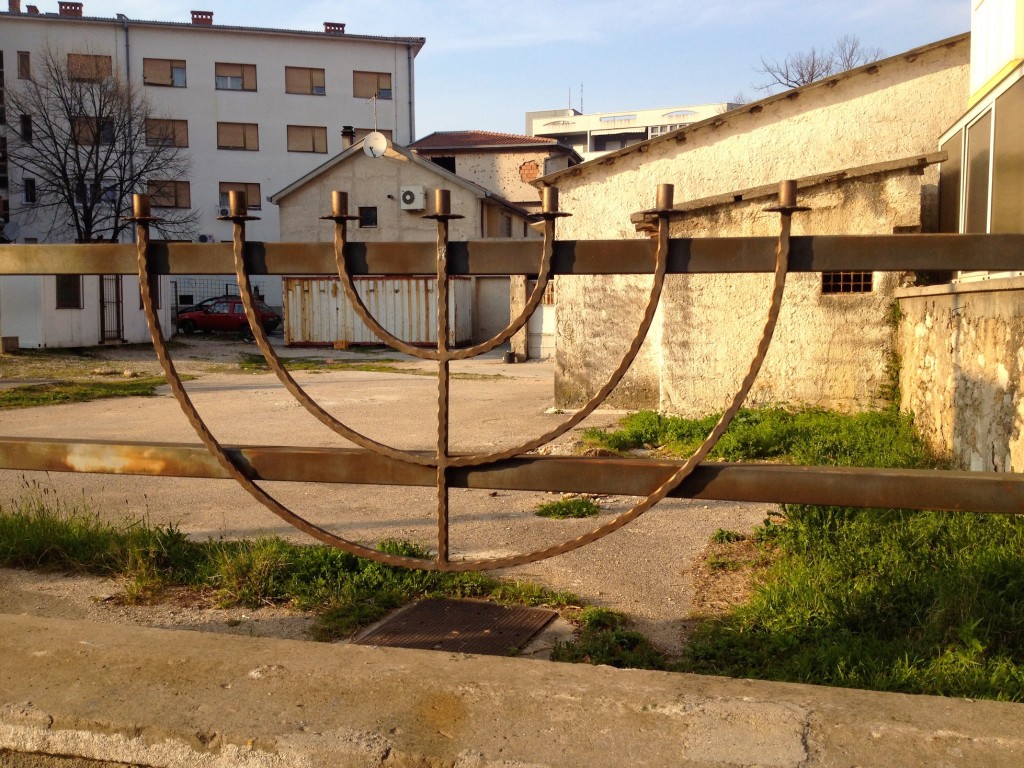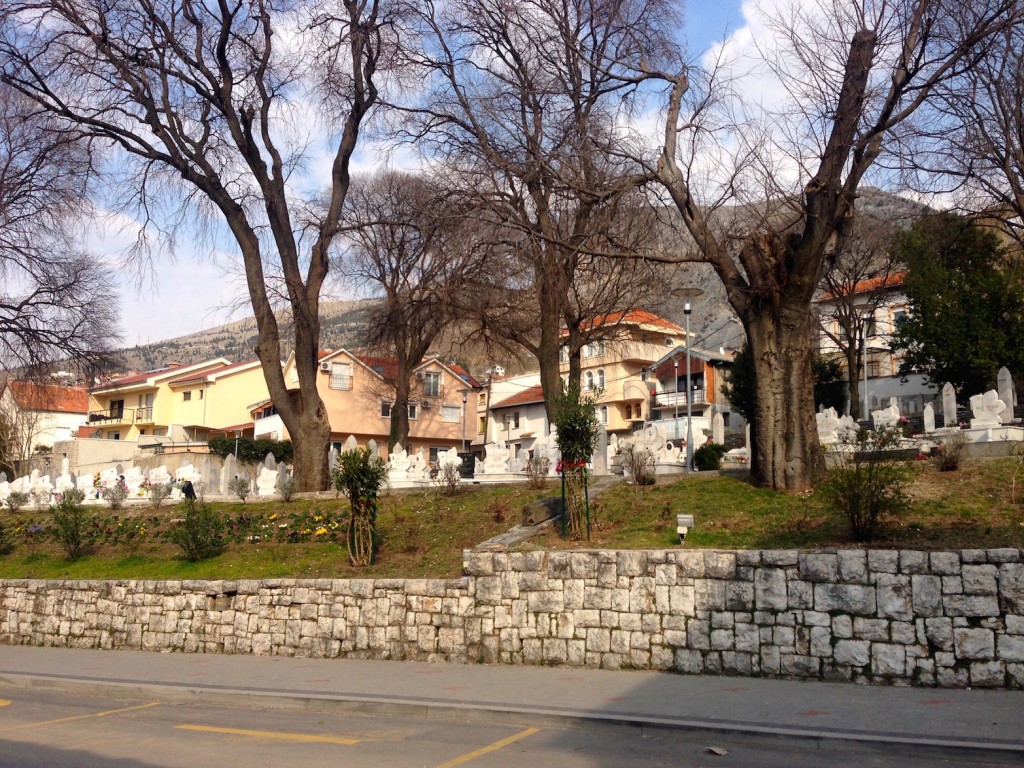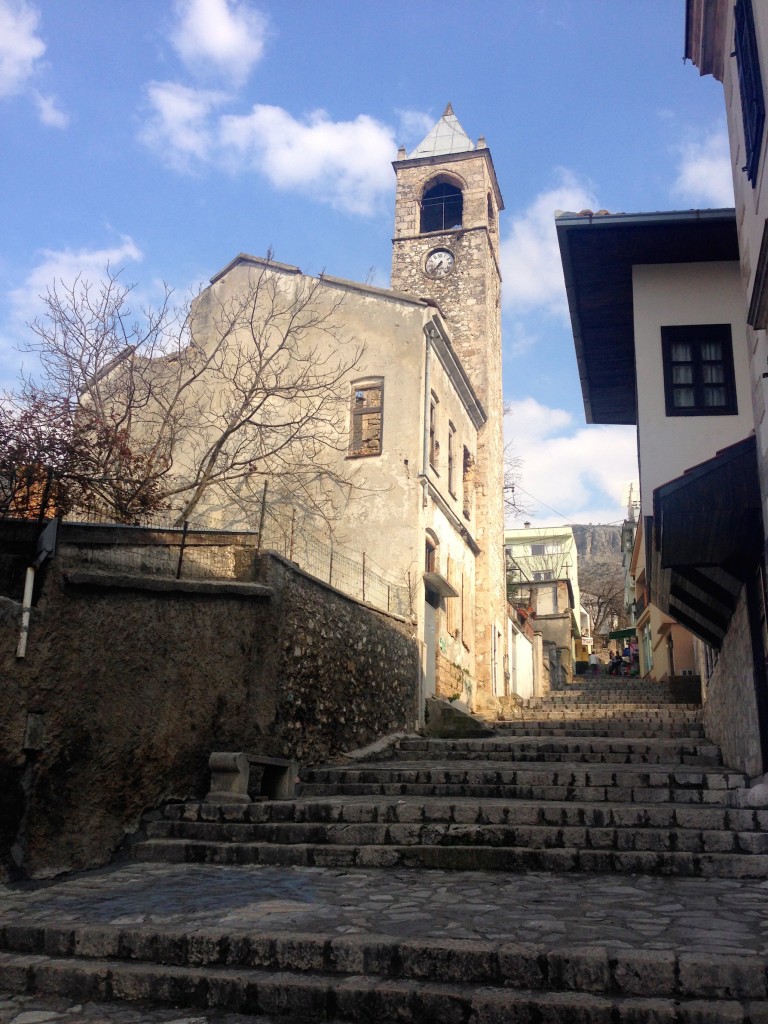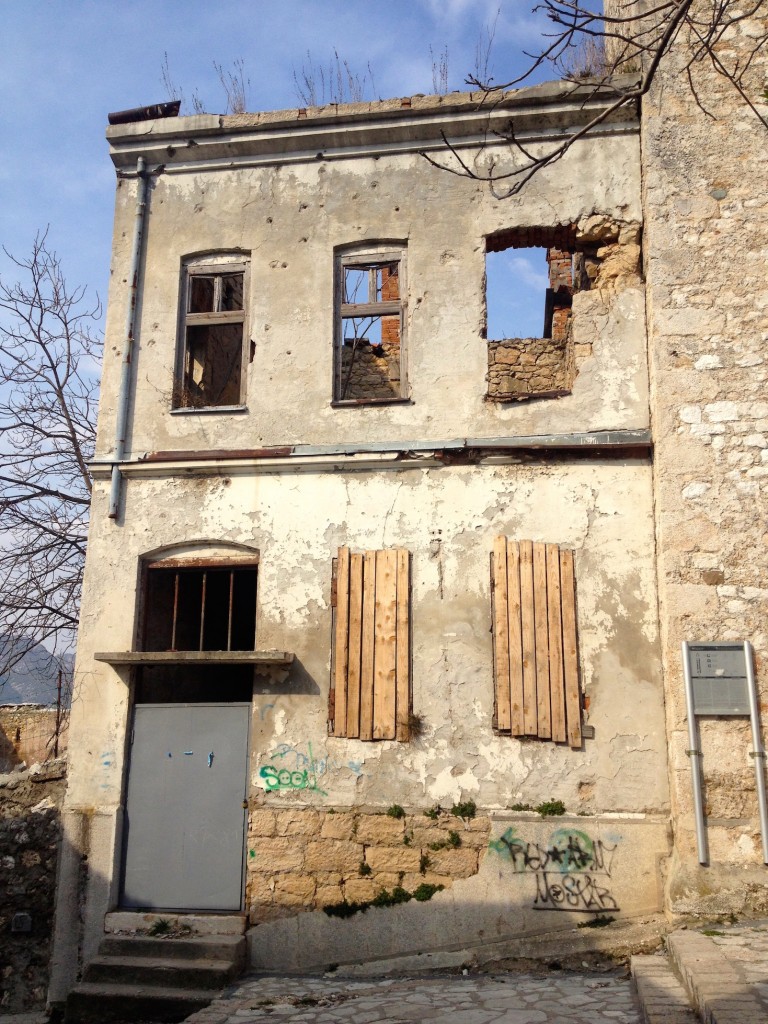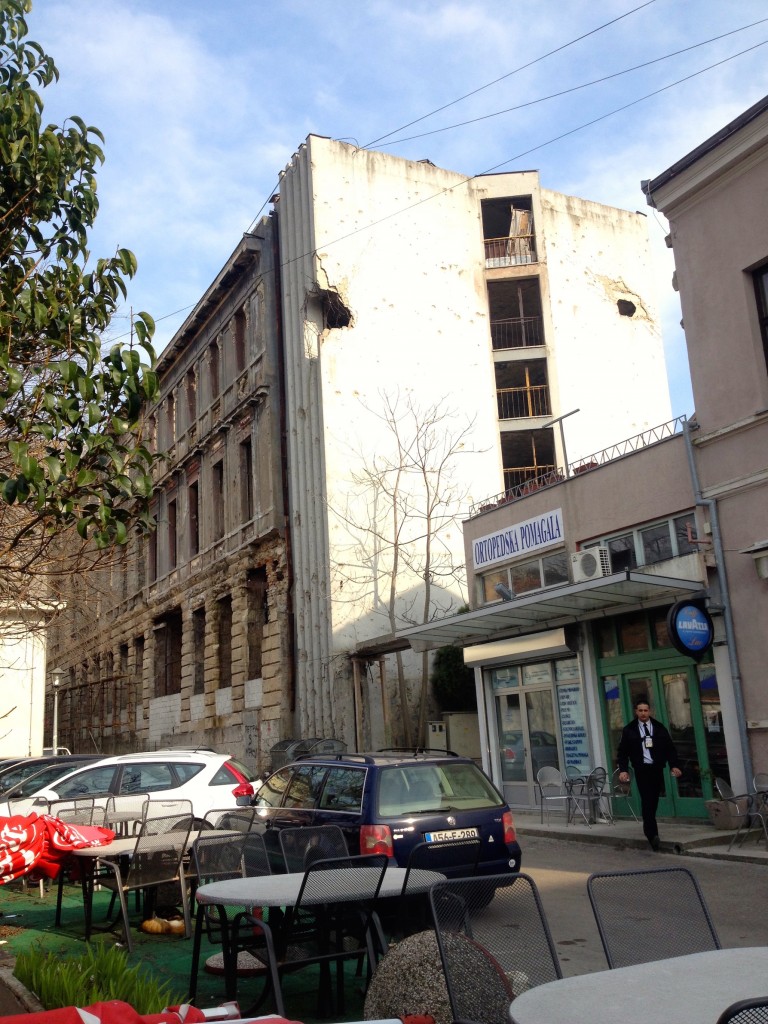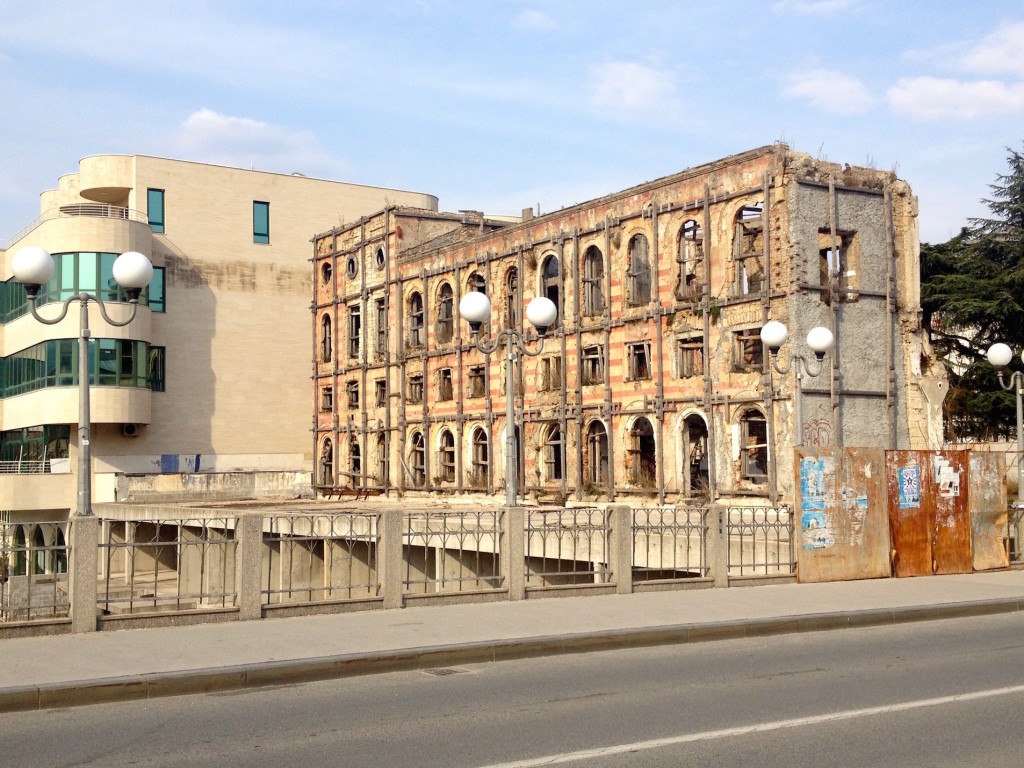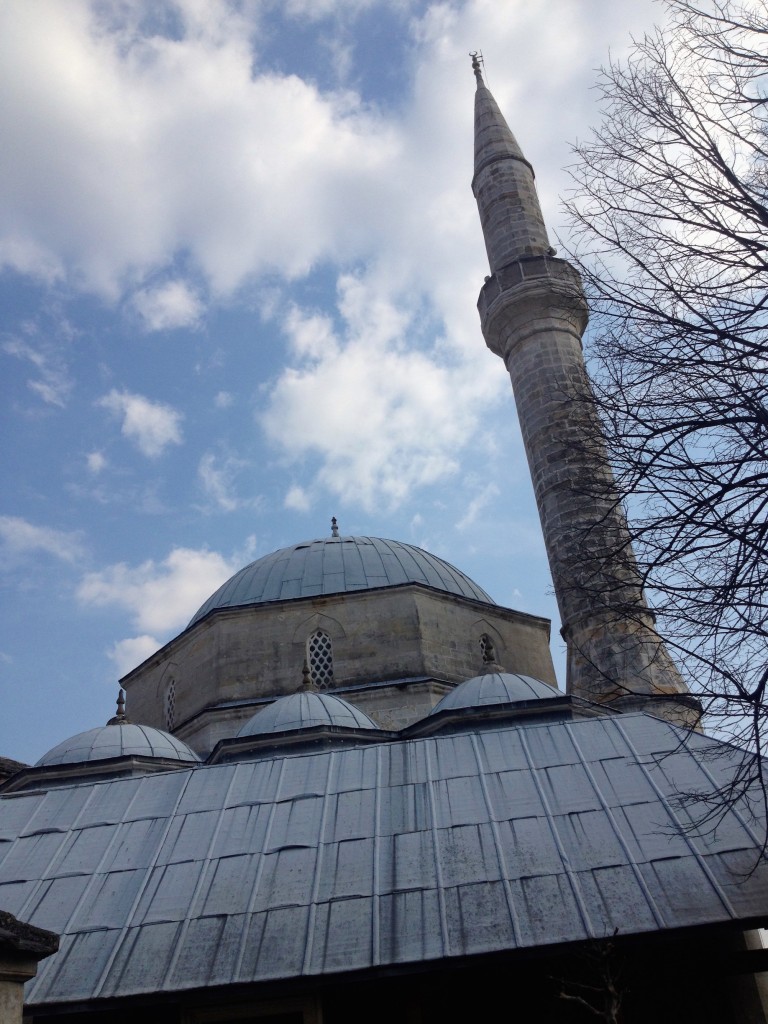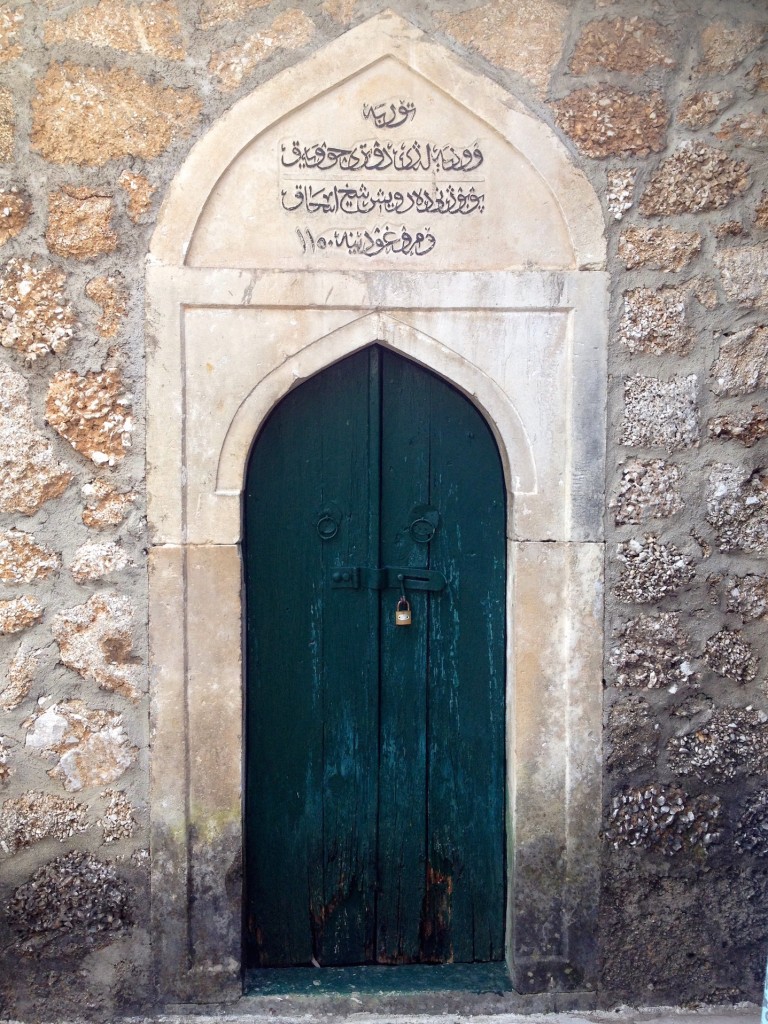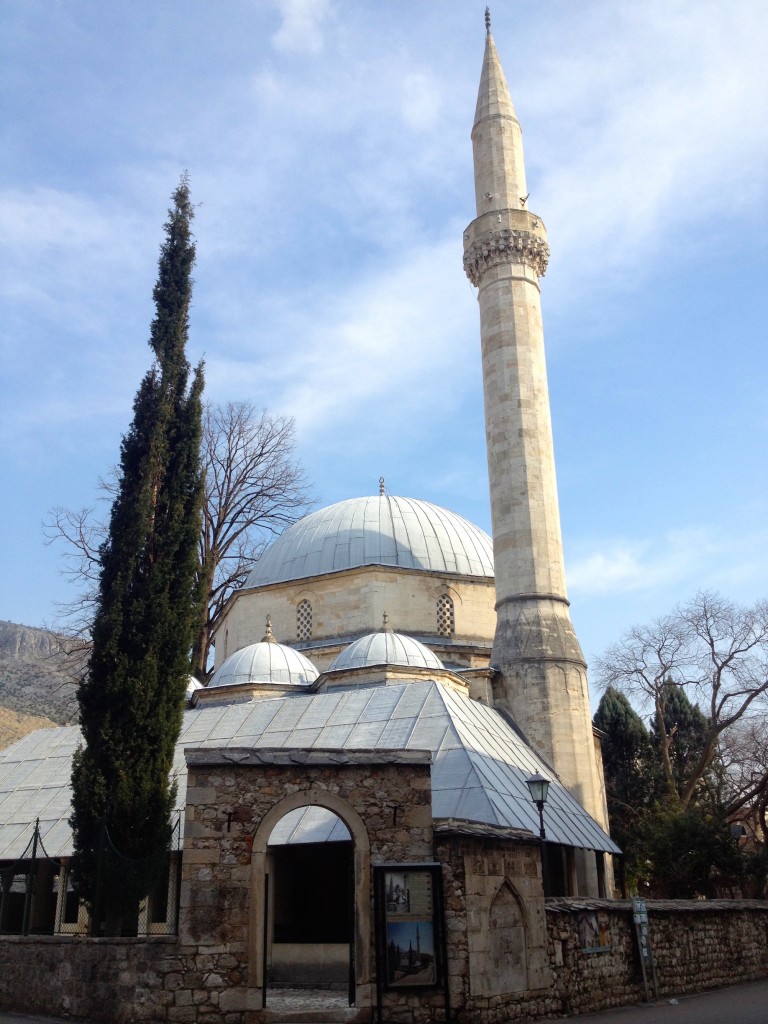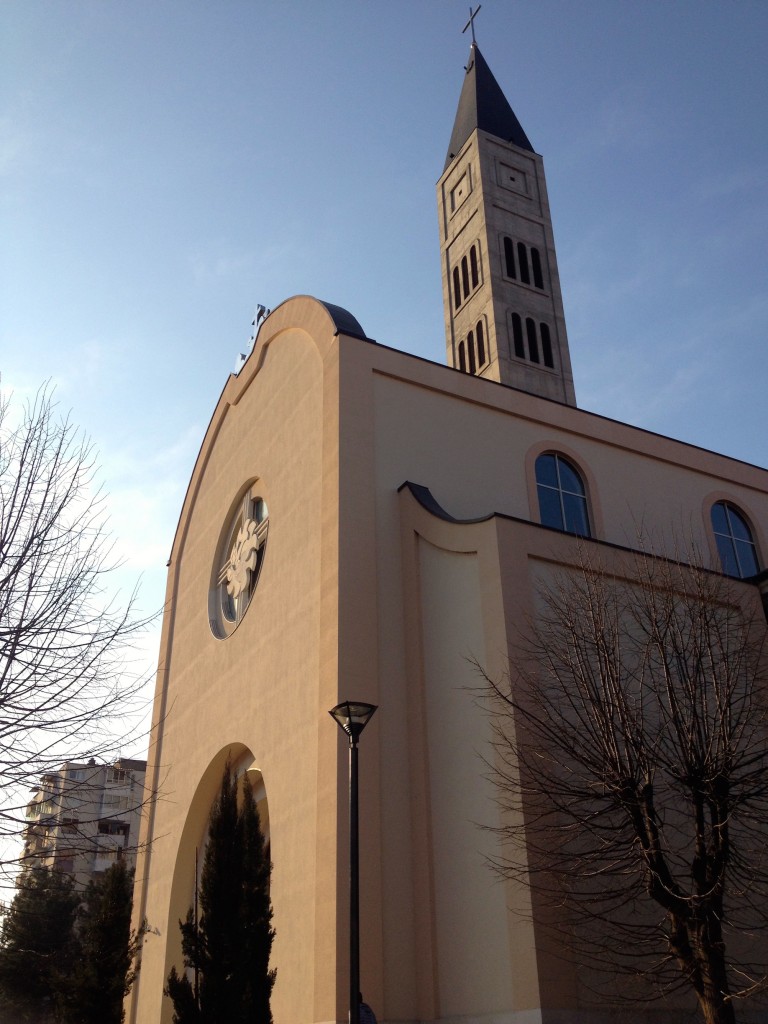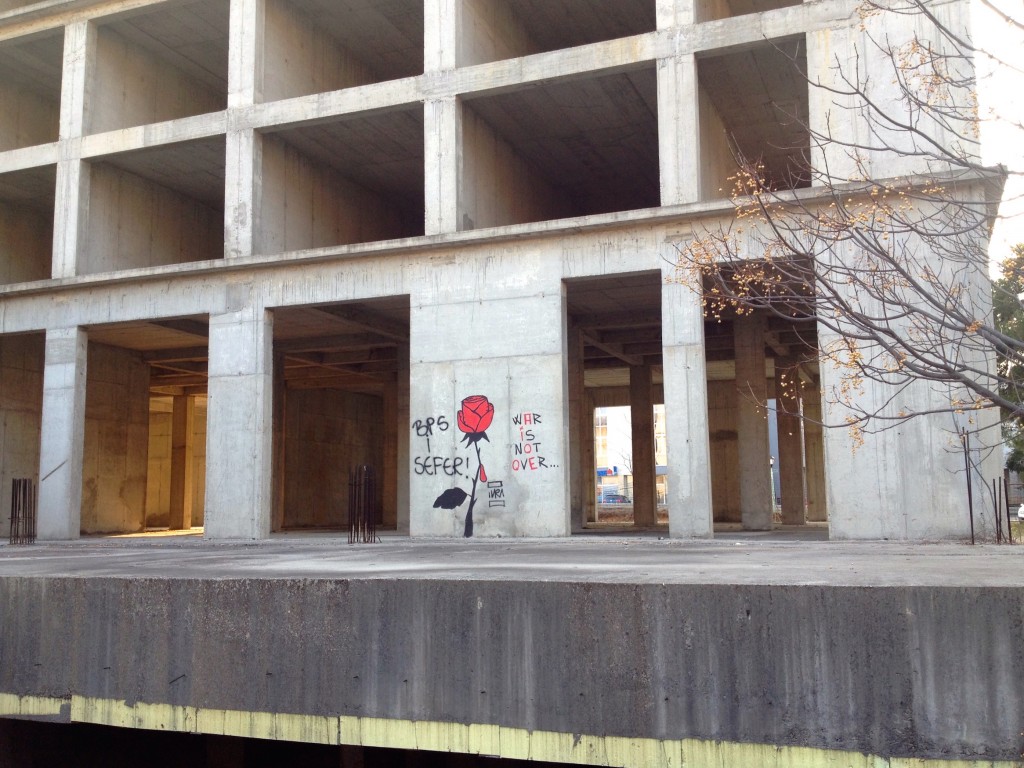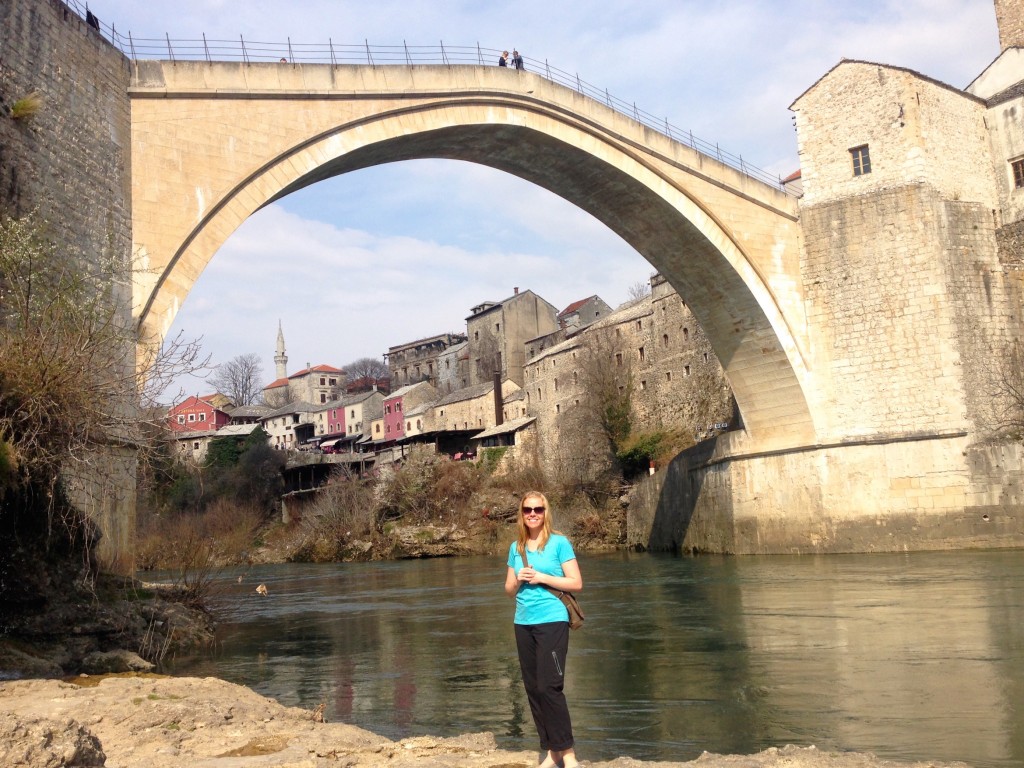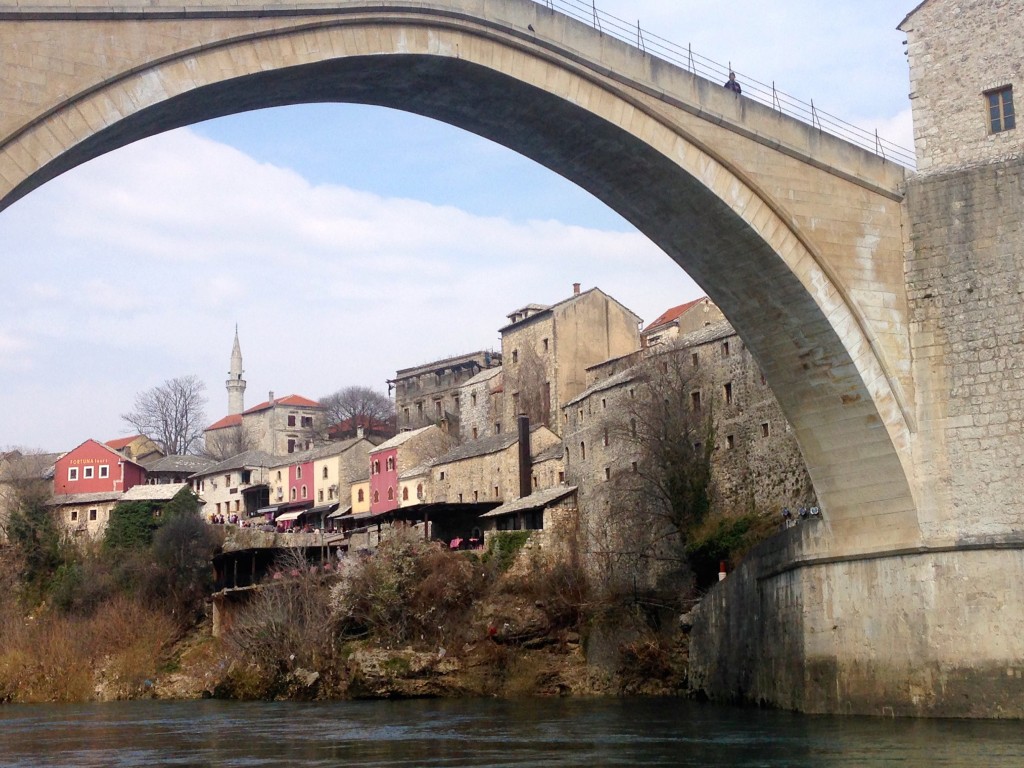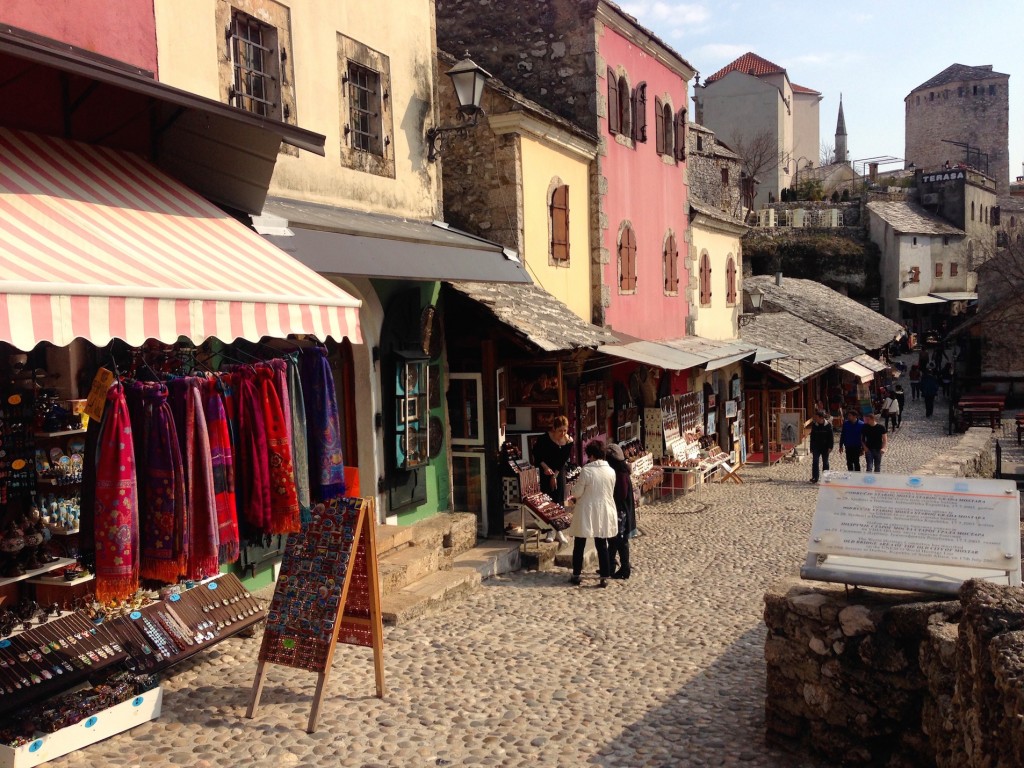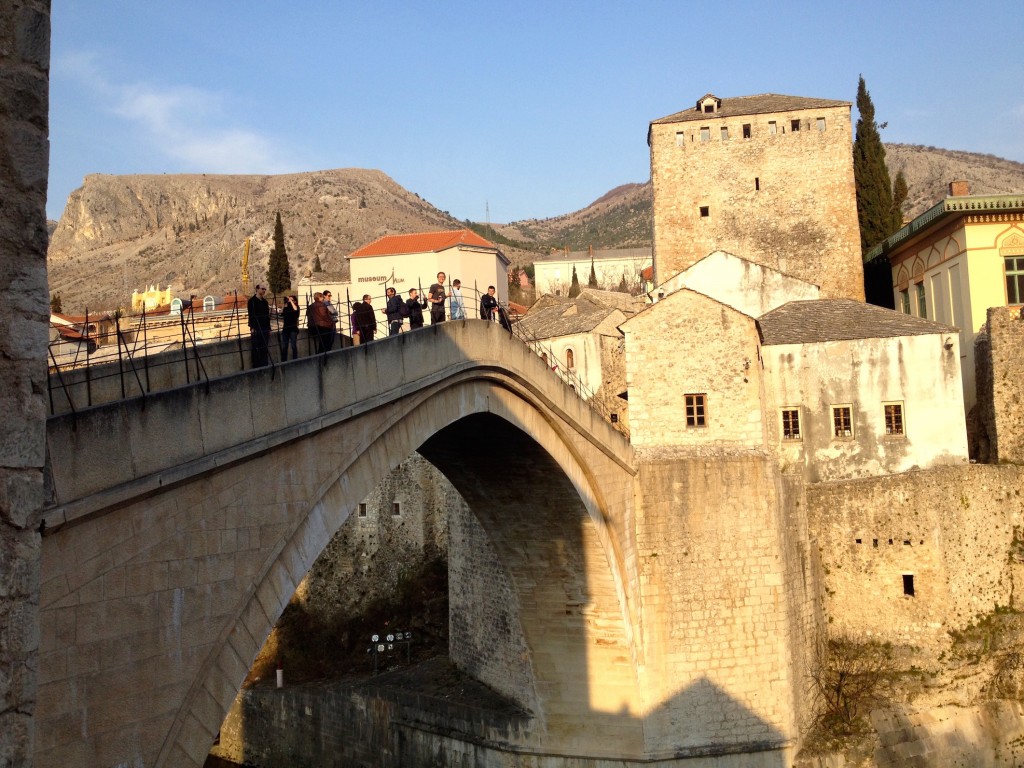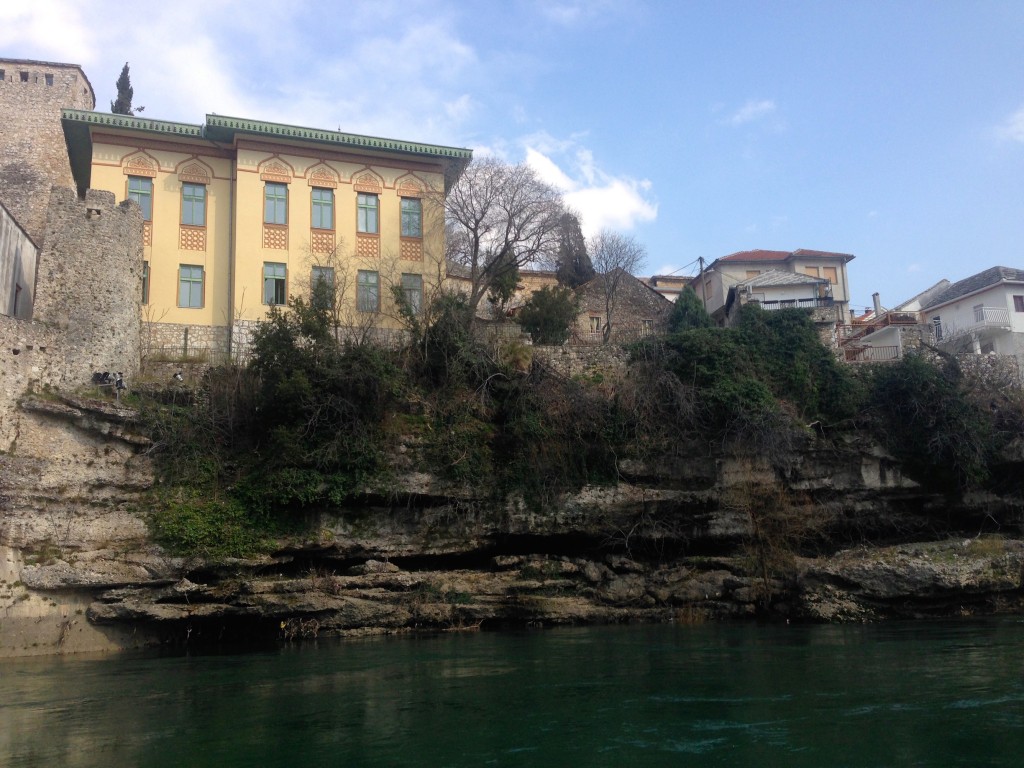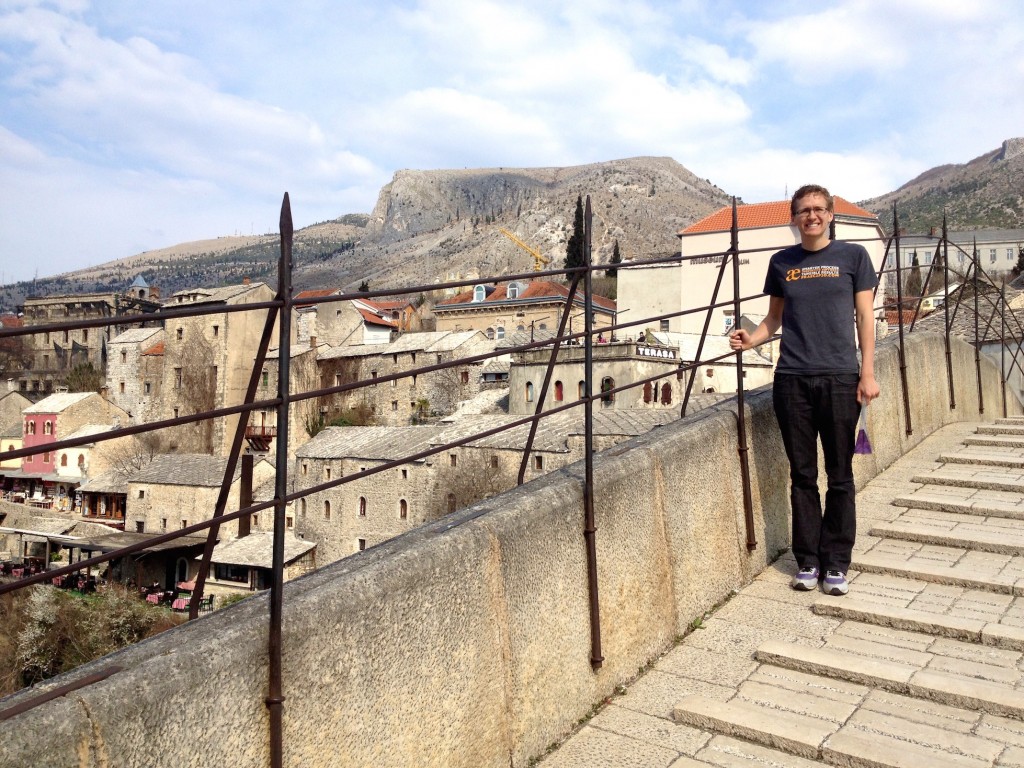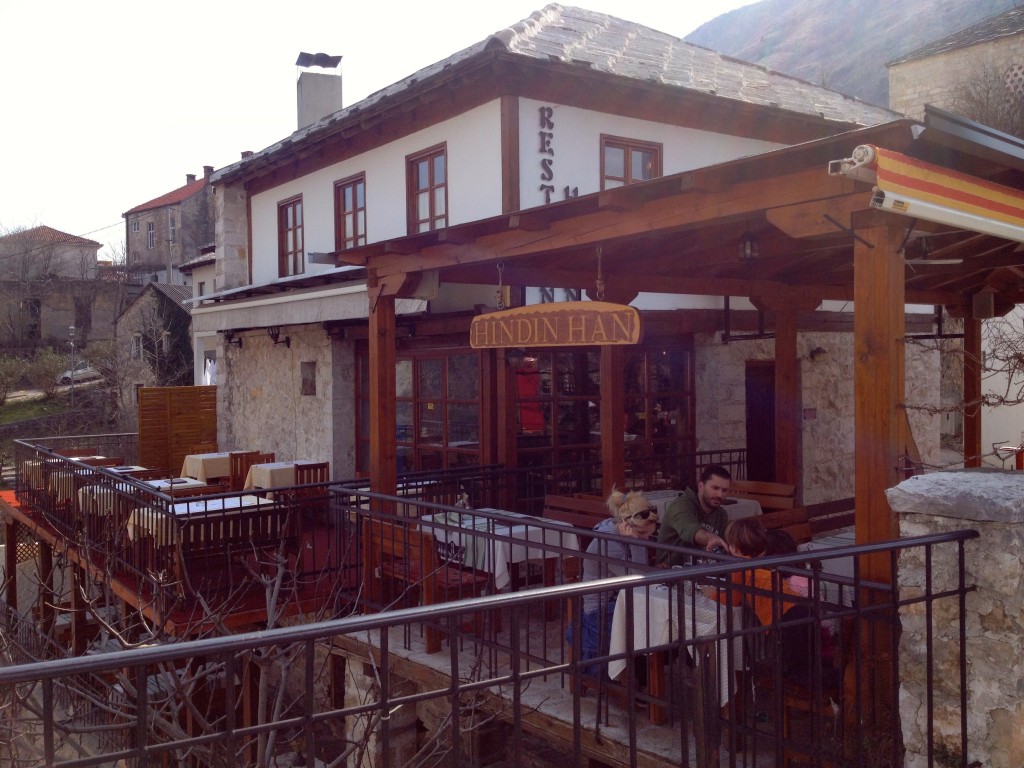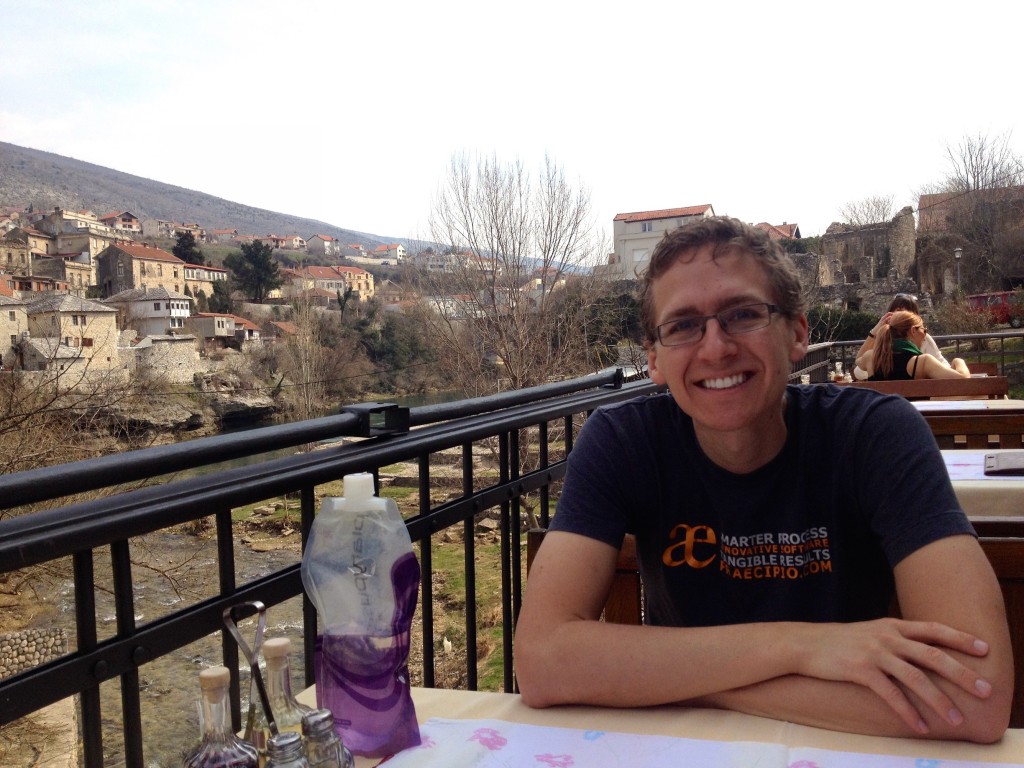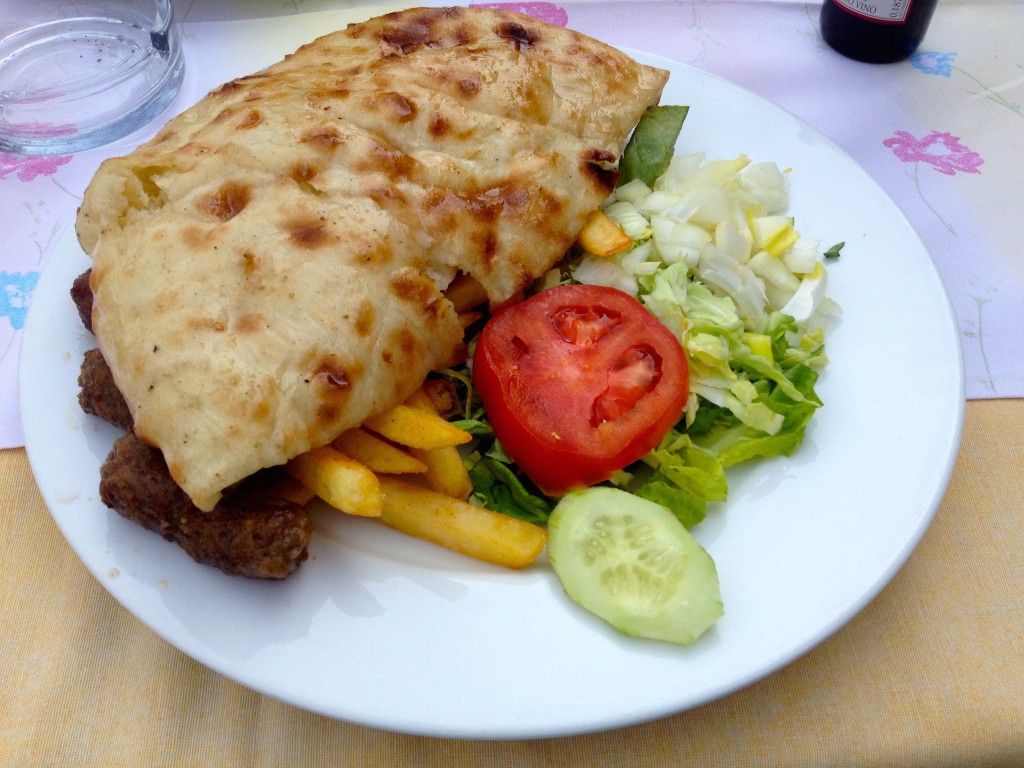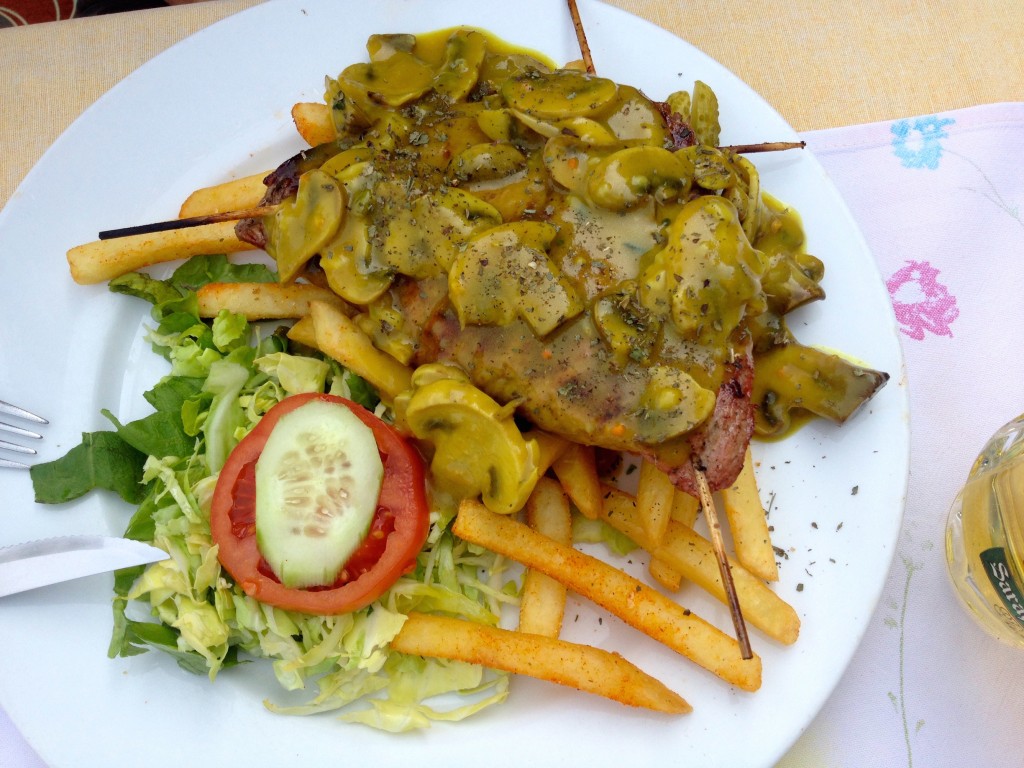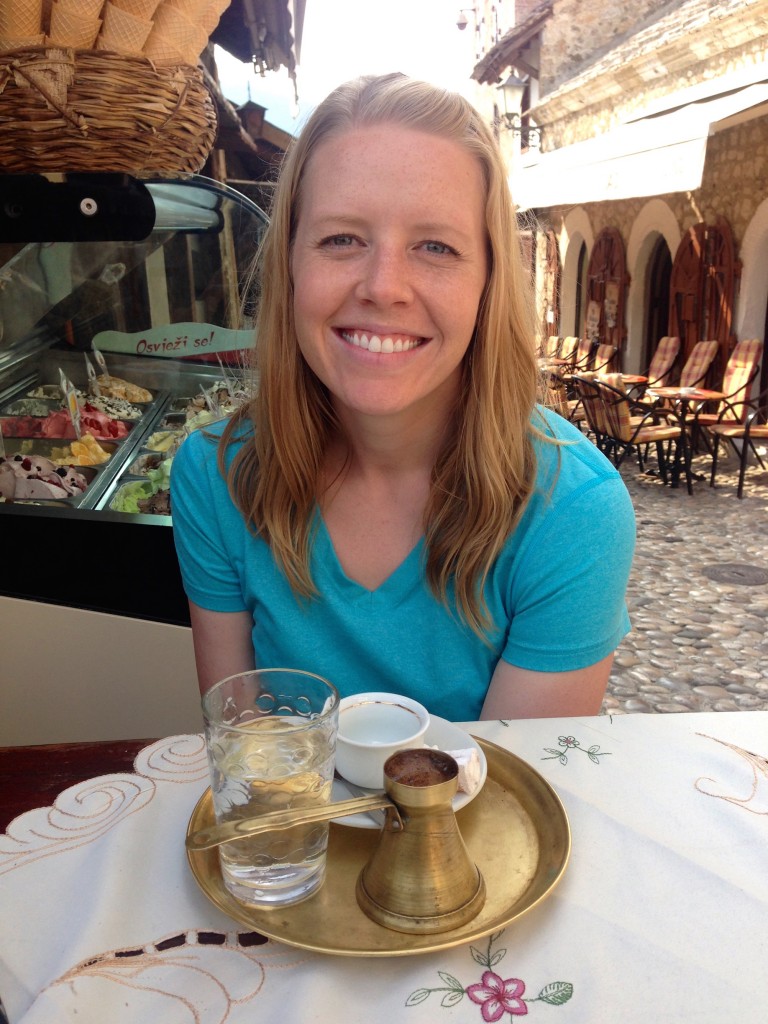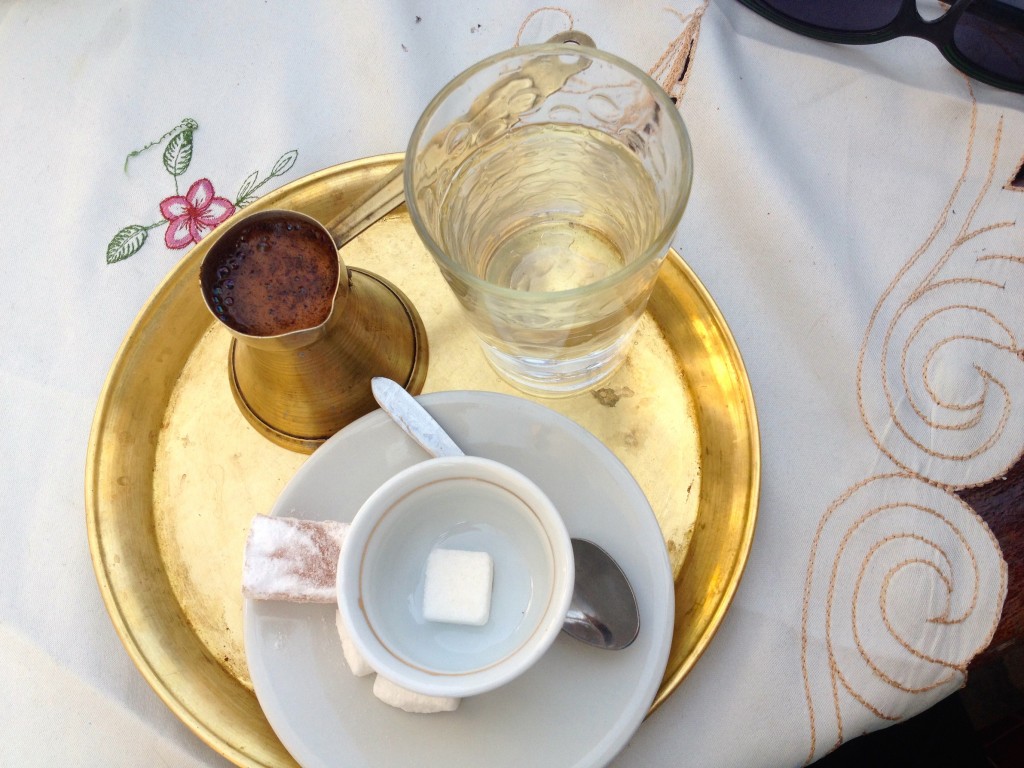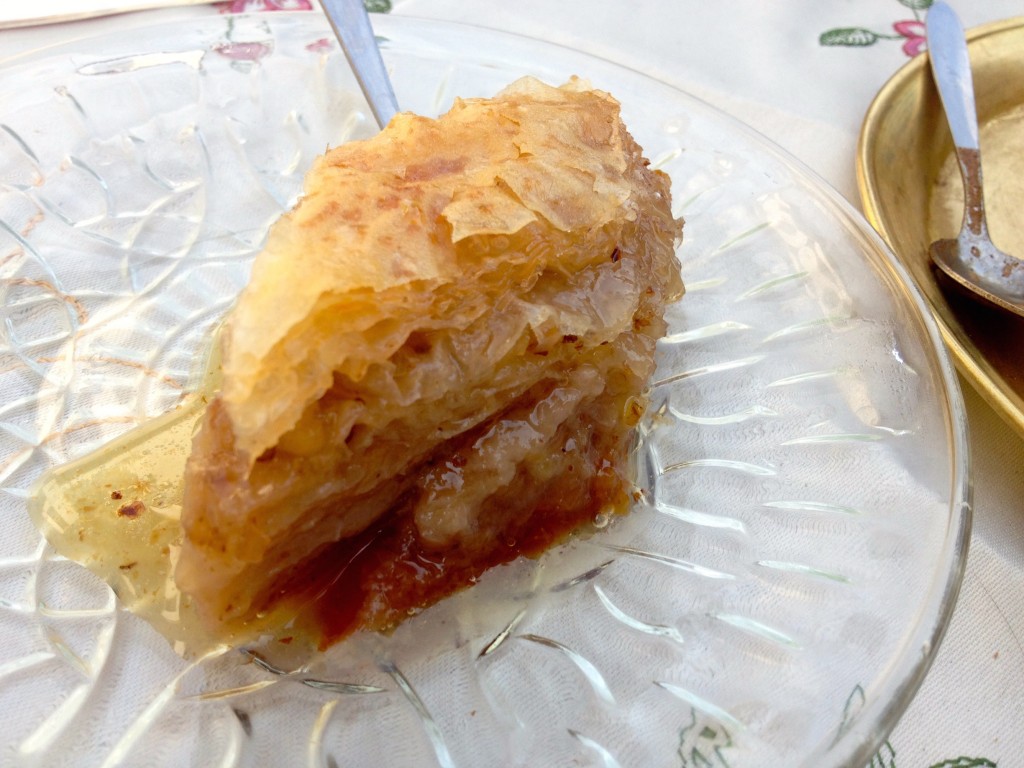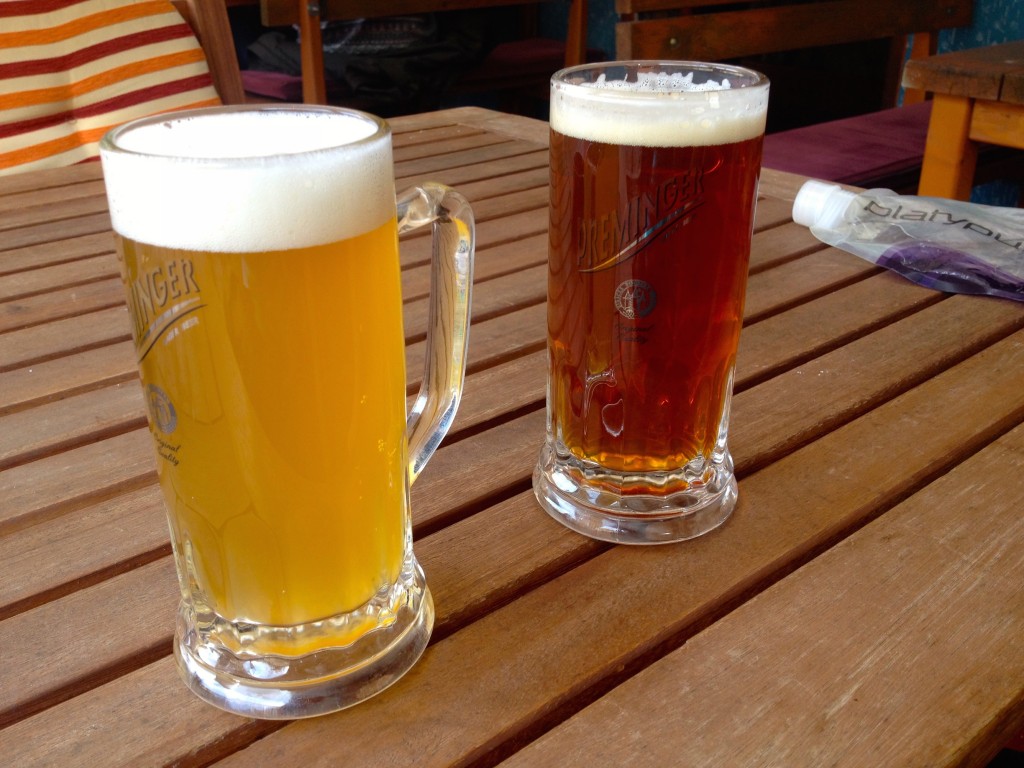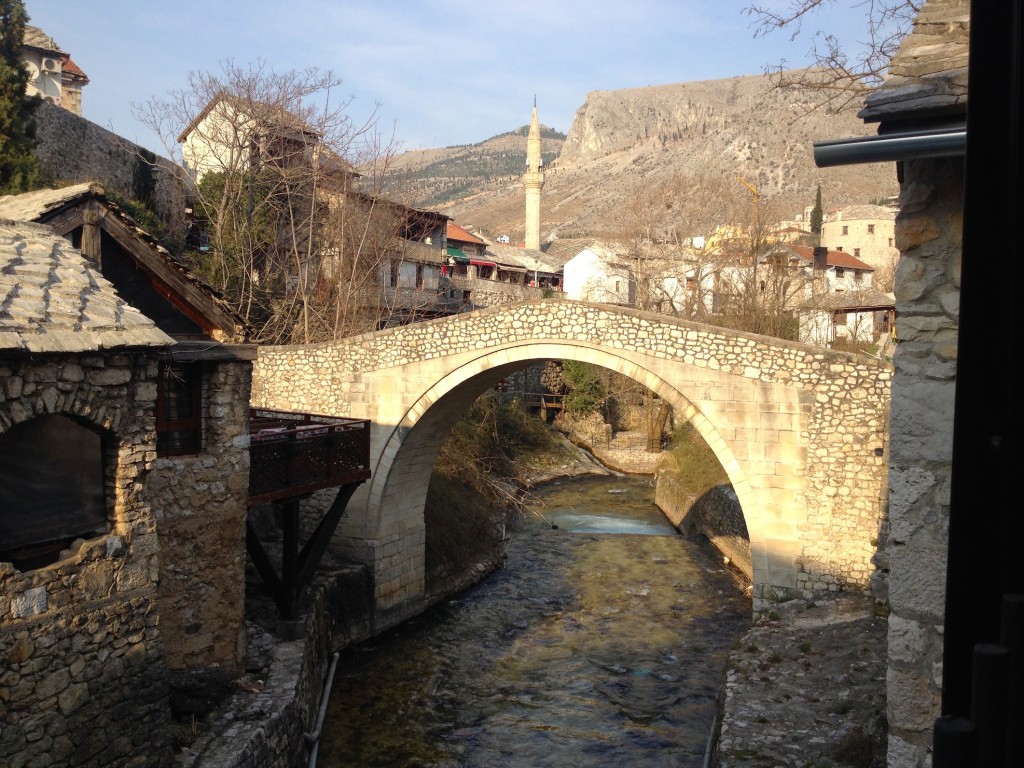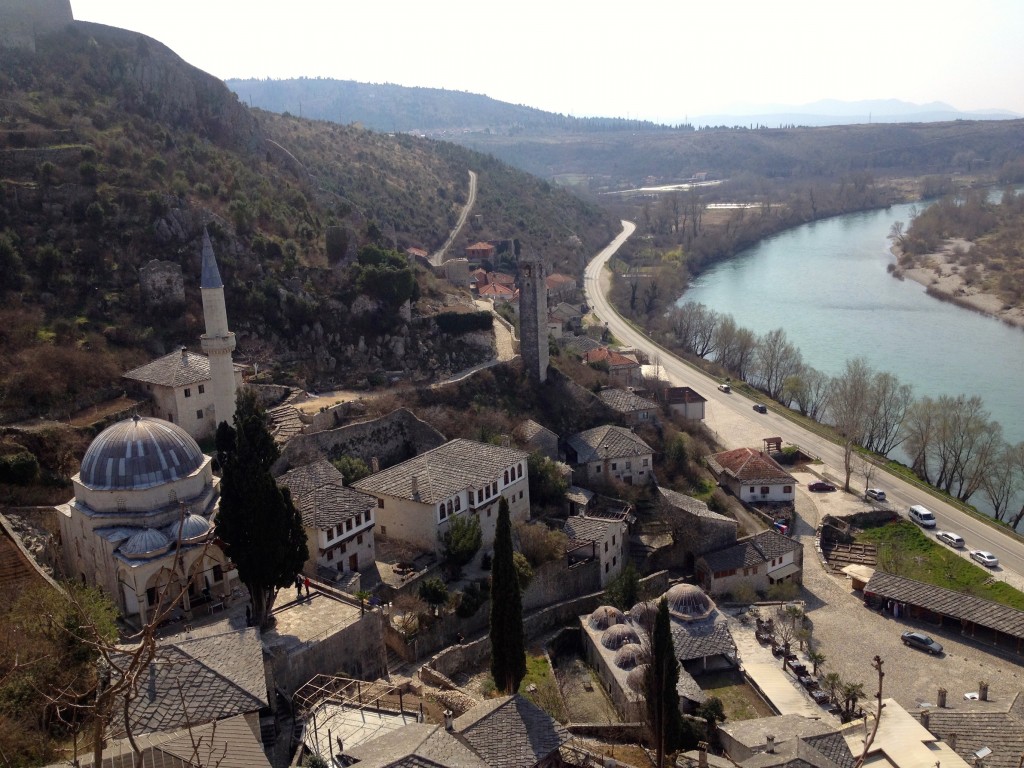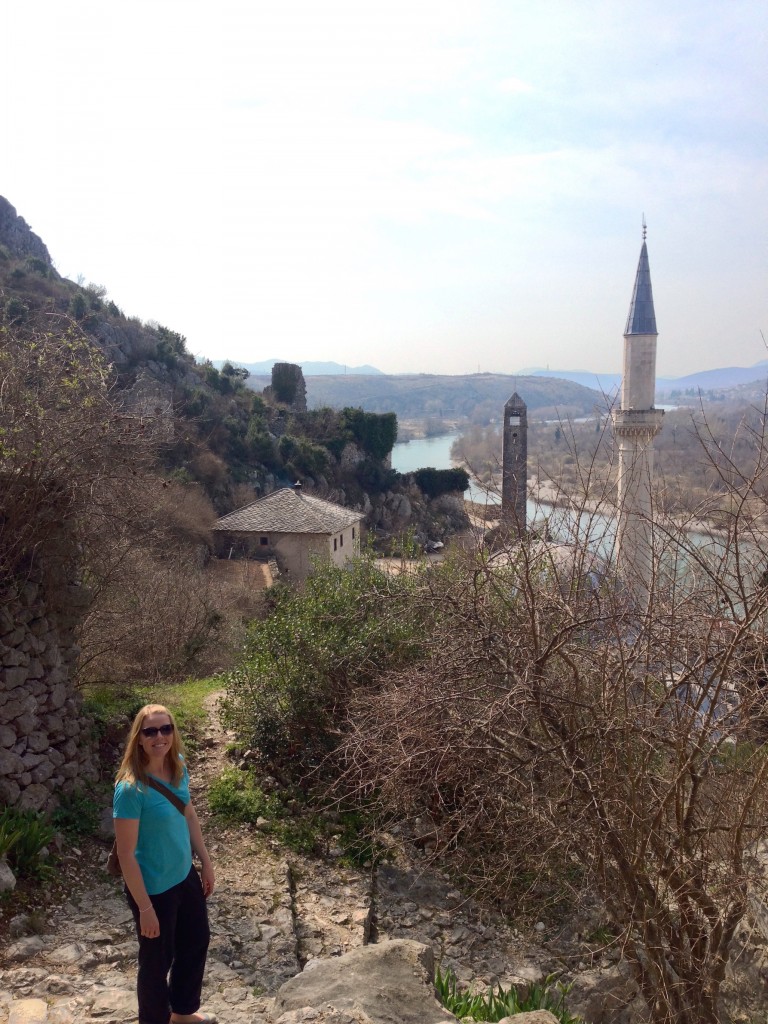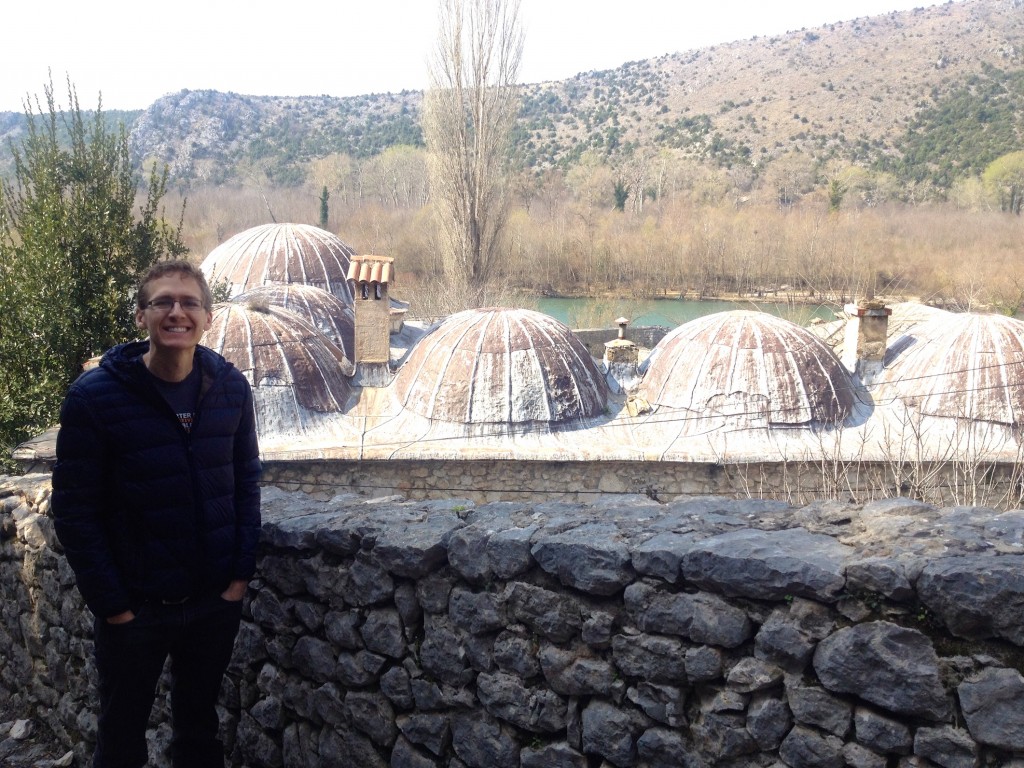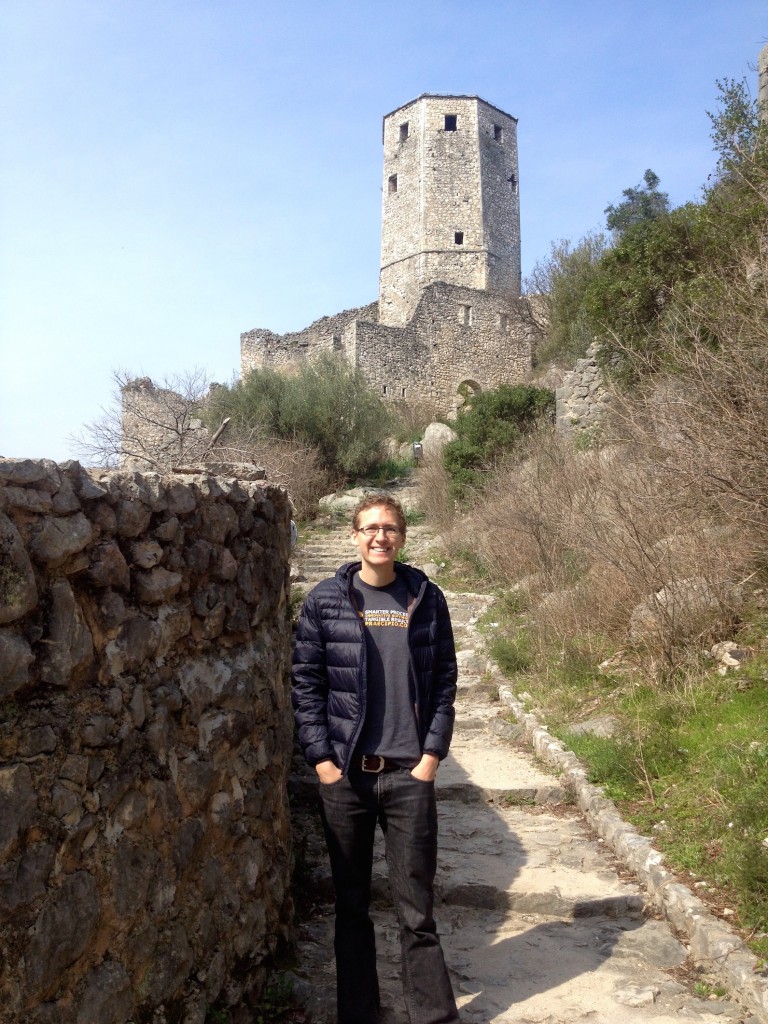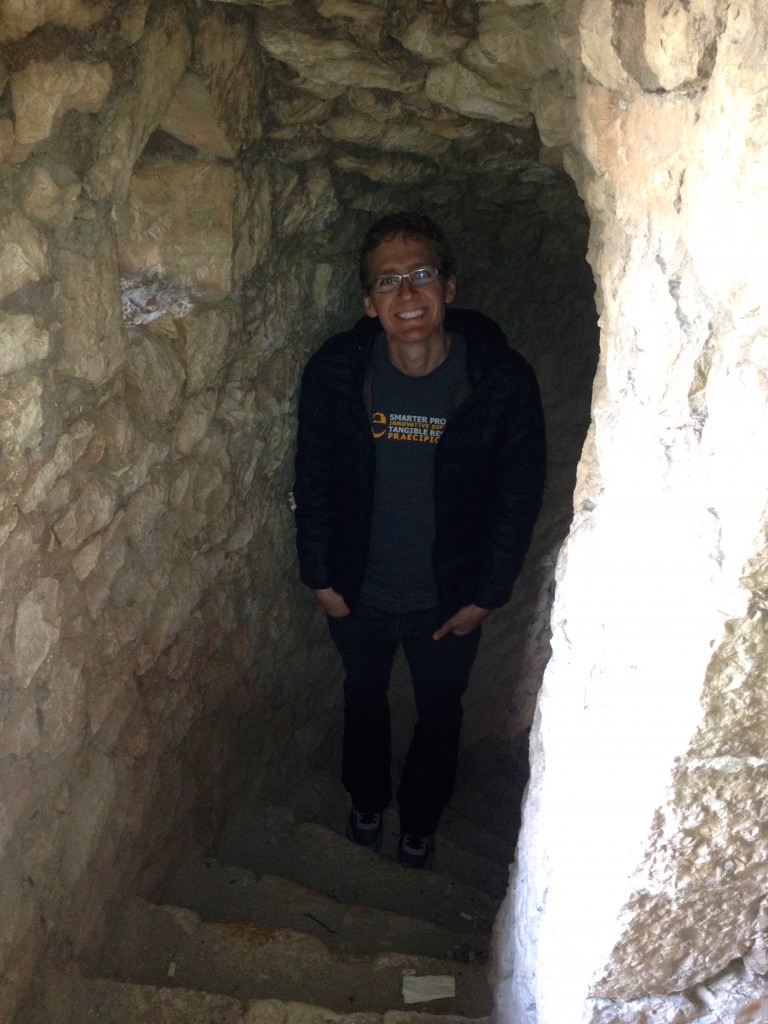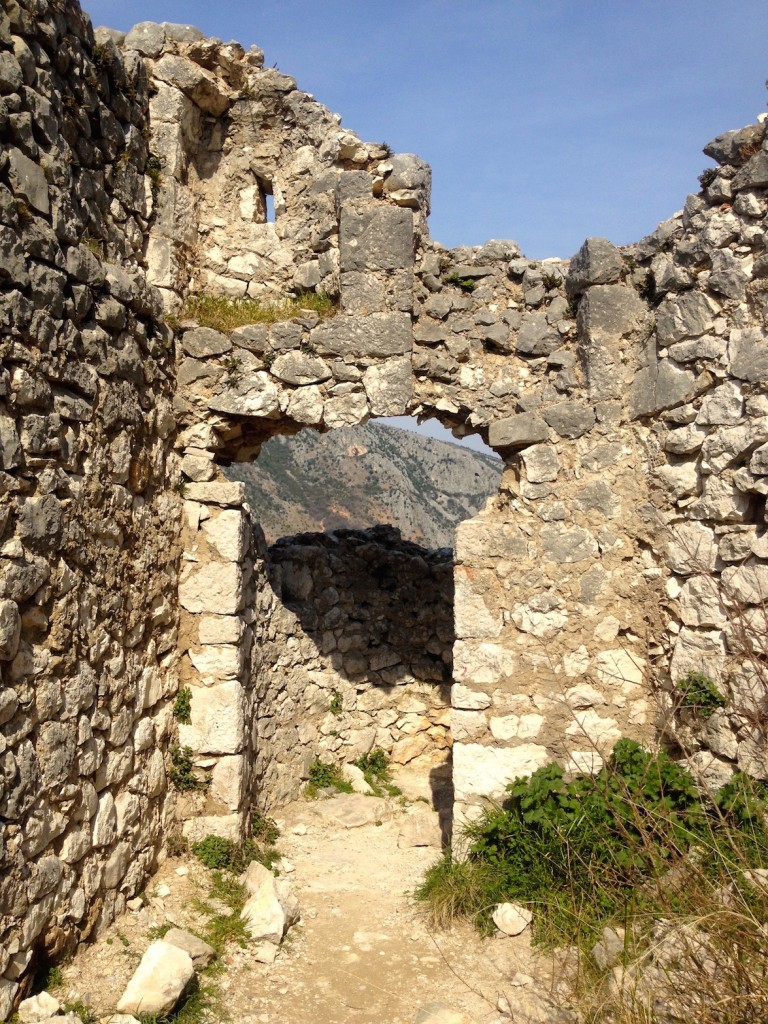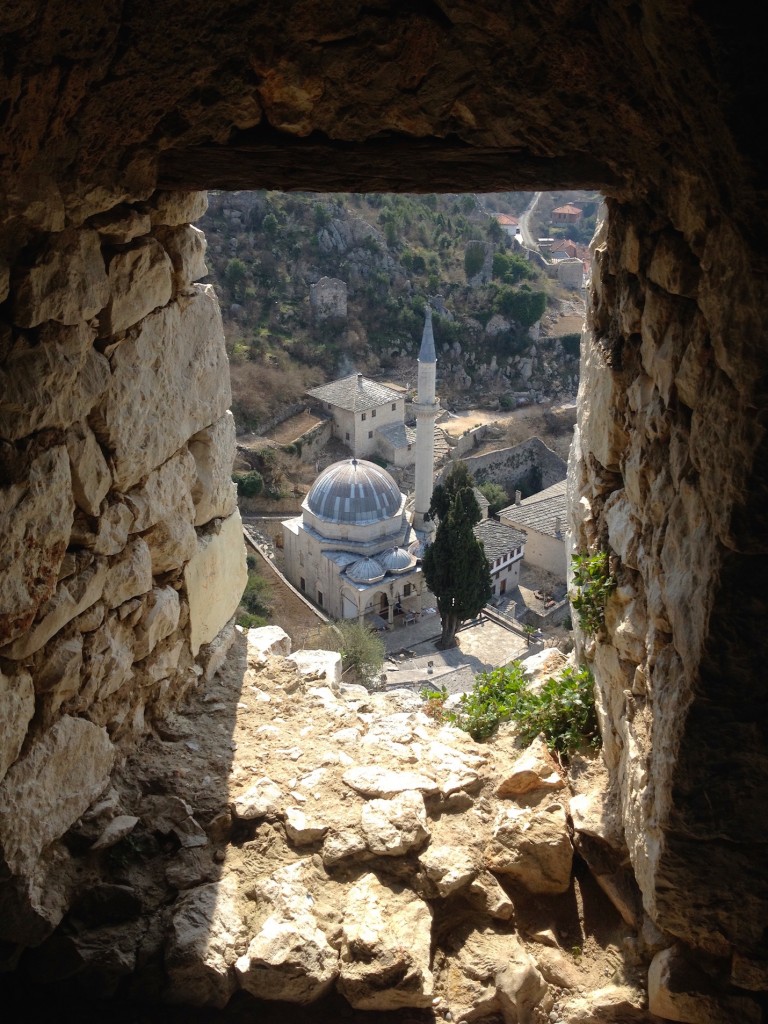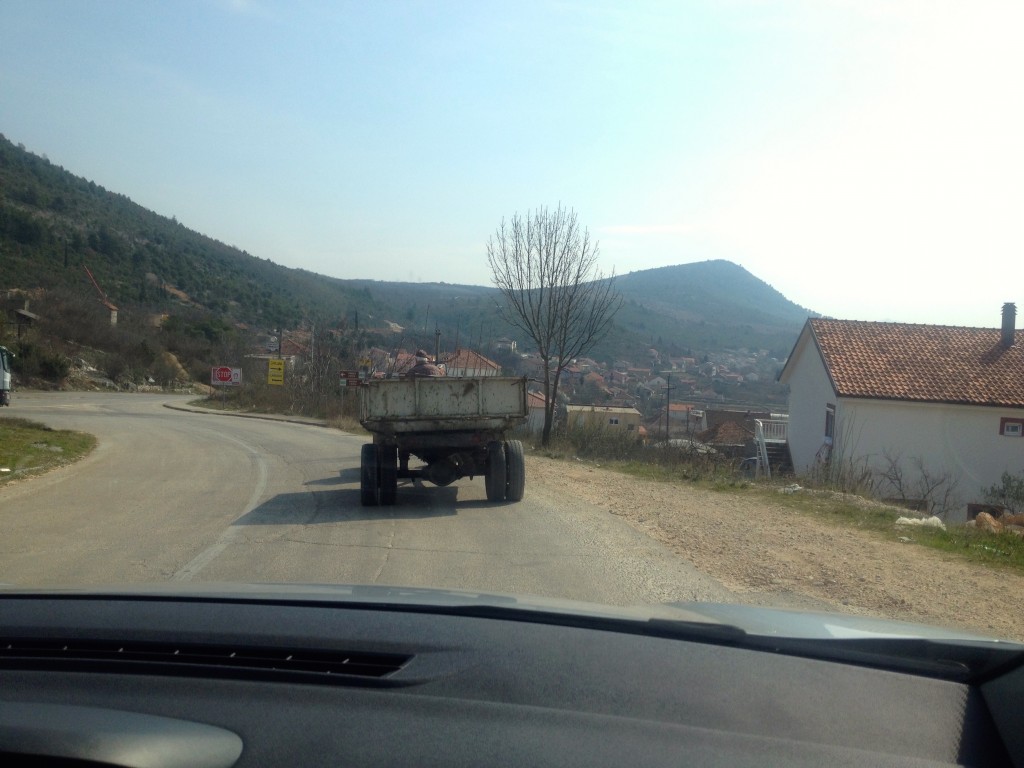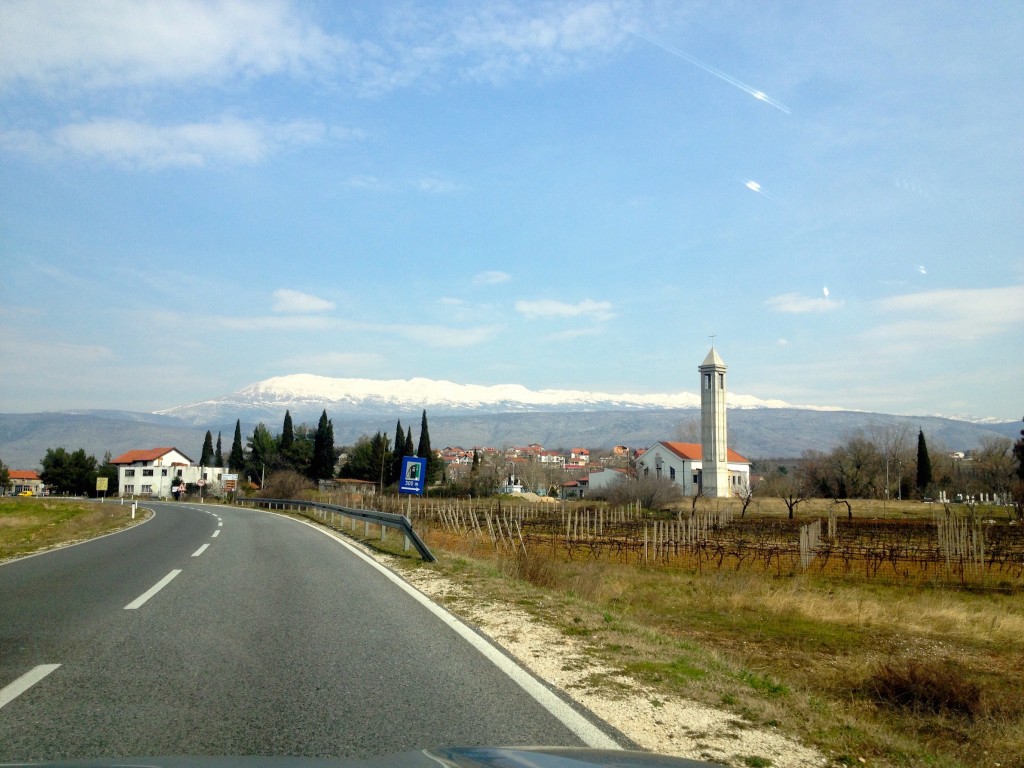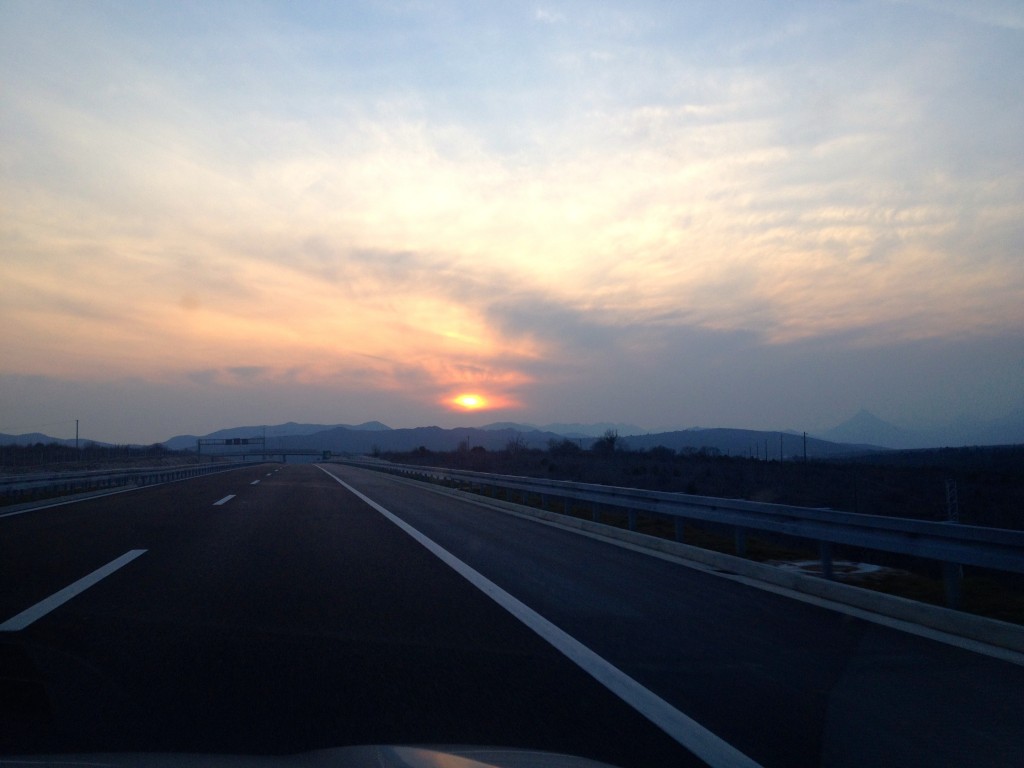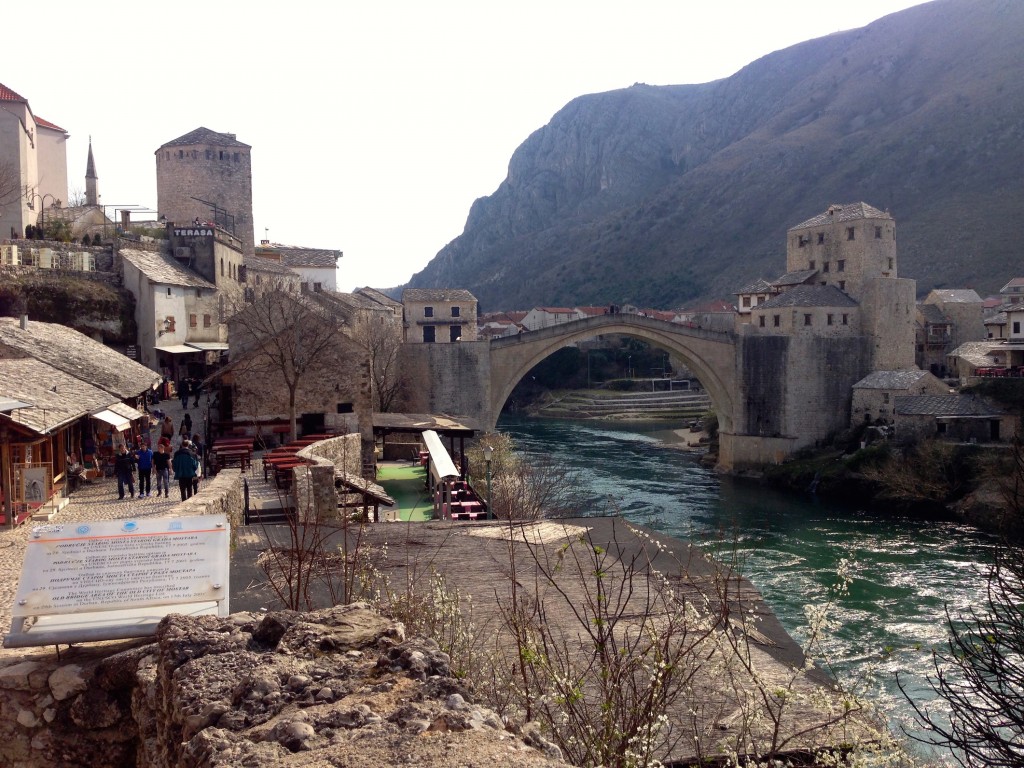Budapest is famous for its many thermal baths, which are these huge, centuries old, awesome indoor/outdoor pool/spa facilities where locals and tourists go to relax and unwind. The entire city sits right on top of a whole bunch of thermal hot springs (as evidenced by the occasional VERY strong smell of sulfur).
We visited the Szechenyi Bath, which is located out in City Park. This is arguably one of the most tourist-friendly baths for a handful of reasons. First and foremost, most signs have been translated into English and many of the bath employees speak English. That is ALWAYS good news when you don’t know the Hungarian word for “Men” or “Women”. I shudder to think what would I would’ve seen if I wandered into the wrong dressing room.
The Szechenyi baths are also in a really awesome, old, beautiful building that is located in a wonderful area. The beautiful Vajdahunyad Castle is located right across the street (definitely worth a quick visit), Heroes’ Square is nearby, and, if you’re staying downtown, you can either walk up Andrássy Út (Budapest’s Champs Élysées or Broadway) or take the Metro to get out here. Easy as pie. Or in Budapest, I suppose I should say easy as strudel.
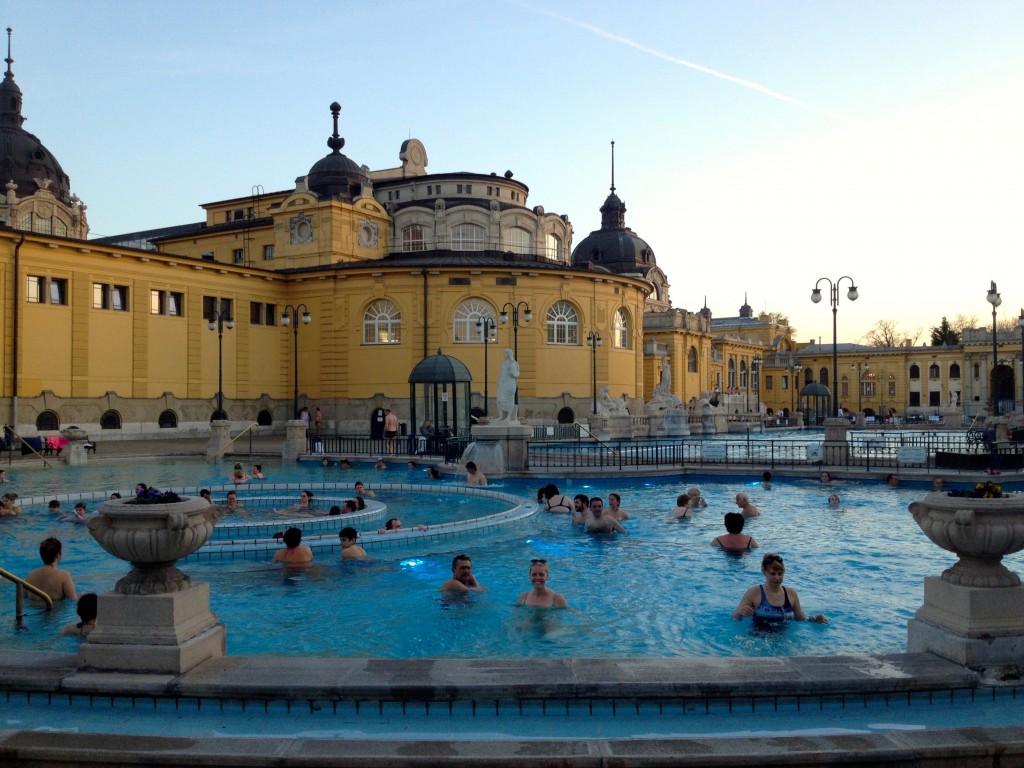
The Szechenyi Baths, the place where other bathers will get awkwardly close to you, especially when you’re taking a photo. (See the guy near me in the pool in this photo.)
There’s something intimidating about the Budapest Baths, though. I had all these unanswered questions before we went. Am I supposed to go naked? Will it be weird if Kevin wears trunks instead of a speedo? Is a bikini ok? Are there changing facilities or do you just get naked in the locker room? Can I bring beer or food? Should I bring my own towel? Can I rent a swimsuit? Where do I enter the baths? Is it ok to pee in the pools? (Spoiler alert: the answer to that last question is always, ALWAYS a resounding NO.)
In this post, I’ll share our experience with the Szechenyi Baths and answer some of the burning questions I had before we became resident Budapest Bath experts.
Question 1: Am I Supposed to Go Naked?
You may think I’m being silly, but this is actually a very valid question. Remember, Budapest has a bunch of bath facilities, and some of them are nudie-friendly (like the Rudas baths). Usually, nude thermal baths are gender-segregated. They’ll either have separate areas for men and women, or different days of the week will be for men or for women only.
You may be thinking, “Gee, but nudie baths sound like such an authentic experience.” I assure you, though, you’ll see PLENTY of skin at the Szechenyi Baths without the pressure to avert your eyes. Honestly, speedos don’t cover nearly enough skin for my liking. I am now fully topped up on my man thigh quota for the next decade or so. If you’re more into chest hair than man thigh, the baths definitely have you covered. They’ve got the whole back hair thing covered, too. Something for everyone, right?
The bottom line of what to wear? Whatever makes you comfortable as long as you wear something. Kevin was easily the most covered man there with his American swim trunks on. Women will fit in just fine in a bikini or a one-piece suit.
Question 2: Can I Rent a Swimsuit or Towel?
Yes and yes. But I feel like we should talk about the first thing. Do you really want to RENT a swimsuit? This turns me off for obvious reasons. I’m even more turned off now that I’ve been to Szechenyi and seen the swimsuit rentals. Men get one choice: speedo. It’s actually hilarious to try to pick out American men who had to rent a speedo and are clearly uncomfortable with it. Women are issued a pretty modest one-piece, but it’s made of alarmingly thin material. Make of that what you will. In short, pack a swimsuit. It hardly takes up any space, anyway.
Towel rental at Szechenyi is easy. Choose from a small towel for about $1.50 (plus refundable $5.50 deposit), a Big towel for $2.50 (plus $15 deposit), or treat yo’self and rent a bath robe for $4 (with $40 deposit). YOLO, right? We brought our own towels, but I sure would’ve felt fancy wearing around a robe.
You can pay for towel/swim suit rental at the cashier desk with cash or credit card and pick it up at the towel/swimsuit rental office once you’re inside. If you wait to pay for your rental inside, it’s cash only.
Question 3: What Else Should I Bring with Me?
If you’re fair skinned and headed to the baths on a hot day, bring along some sunblock. Part of the baths are outdoors and there isn’t much shade. The other half of the bath facilities are indoors.
We also highly recommend bringing along flip flops, a water bottle, and snacks. People didn’t really go barefoot at the baths – most wore flip flops from pool to pool. We definitely needed the water bottle after spending so much time soaking in hot water and sitting in saunas. (There are water fountains in a few places to re-fill your bottle.) And obviously, I know myself well enough now that I never, ever, ever go anywhere without snacks. We spent almost four hours at the baths, and I can tell you I would’ve been one angry lady without some food towards the end.
There is a snack bar at the Szechenyi baths where you can buy snacks and drinks if you’re desperate. Prices are reasonable, too! They also sell beer, though you can bring in your own. Just don’t bring anything glass into the baths and you’ll be fine.
Question 4: How Much Do the Baths Cost? Should I Get a Locker or Cabin?
The baths are not as cheap as I thought they’d be. With good planning and time management, though, you can definitely get your moneys worth. It’s important to realize that there are two very different areas at Szechenyi, and they each have different hours. The outdoor pools are open 6am-10pm every day, but the indoor thermal baths and saunas close at 7pm! Many, many tourists have been disappointed when they arrived to find the indoor part closed.
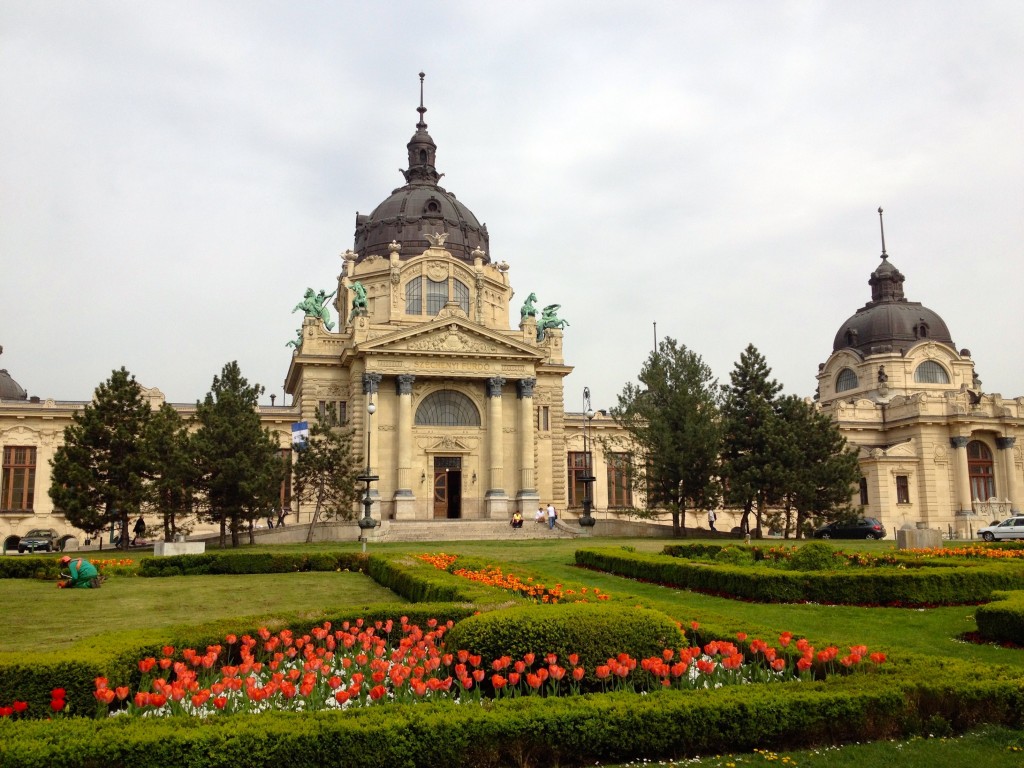
The Southeast Entrance to the Szechenyi Baths. We didn’t go in this way, but it’s definitely the best side to take photos. I love the spring tulips!
The latest bath prices are available on the Szechenyi website. In general, it costs slightly more (about $1 extra) to visit on weekends, and costs slightly less (about $1 less) if you visit super early in the morning or after the indoor pools close at 7pm. Go when it’s convenient for you, but realize that crowds will be smaller on weekdays, especially before about 3pm.
When you buy your ticket, you choose either a cabin or a locker. You cannot enter the baths without paying for either a cabin or locker, you have to choose one or the other. There is a “Visitor Ticket” available for 1650 Forint (about $6) if you want to take a 15-minute tour of the baths without swimming; check out the Széchenyi Baths guided tours site for details.
Lockers are exactly what you’d expect and are located in gender-segregated locker rooms. Cabins are more private – you are essentially renting a tiny private room where you can change and leave your belongings.
Cabins on weekdays cost 5000 Forint ($18) and lockers are 4500 Forint ($16.25). If you’re going to the baths with a friend, you can share one Cabin. In this case, one person pays the Cabin price and the other pays the locker price even though they don’t use the locker. Cabins are not gender segregated – Kevin and I shared one without any problems.
Question 5: Where/How Do I Enter the Baths?
I’ll tell you exactly what we did, because I would do things the same way if we visited again. This is based heavily on Rick Steves’ recommendations.
- Enter the baths on the Northwest side. This is the side nearest to the zoo. If you’re heading towards the baths from the Metro exit, or if you’re walking towards them from downtown, this is the far left-hand side of the building.
- Once you’re in the lobby, go to any of the cashiers. Some take only cash, some also take cards. Check the sign on their window and make sure you’re in the right line.
- Pay the cashier for your cabin or locker, and he/she will issue a bracelet that you’ll use to enter the baths and open your locker or cabin. If you choose a cabin, he/she will go ahead and give you a cabin number.
- Head towards the turnstile and scan your bracelet to get in. Once you’re inside, follow the cabin number signs to find yours. Cabins are on the main floor or upstairs. Locker rooms are downstairs. We left our belongings in the cabin and felt totally safe doing so.
Question 6: What Are the Baths Like Once You’re Inside?
Once you find your cabin or locker and change clothes, it’s time to enjoy the baths! Before you get wet, we recommend walking around to get your bearings. After all, there are 18 pools and 10 steam room / saunas to explore! Go upstairs to check out the view down of the baths to get the classic Széchenyi baths photo. There are also sun decks and a fitness center to check out, though they were closed when we were there.
Walk around and check out the outdoor pools. Each pool is a different temperature; the pool temps are usually posted on a plaque nearby. The lap pool is the chilliest of the outdoor pools, and is the one in the middle where everyone is wearing swimming caps (they’re required). Fun fact: apparently bringing a flimsy shower cap from your hotel meets the swim cap requirement. Who knew?!
Dip your toes in the Relaxation Pool and the Fun Pool. The hottest of the outdoor pools is the Relaxation Pool. This is also where the chess boards are located! On any given day, you’re pretty much guaranteed to see some older Hungarian gentlemen sitting here playing chess while they soak. The Fun Pool is a bit cooler, and is filled with jets and currents to play in.
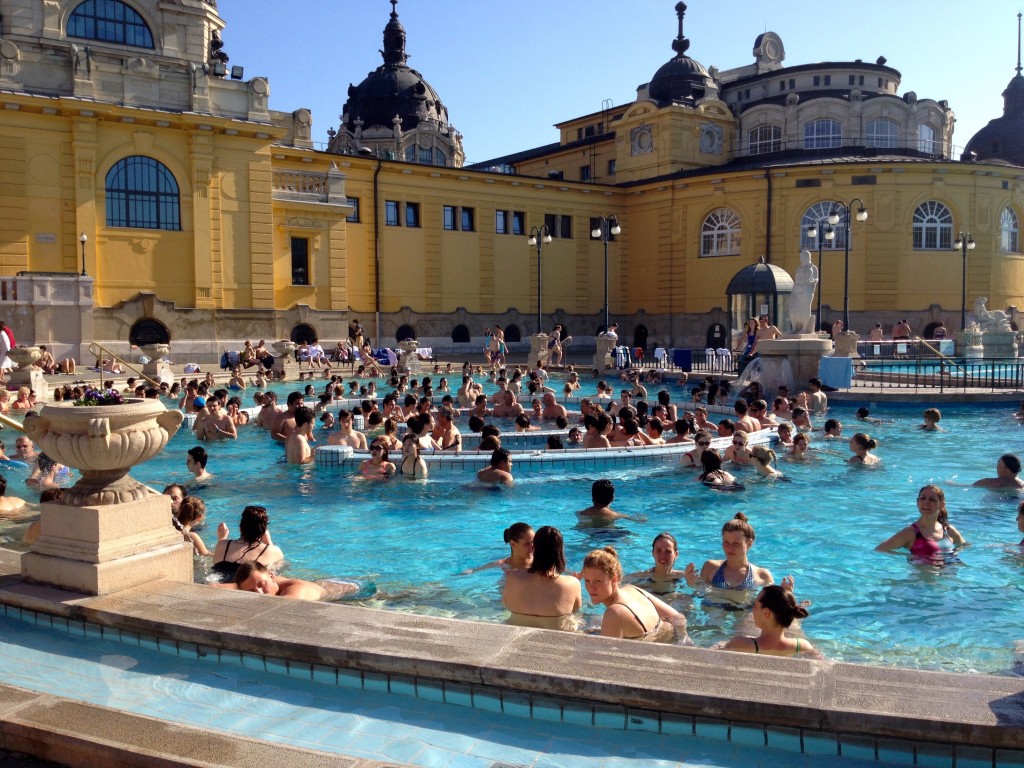
The Outdoor “Fun Pool”. The circular thing in the center has a current going around the circle. If you go in, you can float leisurely around in circles!
Head inside to explore the thermal baths! Room after room after room has pool after pool after pool. They vary in temperature from an super cold 16 Degrees C (60 F) to a nice and hot 40 Degrees C (104 F). Each of the indoor pools have different mineral contents in the water. Some are a murky green and stinky, others are eerie blue, and some are crystal clear, but none of them are chlorinated. Lots of locals use the thermal baths for medicinal purposes – there’s even a special medical entrance to the Szechenyi bath complex! Doctors will sometimes send their patients here with a prescribed list of baths to soak in!
And of course, definitely DO NOT MISS the steam room and the saunas! Each steam room or sauna is located next to a cold bath, so you can heat yourself up then dunk in the cold water. It is absolutely wonderful – you should definitely give it a try. I didn’t want to, and it ended up being my favorite part os the whole bath experience! I loved the steam room and the aromatherapy sauna. There is also a light therapy sauna, and a super-hot 100 deg. Celsius sauna that was absolutely roasting inside!
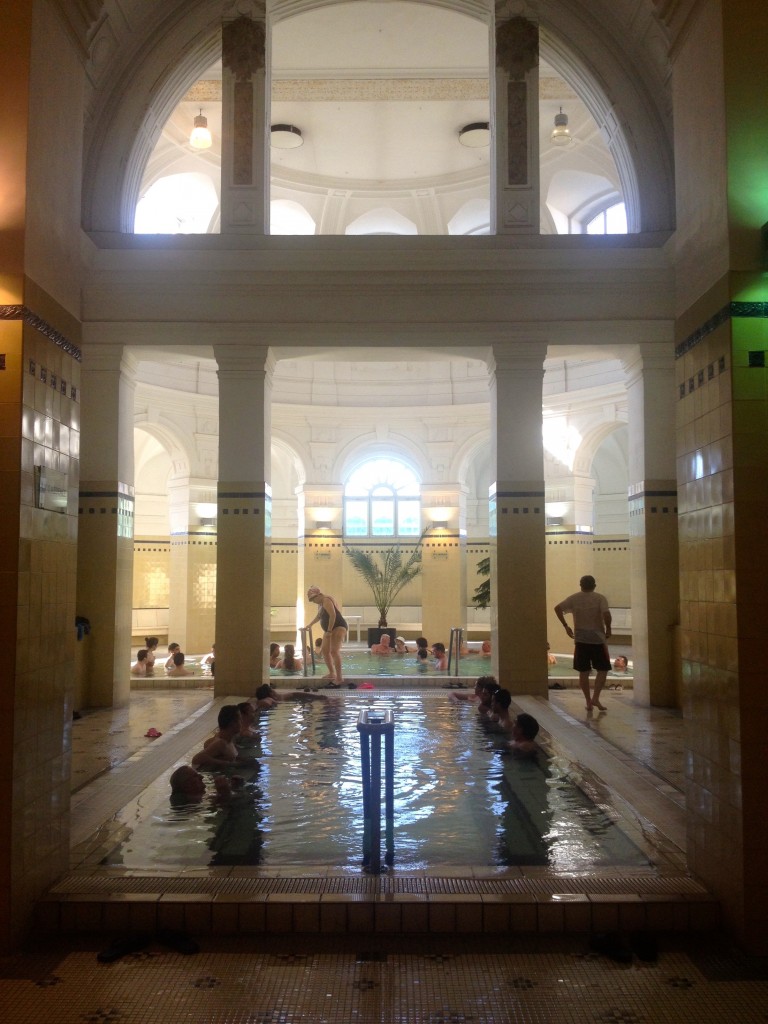
Probably the coolest room inside the baths! In the pool in the very back of this photo, you sit inside a big, bright room with tons of windows in the dome. It was amazing.
Whatever you do, just remember: be bold and explore! You might get some funny looks, or you might feel awkward wedged between two large Hungarian gentlemen in the hot tub, but you’ll be glad you gave everything a try. I know we were.
We Want to Hear From You!
Have you visited a thermal bath anywhere around the world? Leave us a comment and let us know!
